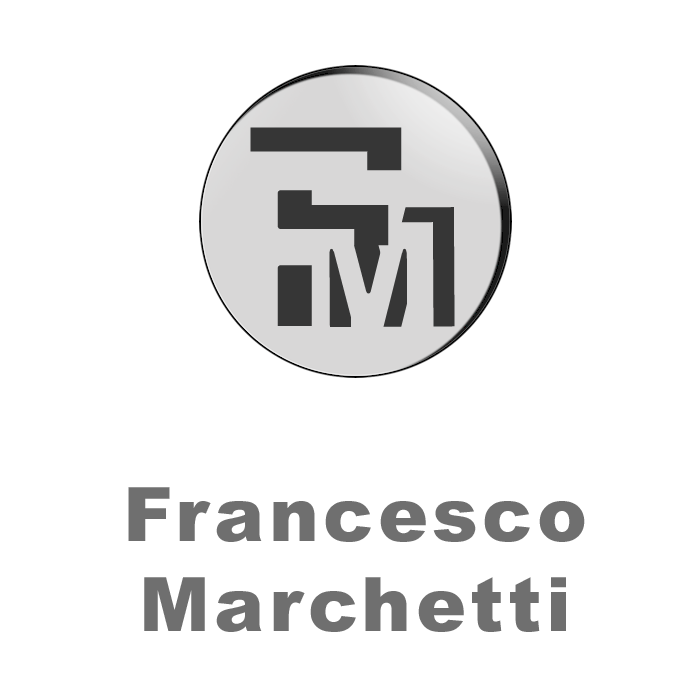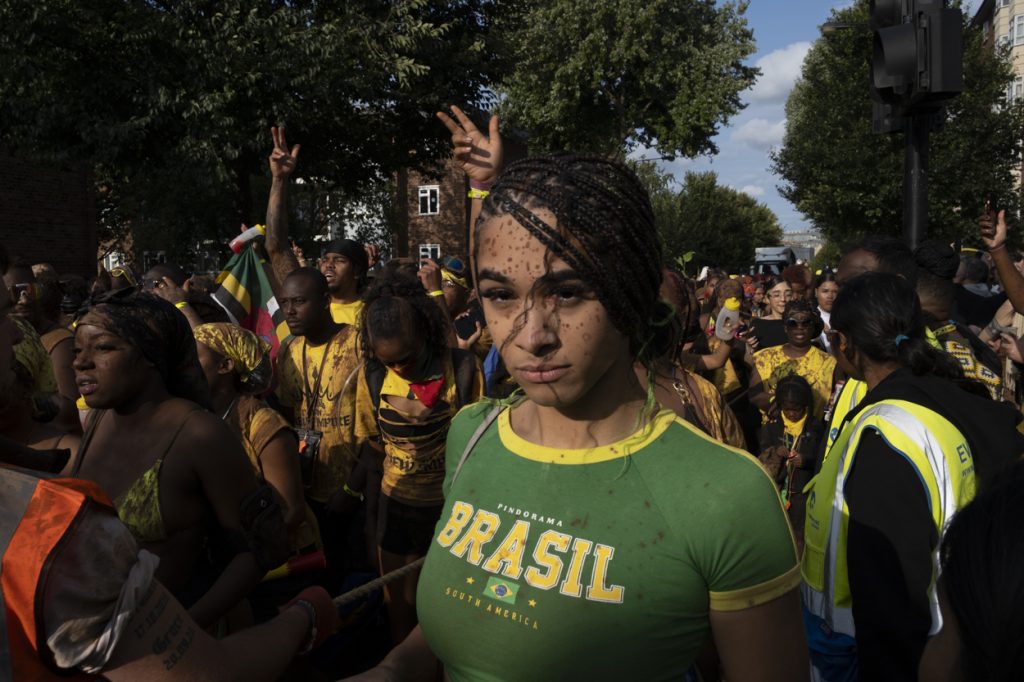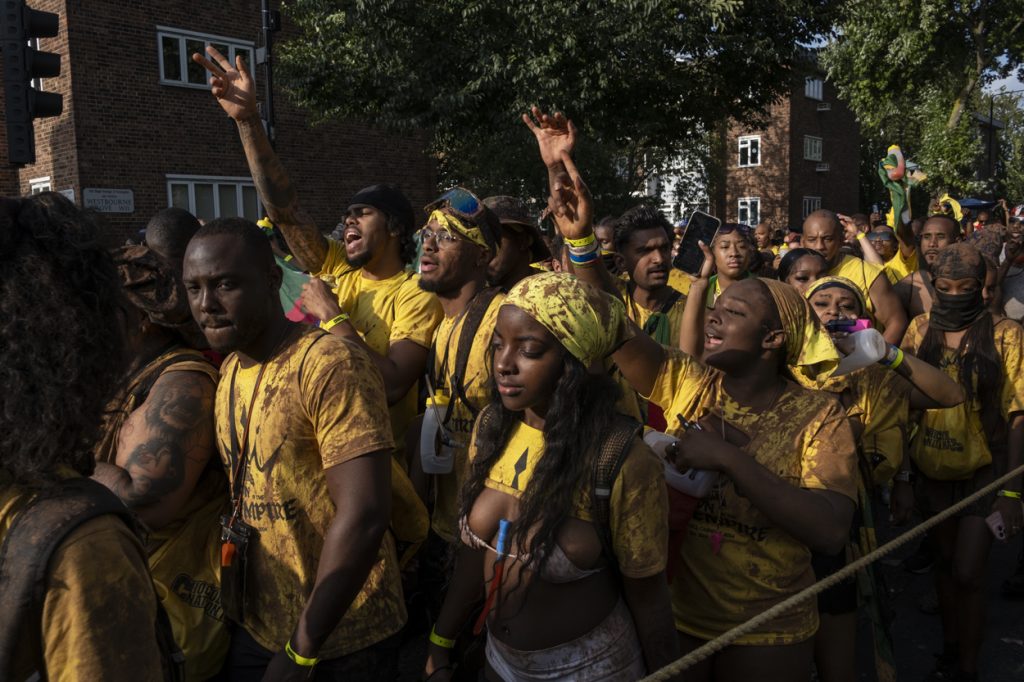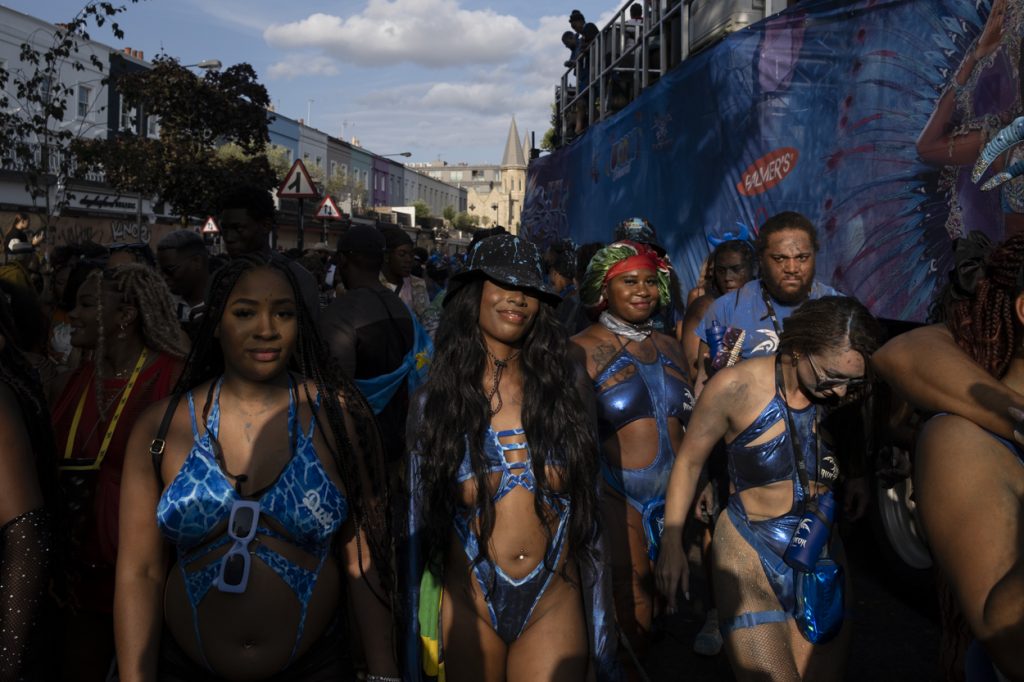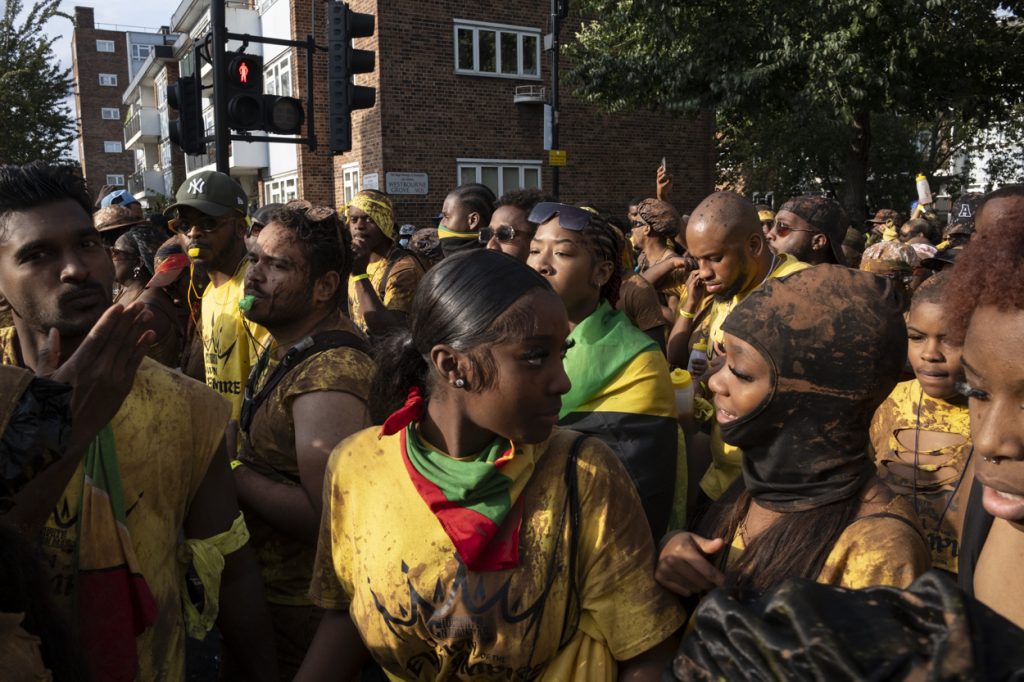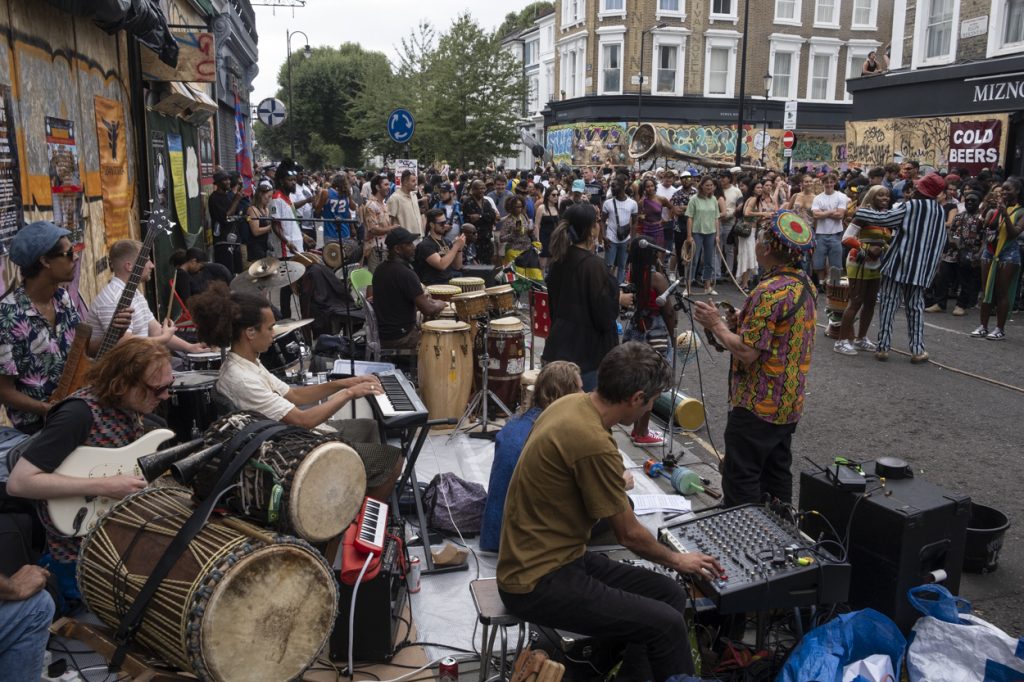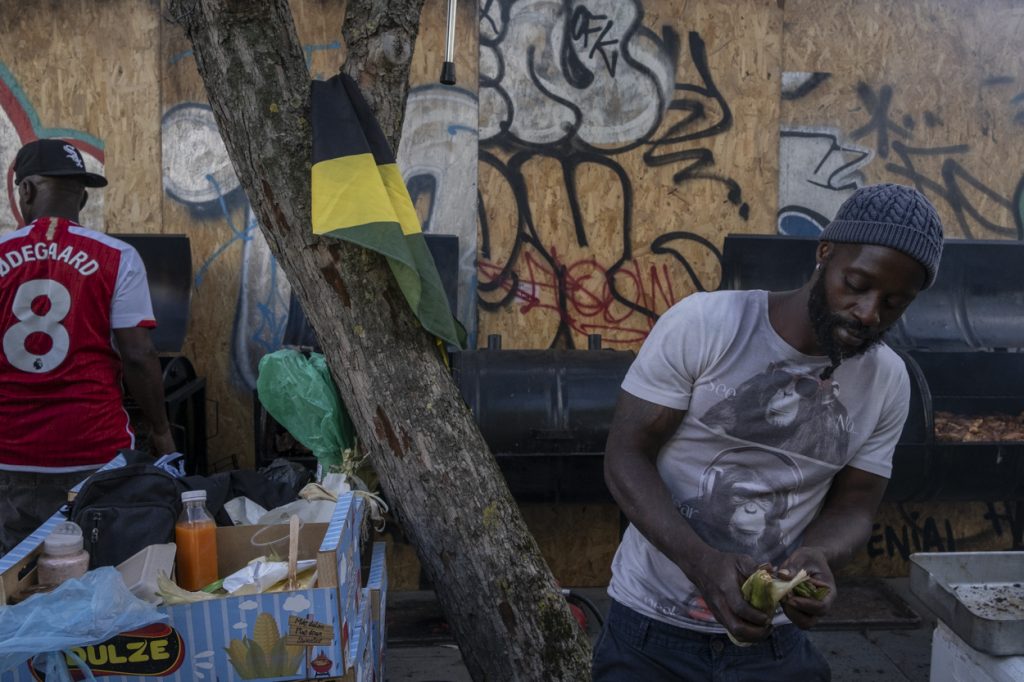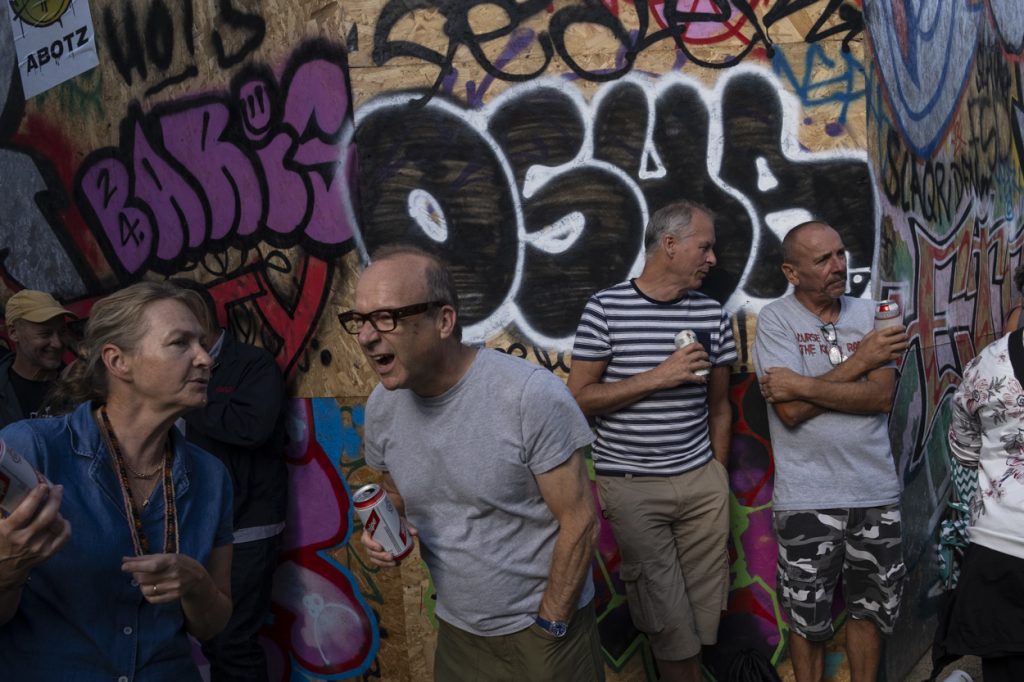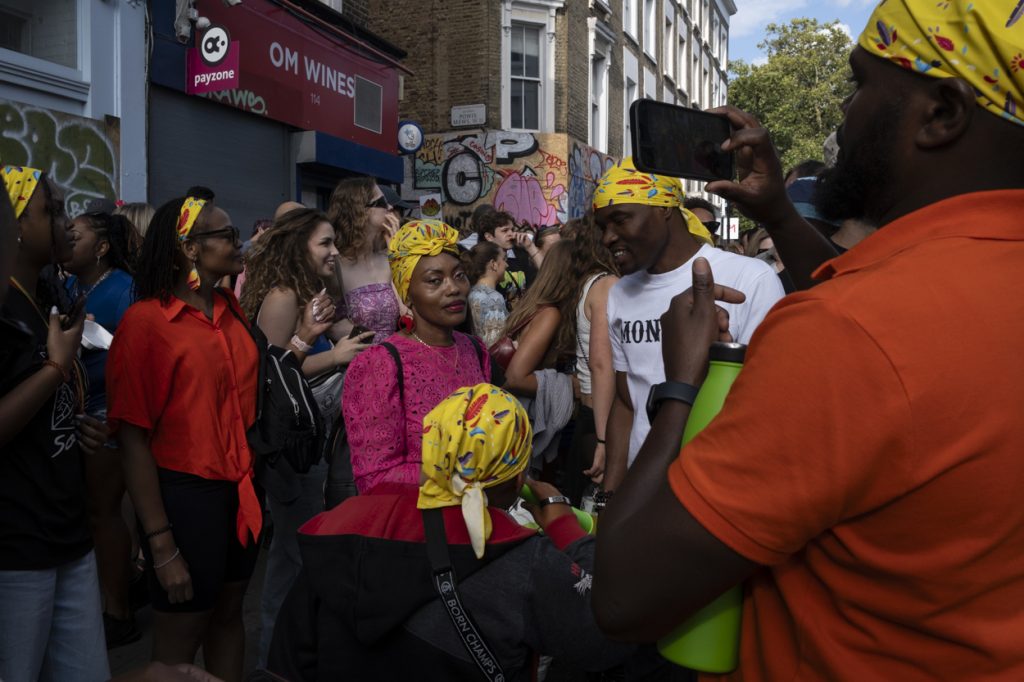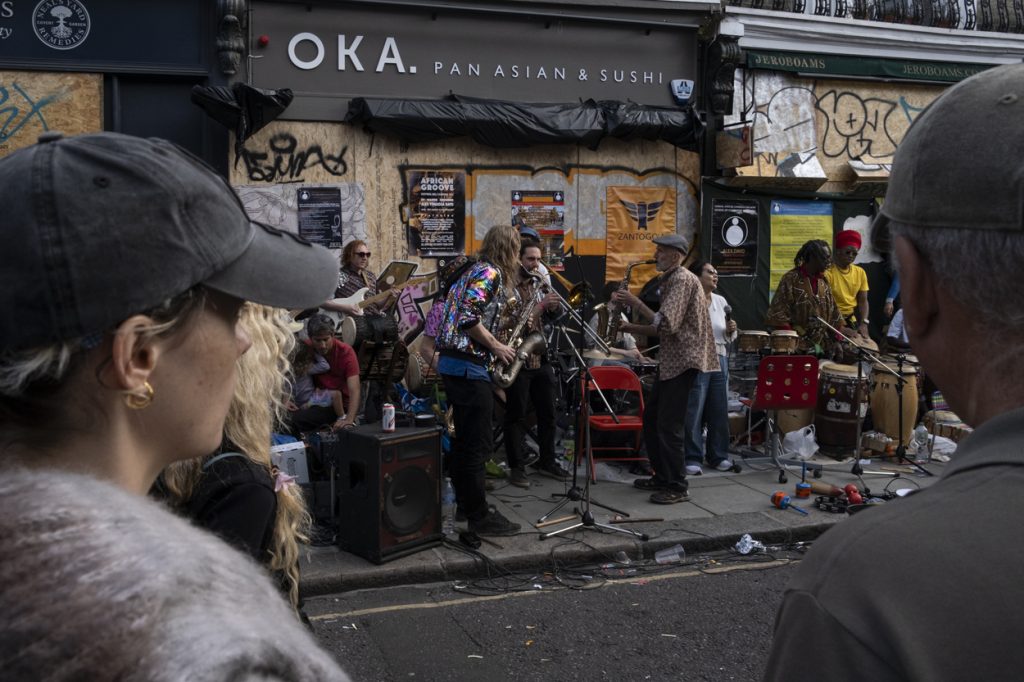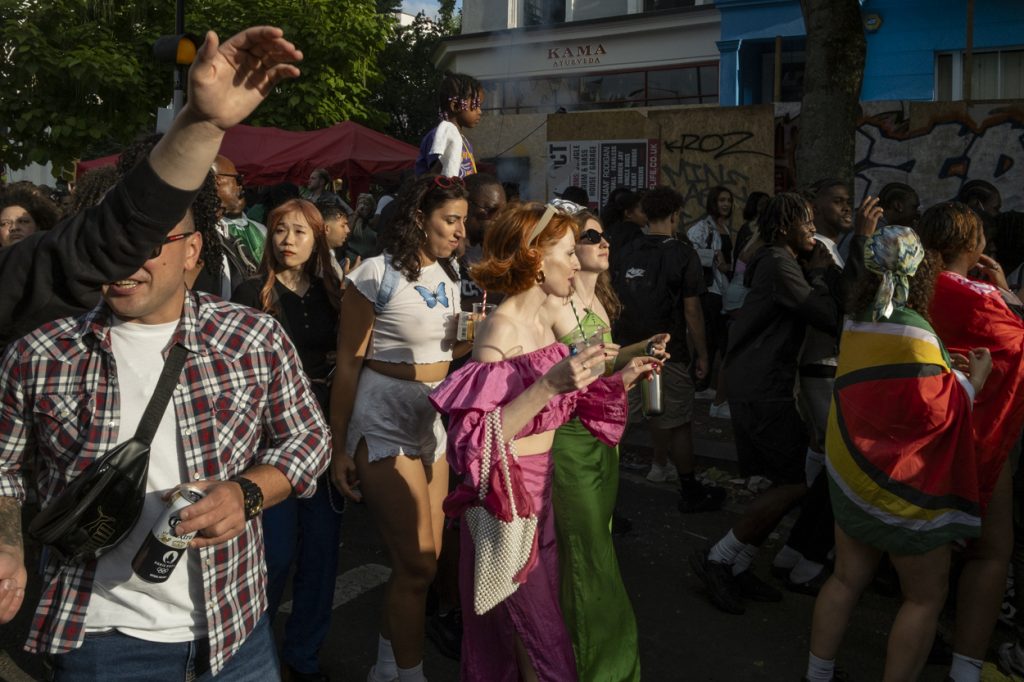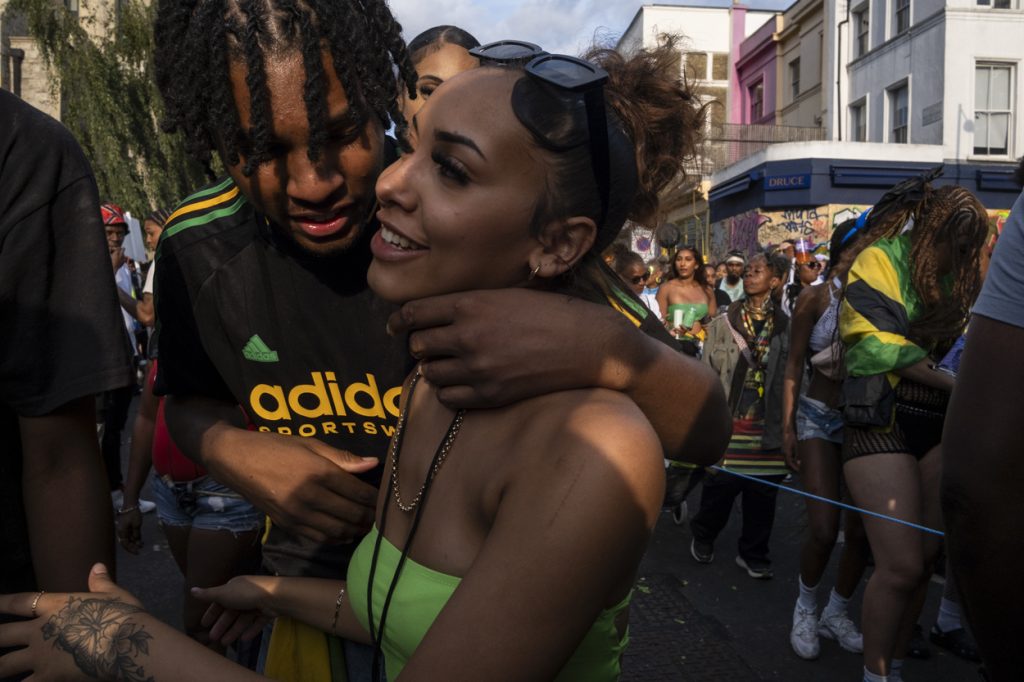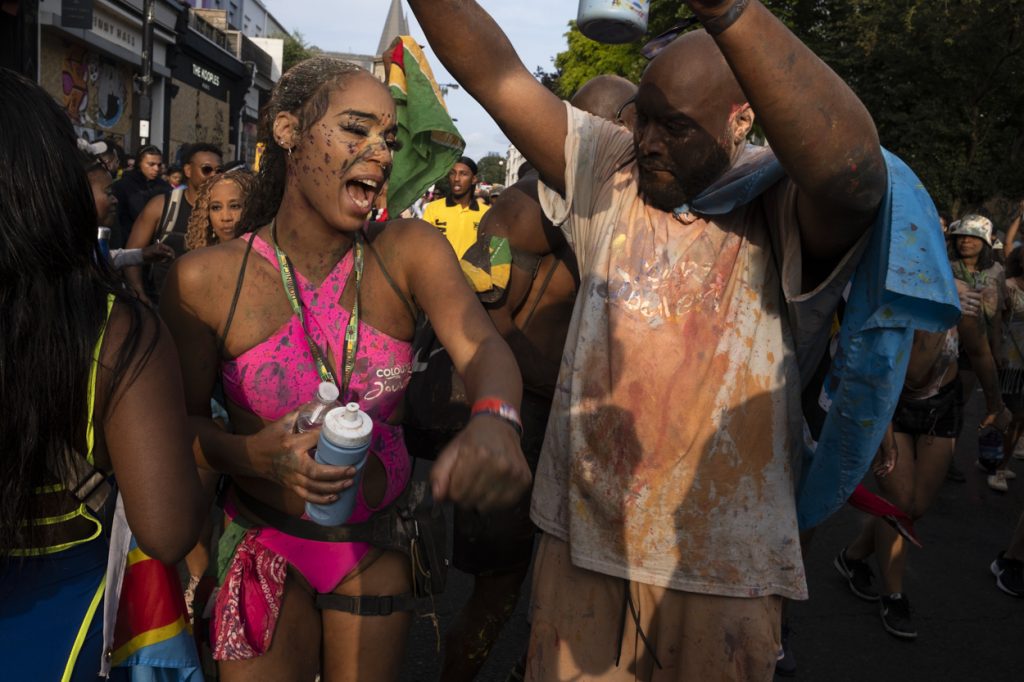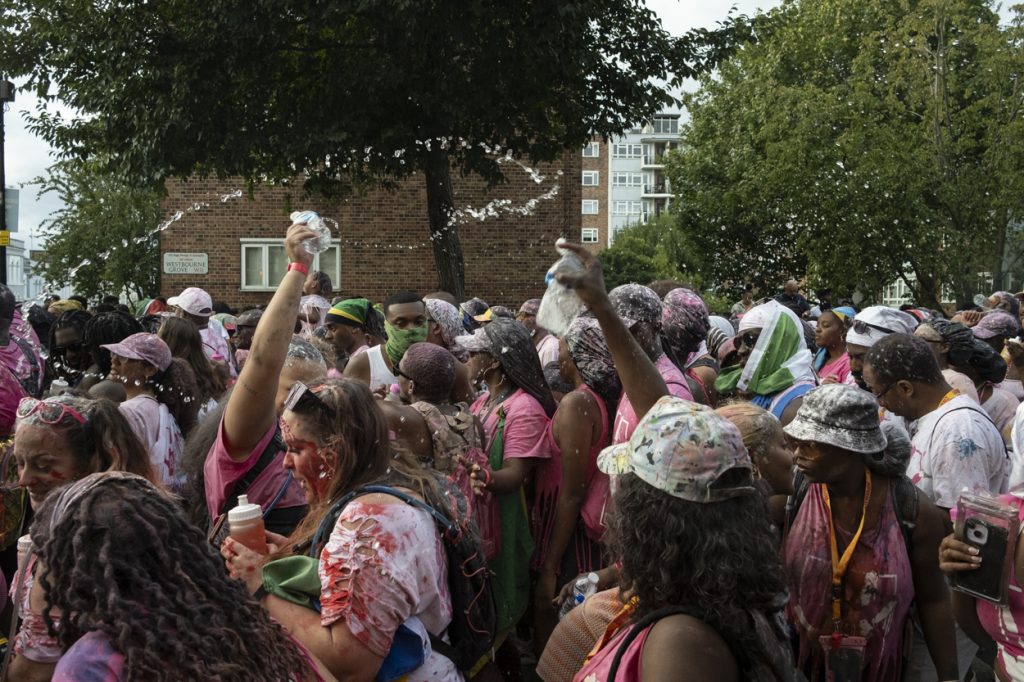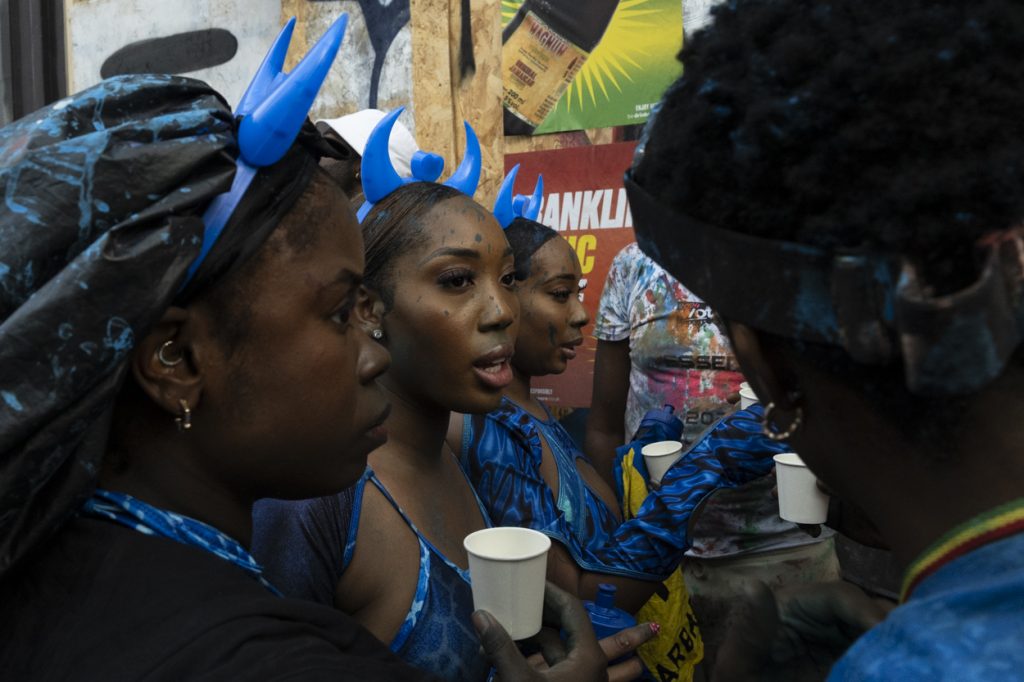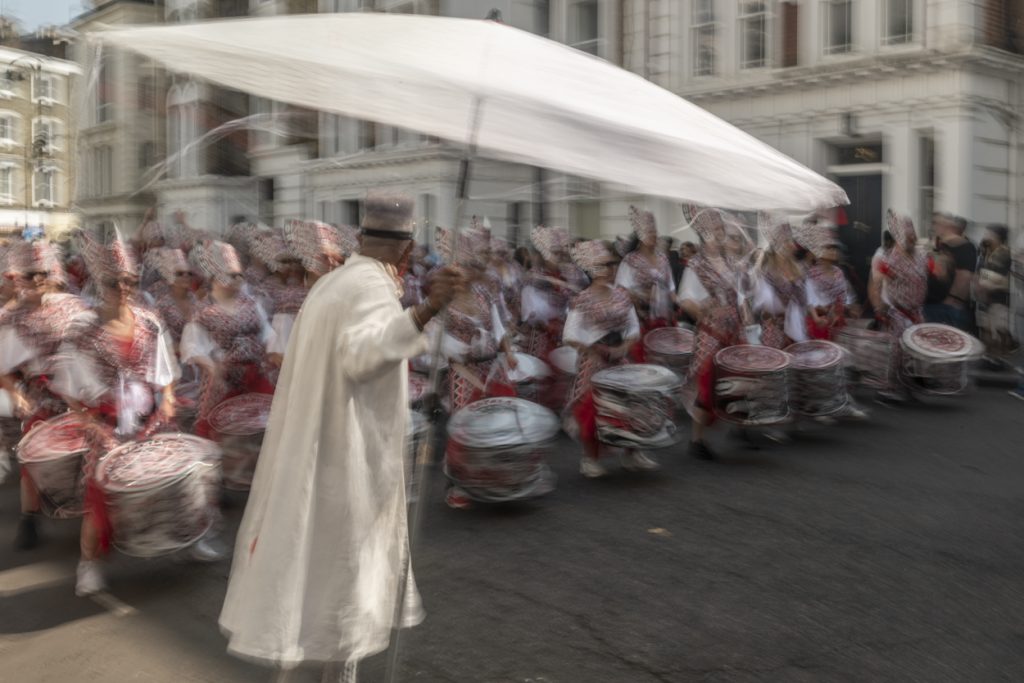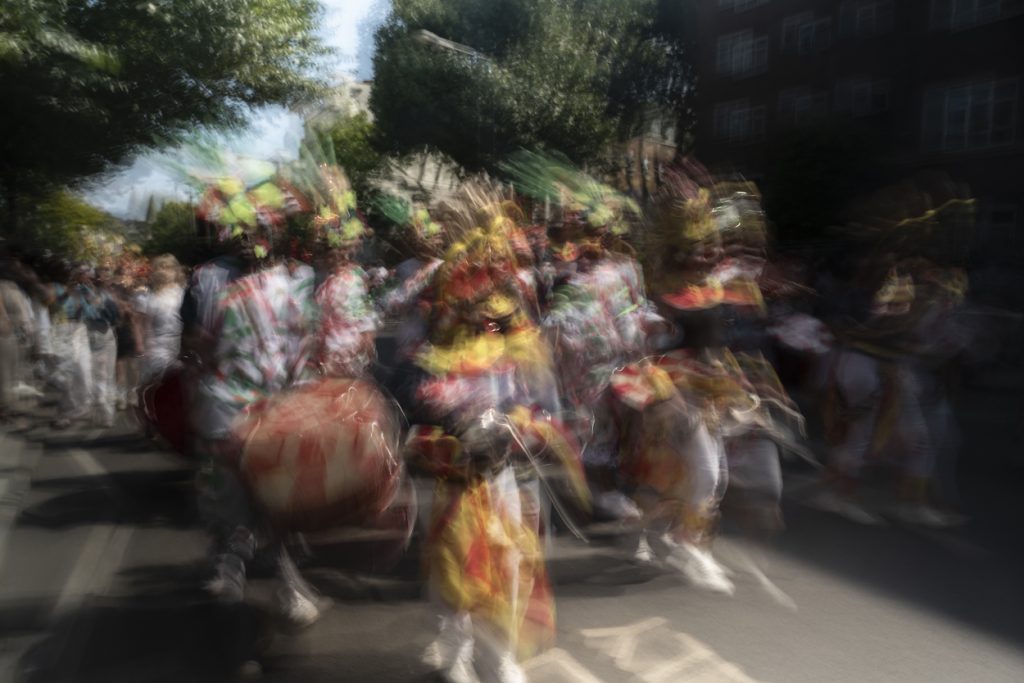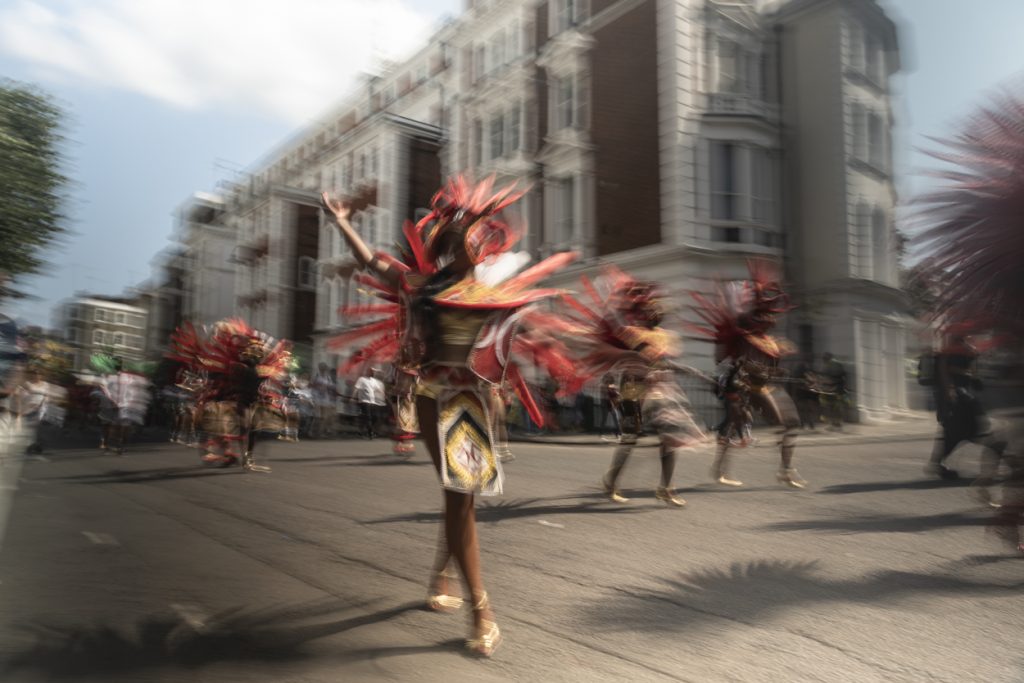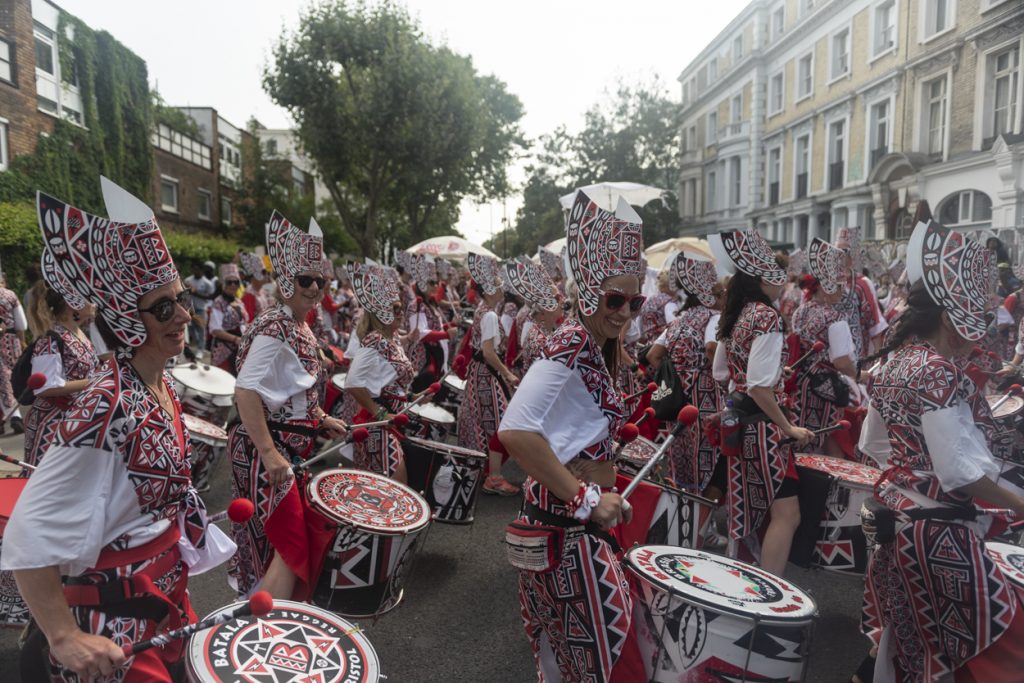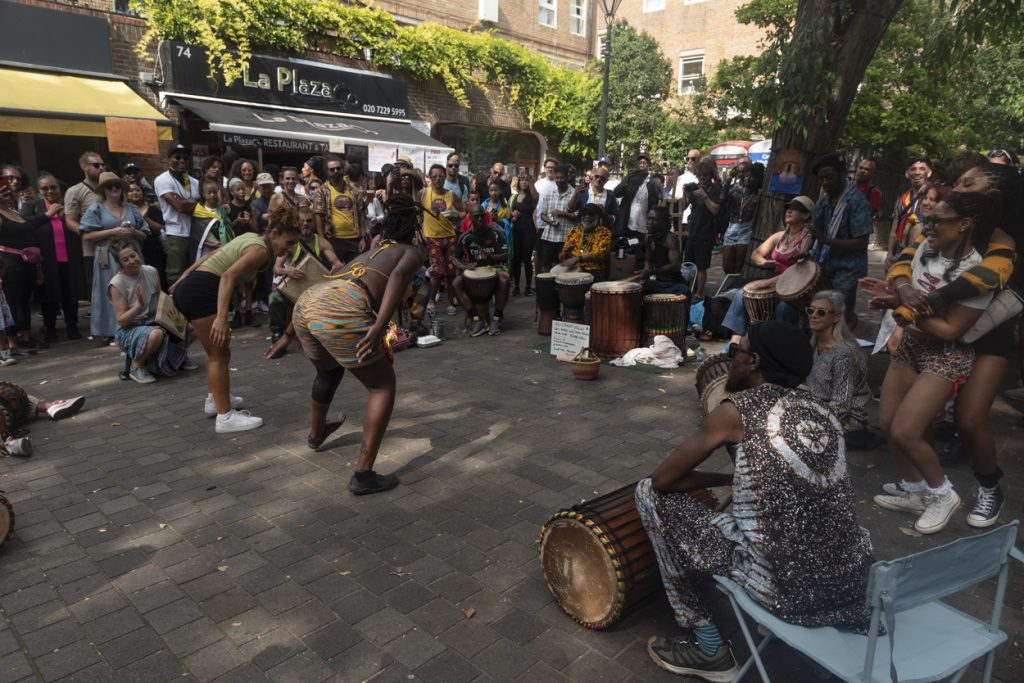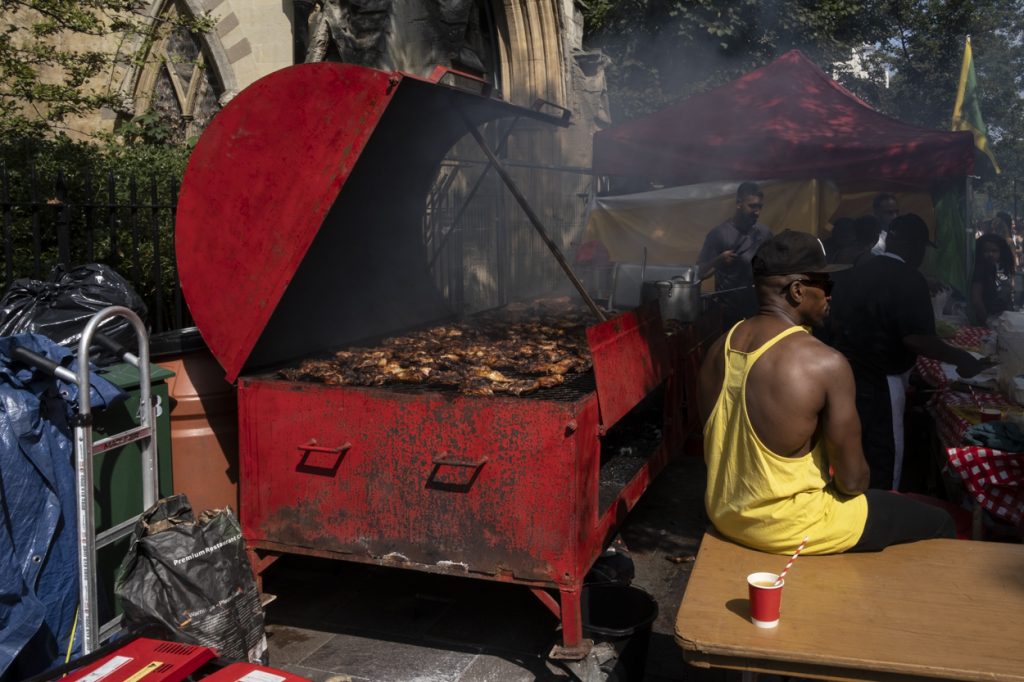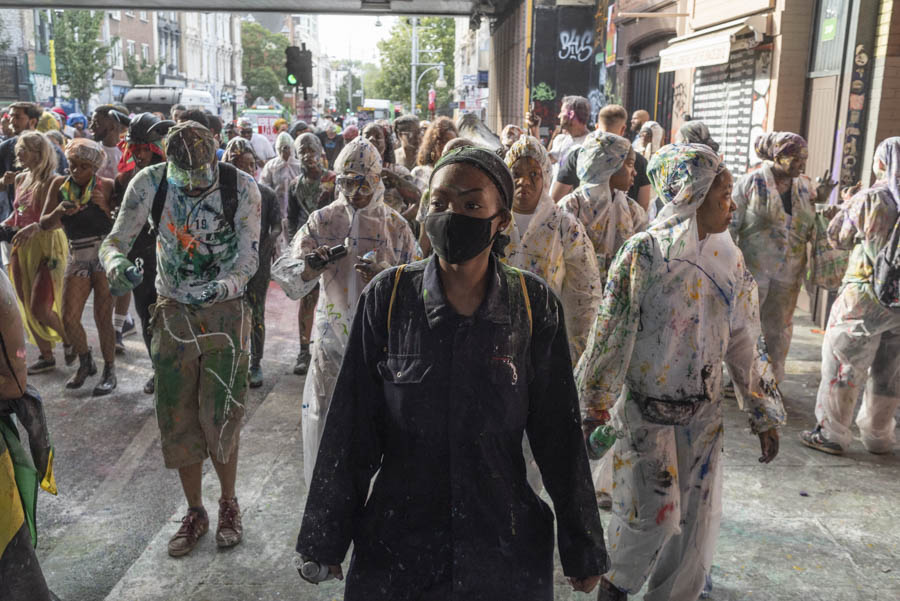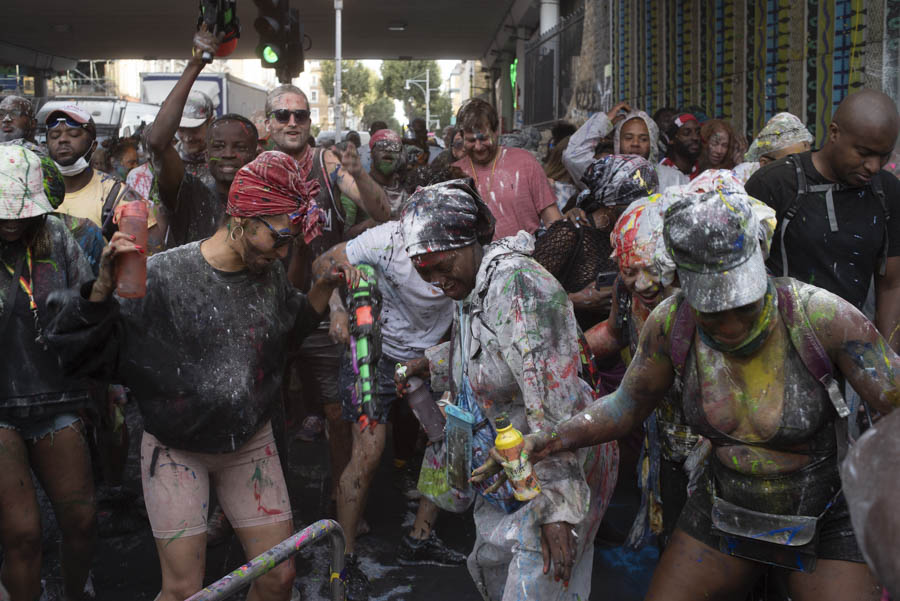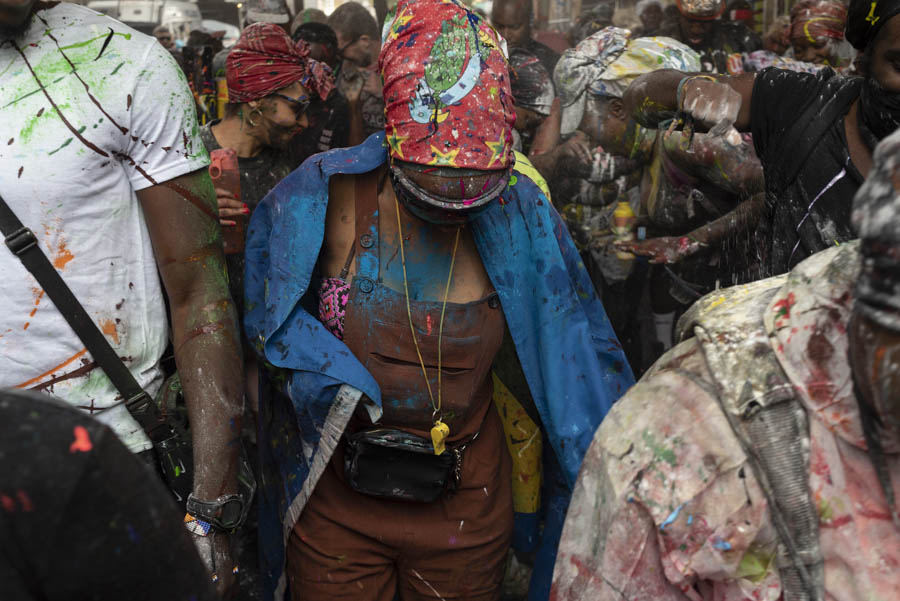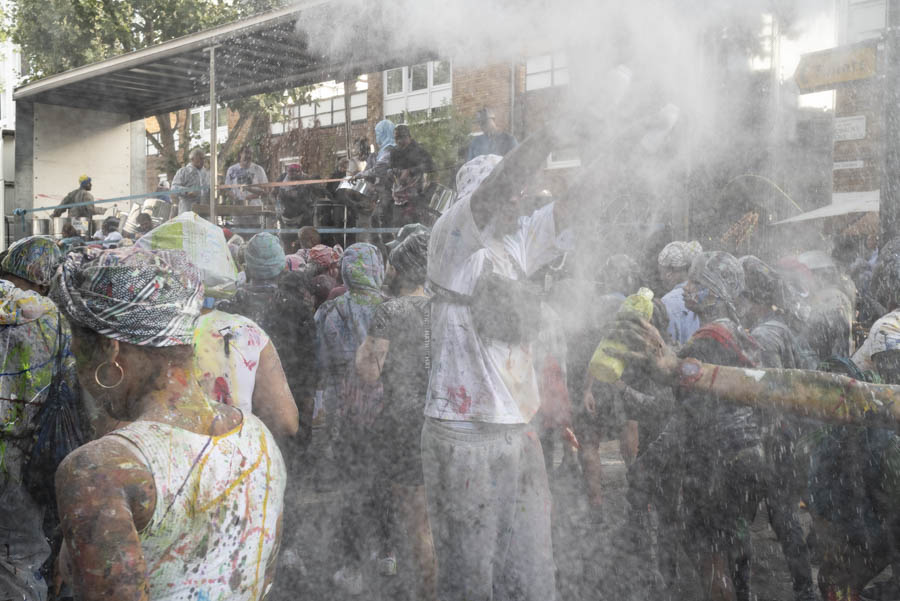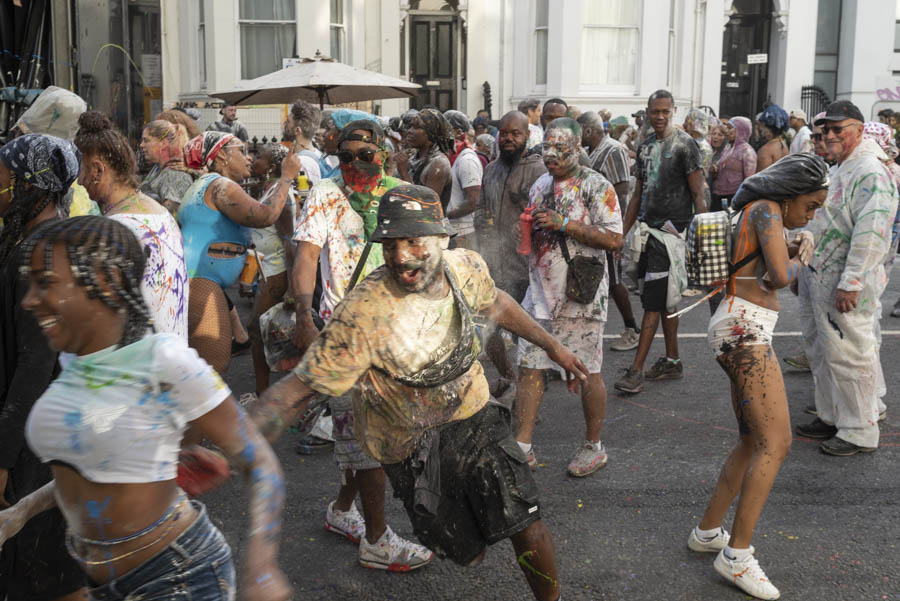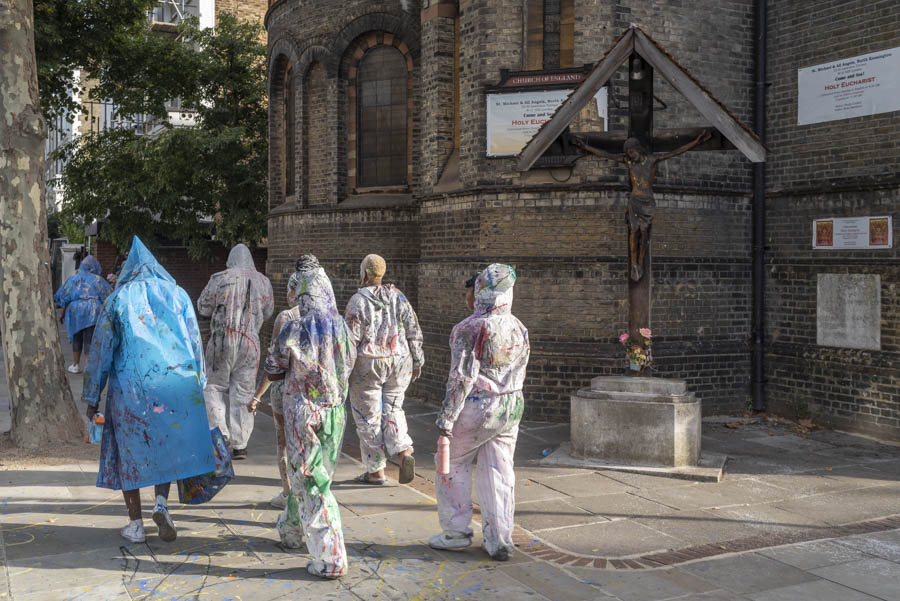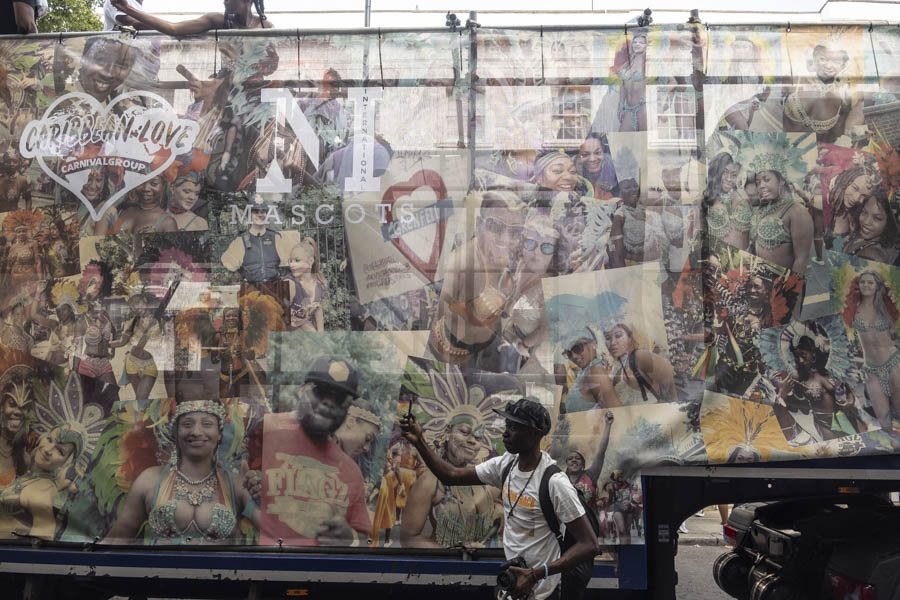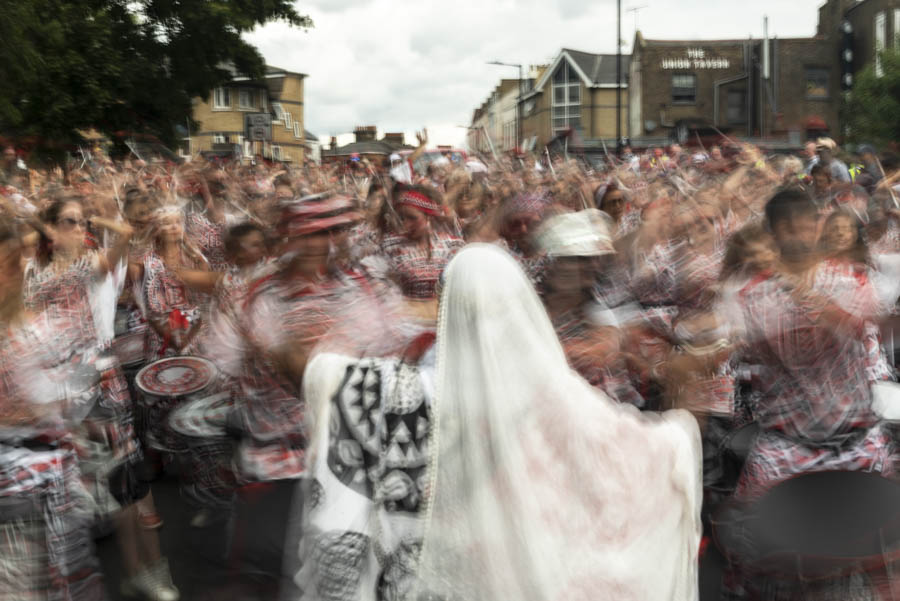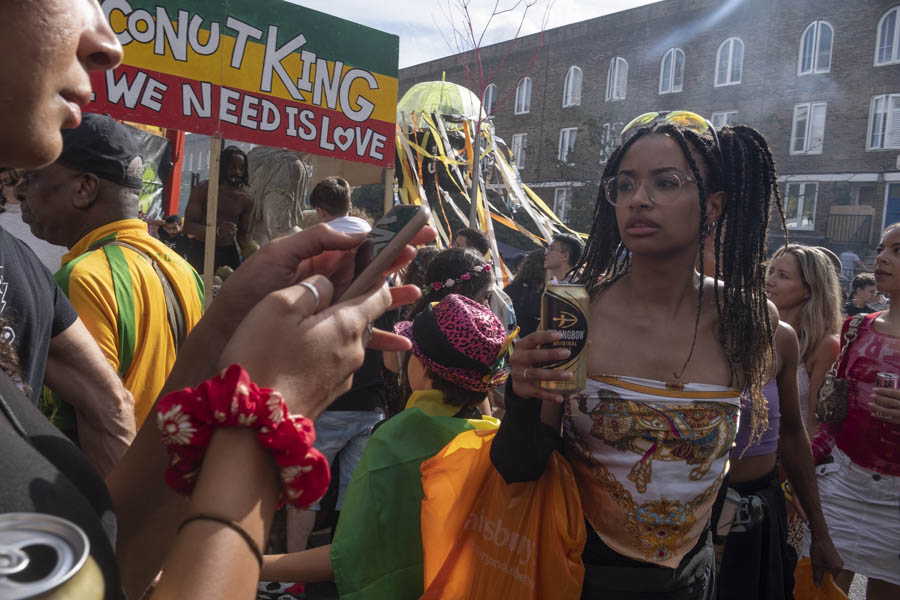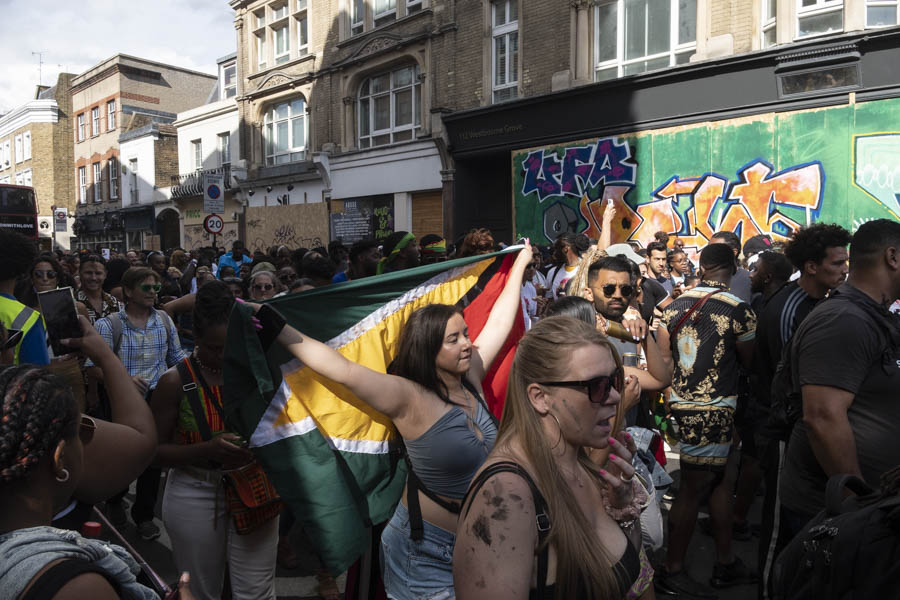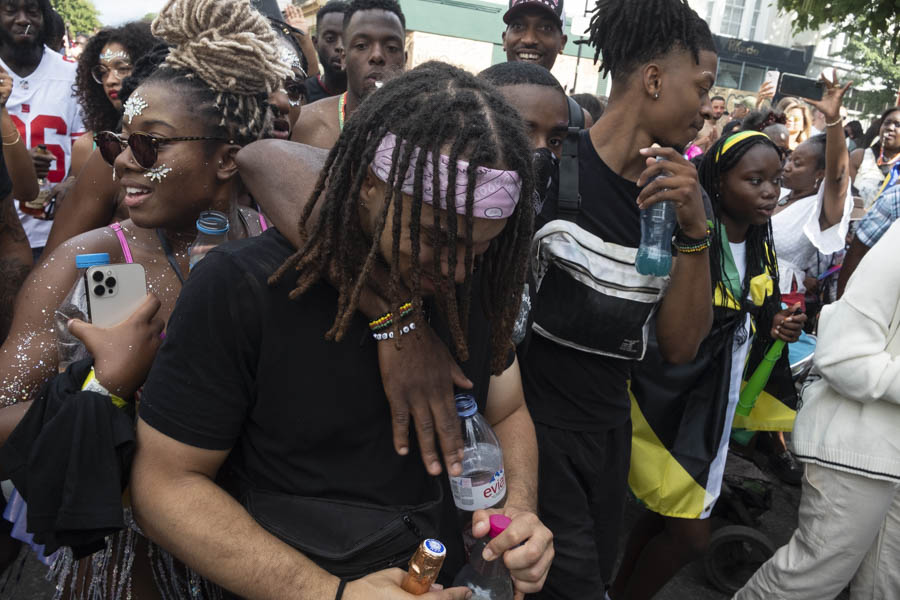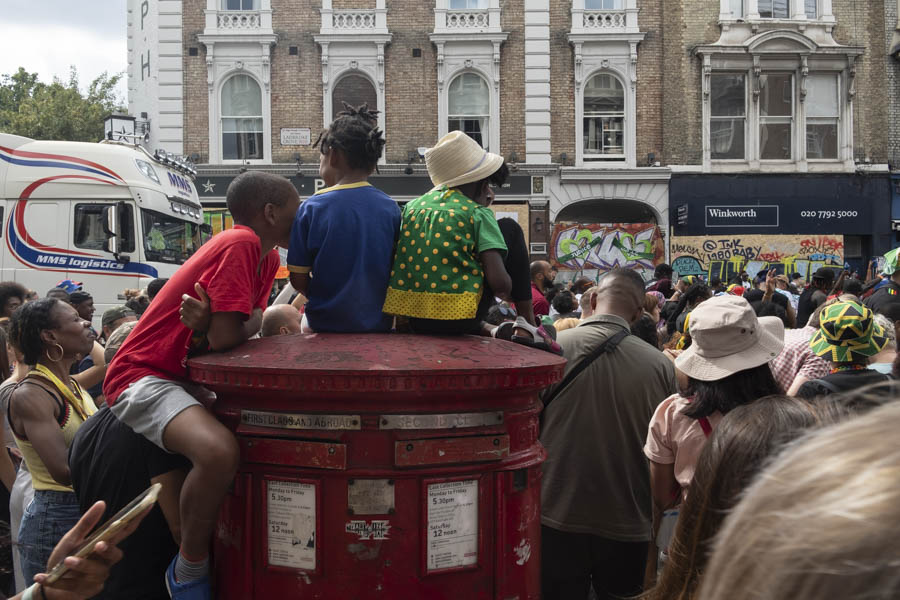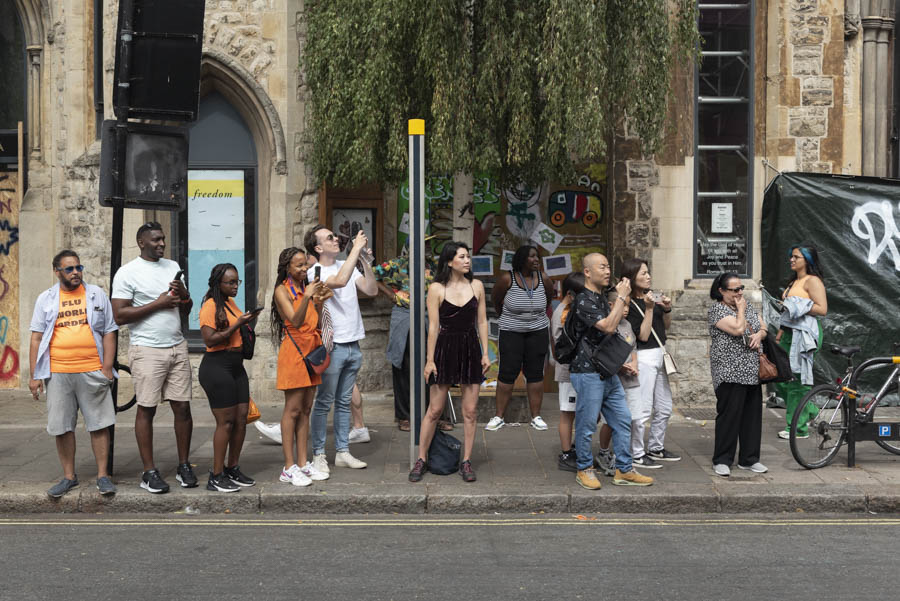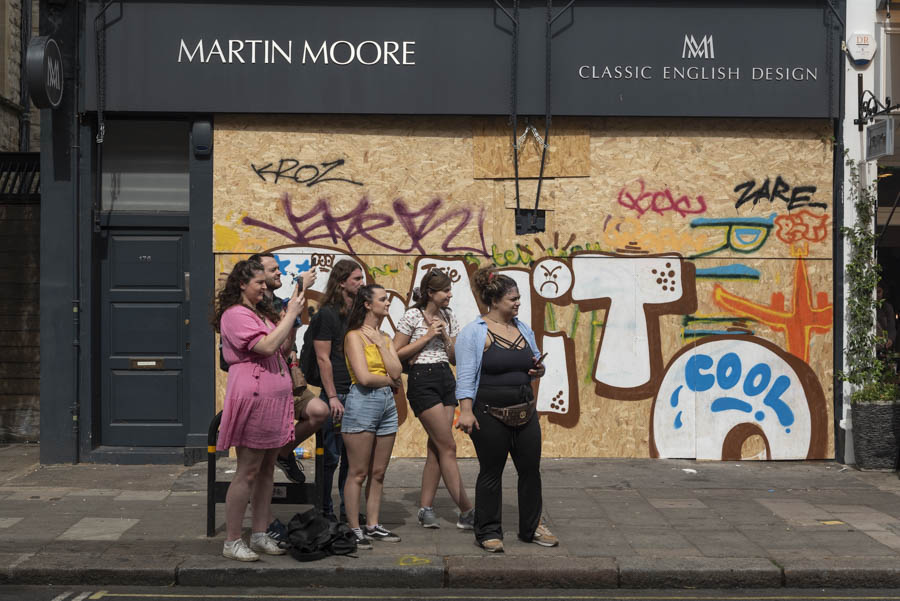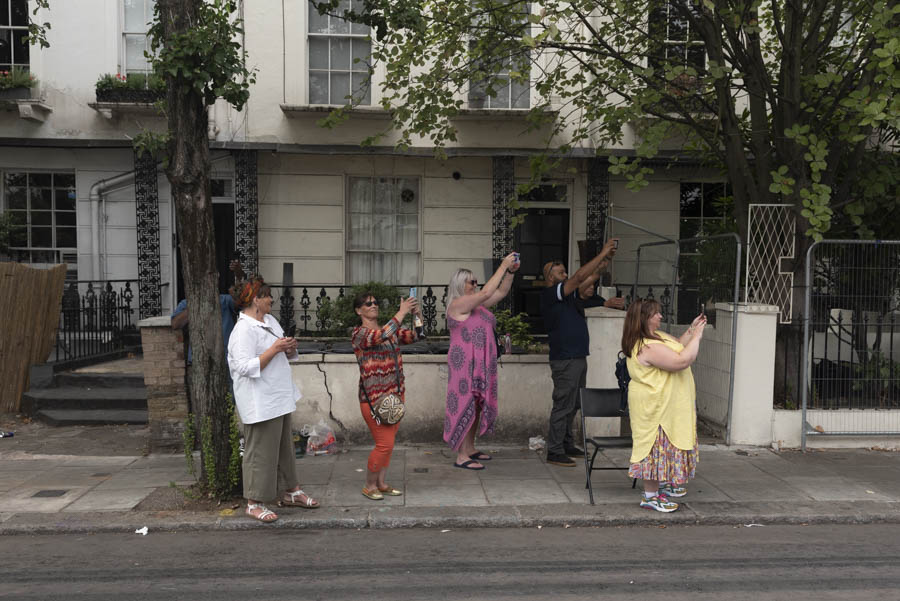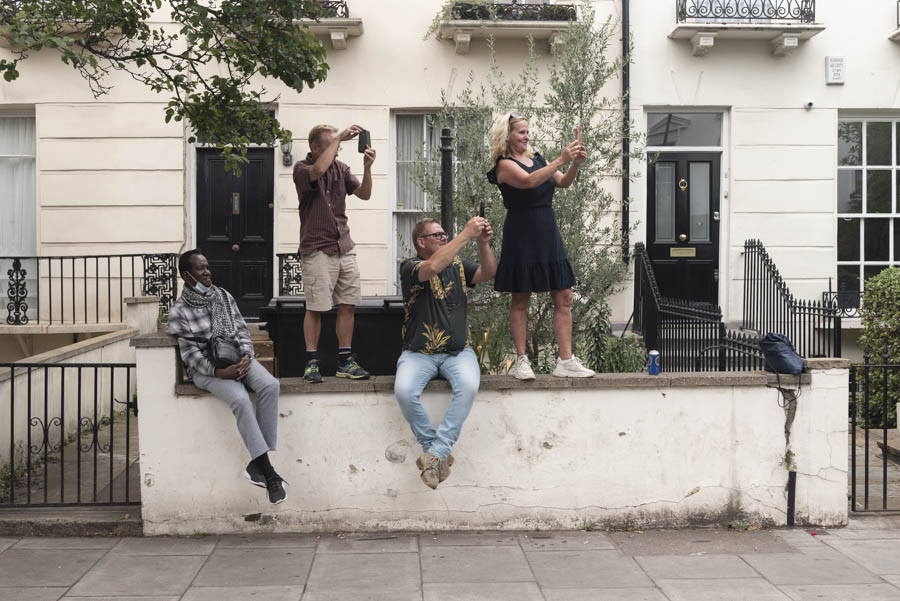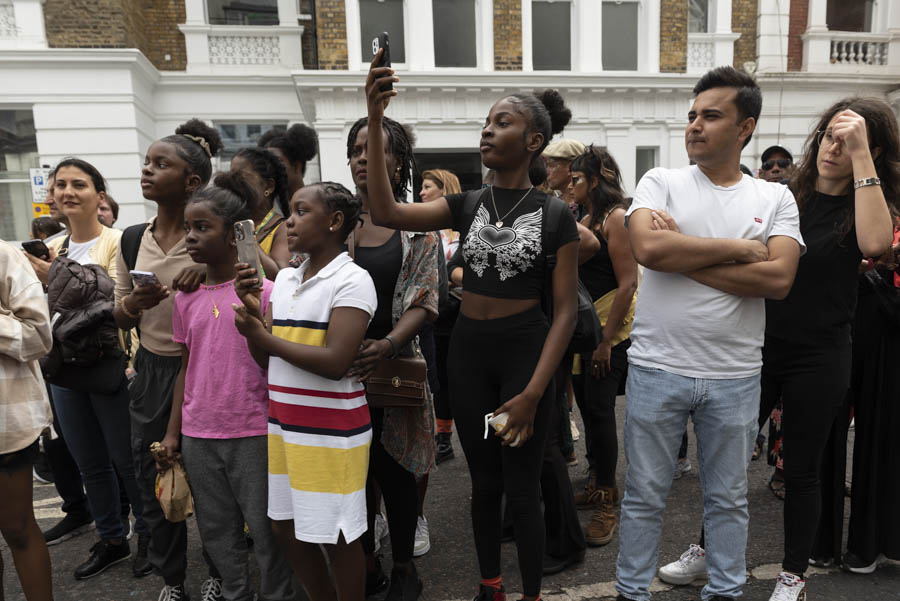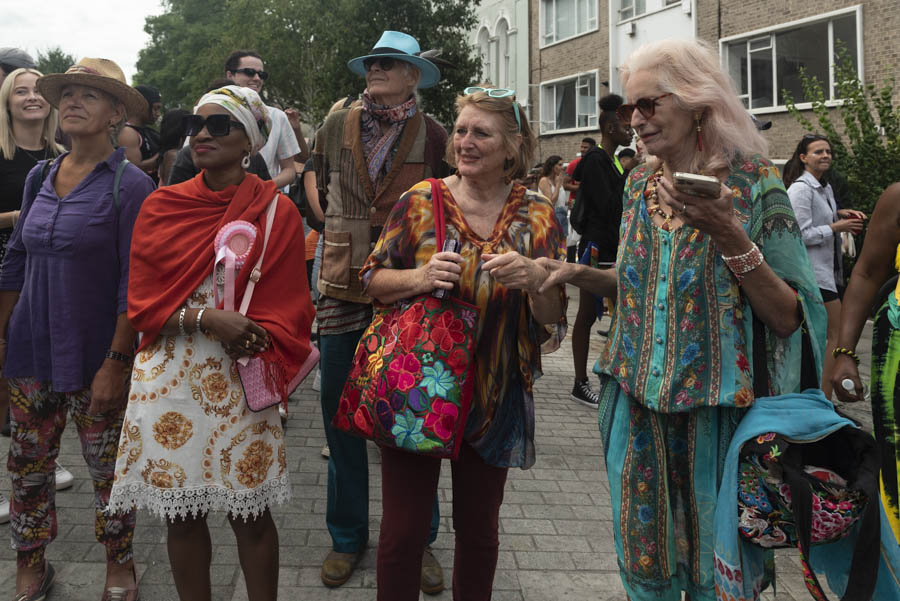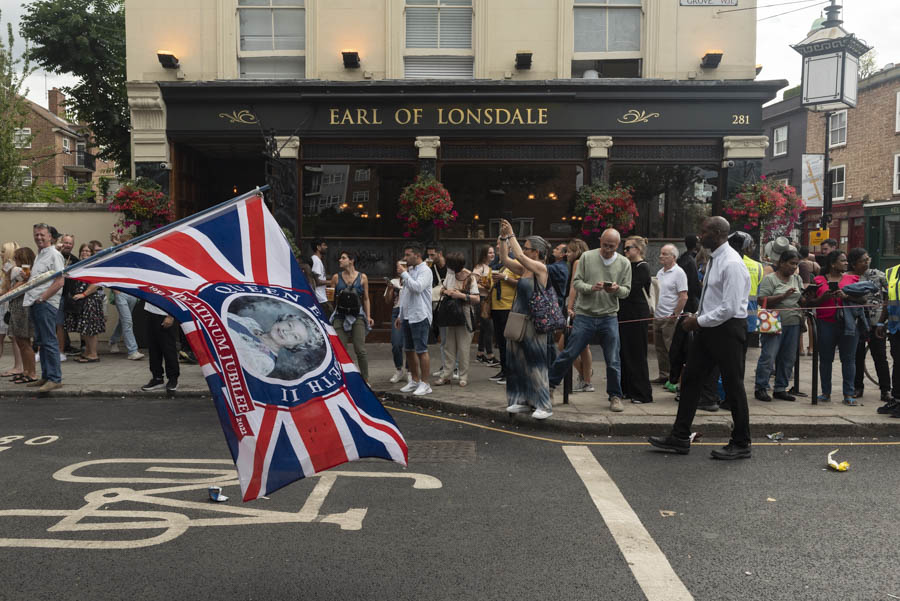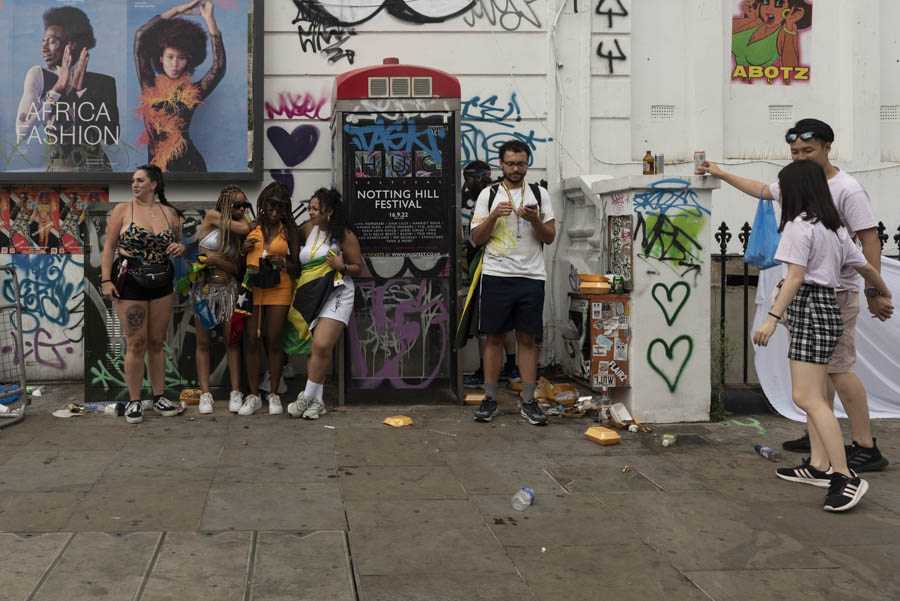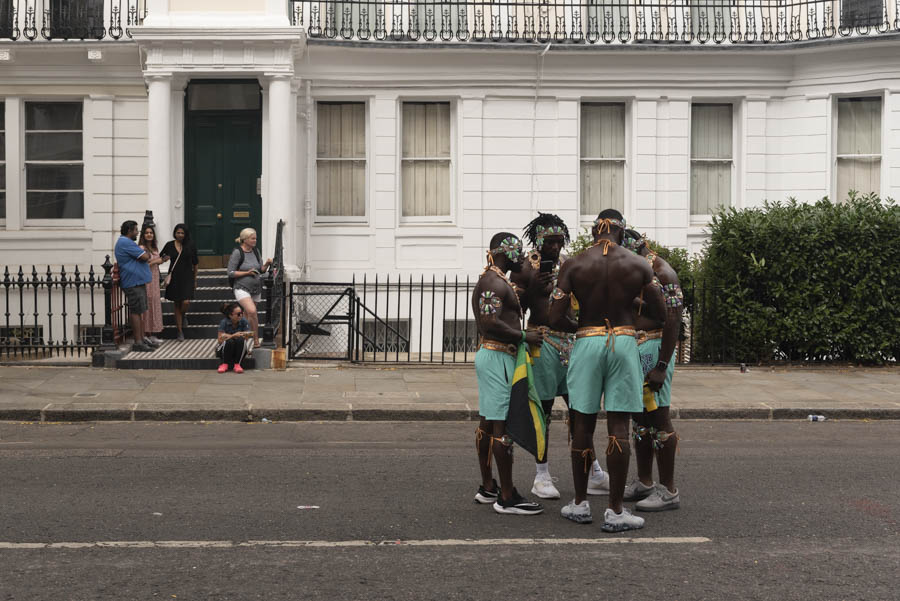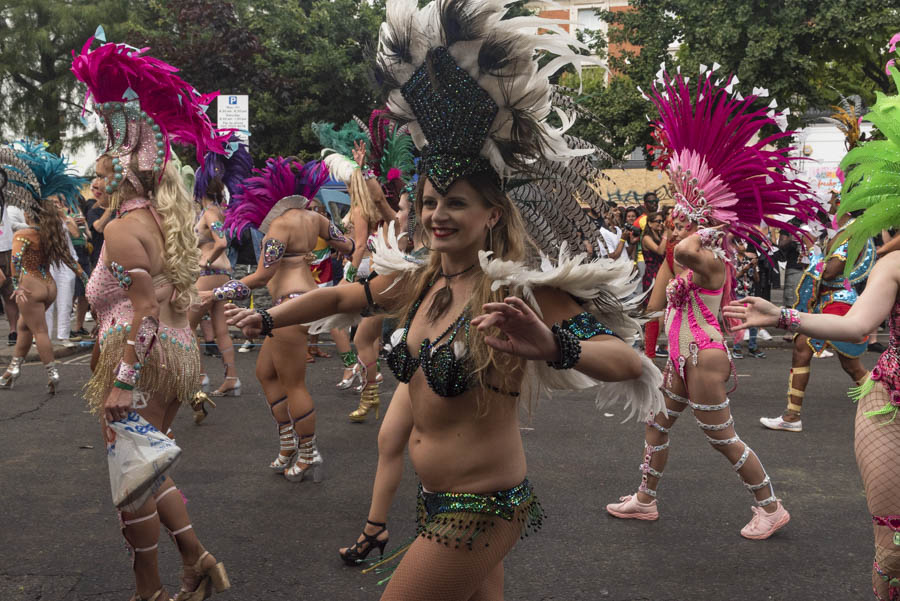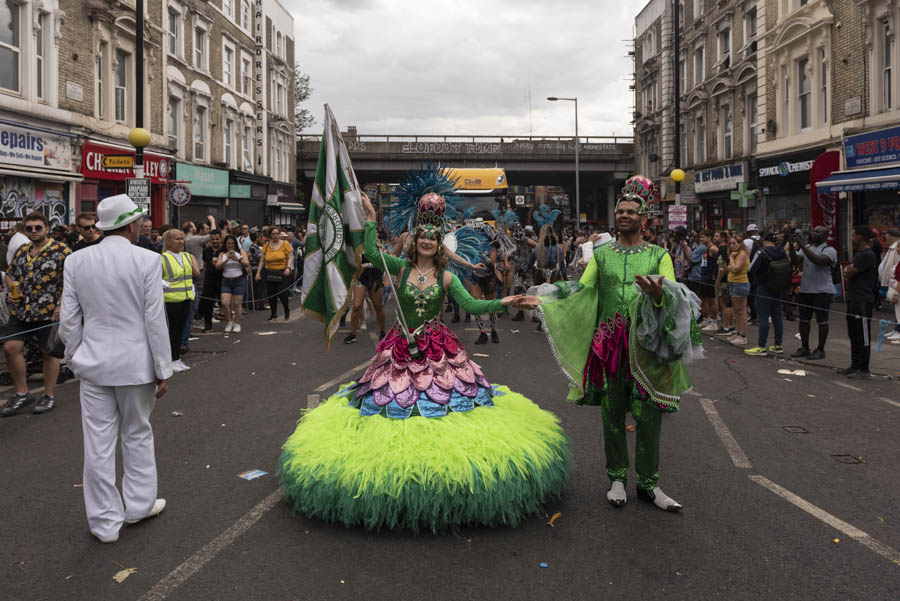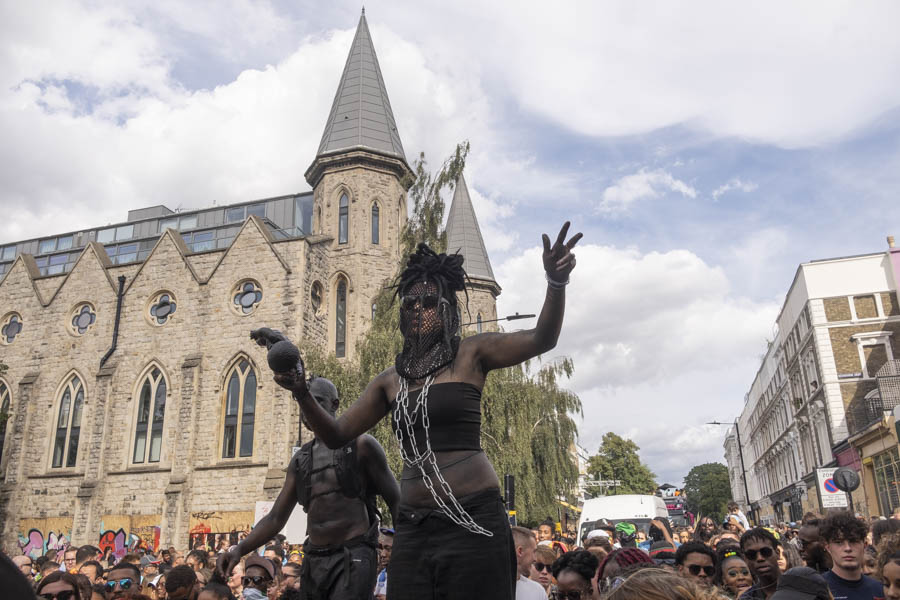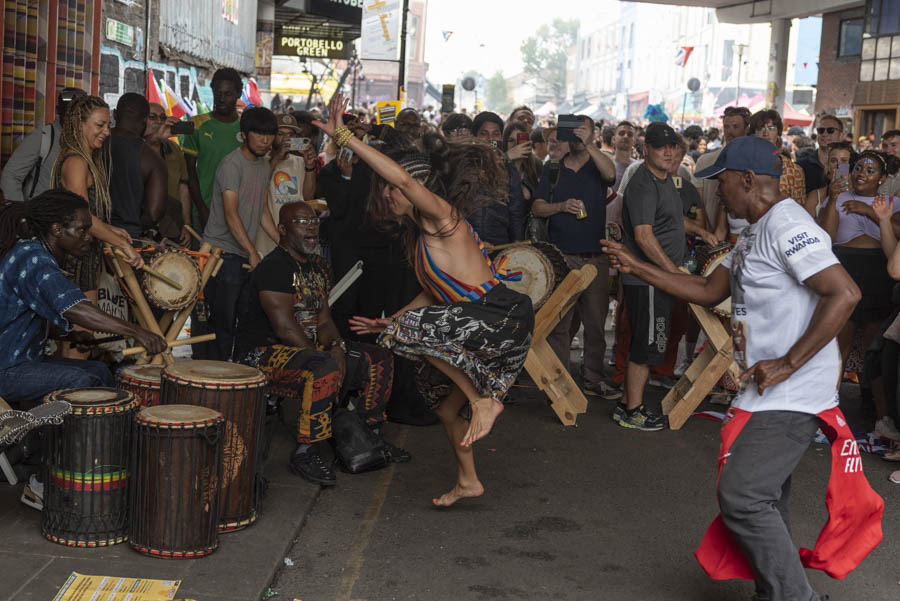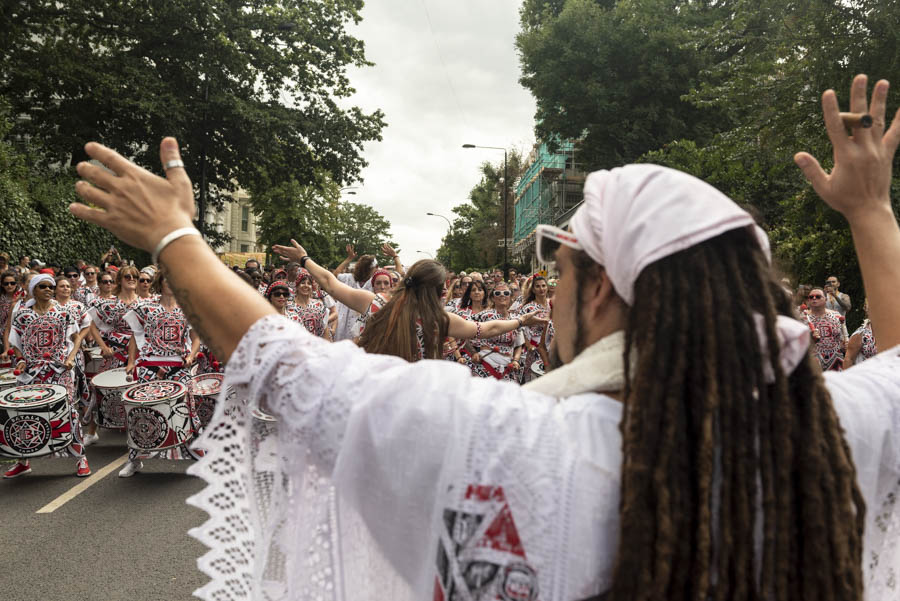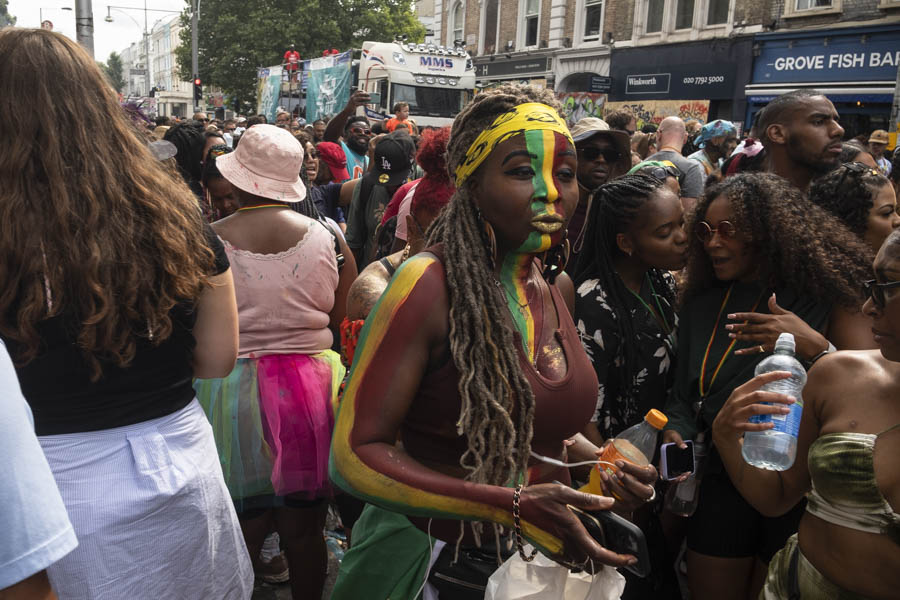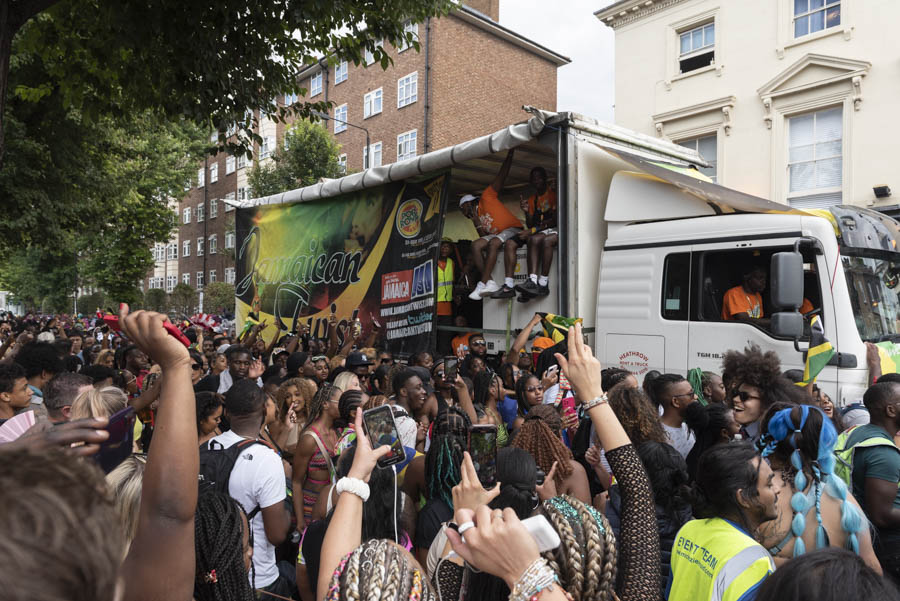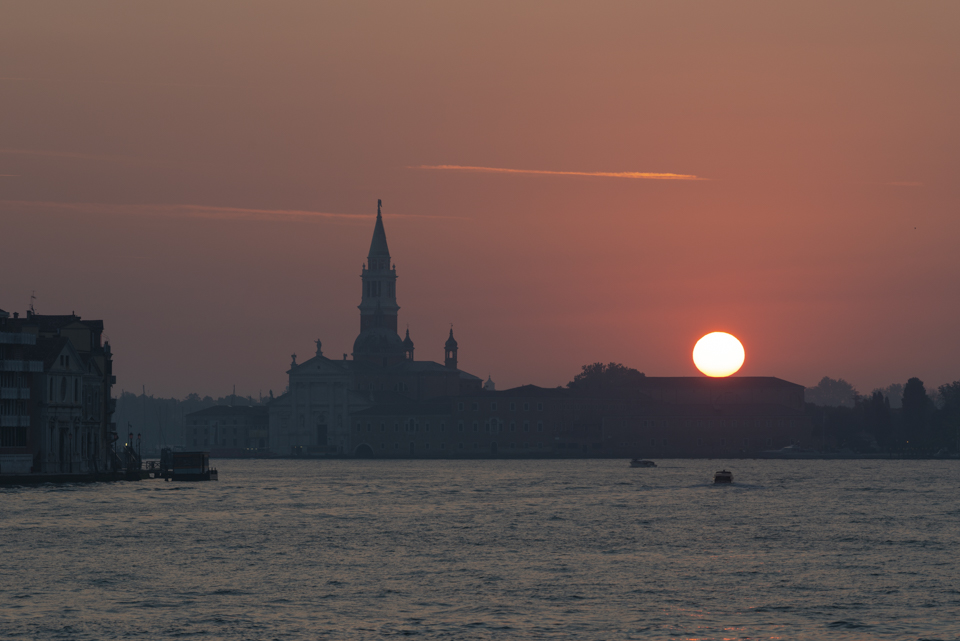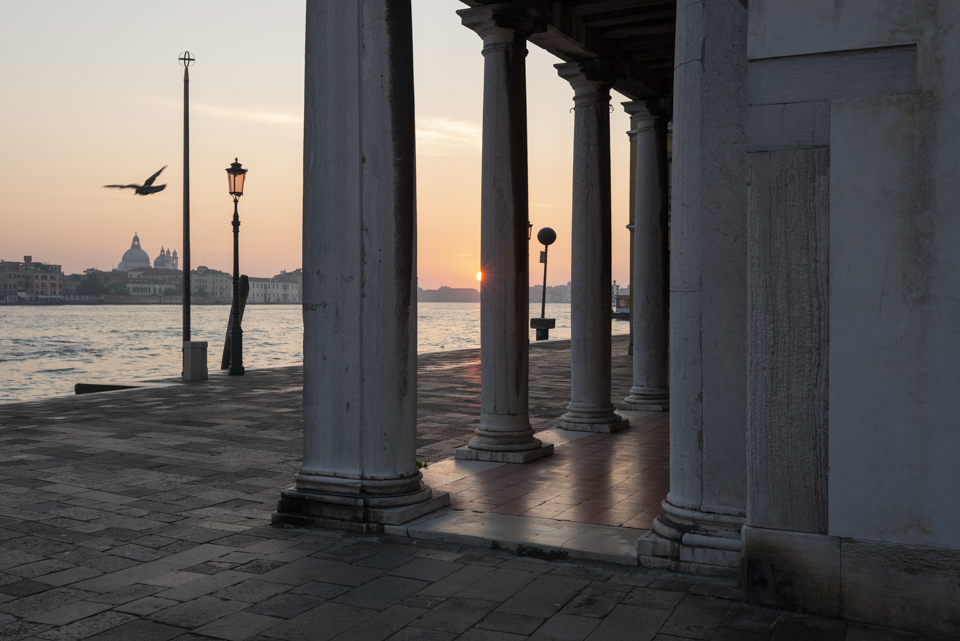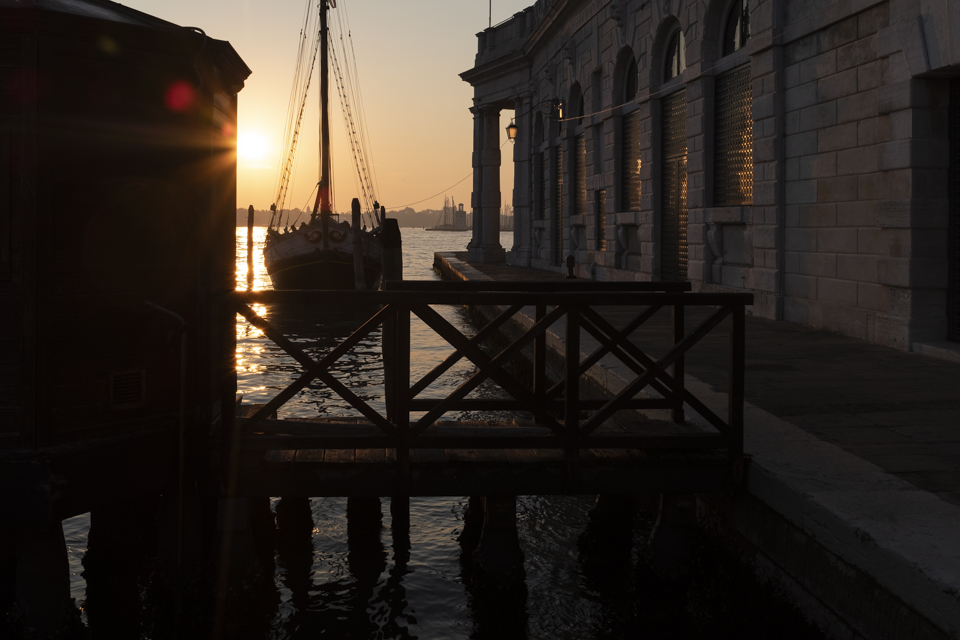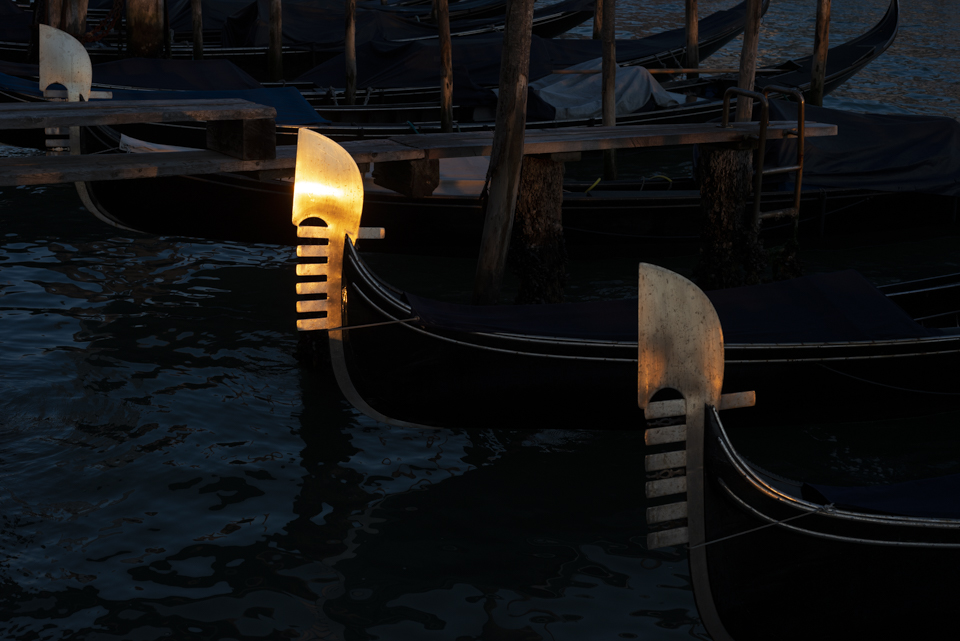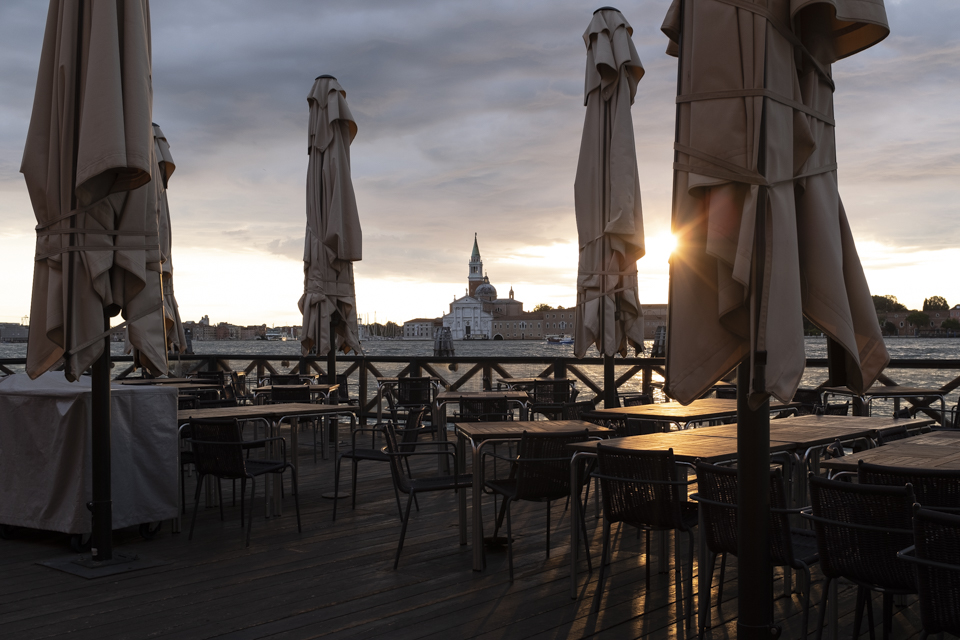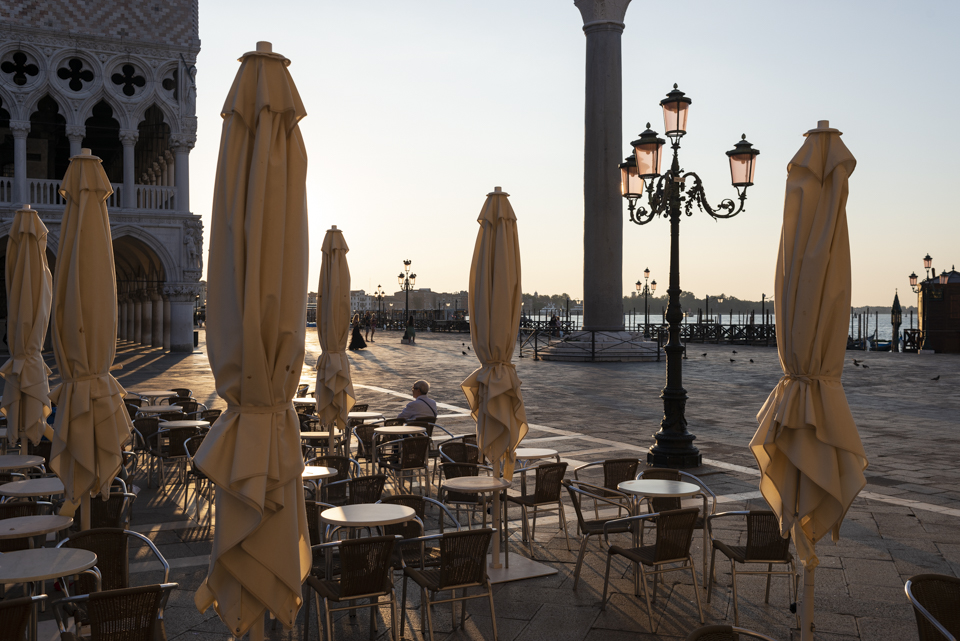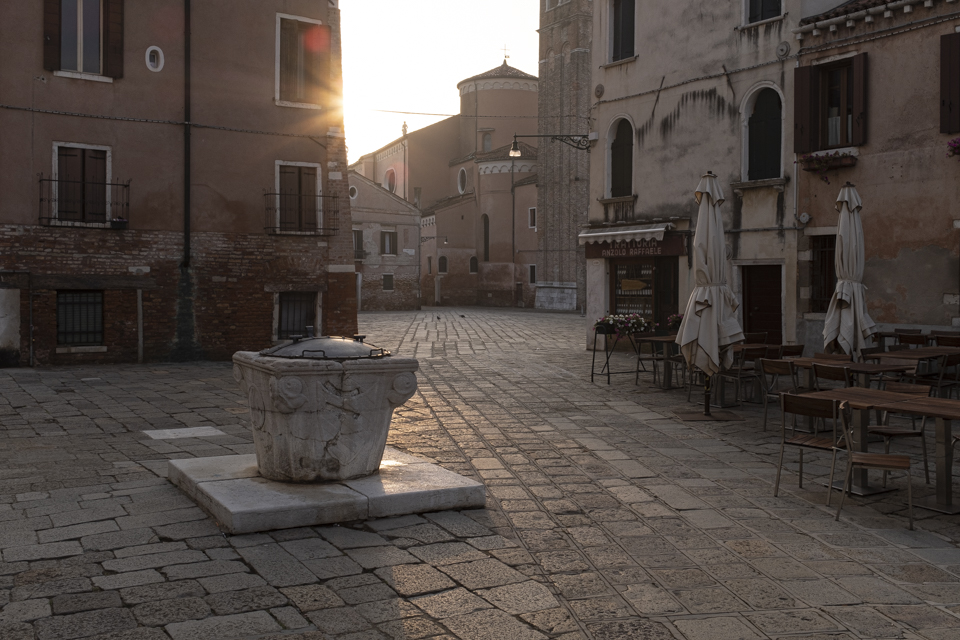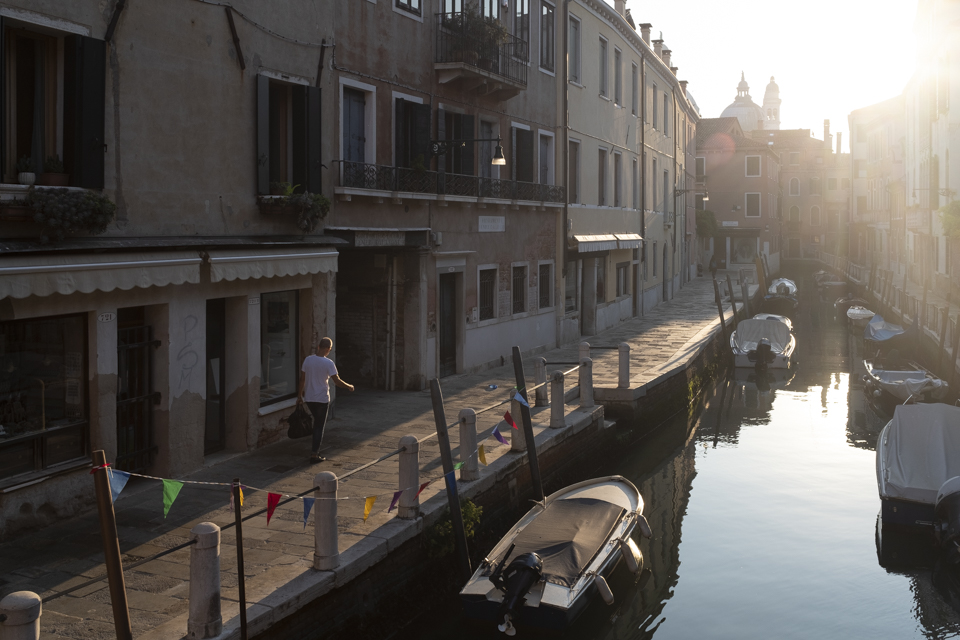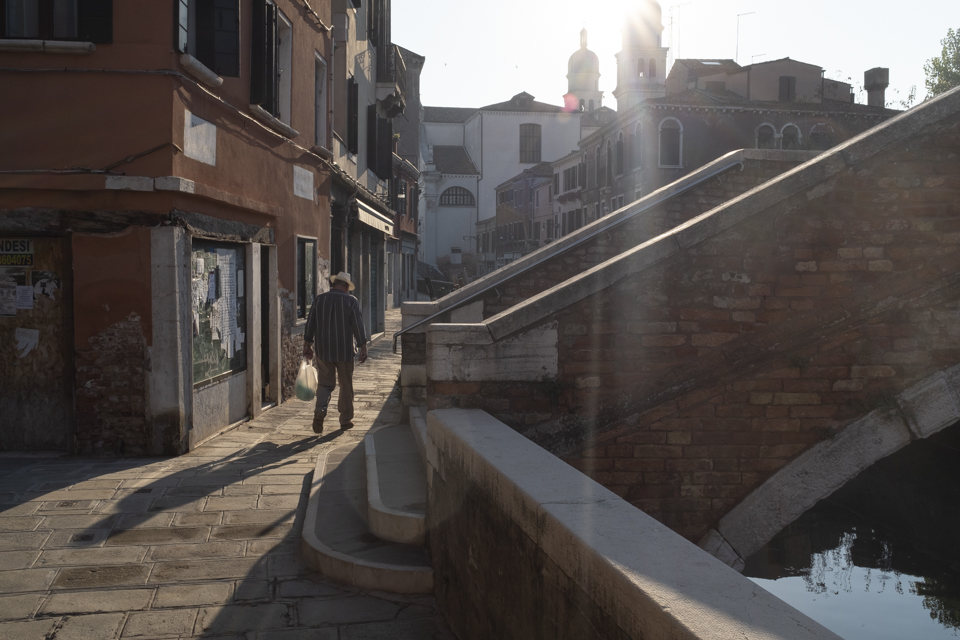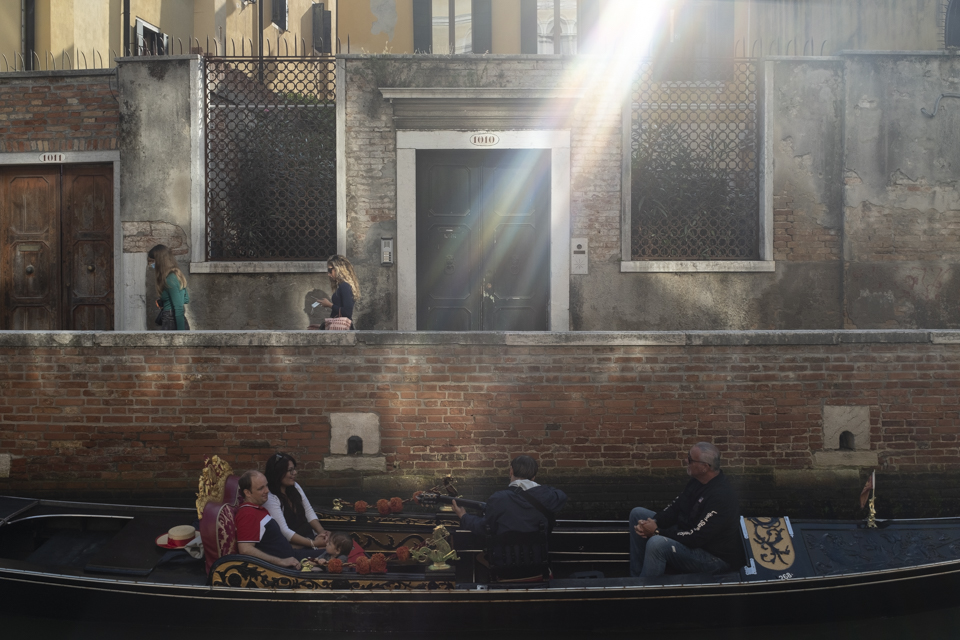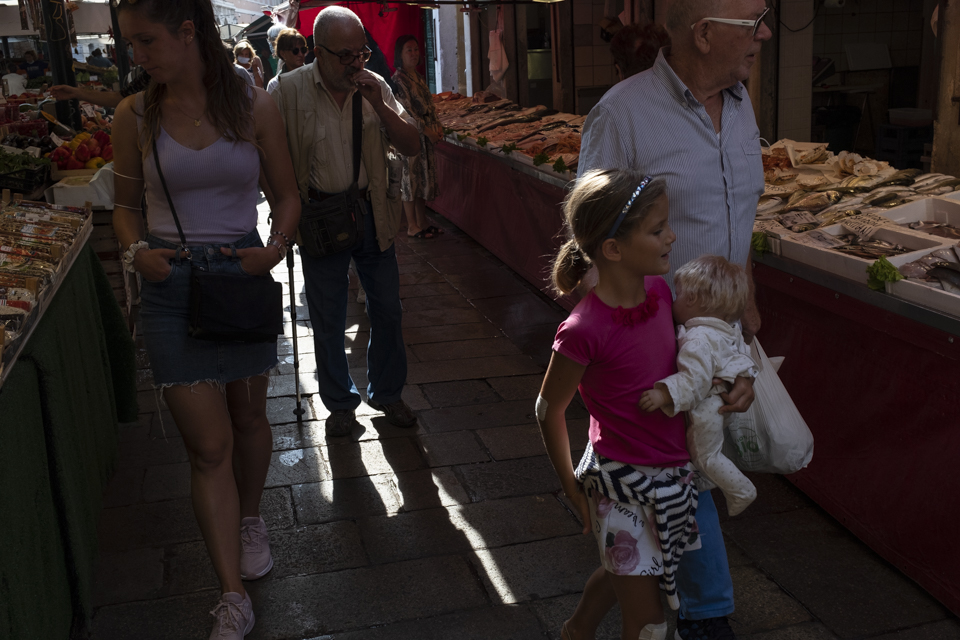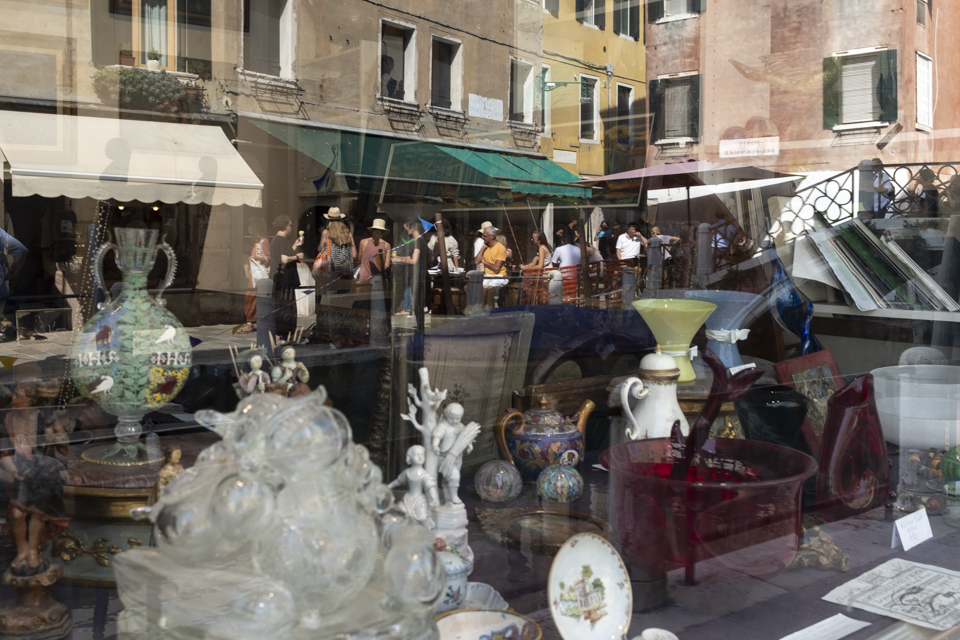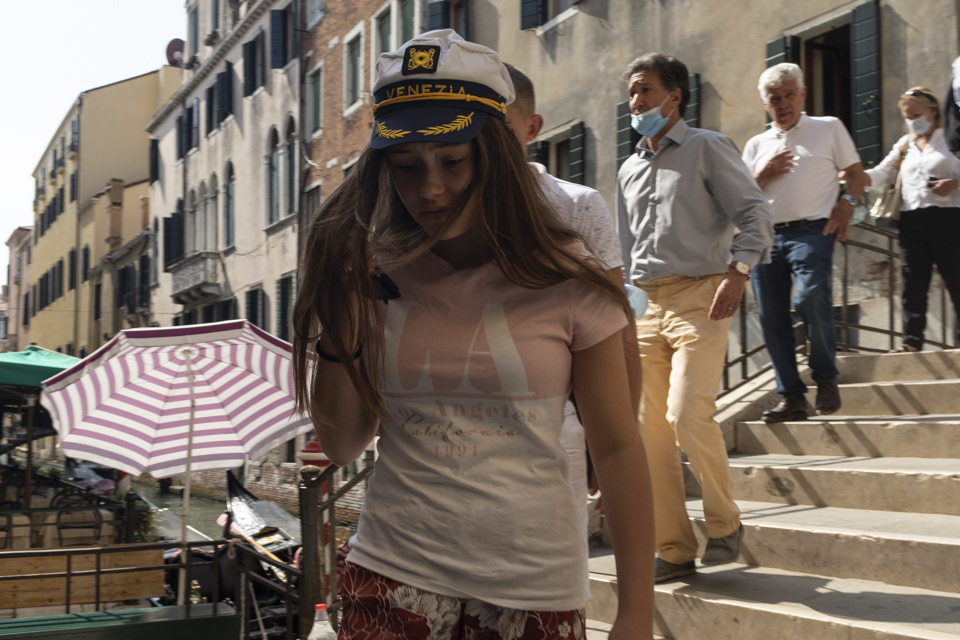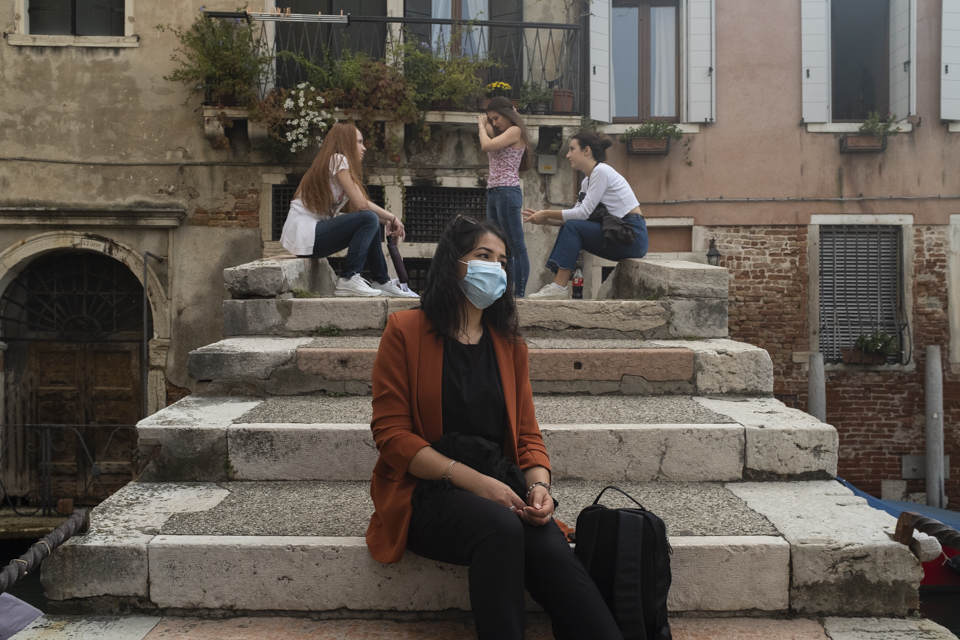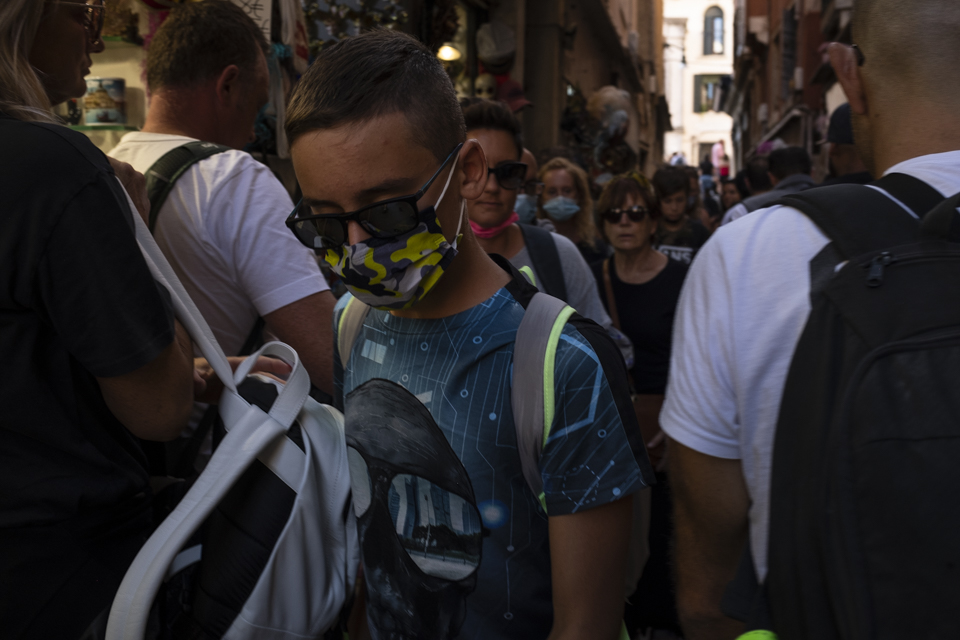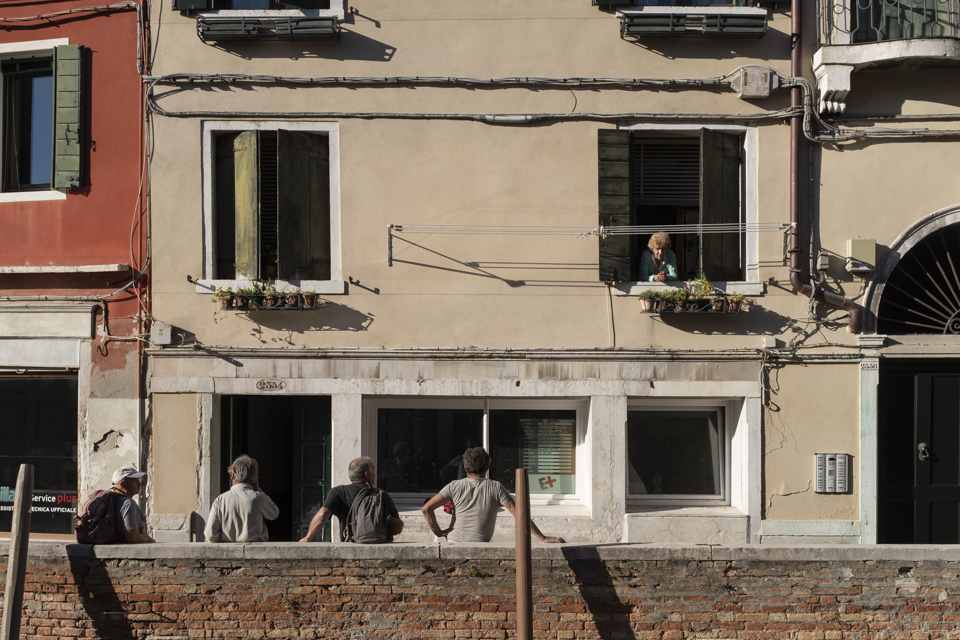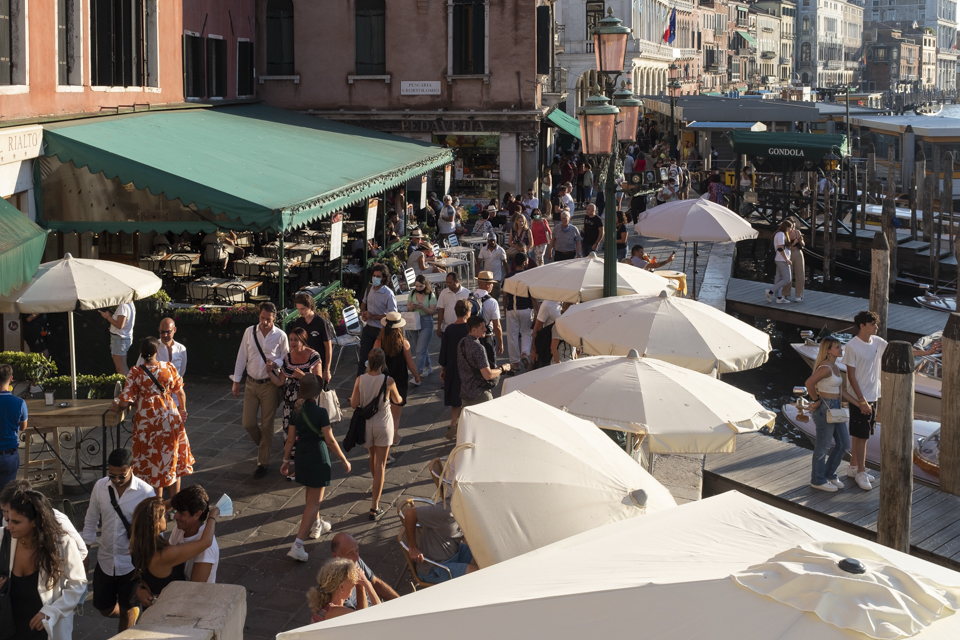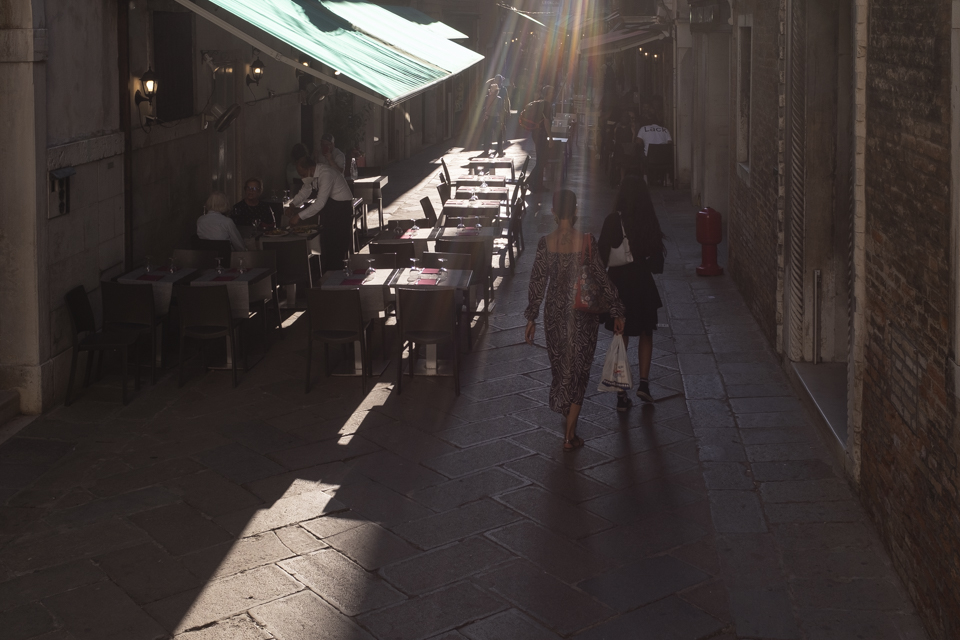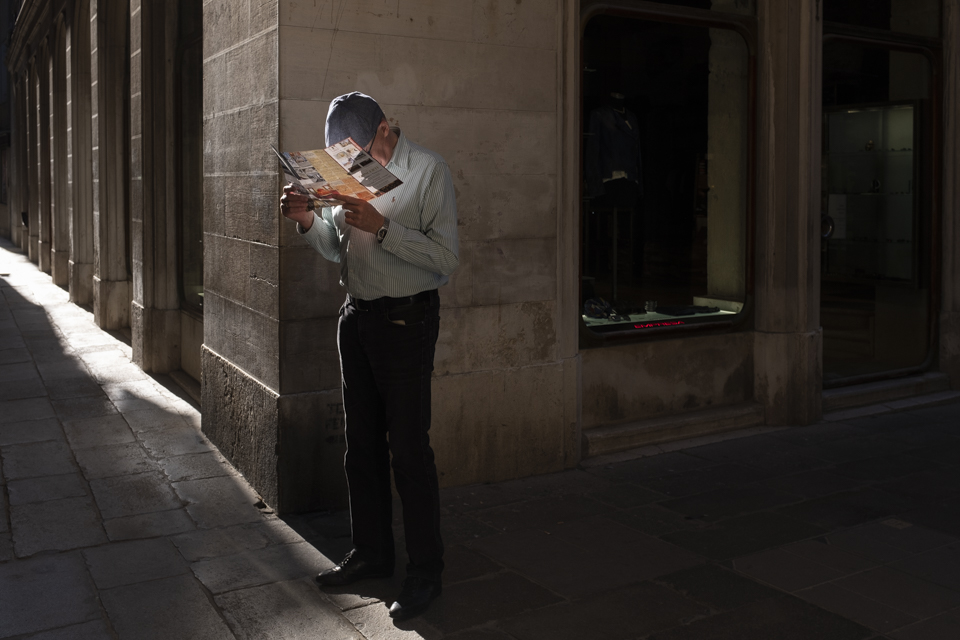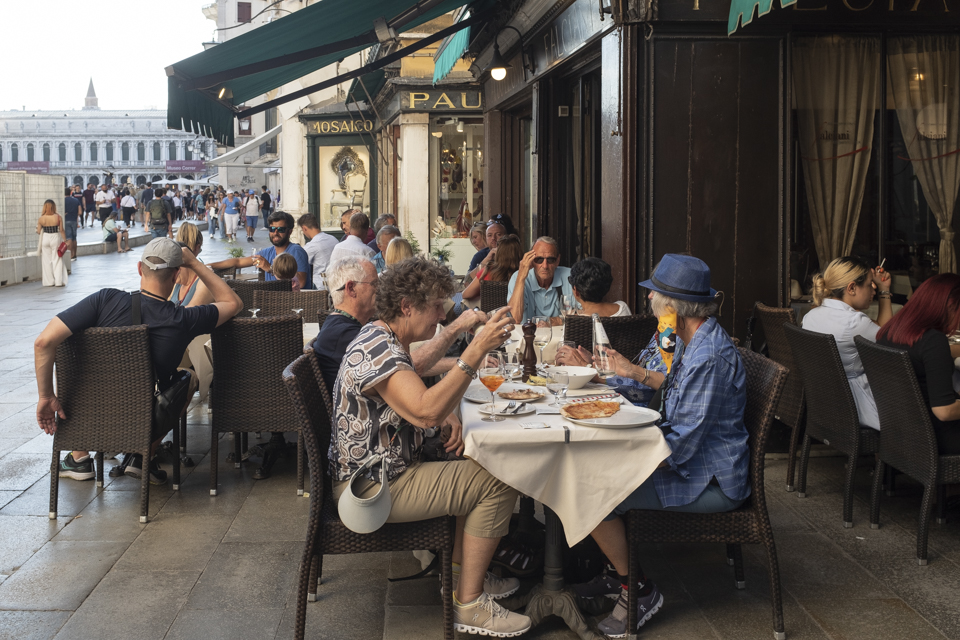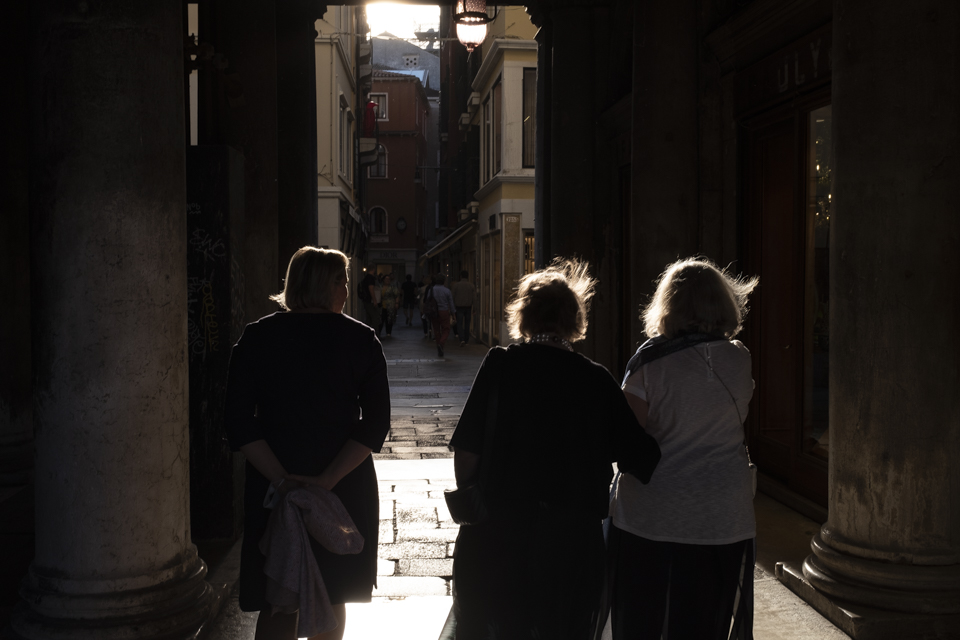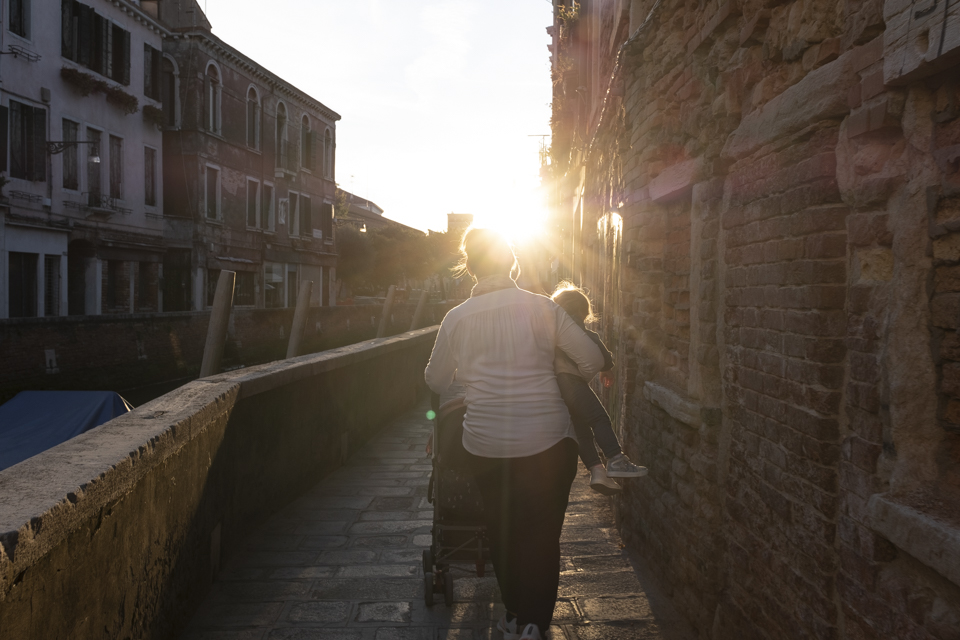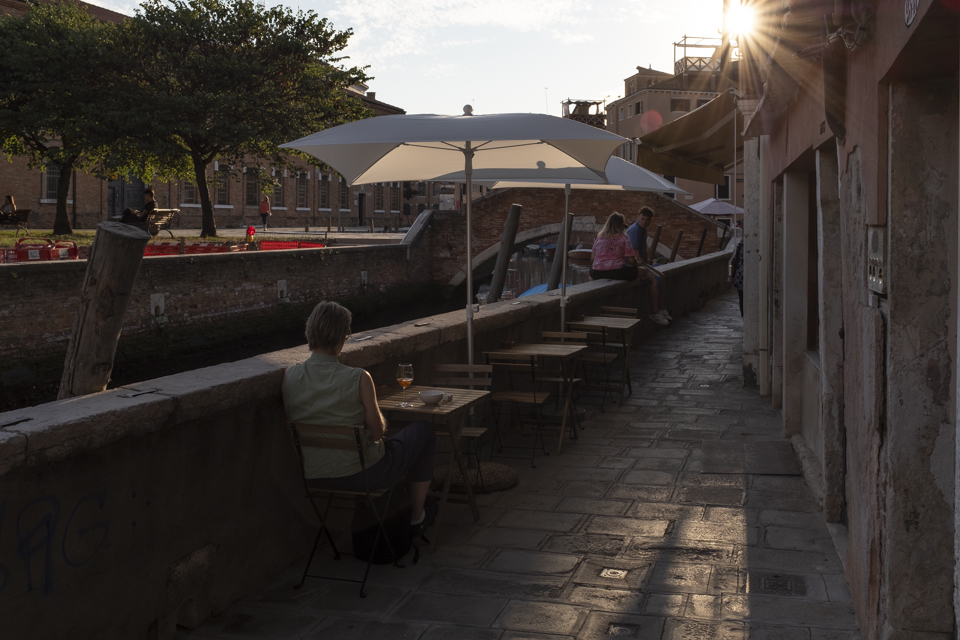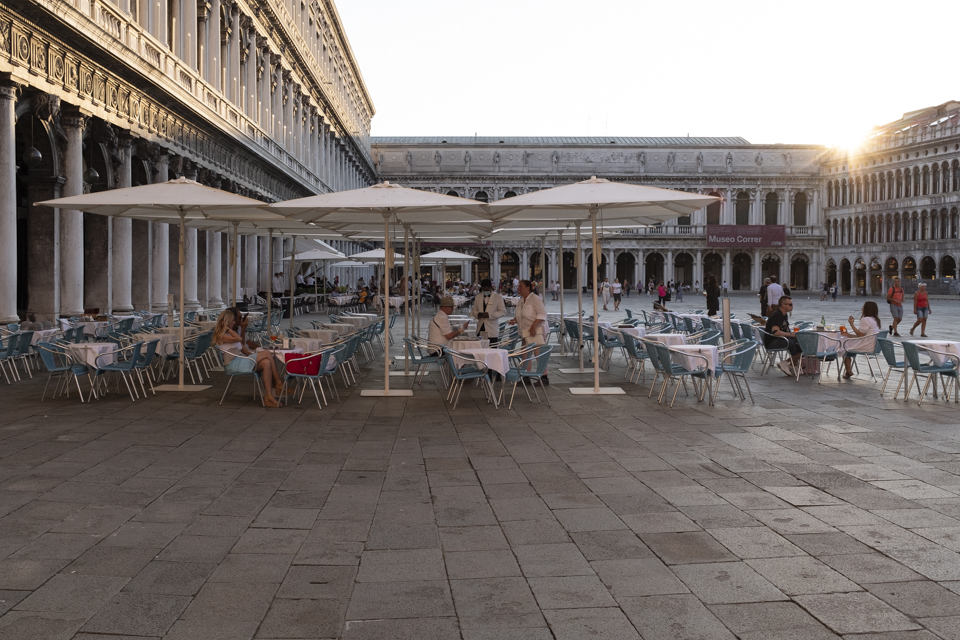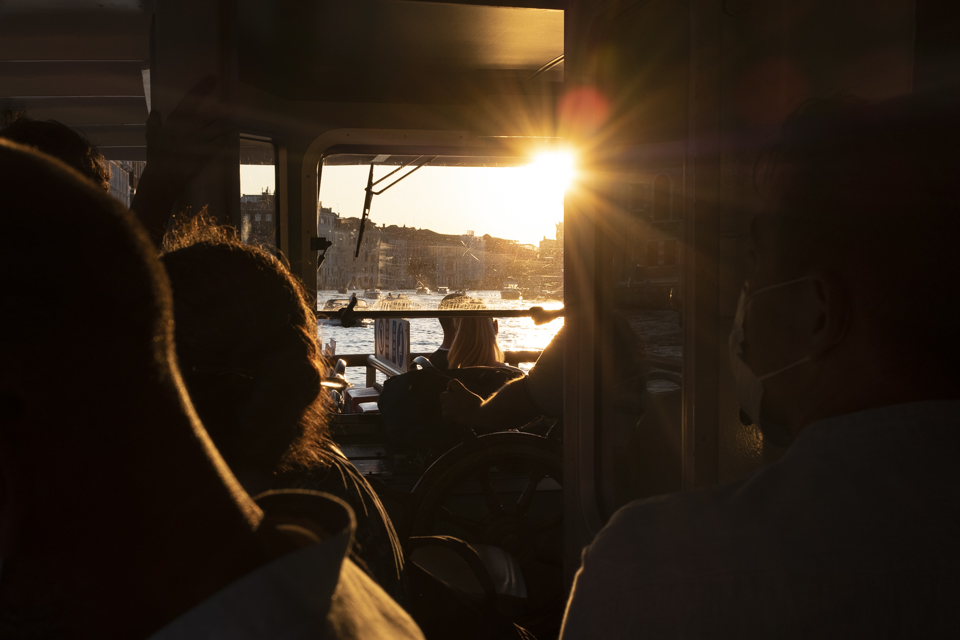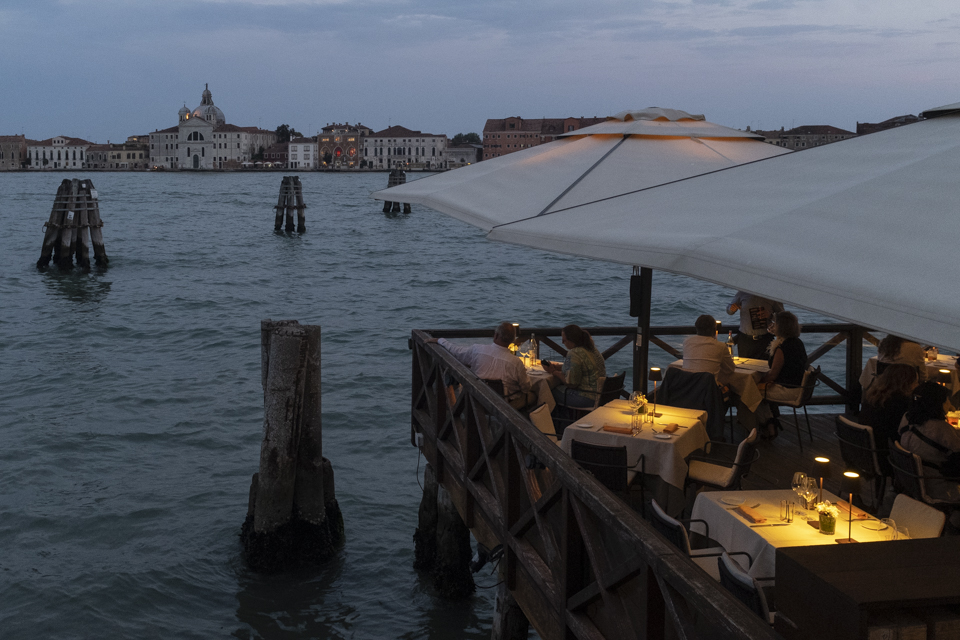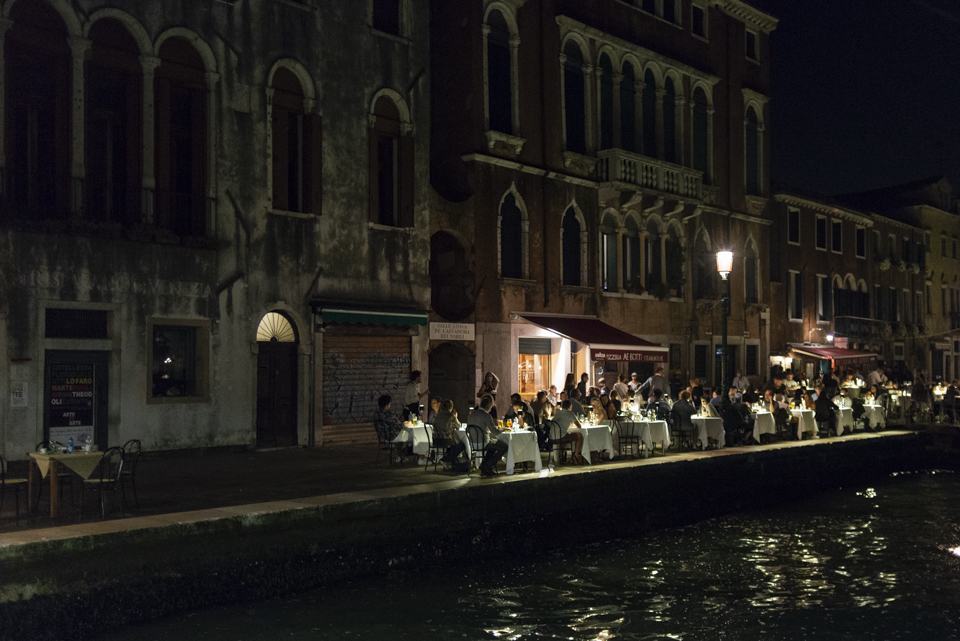-
Recent Posts
Archives
- August 2024
- November 2022
- September 2022
- May 2022
- October 2021
- September 2021
- August 2021
- October 2020
- September 2020
- August 2019
- July 2019
- October 2018
- August 2018
- February 2018
- October 2017
- August 2017
- June 2017
- May 2017
- March 2017
- October 2016
- August 2016
- January 2016
- September 2015
- August 2015
- June 2015
- April 2015
- January 2015
- September 2014
- August 2014
- May 2014
- October 2013
Categories
Tag Archives: people
THE NOTTING HILL CARNIVAL 2024
Posted in Carnival, Culture, Documentary, Editorial, London, People, The Notting Hill Carnival, Travel Photography
Also tagged Batala, Caribbean culture, Carnival, culture, London, Notting Hill Carnival, Notting Hill Carnival 2024, street party, Travel photography |
PX3 – STATE OF THE WORLD 2022 – Curatorial Selection
Very happy to find out that the Korah community photos have been selected for the curated ”State of the World” 2022 exhibition by the Px3 Paris Photography Prize jurors.
Link to the series: https://px3.fr/winners/curator/2022/1-107099-22/

Link to the series: https://px3.fr/winners/curator/2022/1-107099-22/
Posted in Africa, Awards, Documentary, Editorial, Exhibition, Portrait, PX3
Also tagged award, community, Documentary, Ethiopia, exhibition, Korah, Paris, prize, PX3, winner |
THE NOTTING HILL CARNIVAL 2022
Having been cancelled for two years due to the covid rules, the biggest street party in Europe was back in August 2022 bringing millions of people back to the streets of London…
Posted in Carnival, Culture, Documentary, Editorial, Europe, Event, London, The Notting Hill Carnival, Traditions, Travel Photography
Also tagged Batala, Batala London, Carnival, celebration, costumes, culture, drummers, Event, Notting Hill, Notting Hill Carnival, samba |
Royal Photographic Society Associate award
I am absolutely delighted to learn that my first book “The Art of Spectating” was awarded the Associate for the Royal Photographic Society in the photobook genre. Thanks to all panel members involved in the judging process.
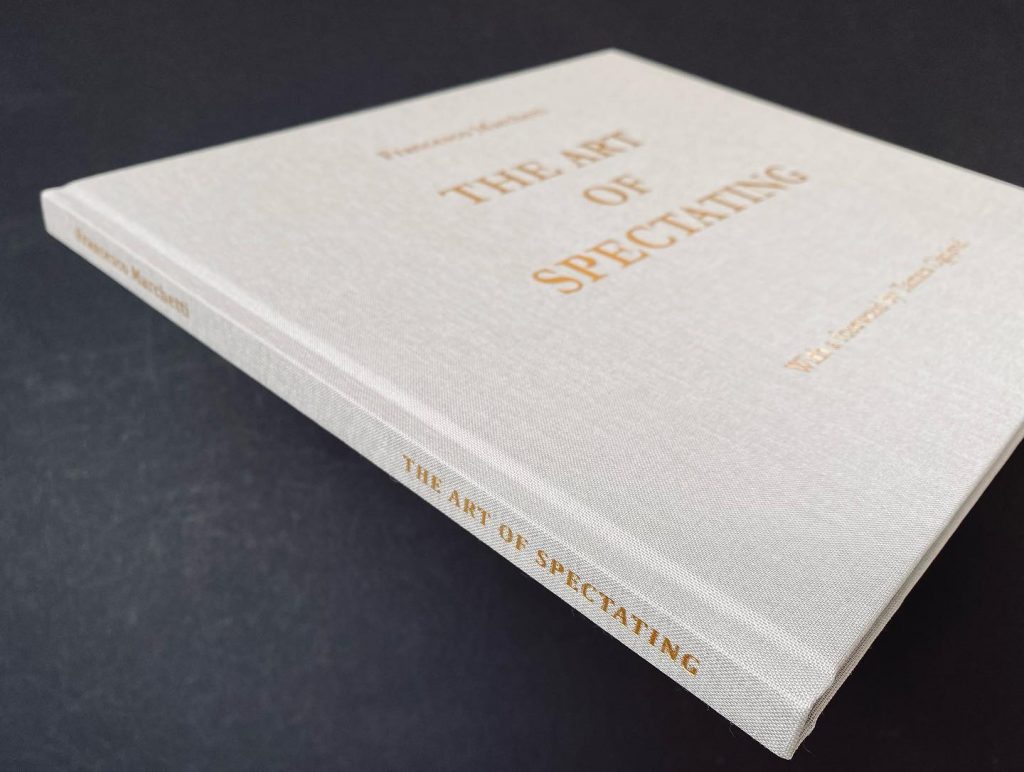
Posted in Awards, Culture, Editorial, London, Museum, People, Photobook
Also tagged ARPS, artworks, Associate, award, culture, Distinctions, Museum, Museums, people watching, Photobook, Royal Photographic Society, RPS, The Art of Spectating |
Venice, September 2021
Posted in Documentary, Editorial, Italy, People, Travel Photography, Venice
Also tagged Documentary, editorial, Italia, Italy, Travel photography, Venezia, Venice |
The Art of Spectating – PX3 bronze medal
The ‘Art of Spectating’ is my first self-published photography book which explores the connection between the exhibited works and the visitors. The photos included are taken in various art museums in London and abroad, between 2013 and 2020.
The book foreword is written by art historian and museum expert Tamara Ognjević.
The book proposal has been awarded a bronze medal at the prestigious Prix de la Photographie annual competition (PX3) in the category book/people.
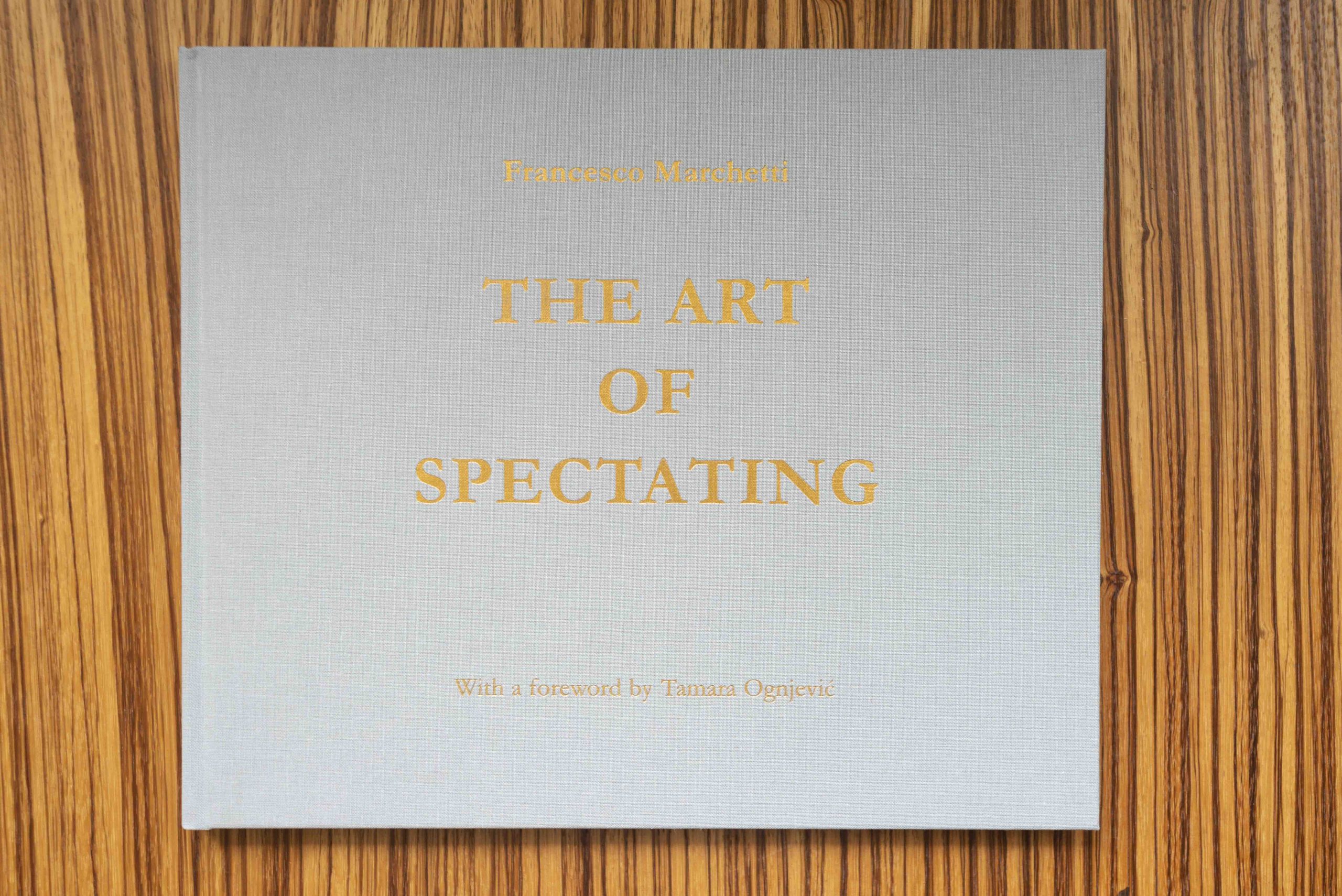
Posted in Awards, Book, Documentary, Editorial, Museum, People, PX3
Also tagged art galleries, art of spectating, award, book, bookbinding, bronze, bronze medal, Exwhyzed, foreword, Museum, photo book, PX3, self publishing, unposed |
Venice, September 2020
Venice without mass tourism.
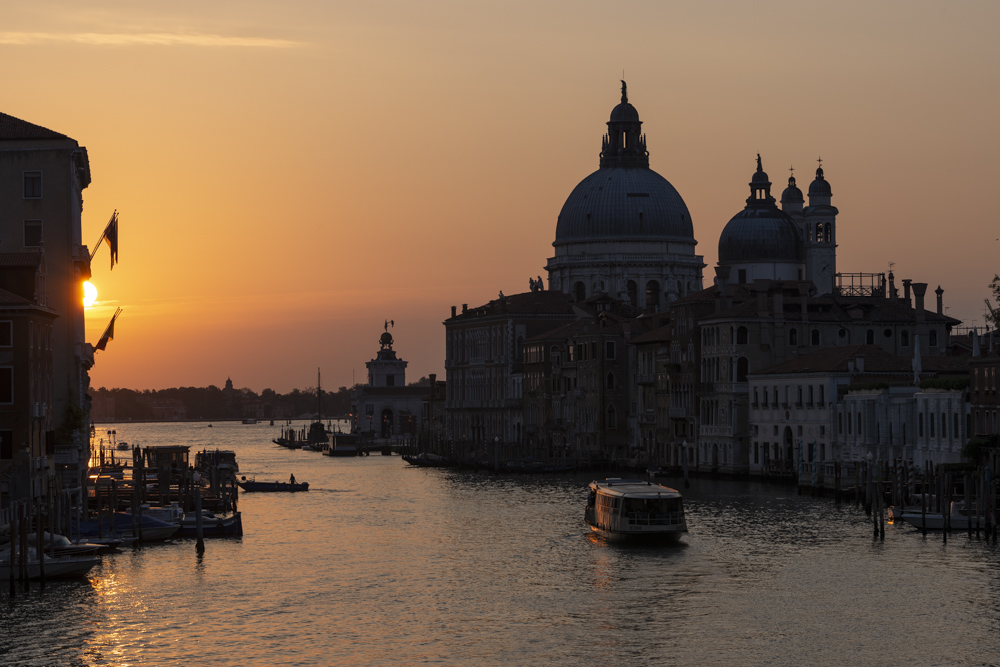
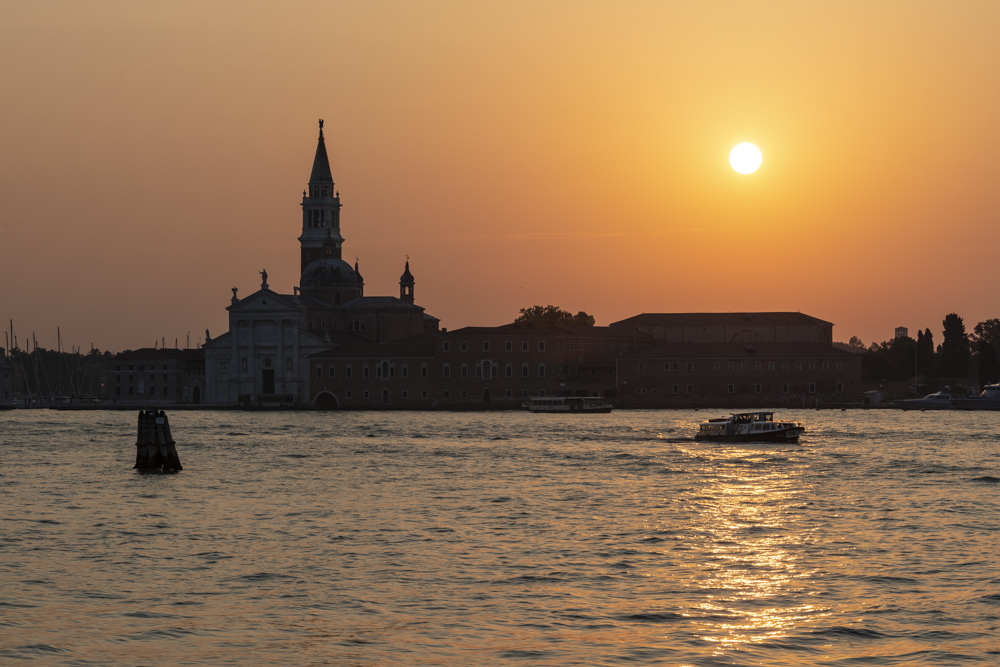
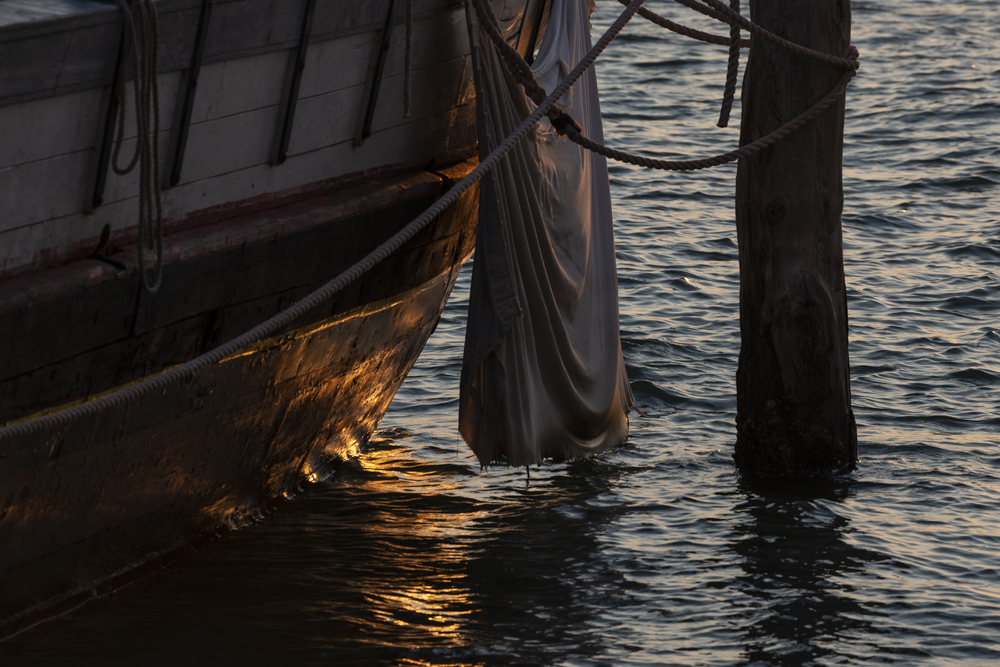
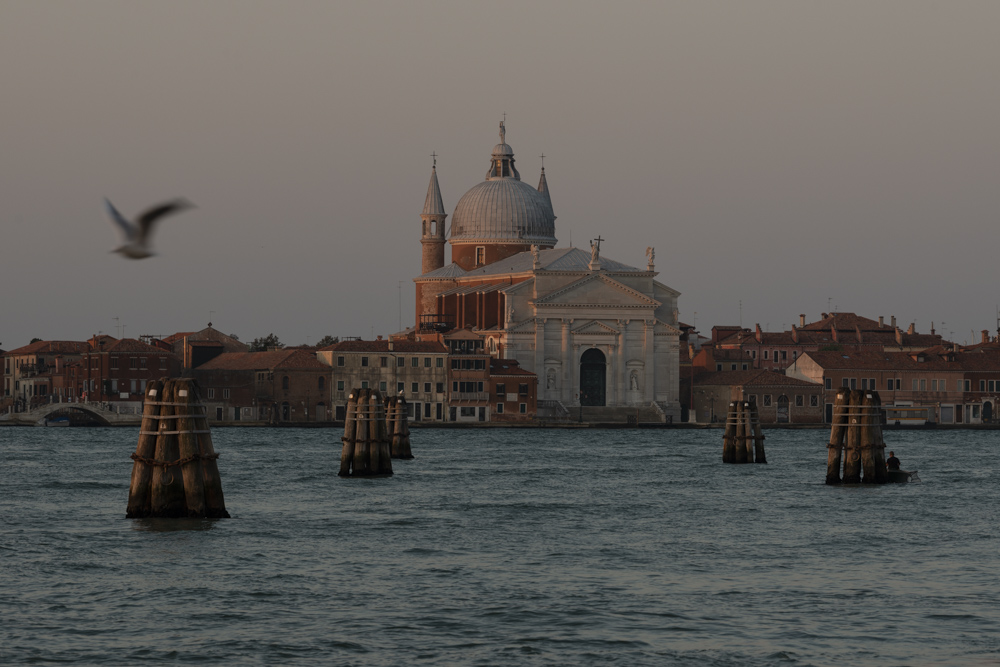
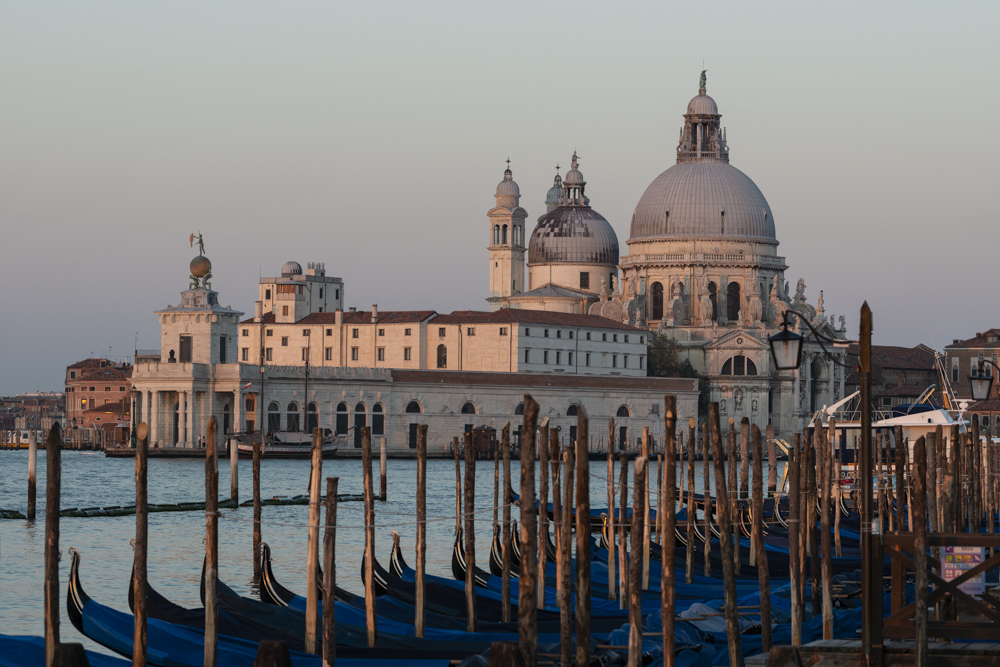
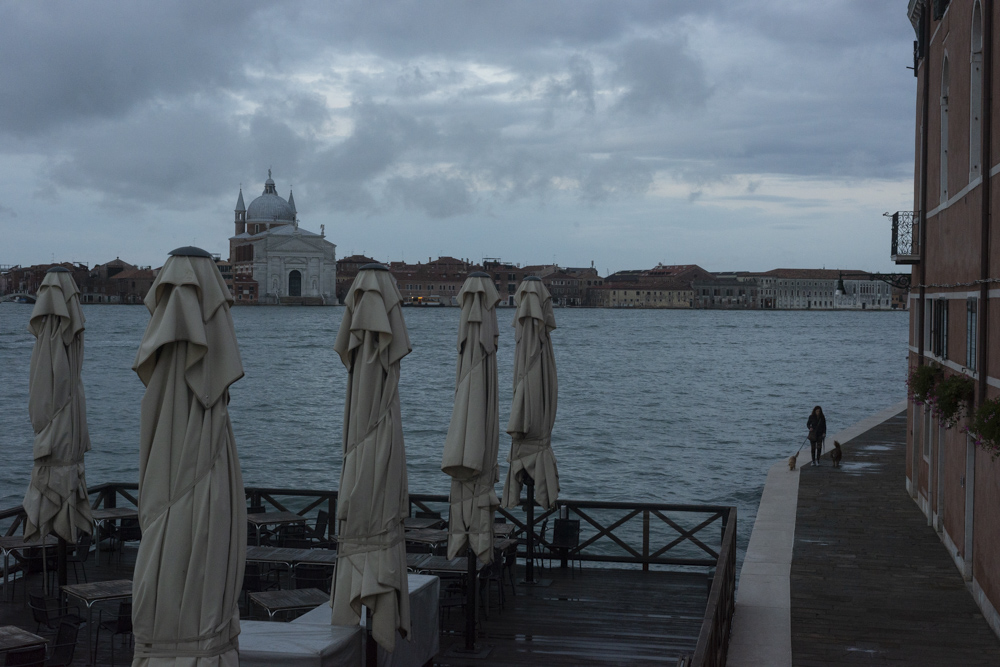
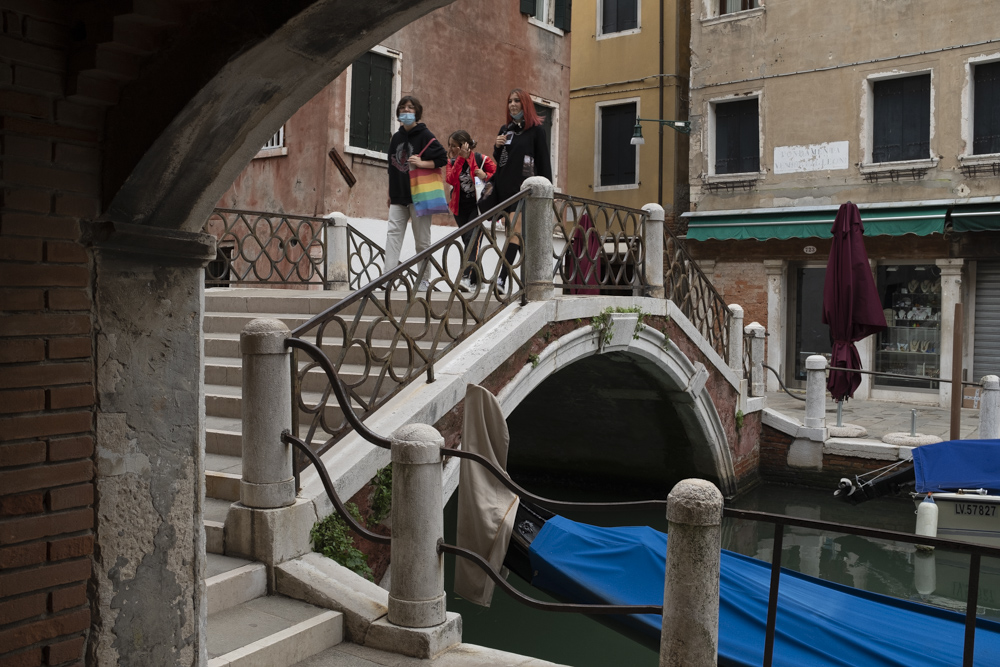
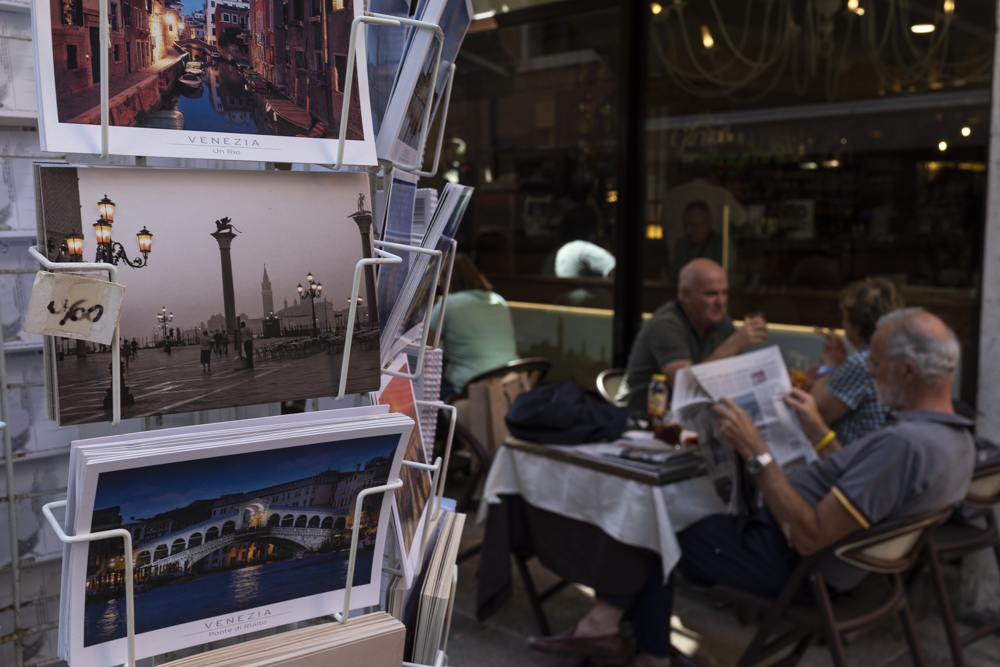
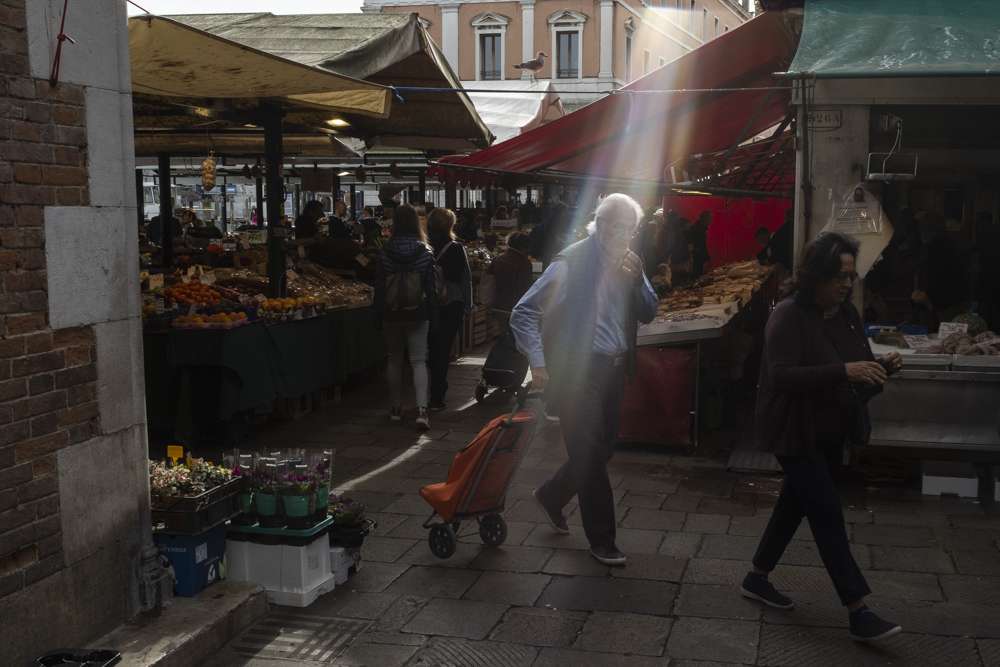
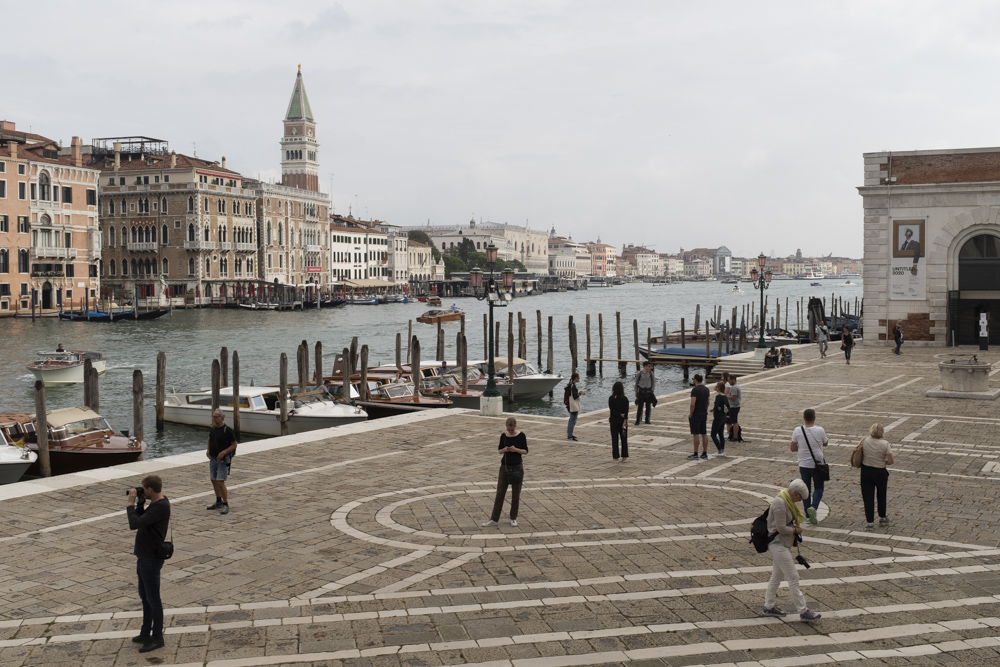
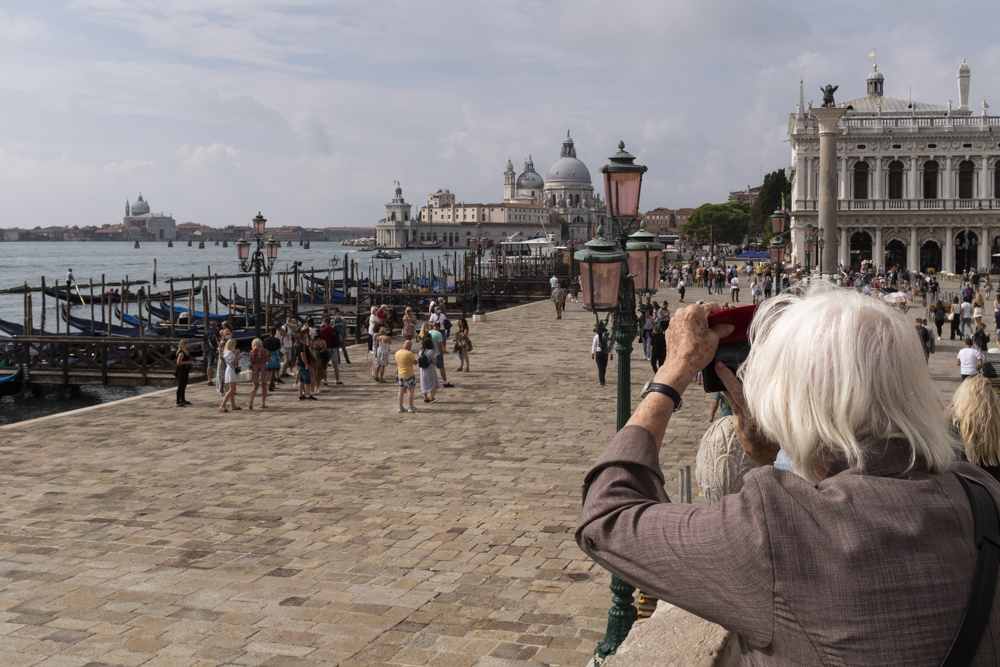
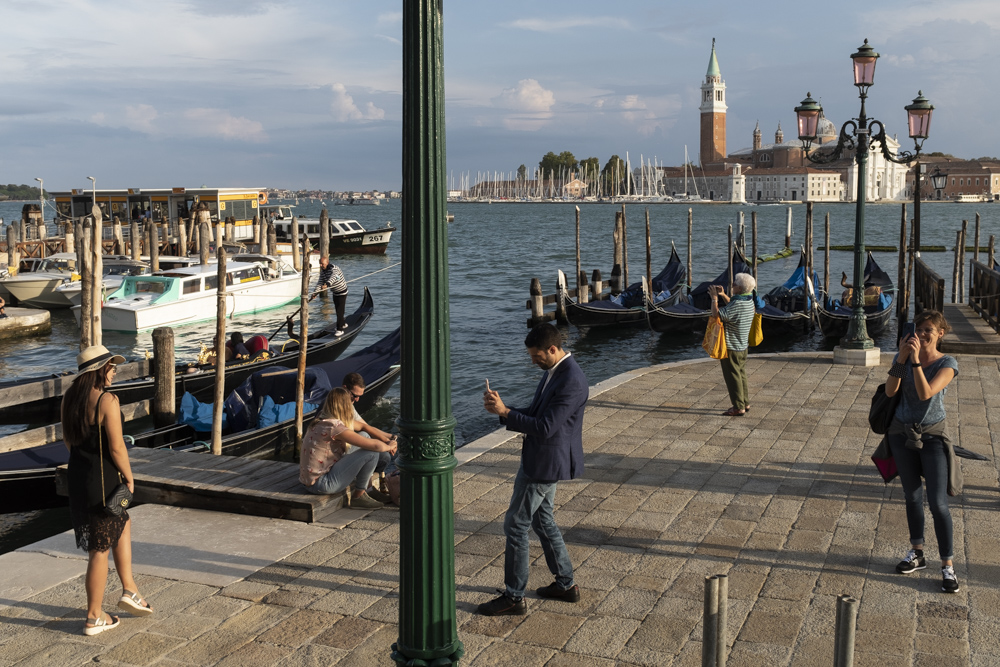
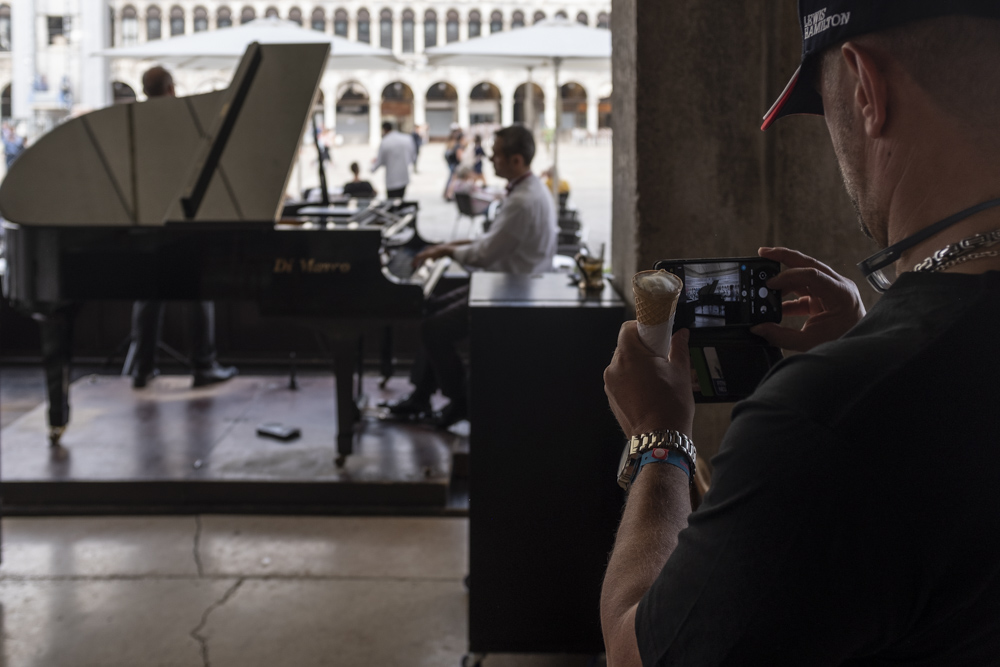
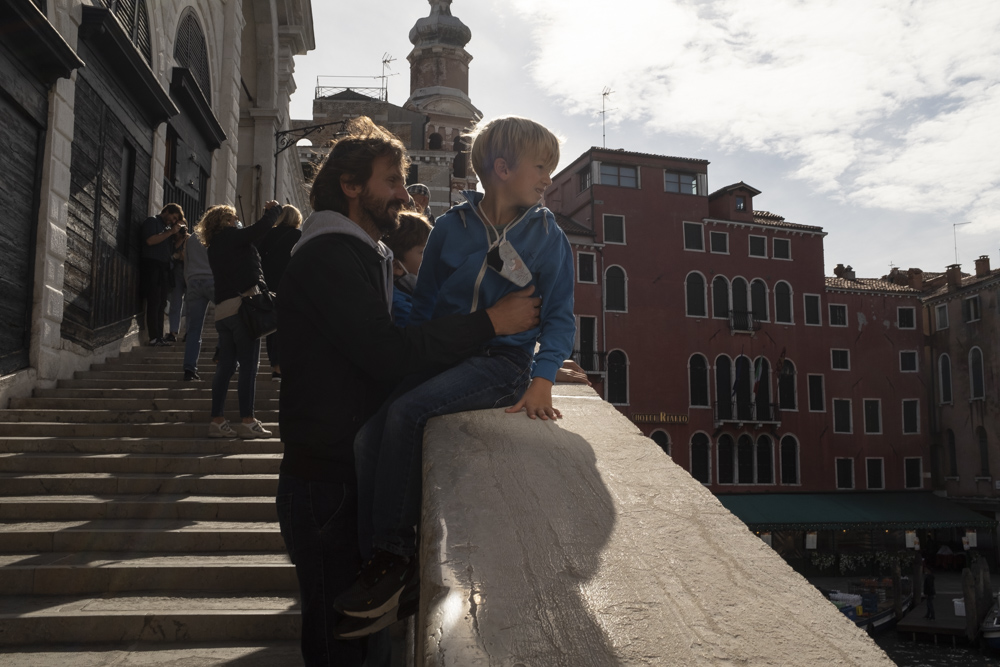
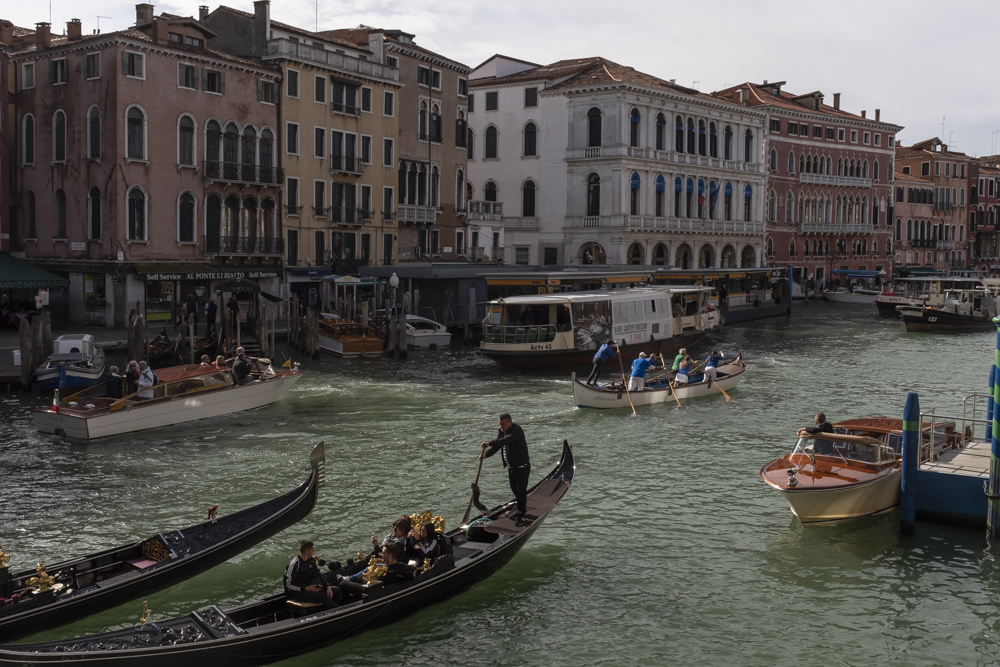
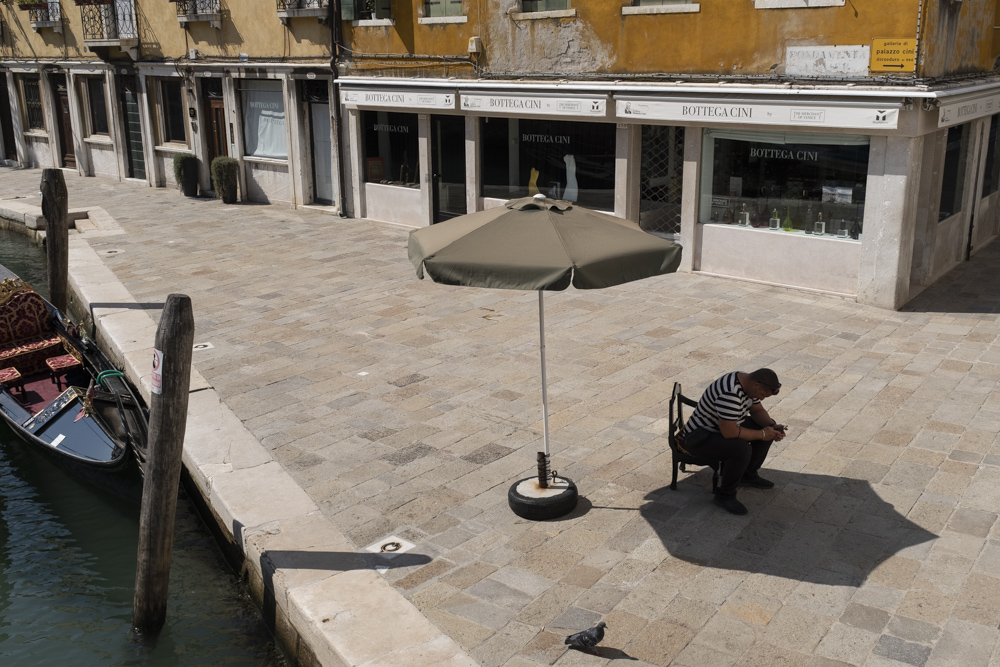
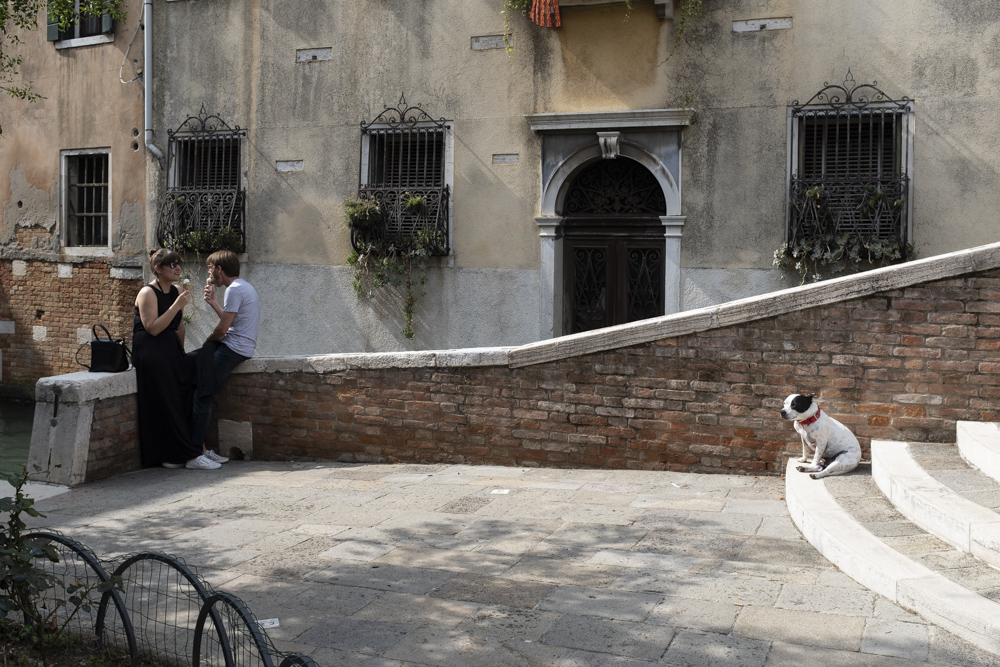
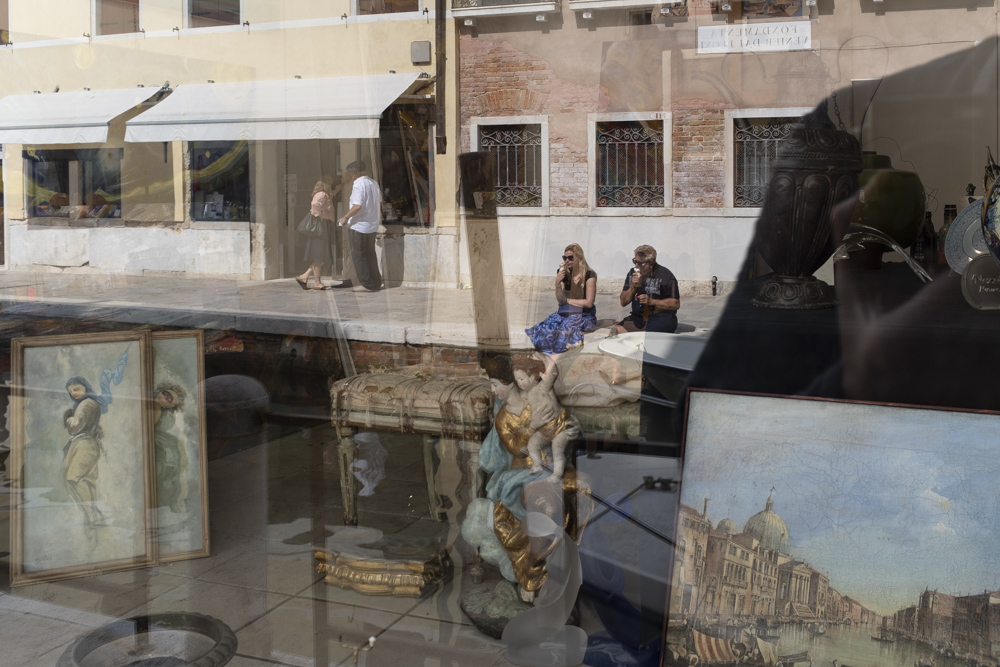
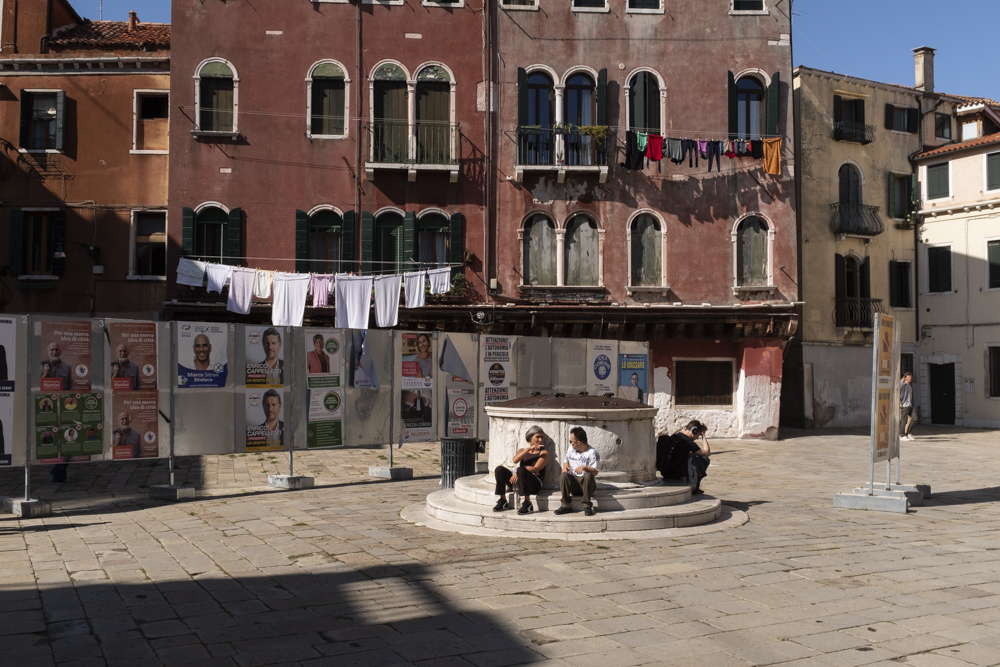
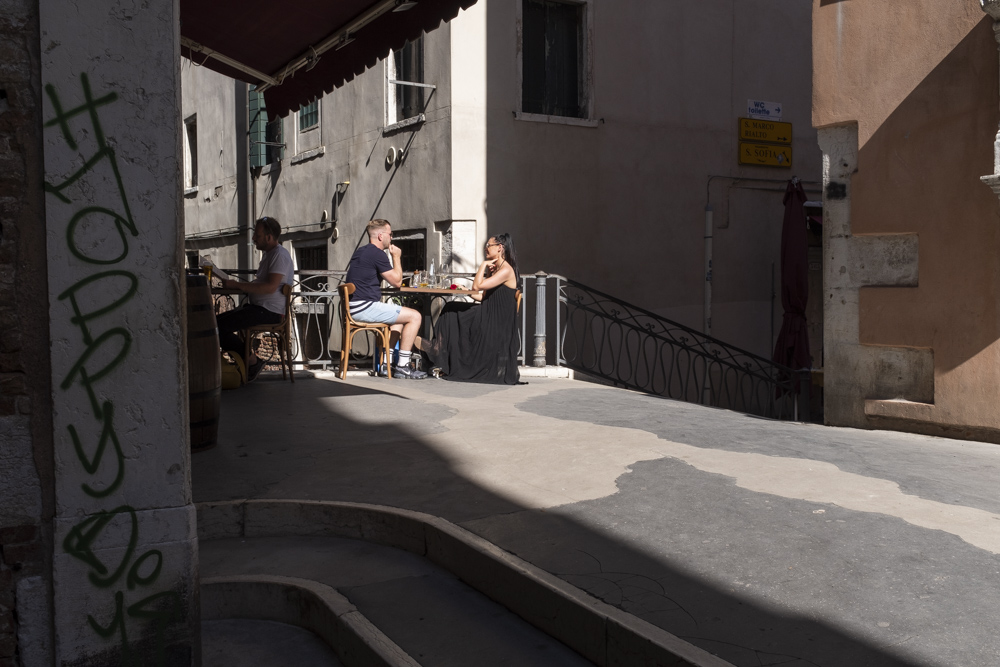
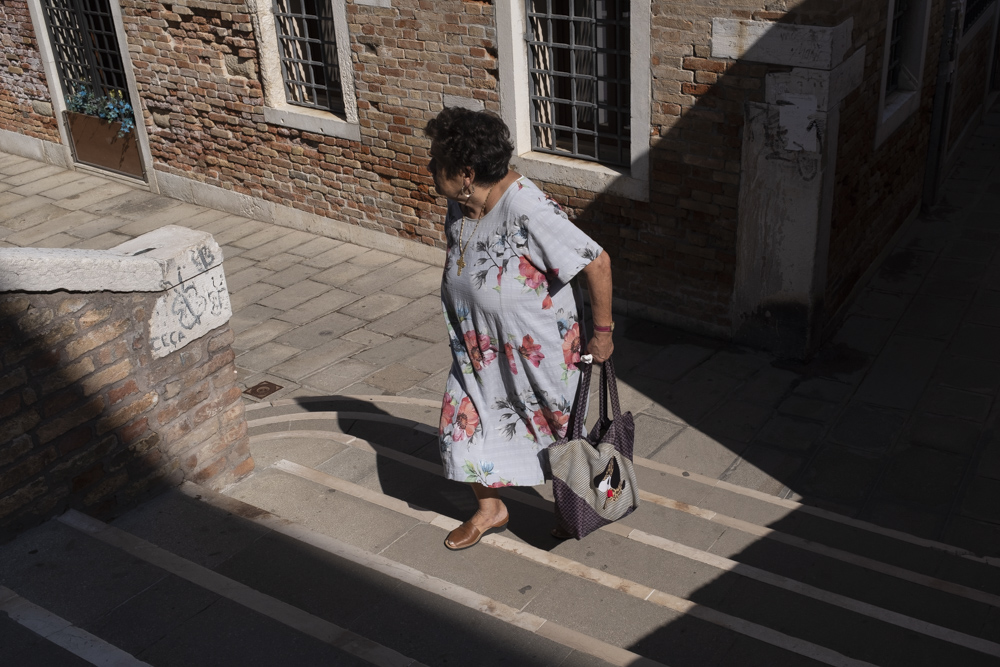
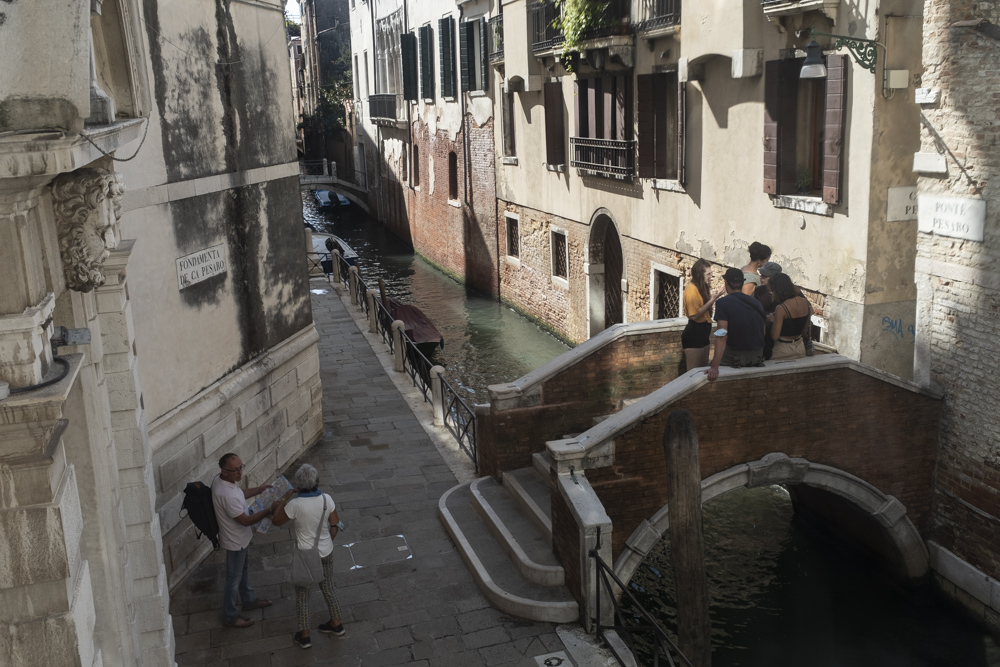
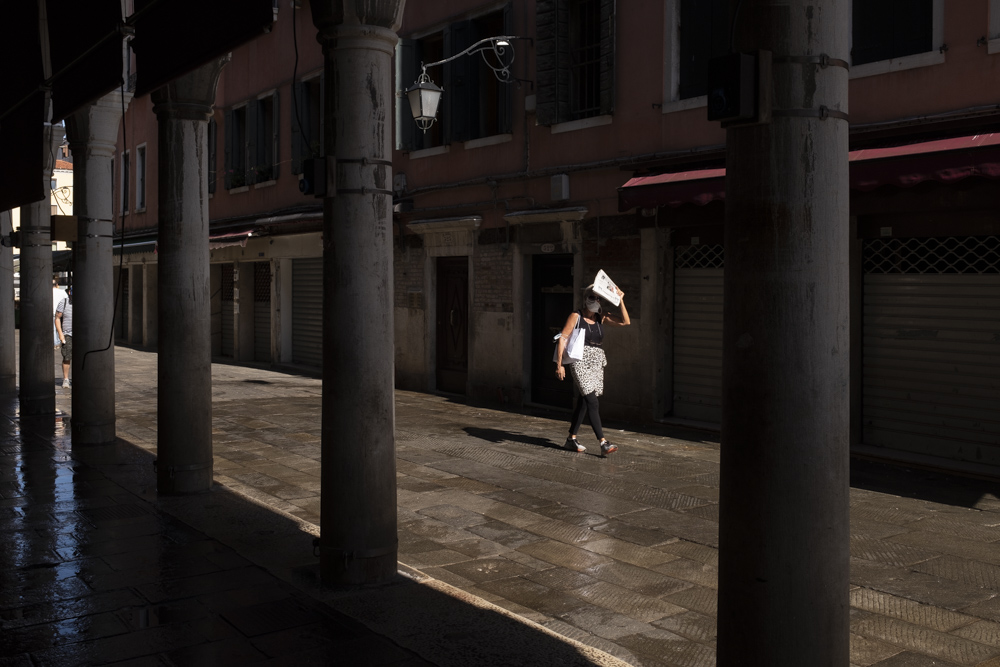
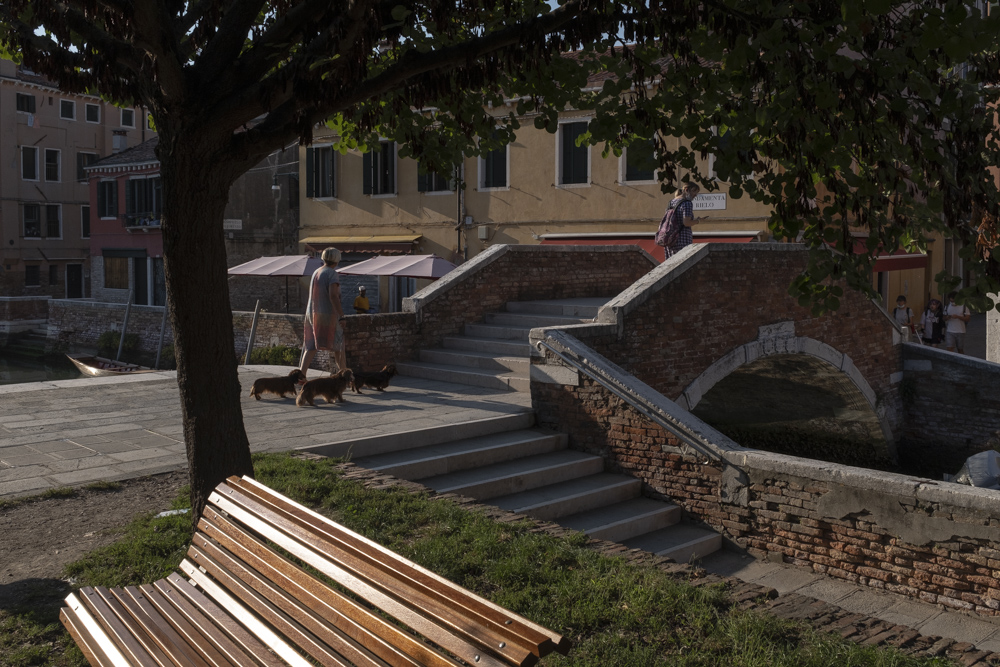
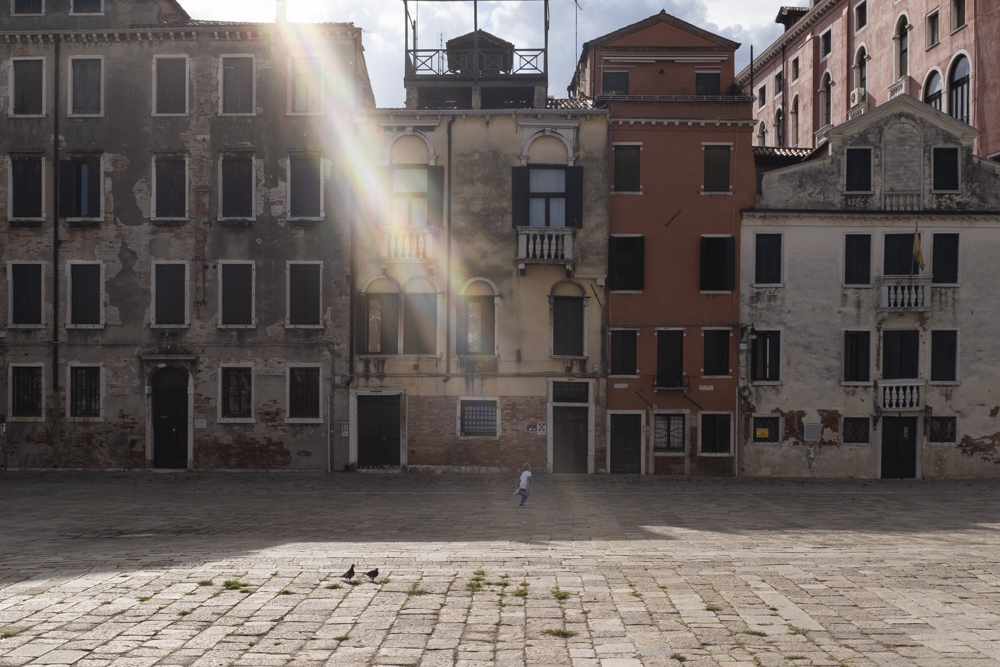
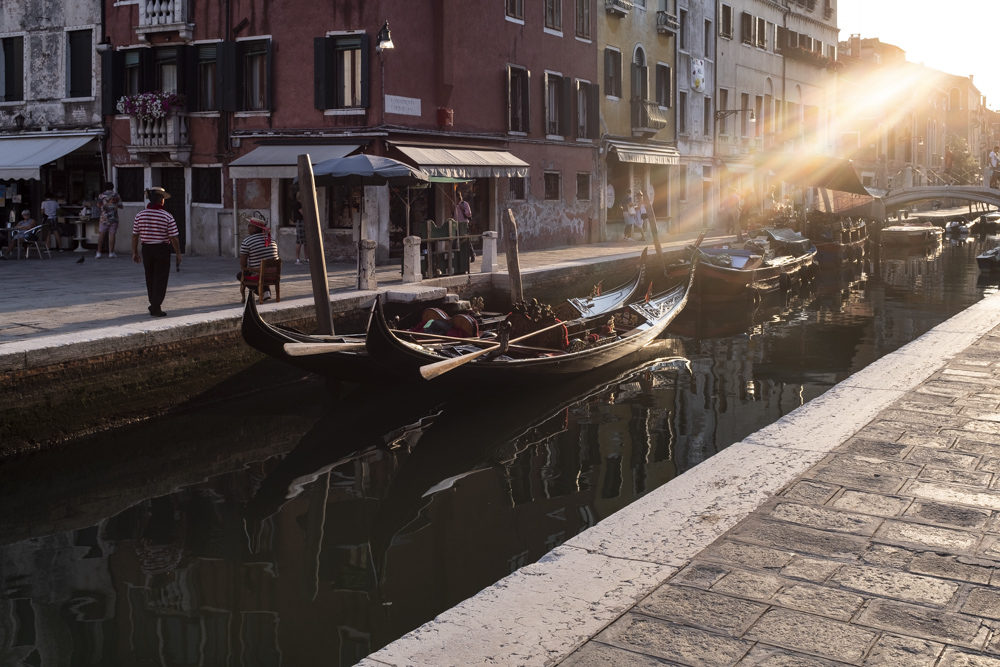
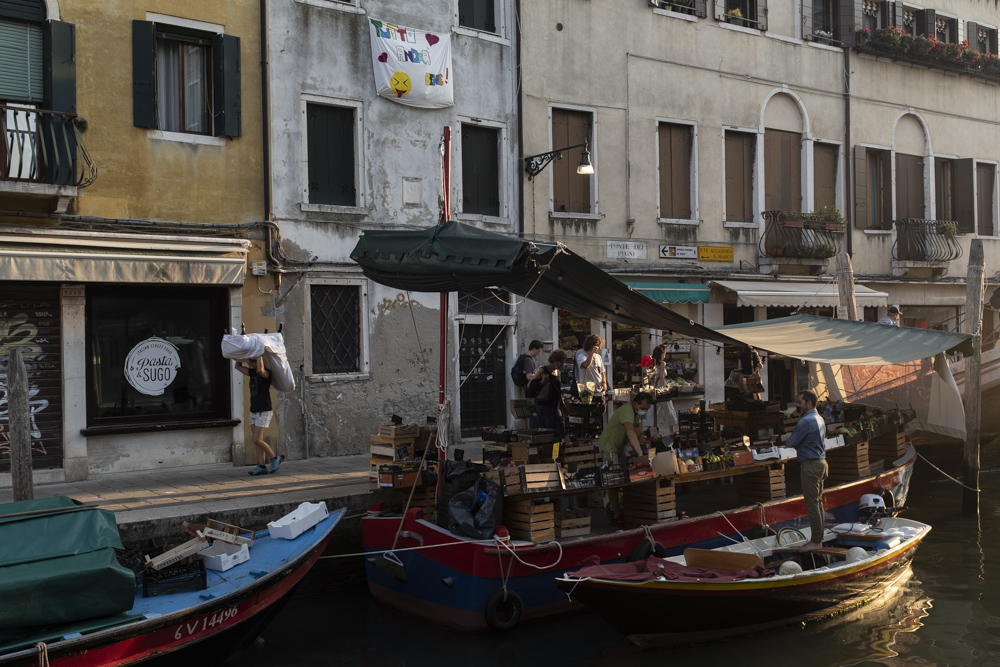
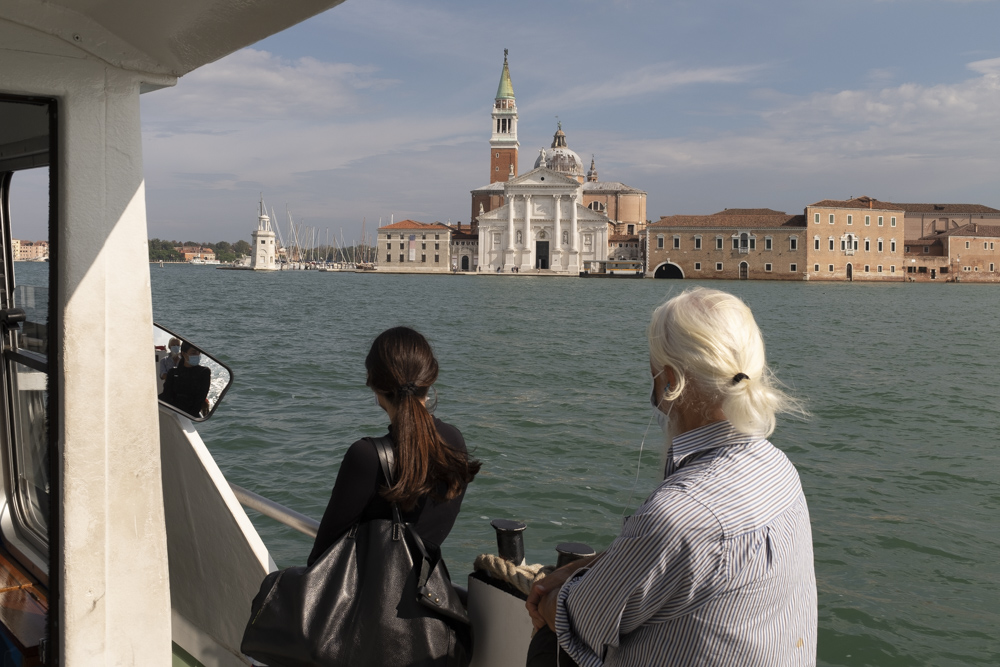
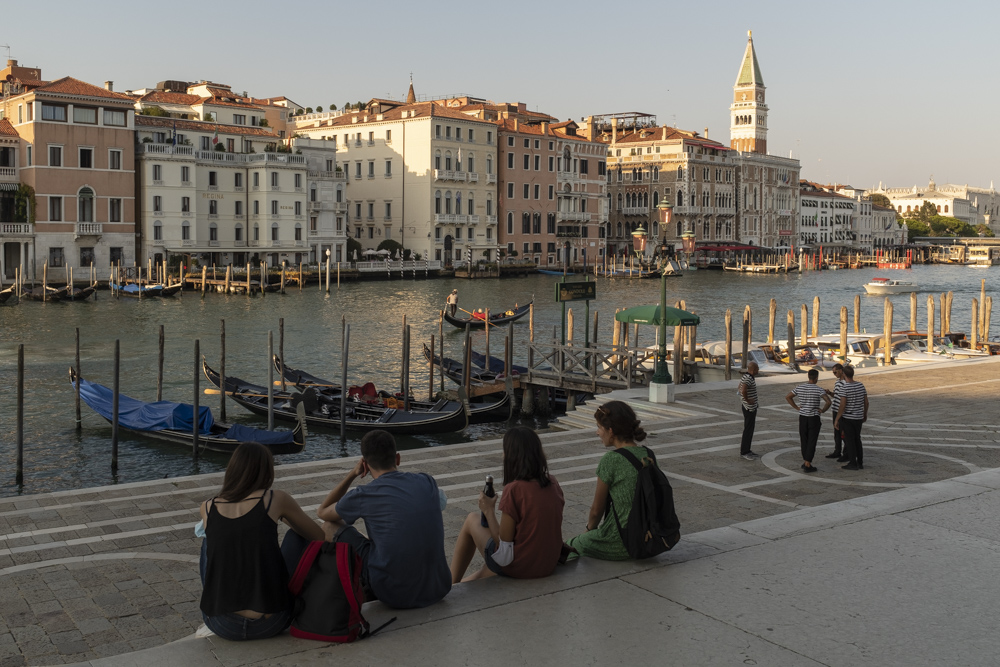
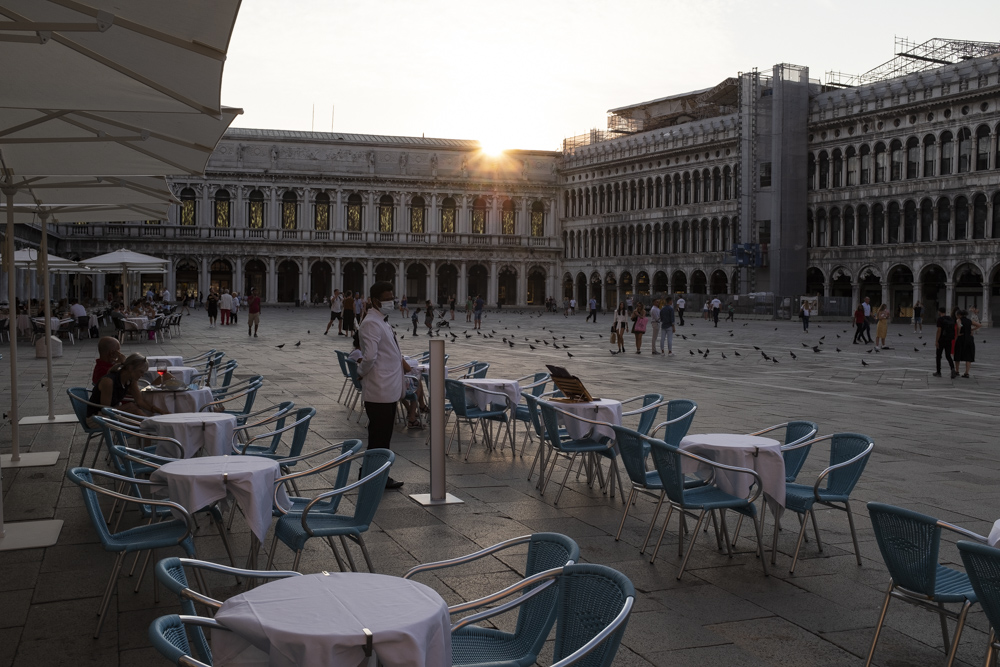
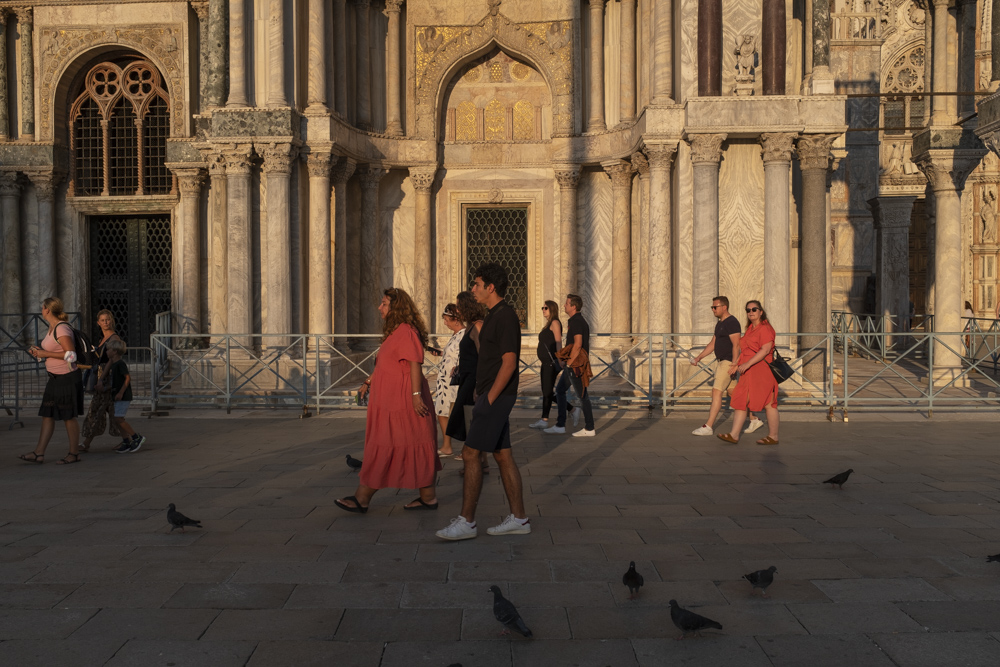
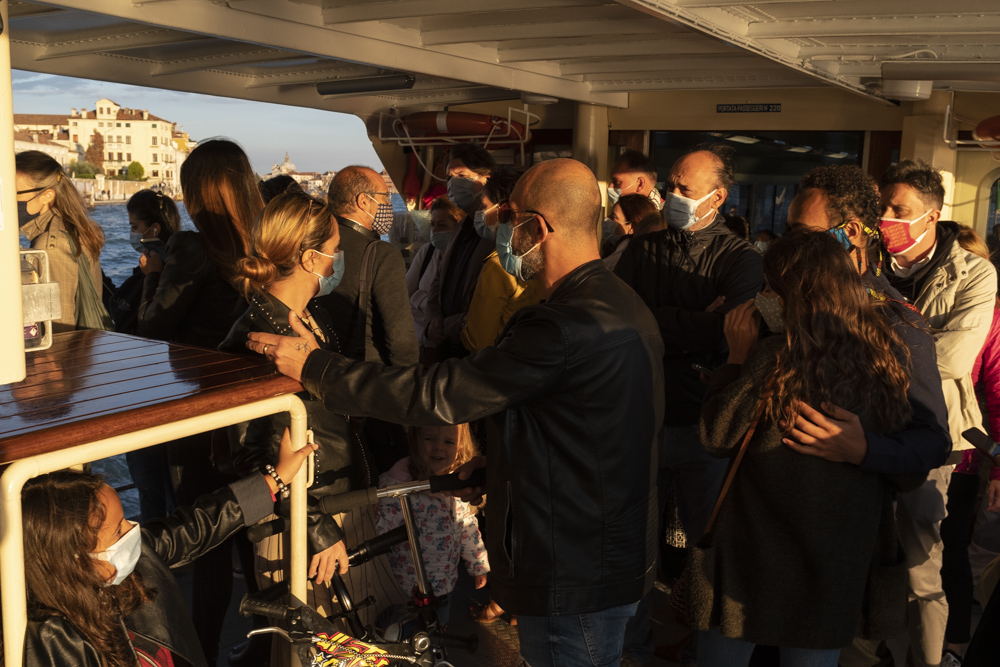
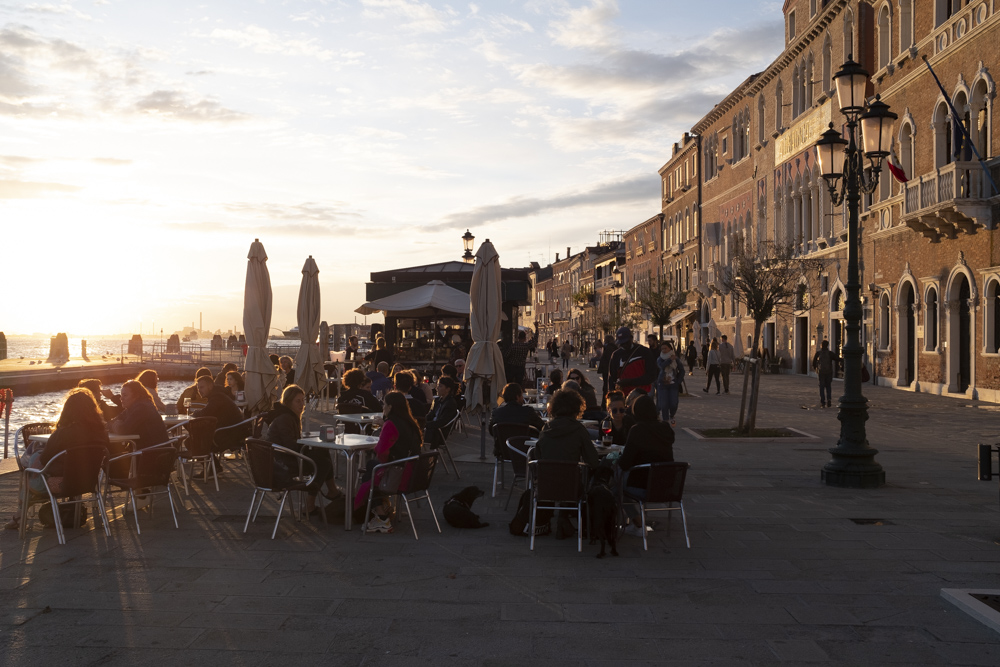
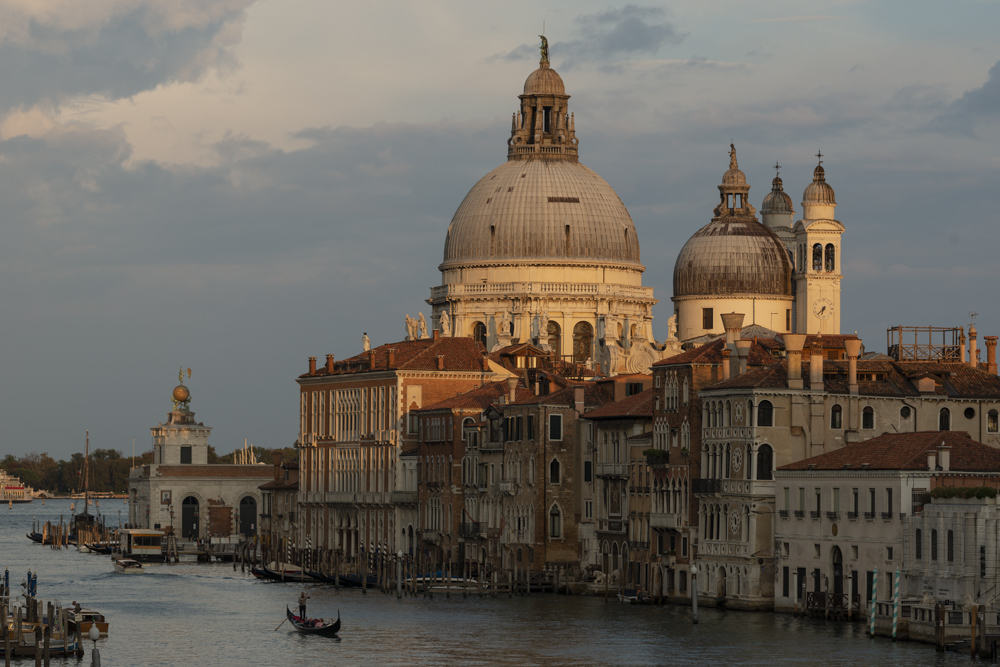
Posted in Culture, Documentary, Editorial, Europe, Italy, People, Travel Photography, Venice
Also tagged bellezza, editorial, gente, Italia, Italy, September, street photogrphy, Travel photography, venessia, Venezia, Venice, viaggio |
THE NOTTING HILL CARNIVAL 2019
It has been the hottest Carnival ever, with temperatures above 30 degree.
More than just a street party, the Carnival was first held in 1959 in response to a series of racist attacks and rioting that spread in west London. The Carnival was put together to celebrate of the local community, people from the Caribbean coming to London in search of opportunities.
As always, there is a lot of fun, great energy and positive vibes, music and street food, beautiful costumes and dance from the London samba schools.
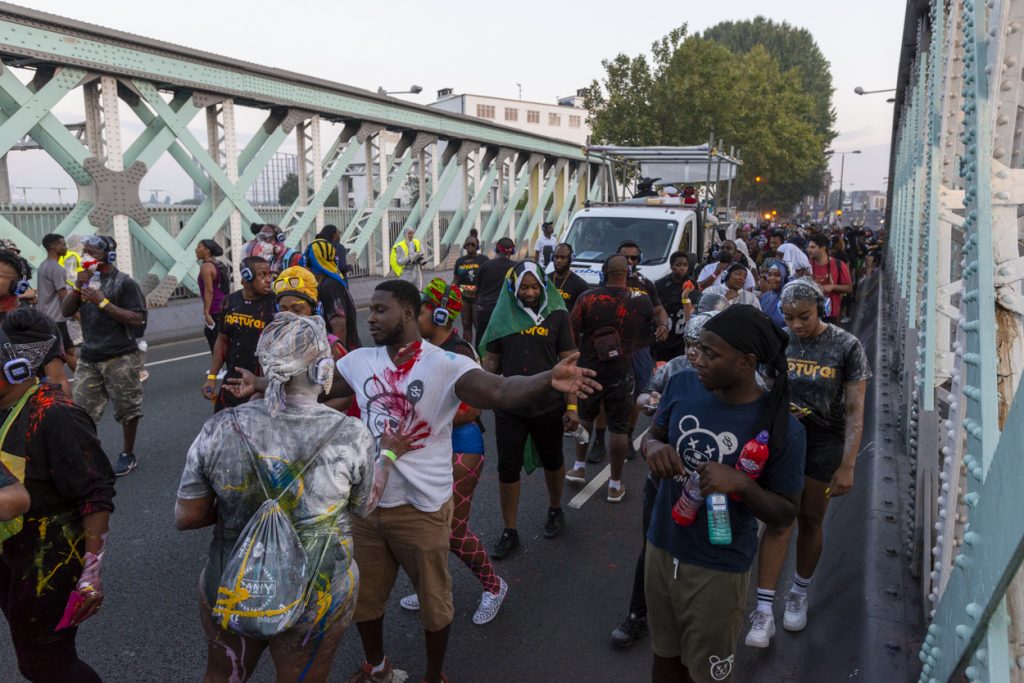
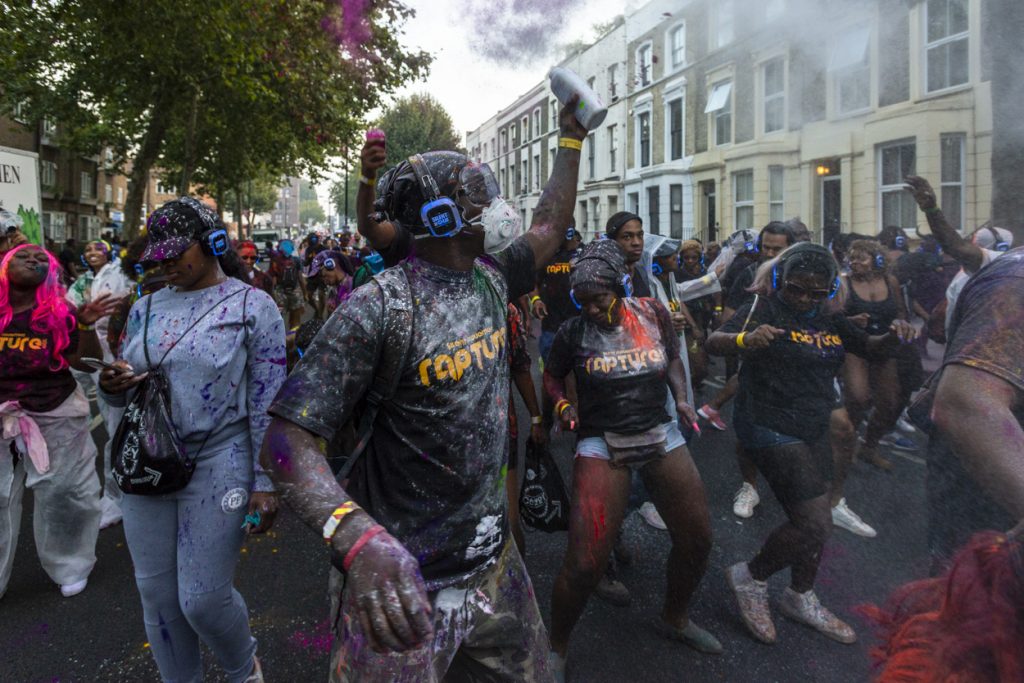
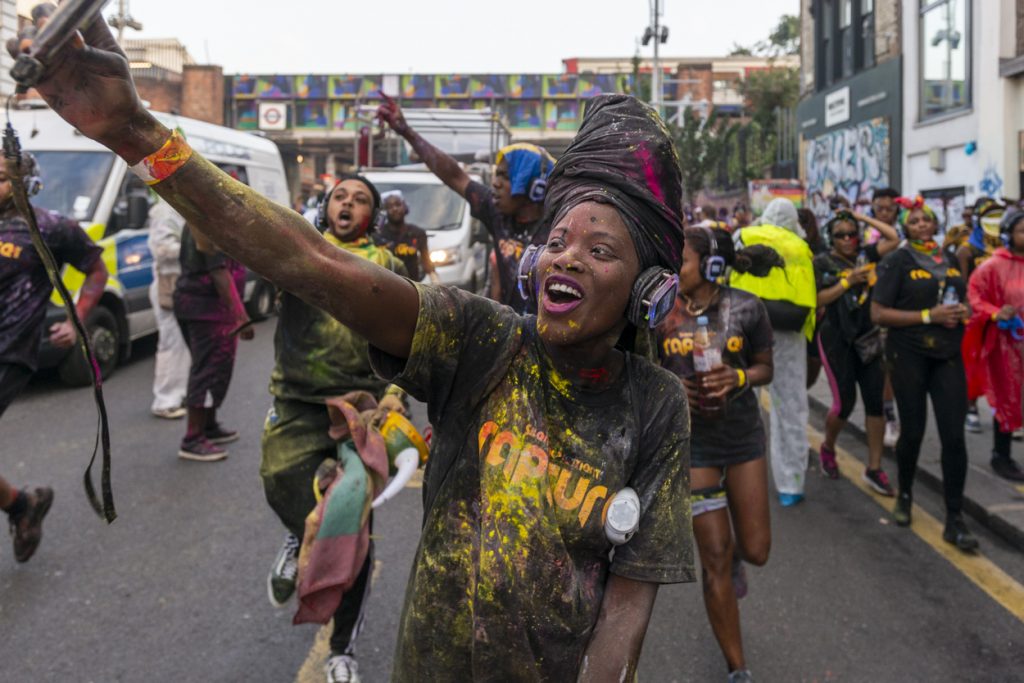
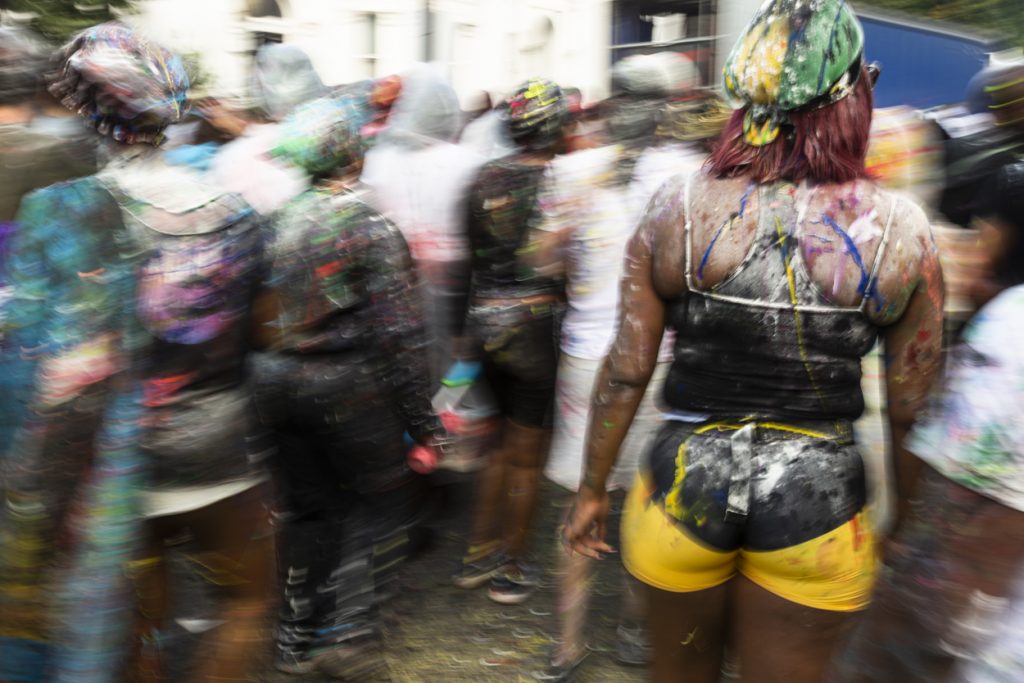
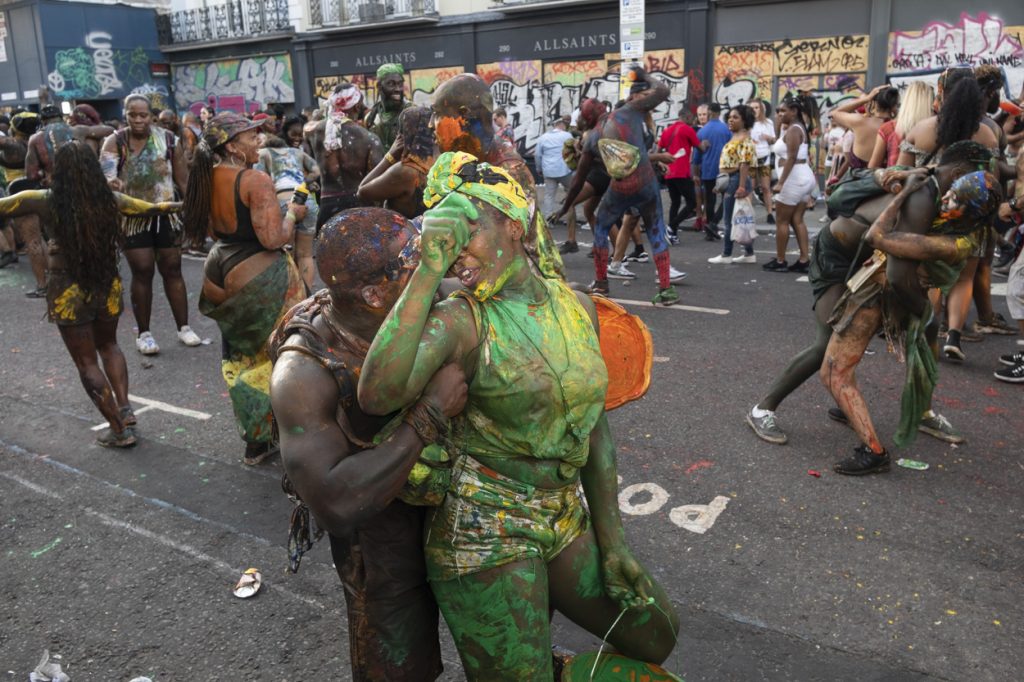
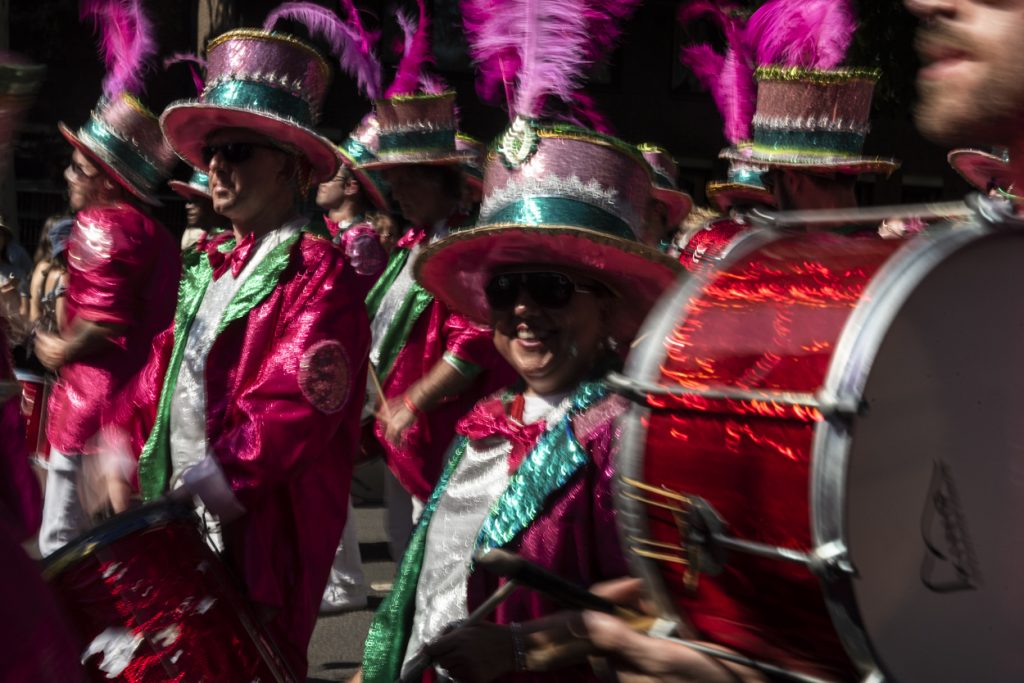
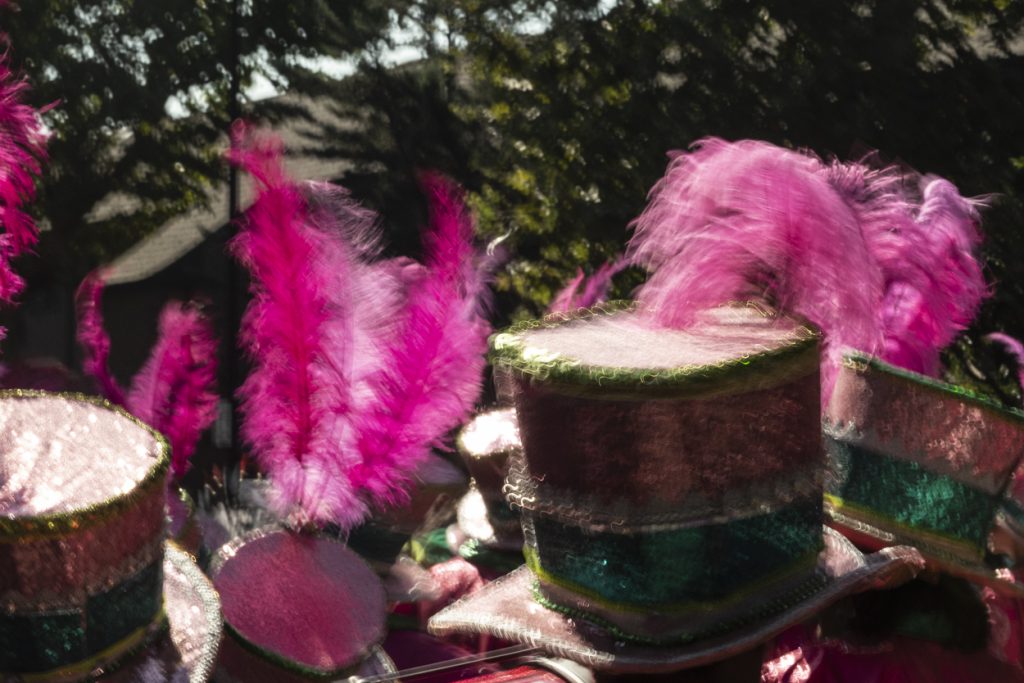
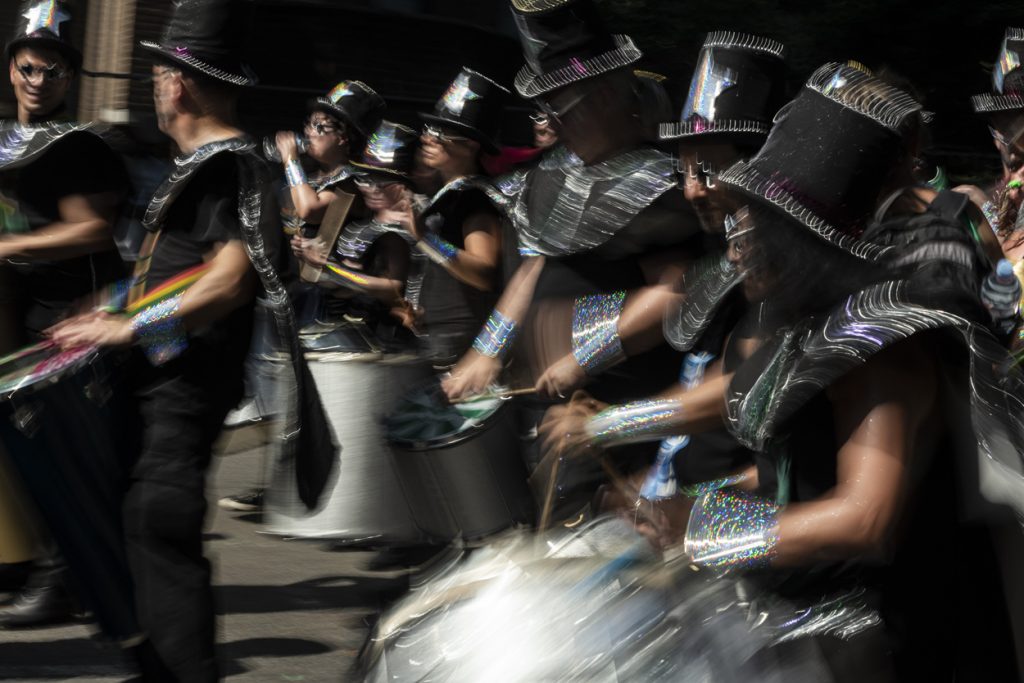
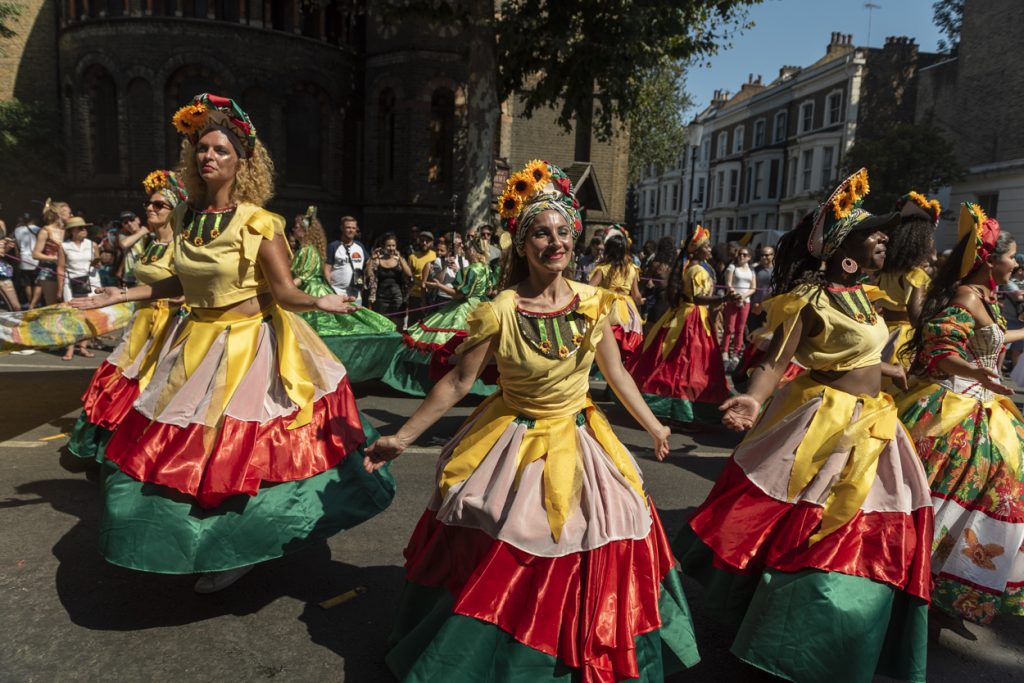
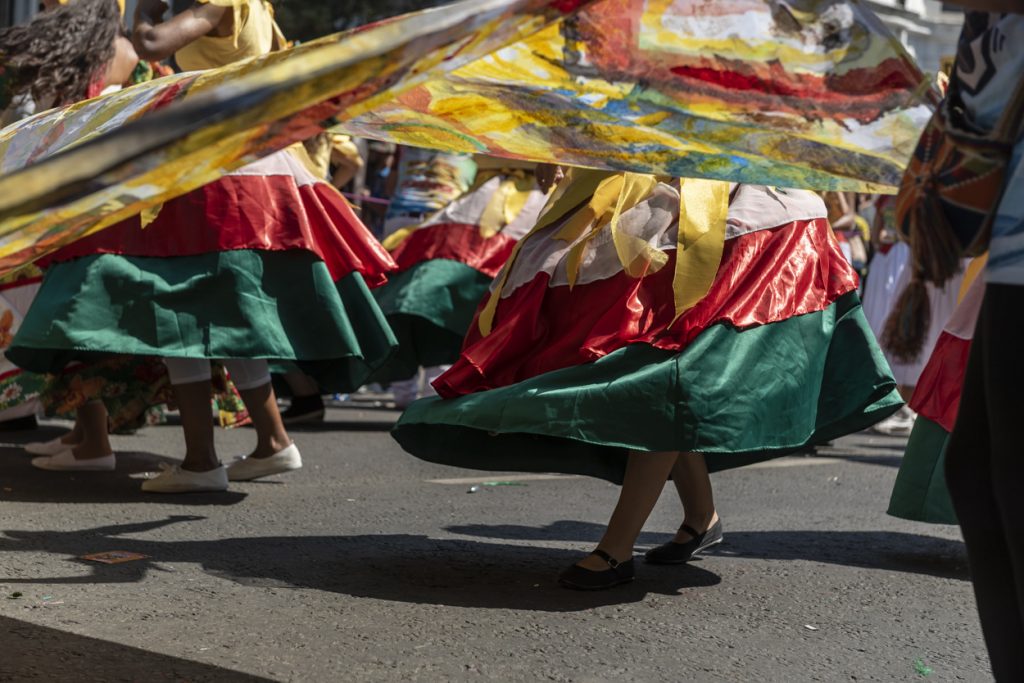
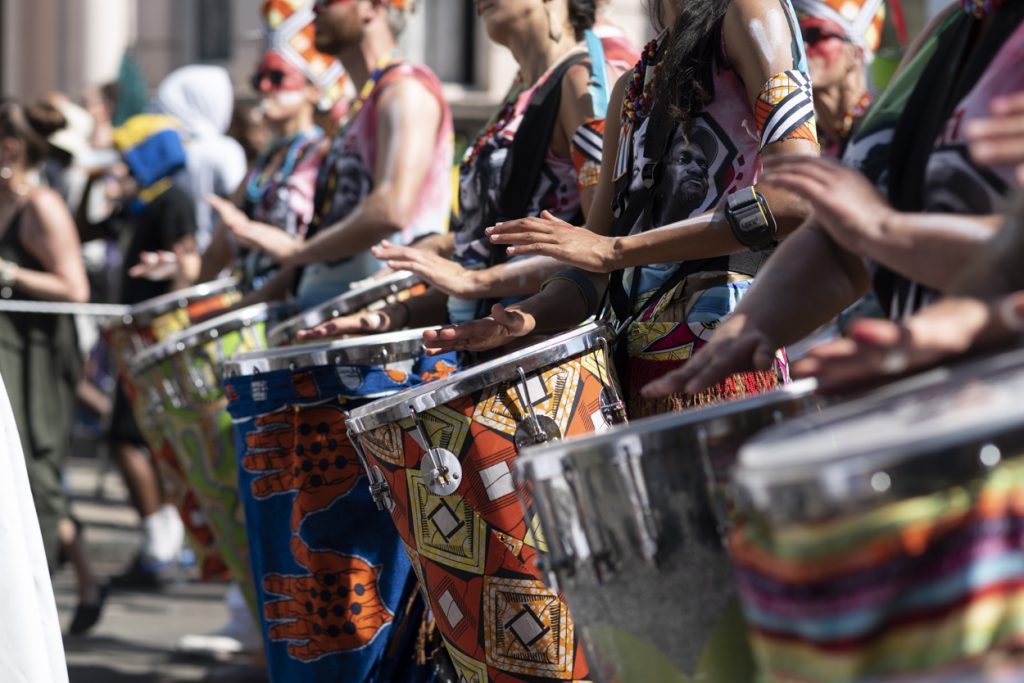
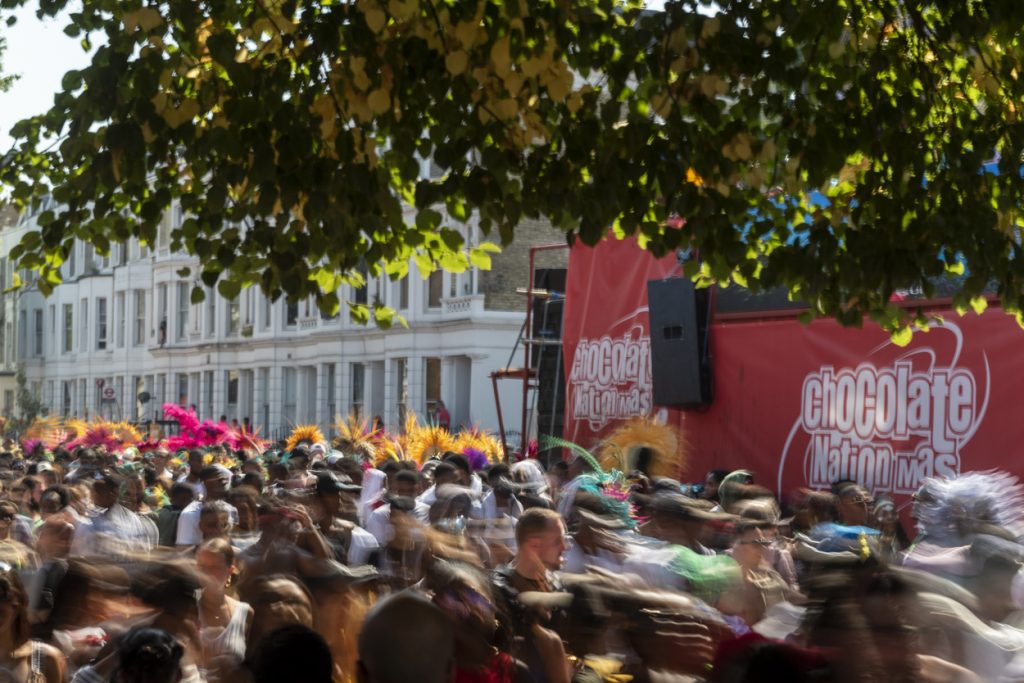
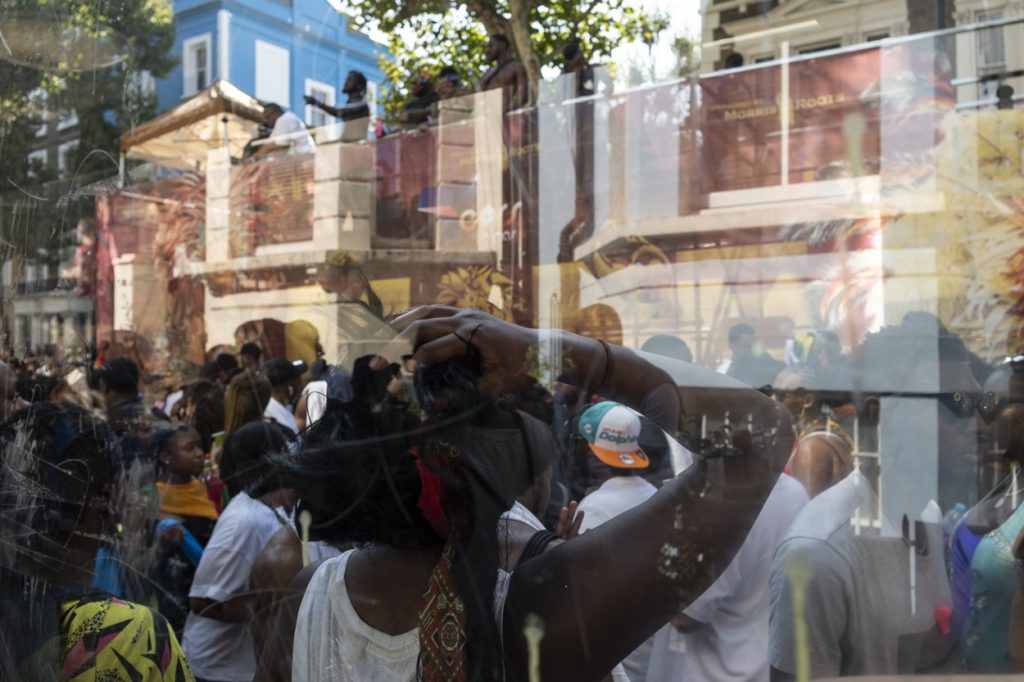
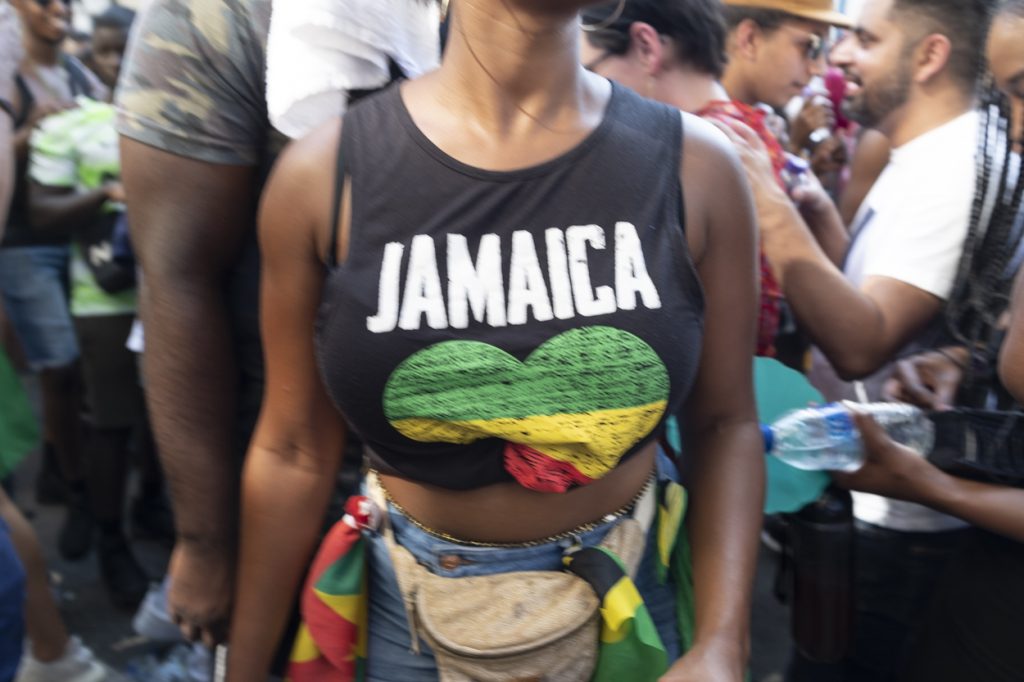
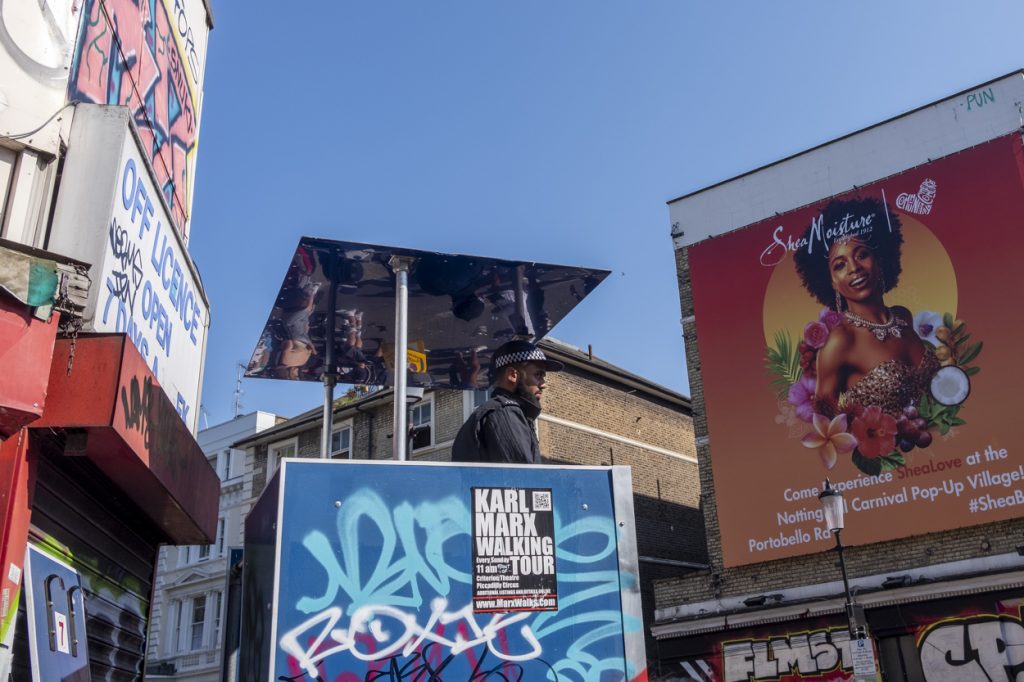
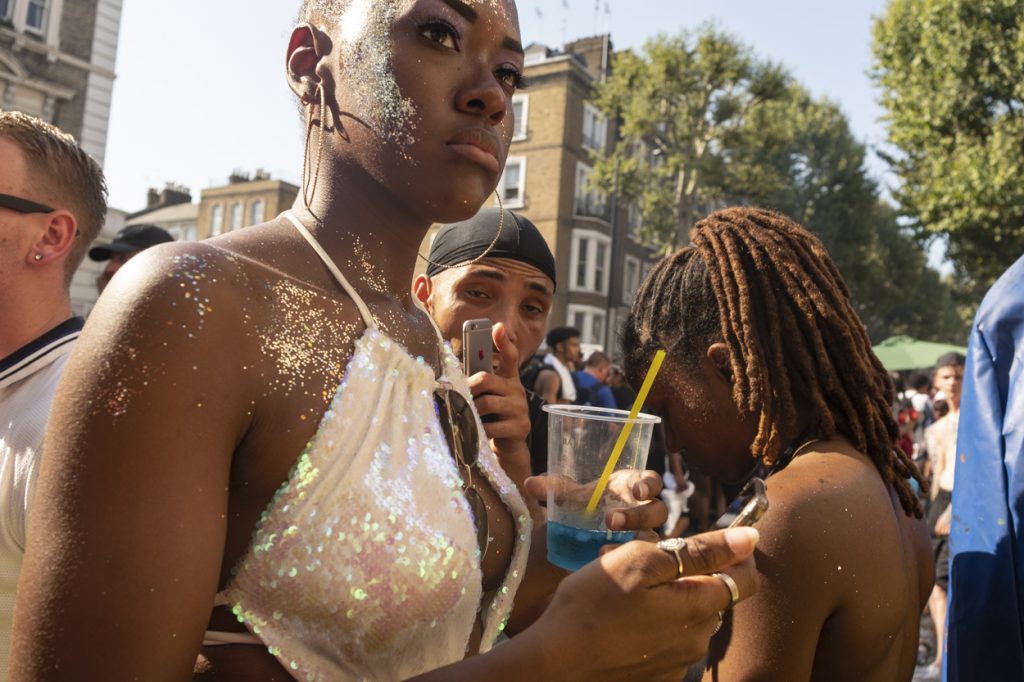
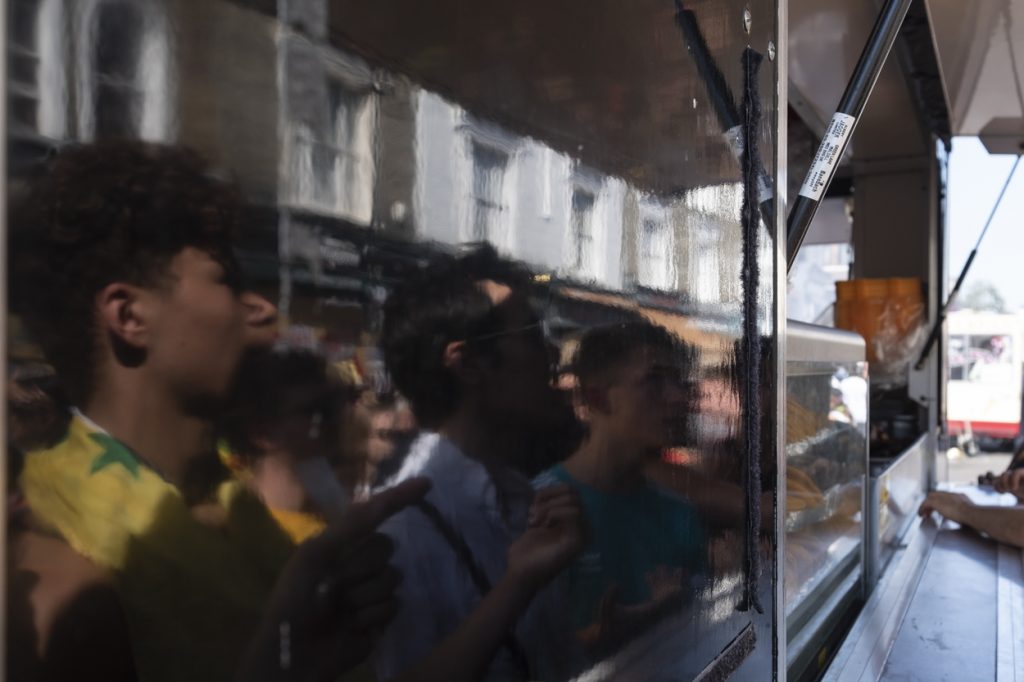
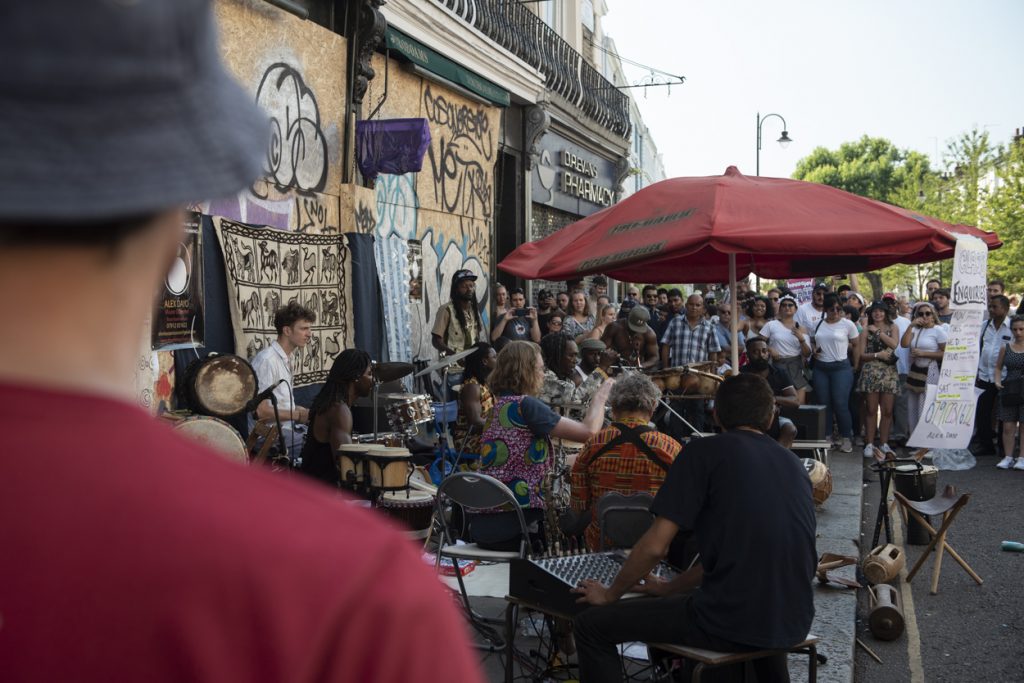
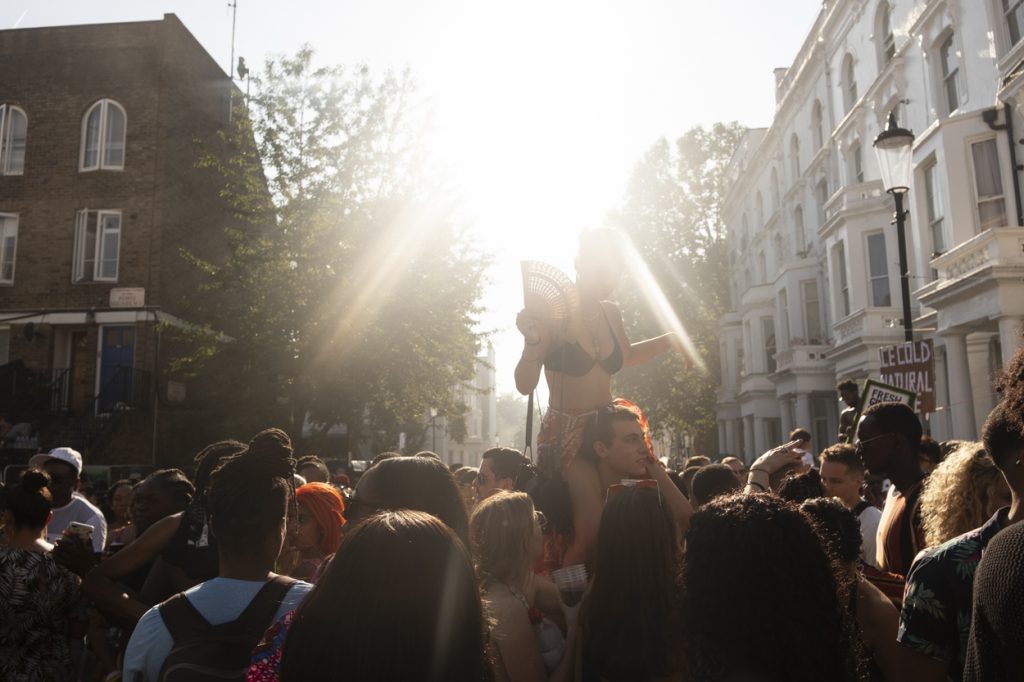
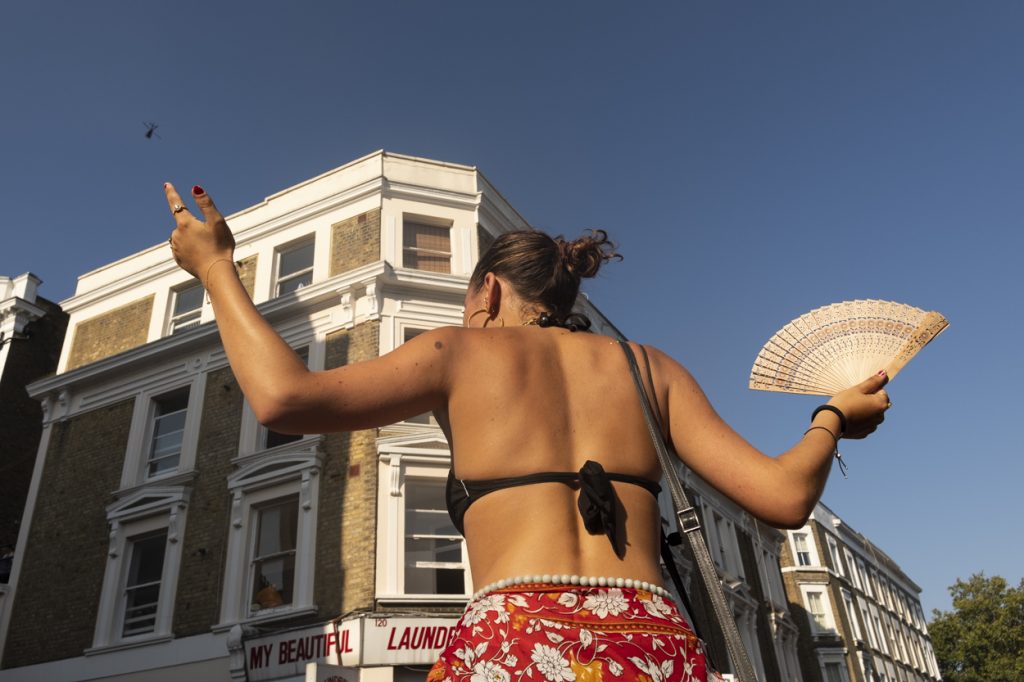
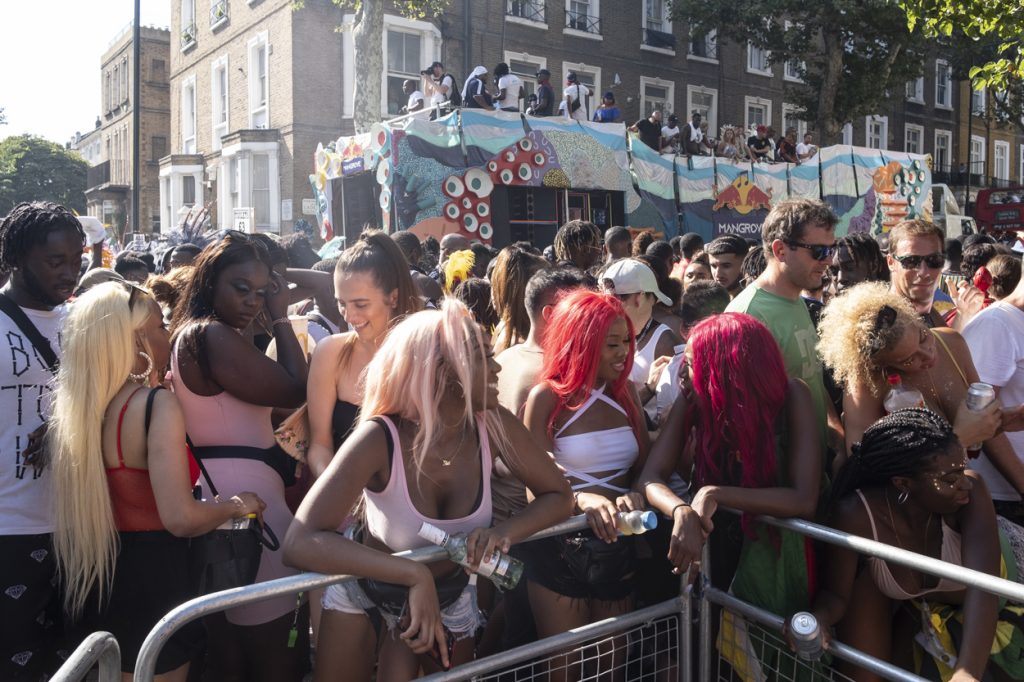
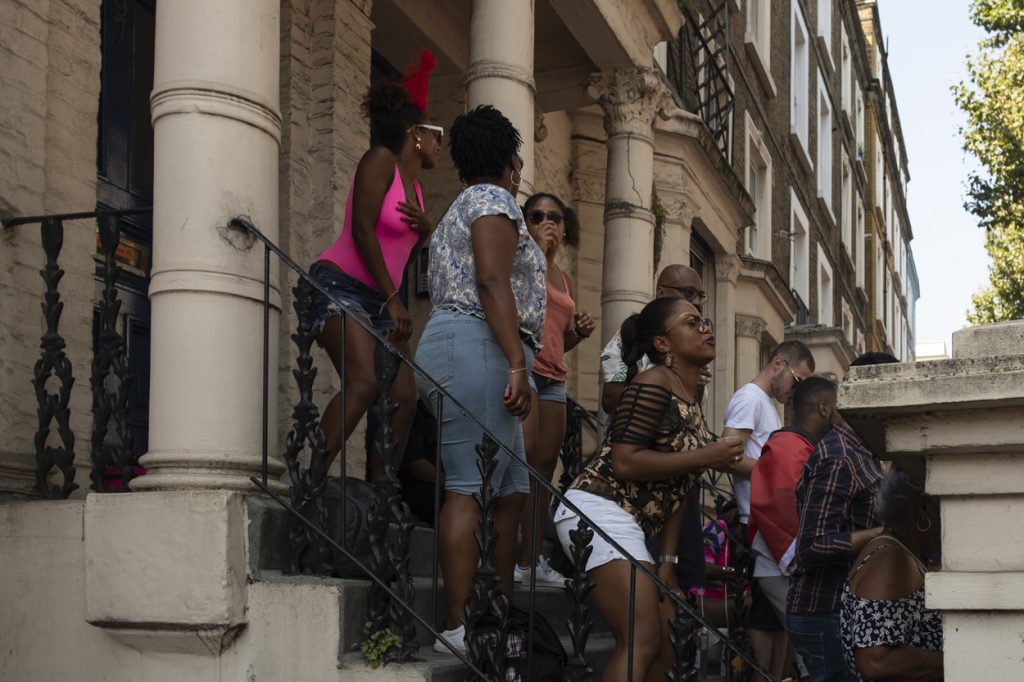
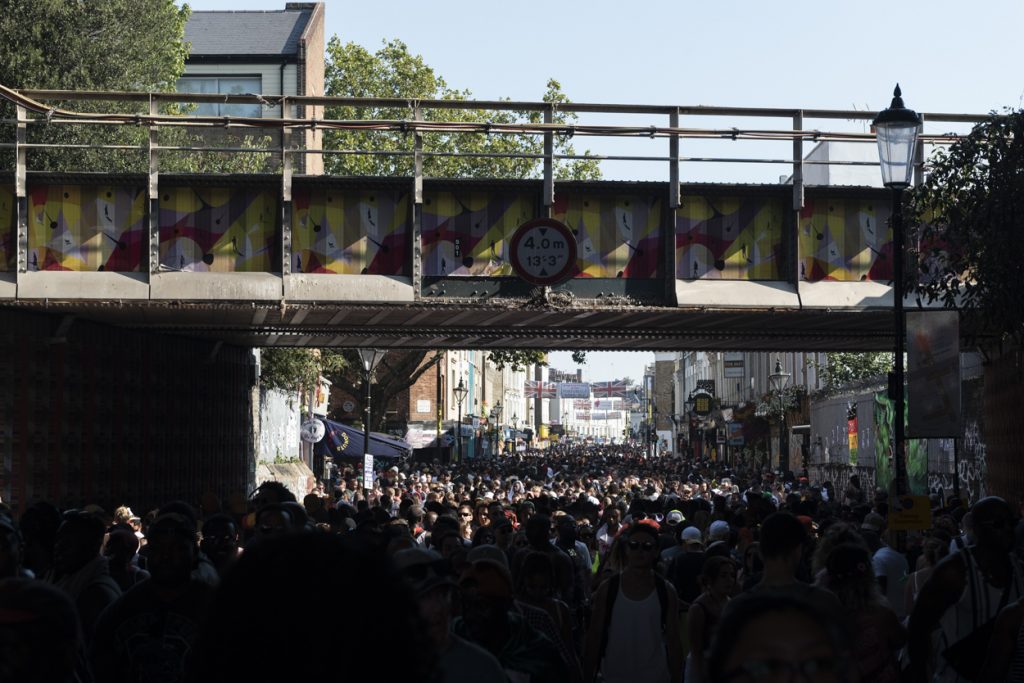
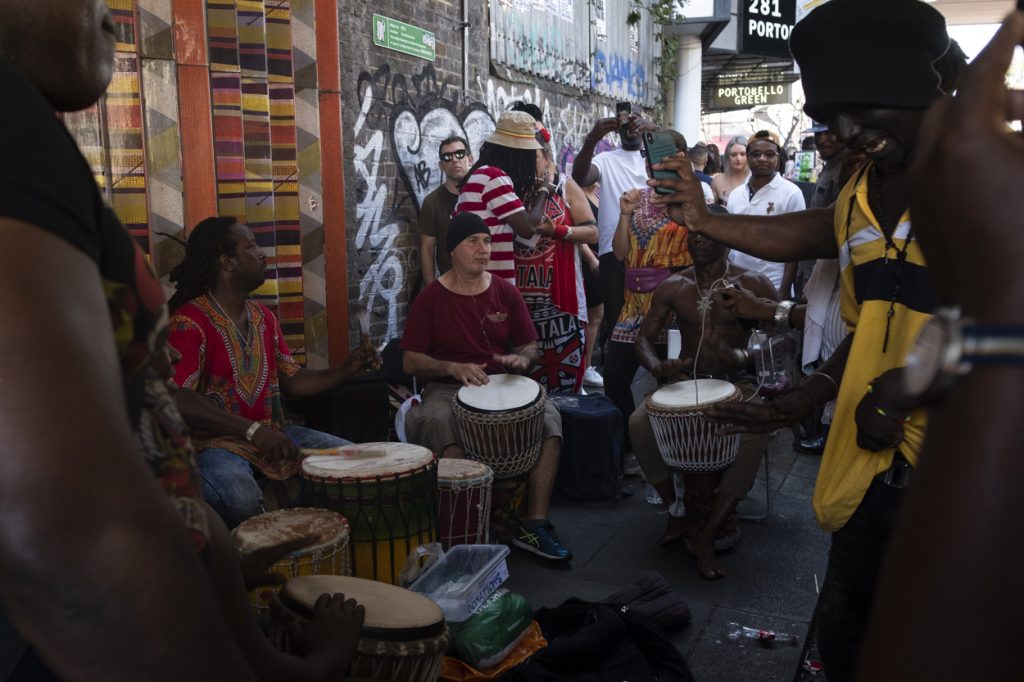
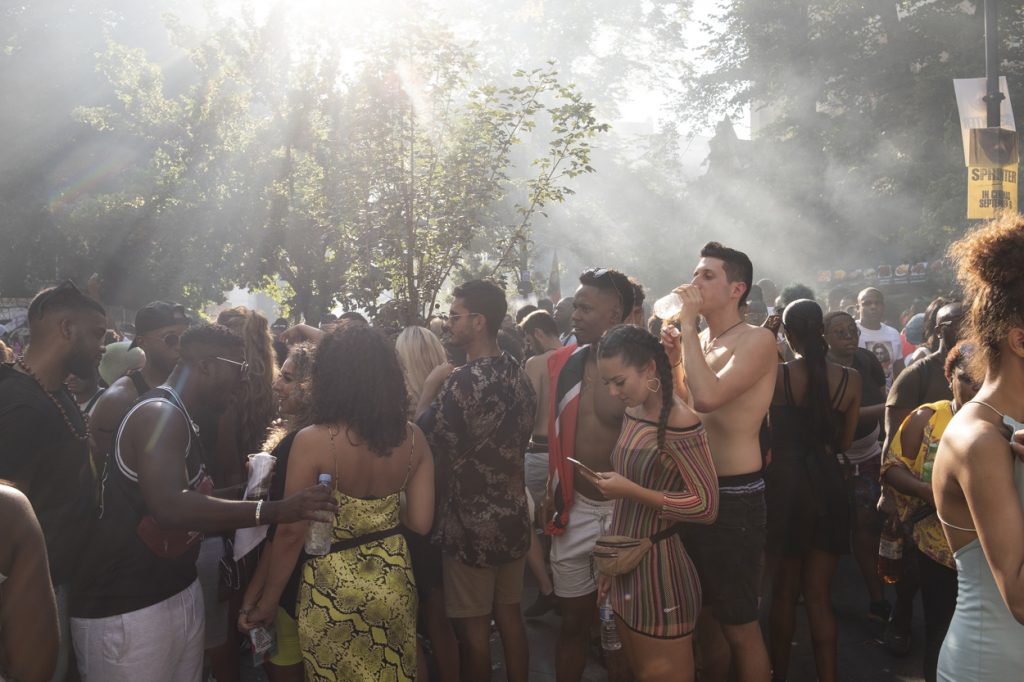
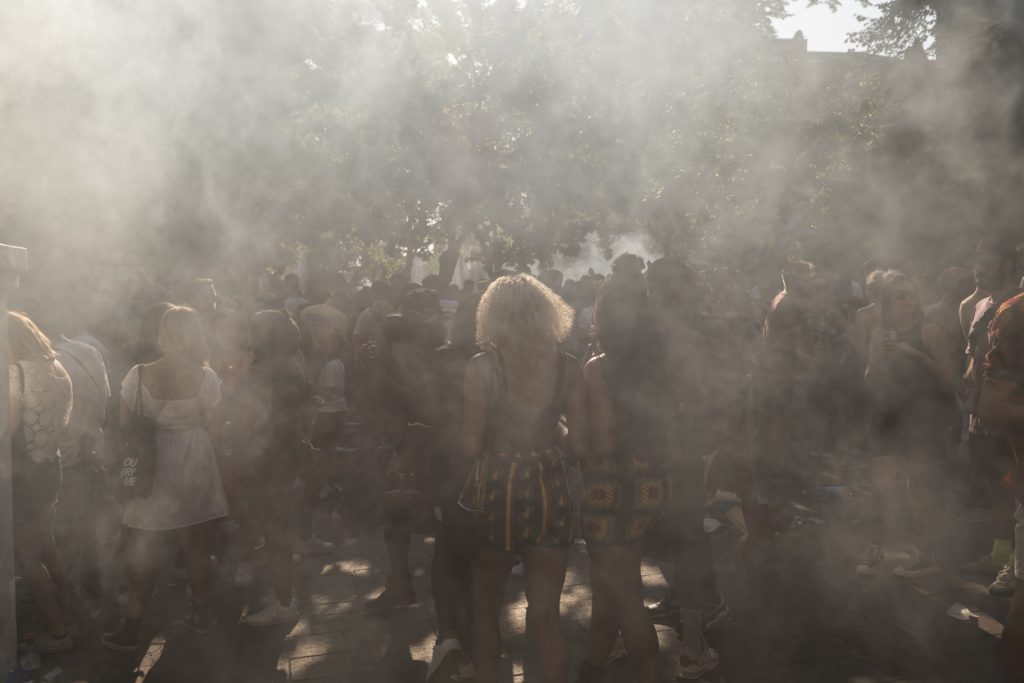
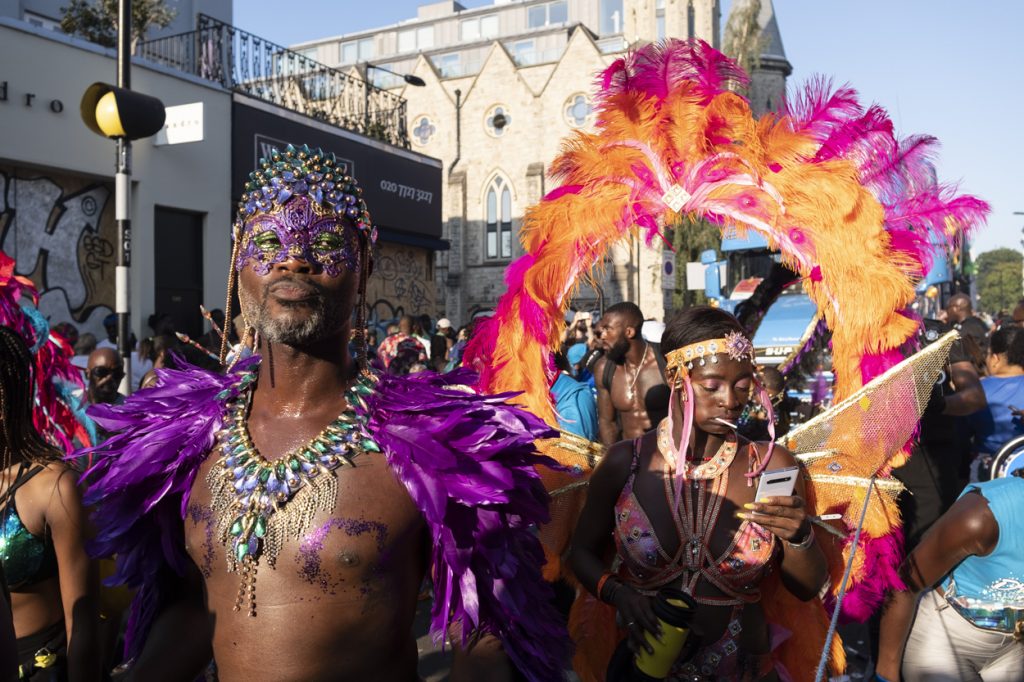
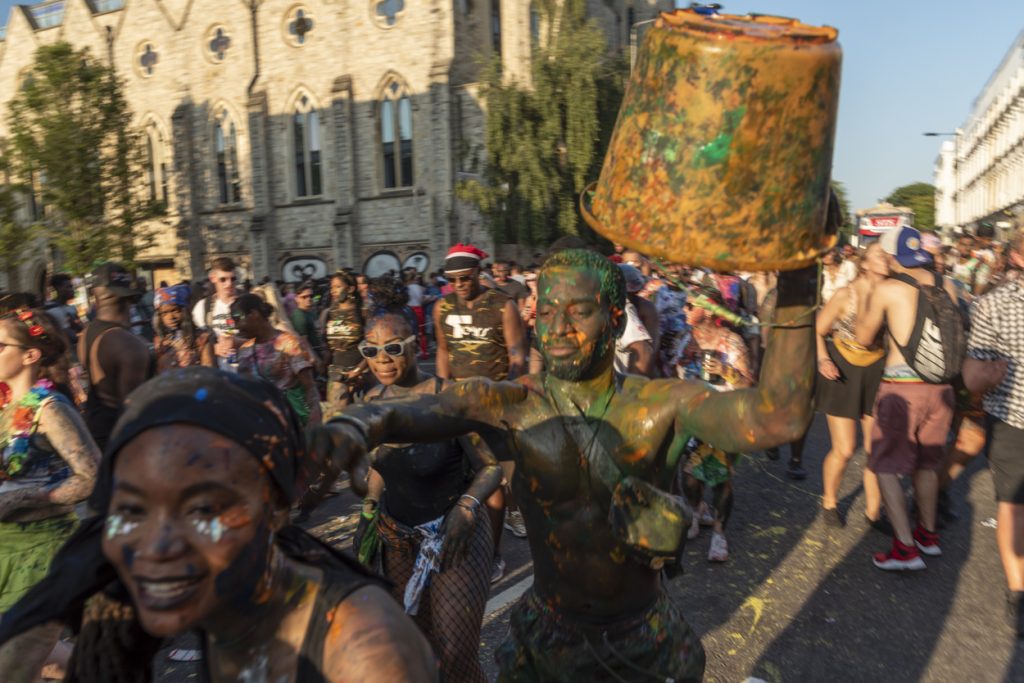
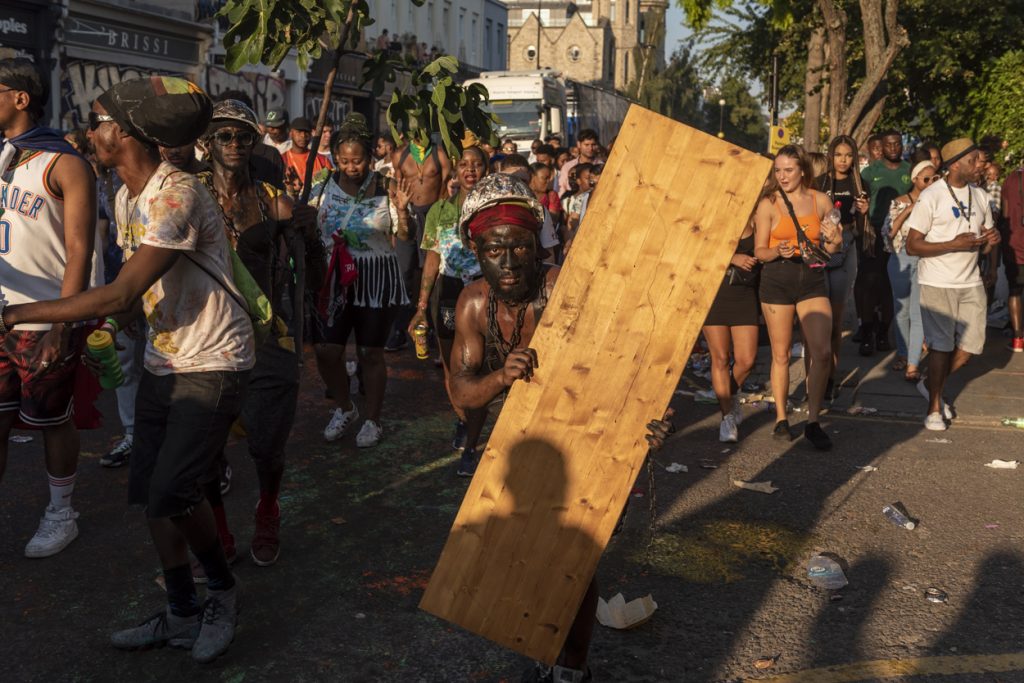
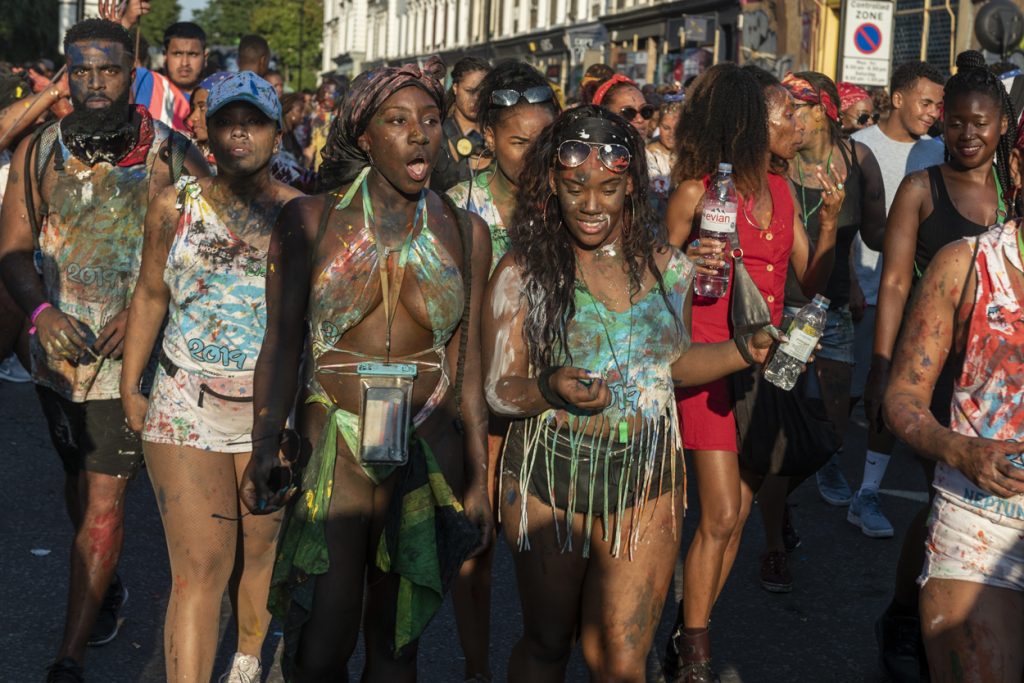
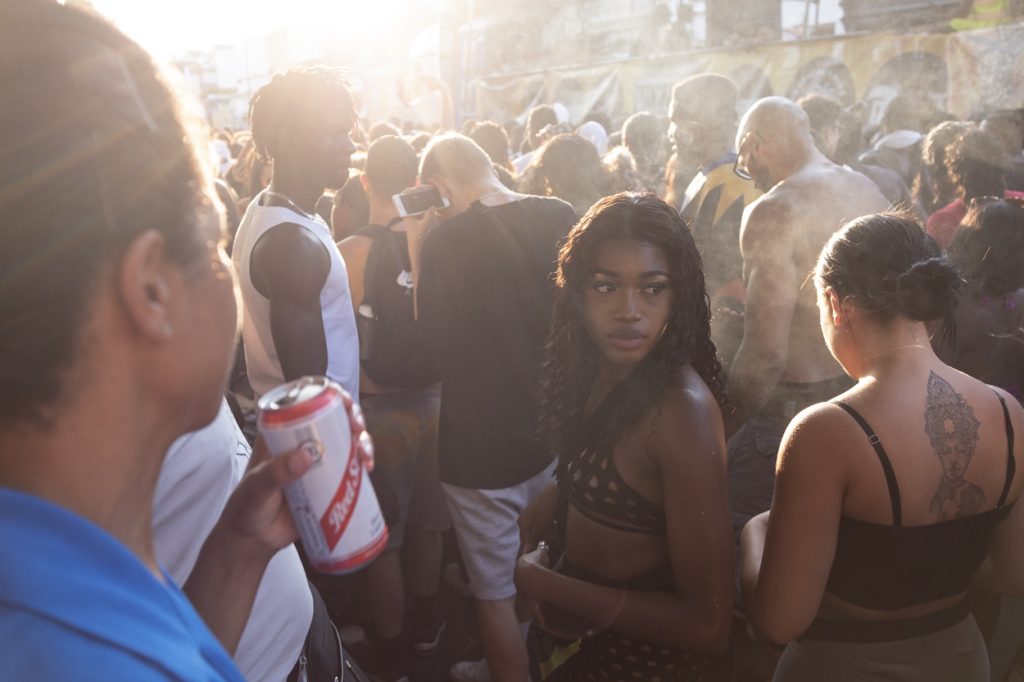
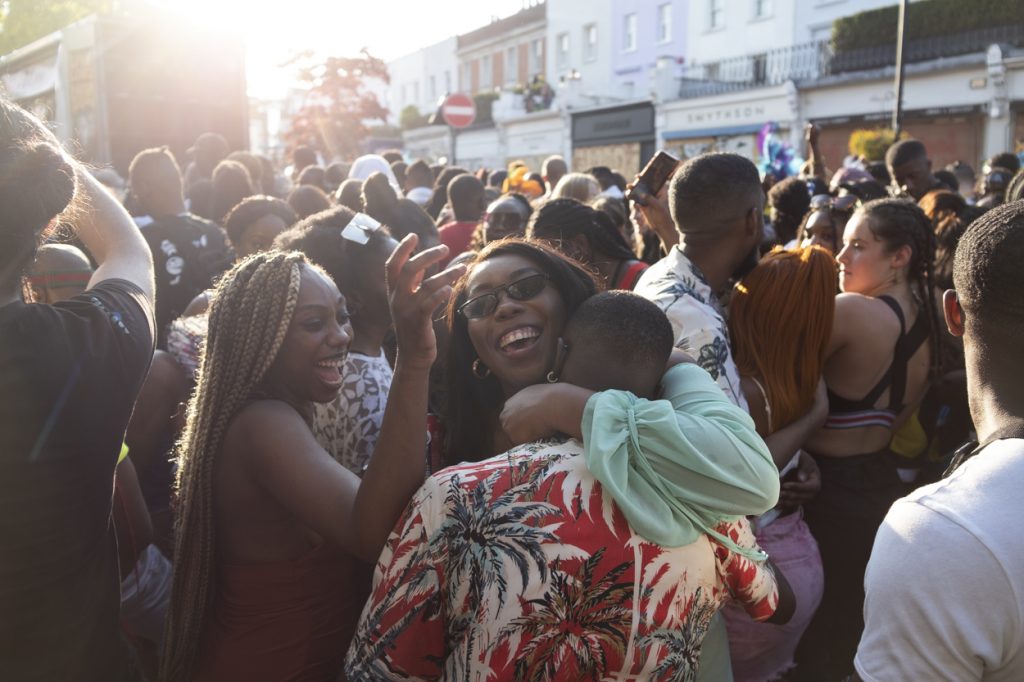
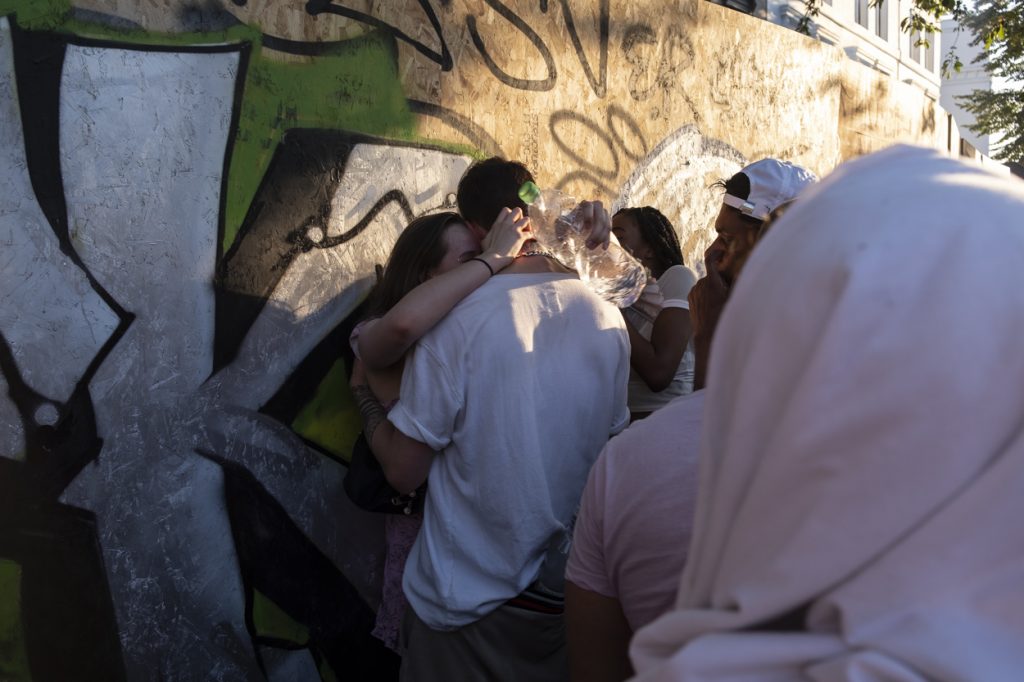
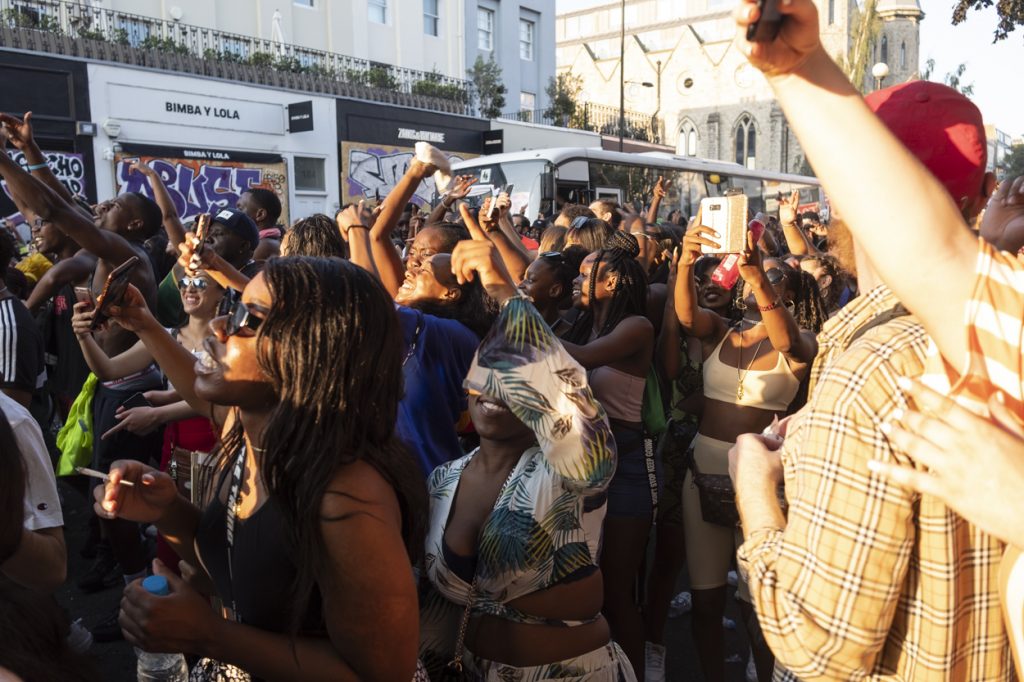
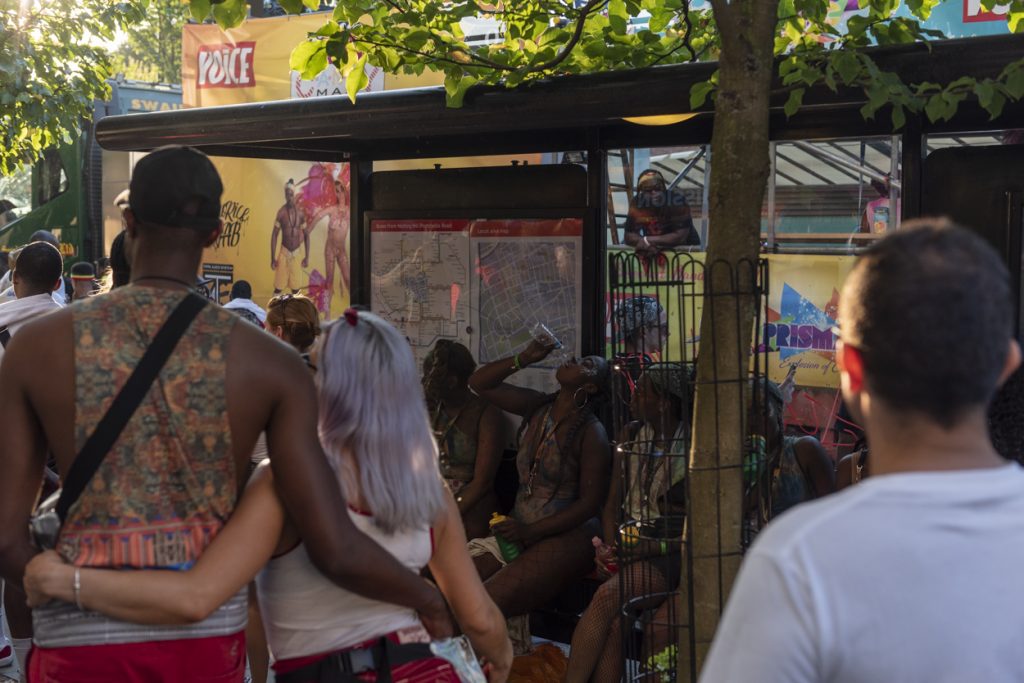
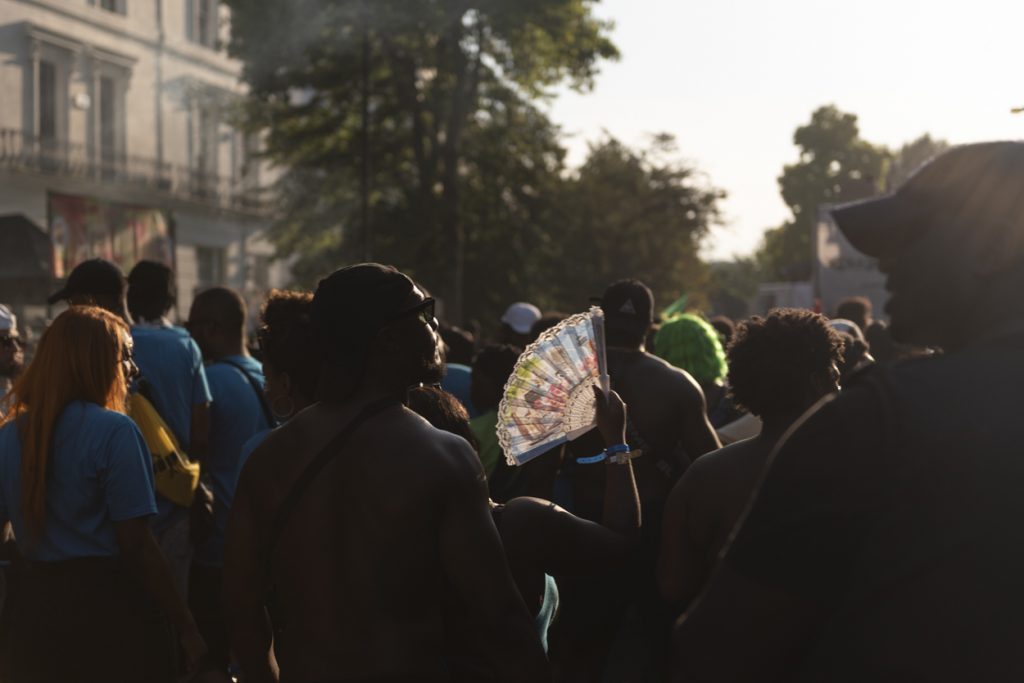
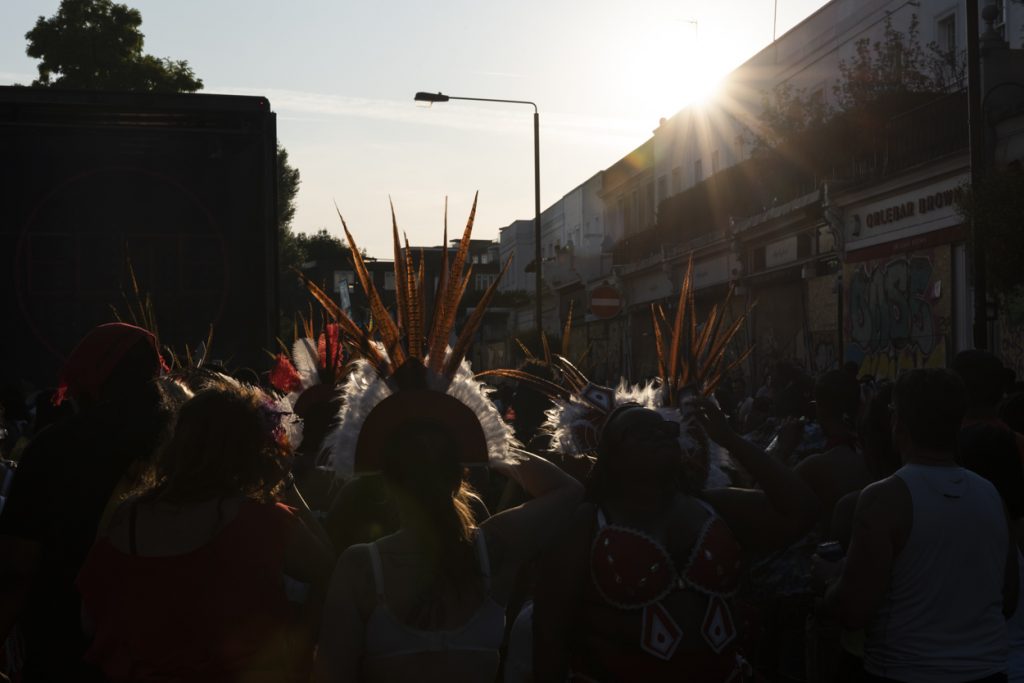
Once again, a great job from the Notting Hill Carnival organisers. https://www.facebook.com/NHCarnivalLDN/
Posted in Culture, Documentary, Editorial, Event, London, People, The Notting Hill Carnival, Traditions
Also tagged bands, Caribbean culture, Carnival, colorful, culture, energy, Event, family day, good vibes, Jouvert, London, mas, Notting Hill, Notting Hill Carnival 2019, samba dancers, samba school, street food, street party, Traditions |
Il Gioco del Ponte, Pisa, 2019
Commonly known for the Piazza dei Miracoli and The Leaning Tower, Pisa remains a town rich in culture, historical sites, and traditions. The month of June offers a number of events, such as the “Luminara”, the “Regatta” and the “Battle on the Bridge”, when thousands of people come to overcrowd the southern and norther banks of the river Arno, called “Lungarni”.
The Battle, which sees several neighbourhoods, organised in two main coalitions, the southern side of the river, or “Mezzogiorno”, and norther part, or “Tramontana”, and evokes medieval battlefields among factions in Pisa. The first edition of the game took place in 1568.
The overall game is divided into several stages. The historical parade, the formal opening of the battle, the challenges made by the ambassadors and the battle itself. The most picturesque part of the events are the historical parades, which start simultaneously on both sides of the river.
The sunset light is gentle on the beautiful medieval costumes. The Pisans have arrived in great numbers, sitting and standing on the parapets along the Arno. Everything is well organised for a family-oriented event. The “Gioco del Ponte” begins under the sound of the troops marching and drumming along the Lungarni.
I have chosen to follow the “Tramontana” coalitions as the troops pass by the popular street of “Borgo Stretto”, one of the most characteristic and picturesque sites at the heart of Pisa, with coffees, restaurants and the authentic fruit market. The Borgo Stretto is where the social life happens, where the university night life takes place, where curious tourists are willing to discover the town beyond the Duomo, where to enjoy the stunning sunset on the Lungarno.
The overall historical parade consists of twelve teams, each one representing a different faction of Pisa. Each has its own motto, costume, drummers, warriors, and captain. They walk by the Arno to finally gather at the opposite side of the main bridge or “Ponte di Mezzo”, where the battle will begin. From there, a “challenge” is made deciding which team is going to fight next. In return, the ambassador from the opposite collation will announce the opposing team.
The actual battle happens in the middle of the bridge, where rival teams compete to “conquer” the bridge by pushing against each other a special trolley which moves on the track. The winning team is the one who makes the other team retreat, by triggering a flag at the end.
As in the medieval battlefields the troops needed to be highly trained, so are the man pushing the trolley. Physical strength alone is not enough to succeed. Mental preparation and a strategy under the command of a team captain are needed to win a battle. In the hierarchical organisation of the game, the captain is the charismatic leader the team relies on. Some have been leading a team for many years collecting memorable victories.
Six battles might not seem a lot, however a single encounter might last for many minutes of exhausting and strategic push-retreat-push. This was the case this year with the last fight, lasting for about twenty minutes, which sees the strongest teams from both sides. The awaiting during the push is nerve wrecking for the supporters on both sides, as the trolley does not seem to move to any directions. Supporters’ cheering blends with the noise of the drums.
A last final push and the overall victory this year goes to Tramontana. As the game is over, supporters pour out to the streets to celebrate with the winning coalition.
The Gioco del Ponte is a source of great pride in Pisa, and it is supported by the “Amici del Gioco del Ponte” association, committed to support the game with awards linked to the best roles and costumes.
It is much more that a game. It is love, respect and celebration for the Republic that Pisa once was. The town was a power in the Mediterranean at the time of the Maritime Republics. Not by chance, the overall motto of the Gioco is “Vinca Tramontana o vinca Mezzogiorno, sempre Pisa vincera’“ (translates like – whoever wins between Tramontana and Mezzogiorno, Pisa will always win). The greatness of Pisa always win.
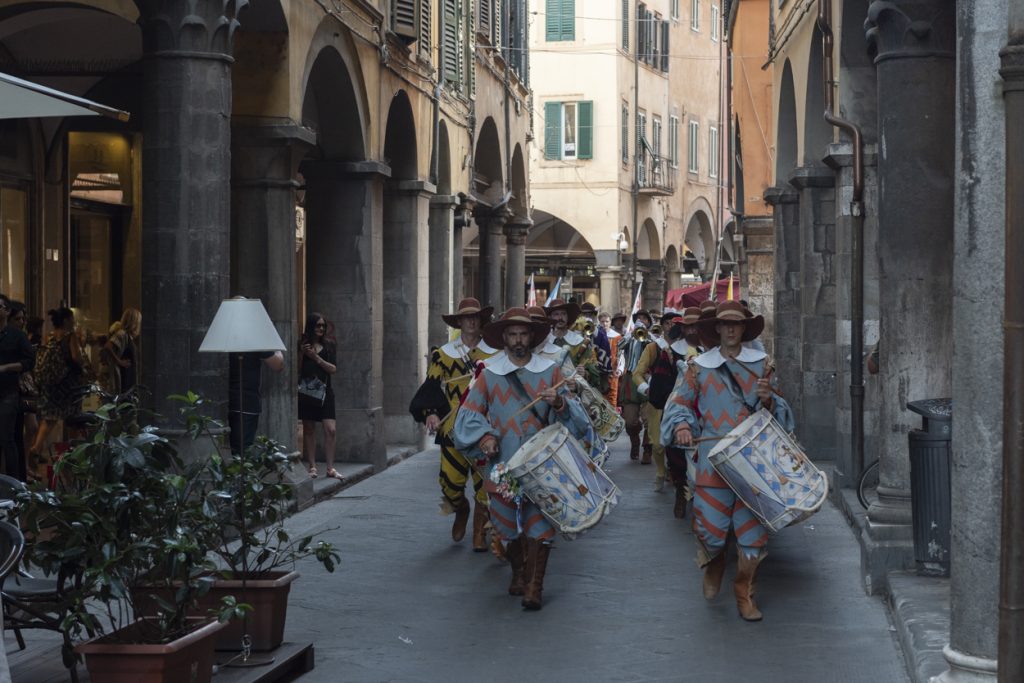
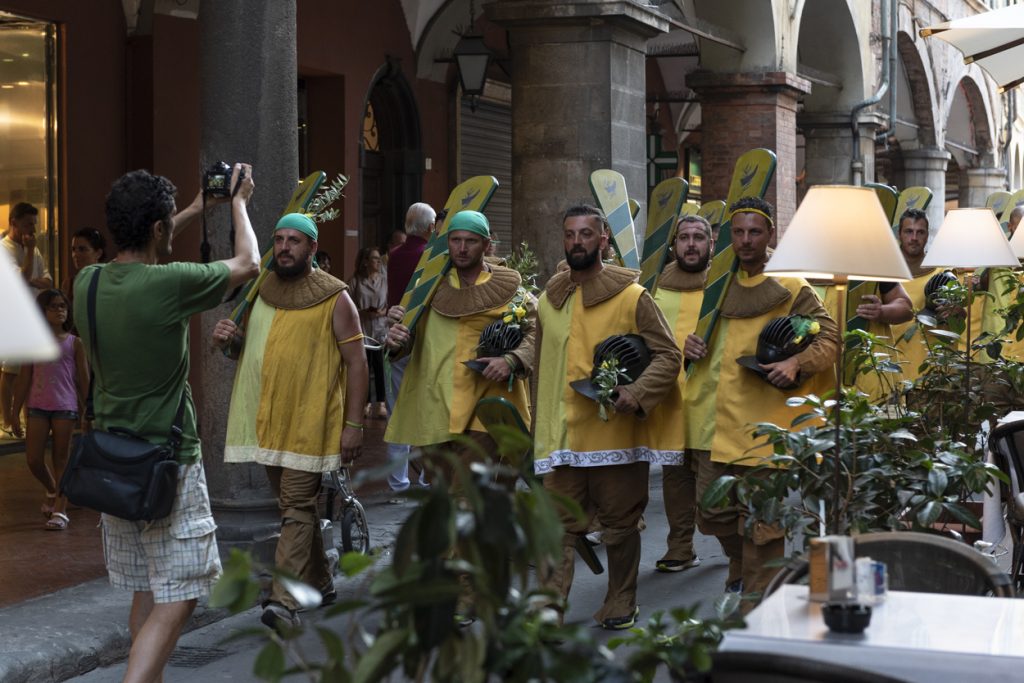
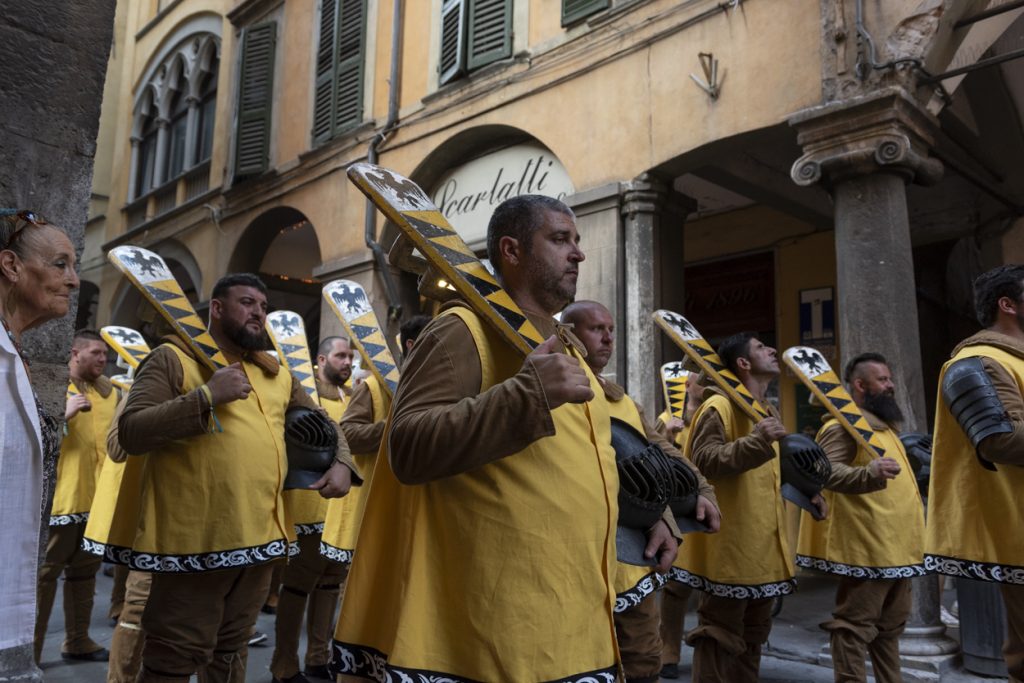
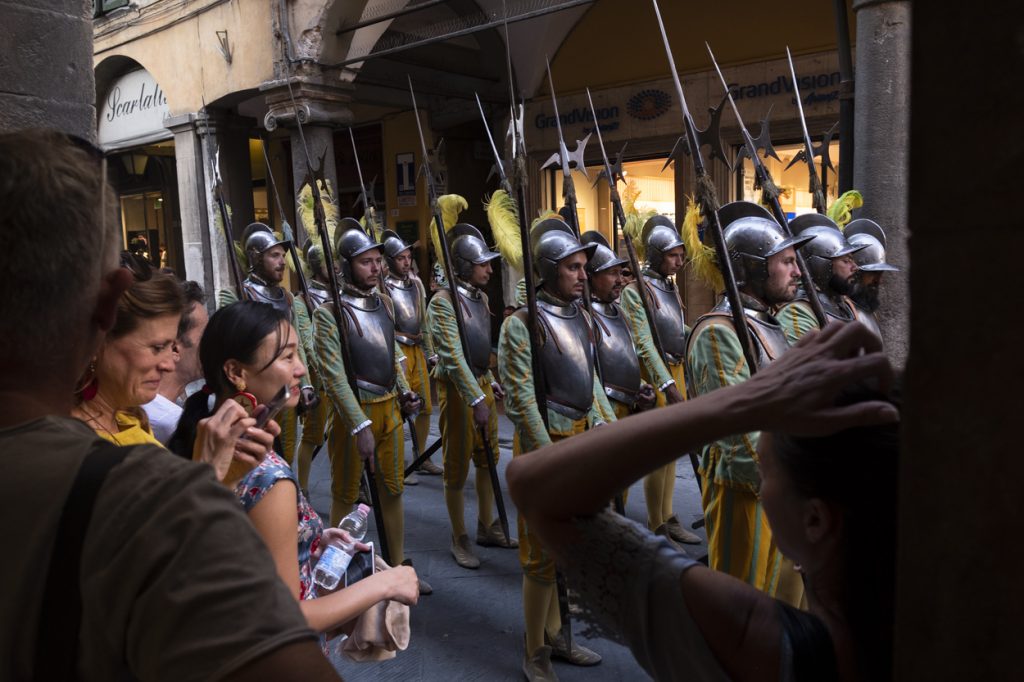
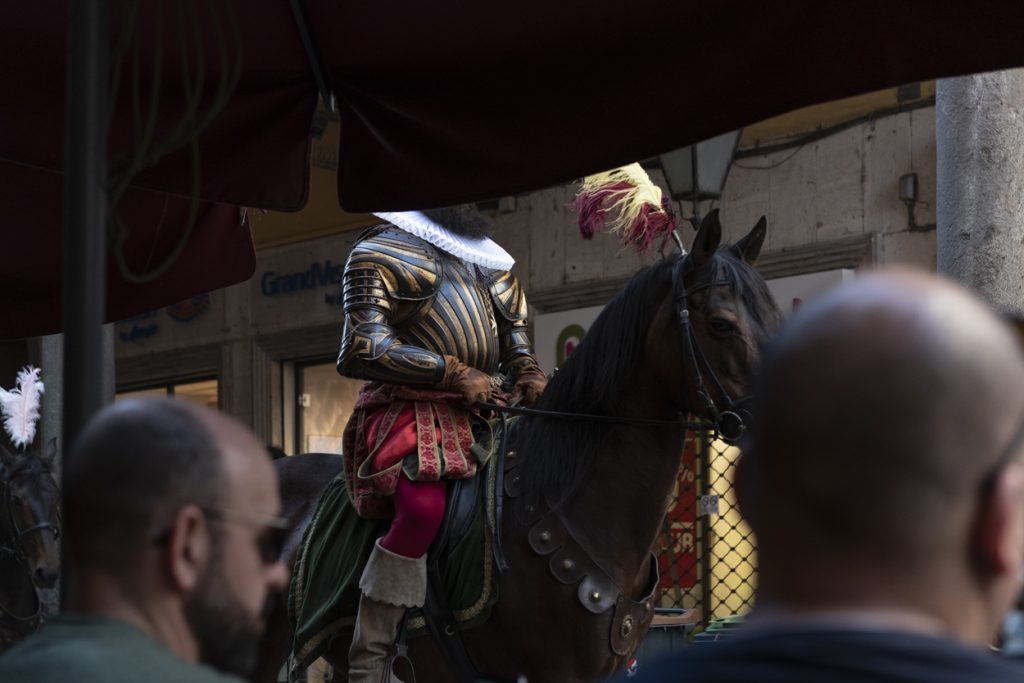
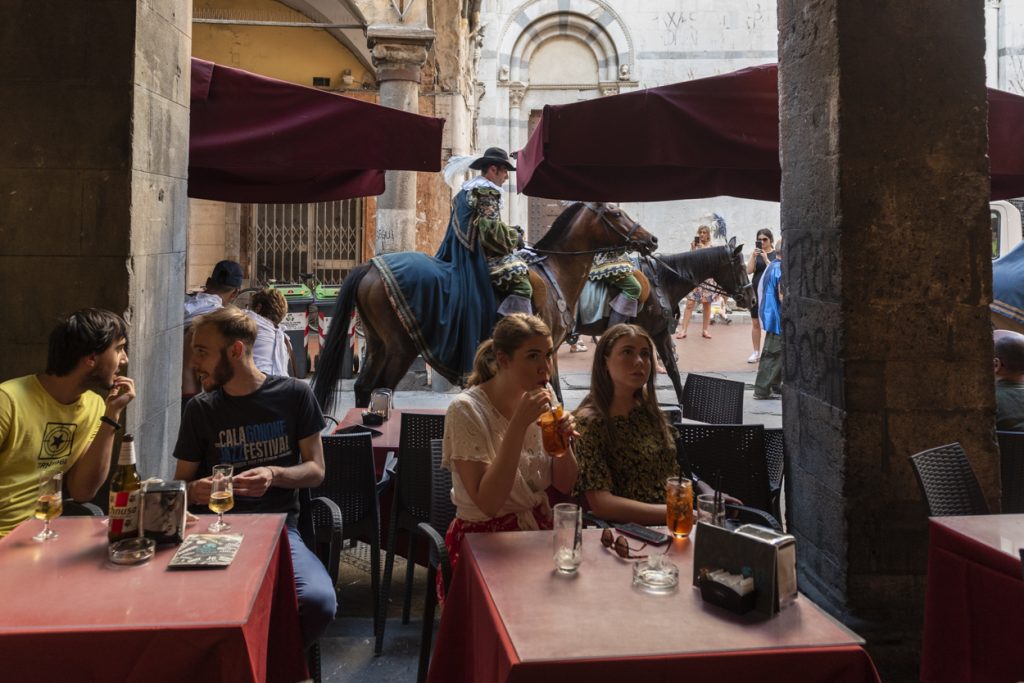
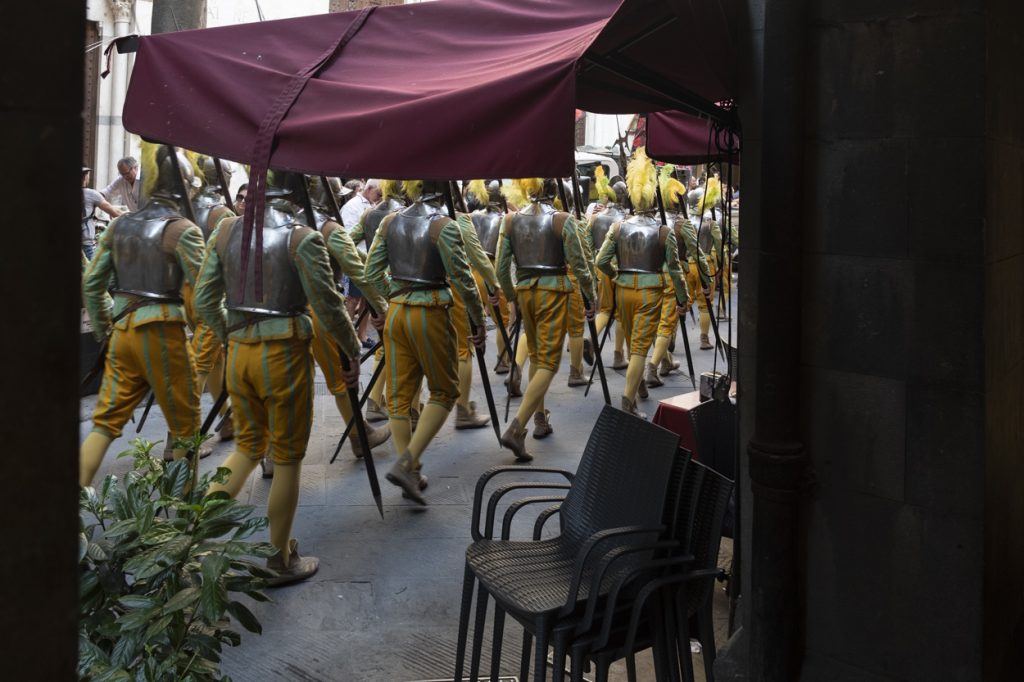
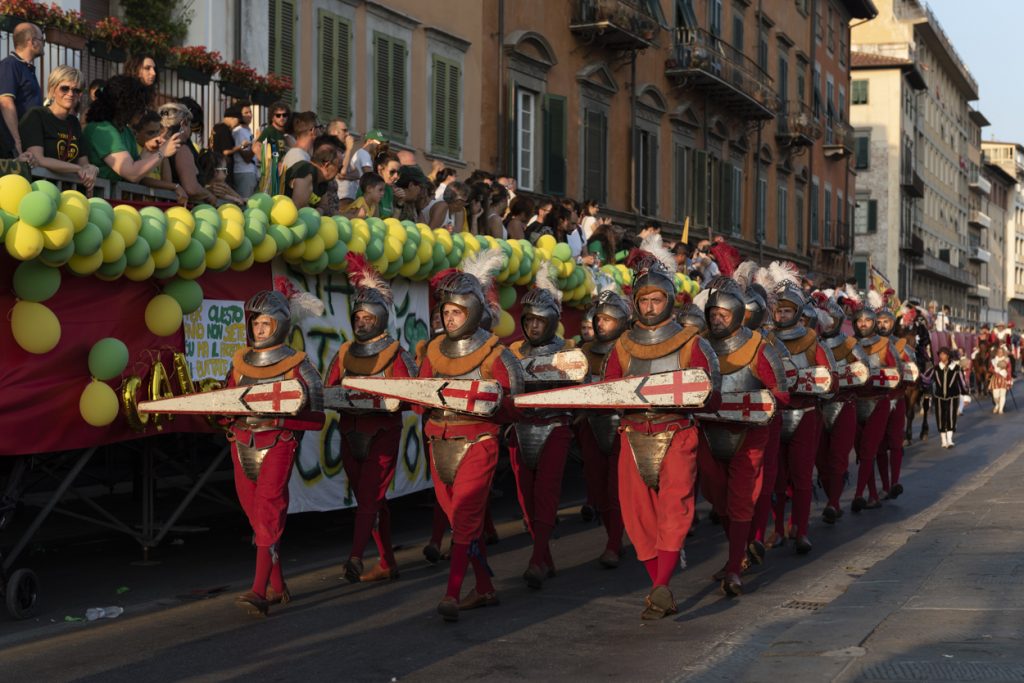
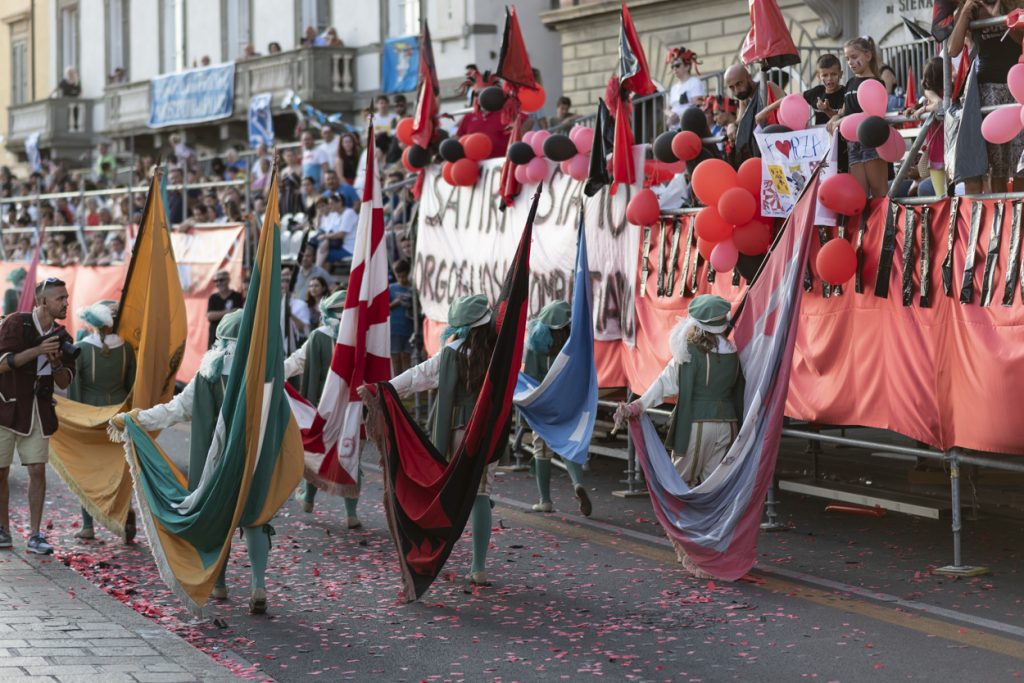
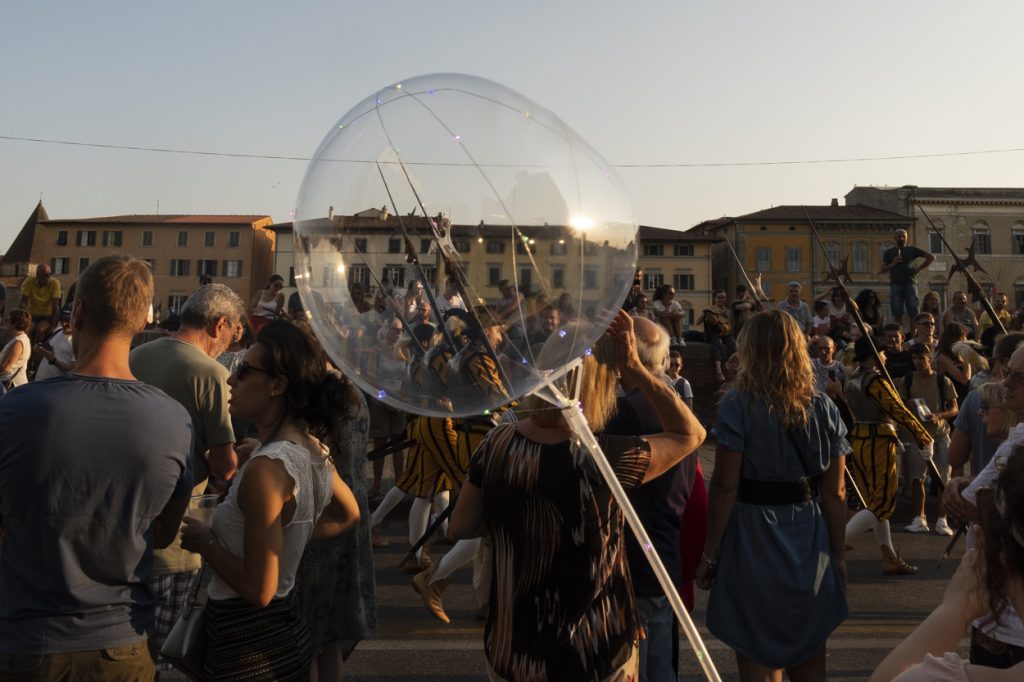
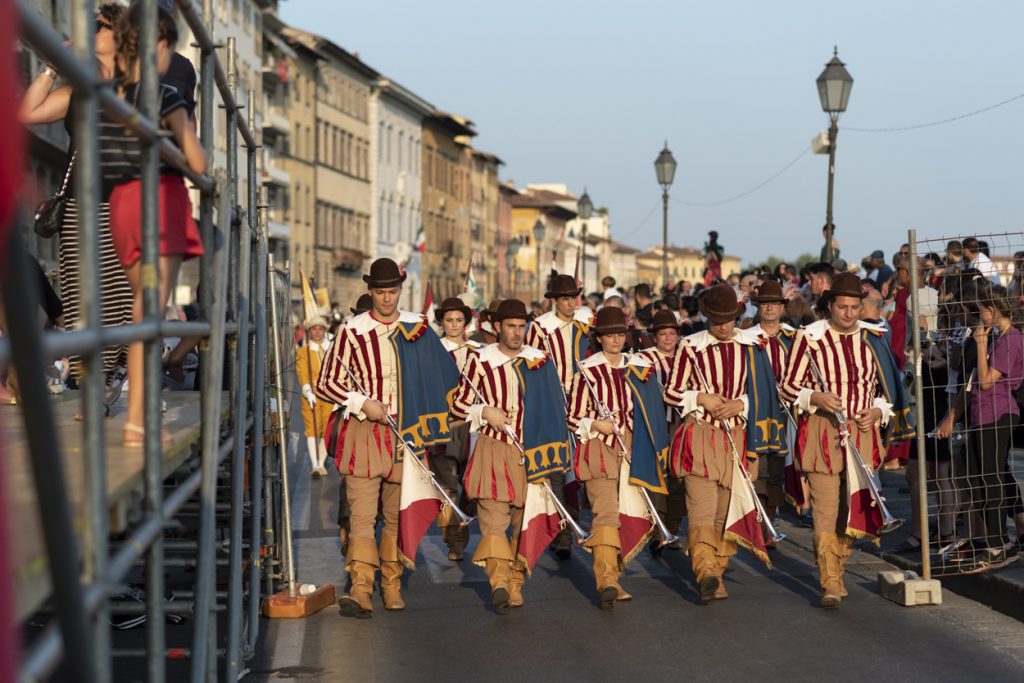
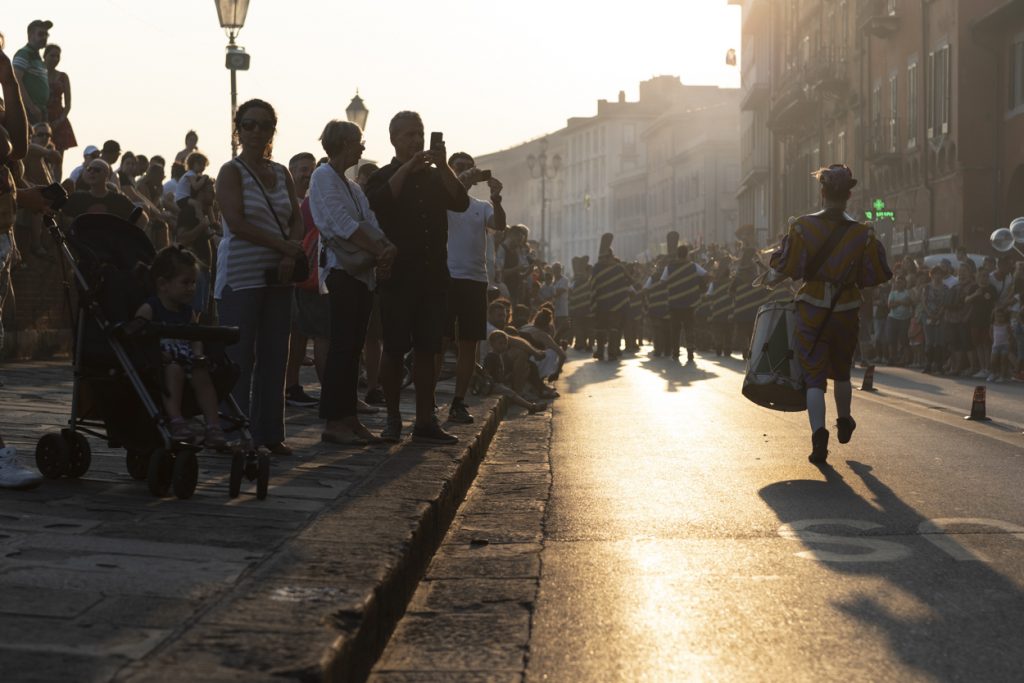
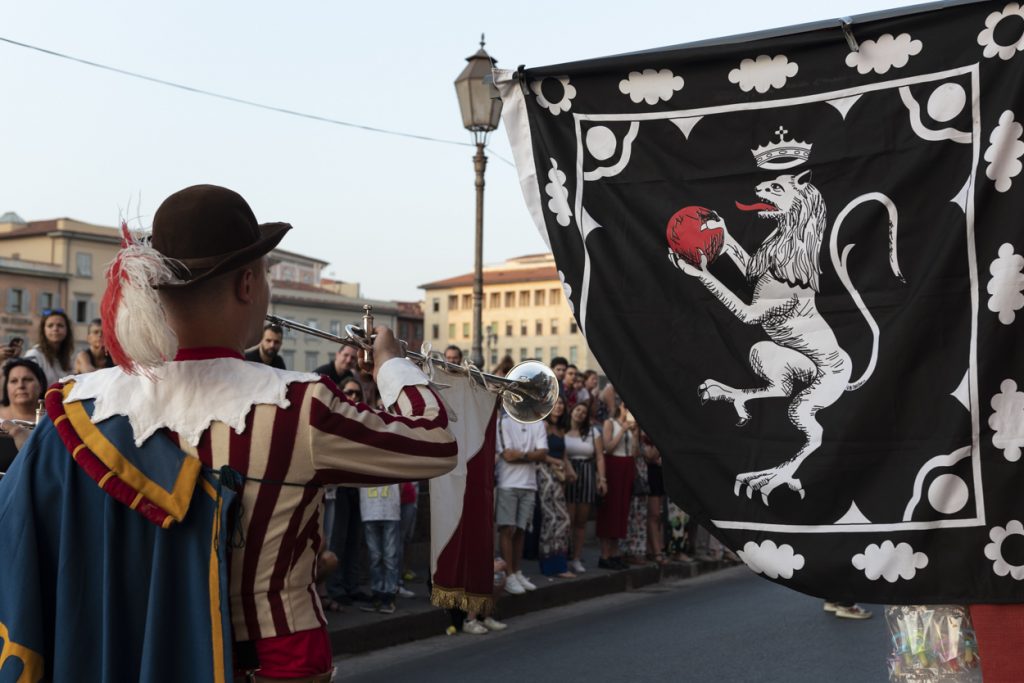
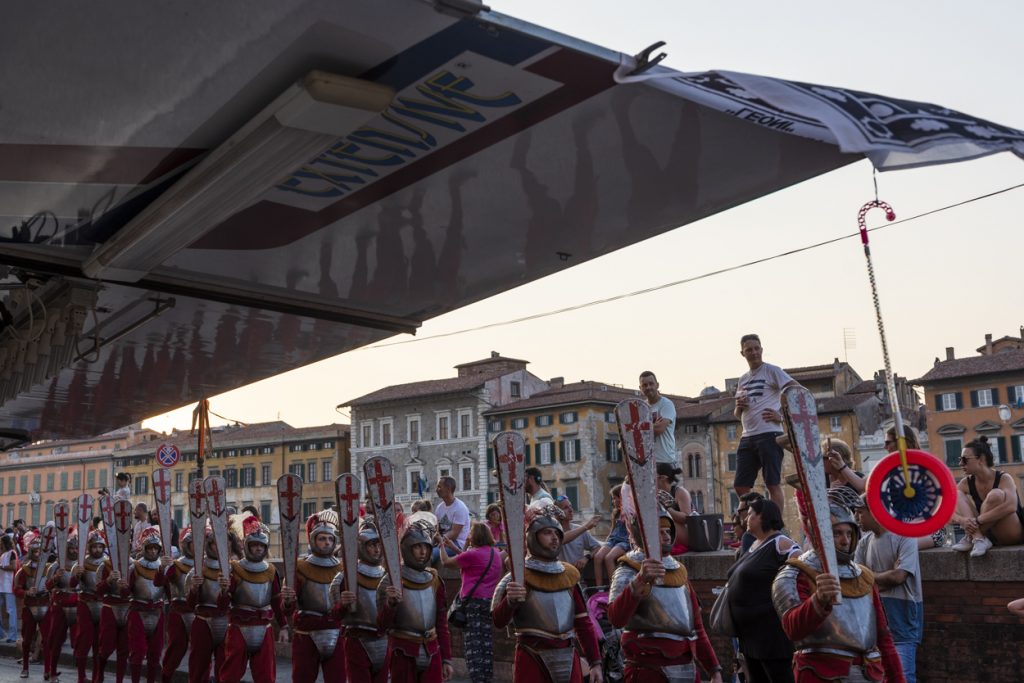
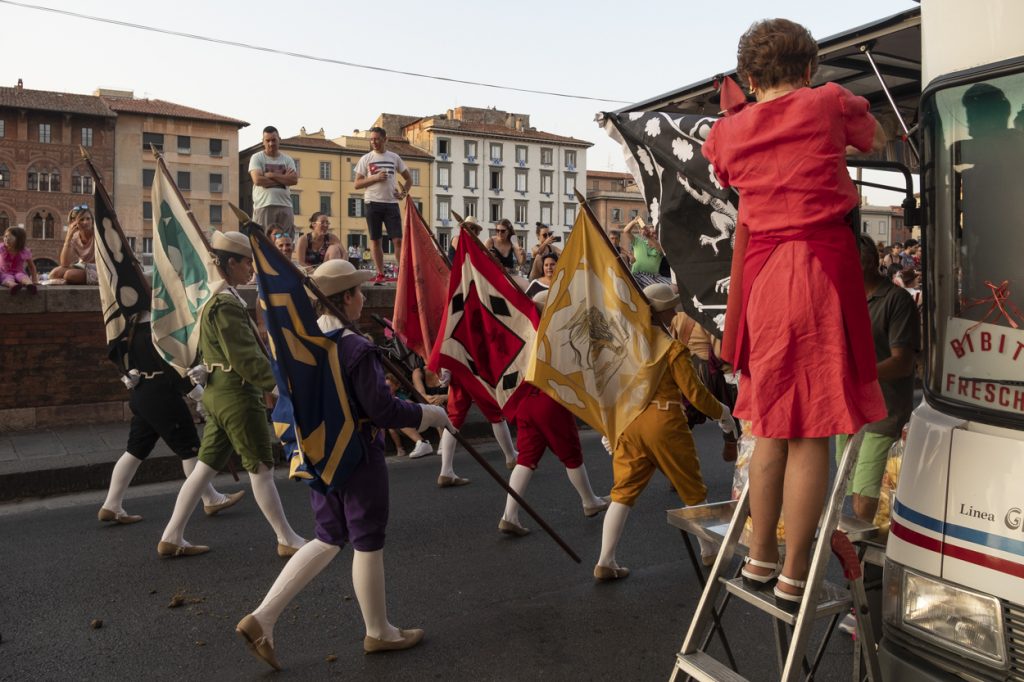
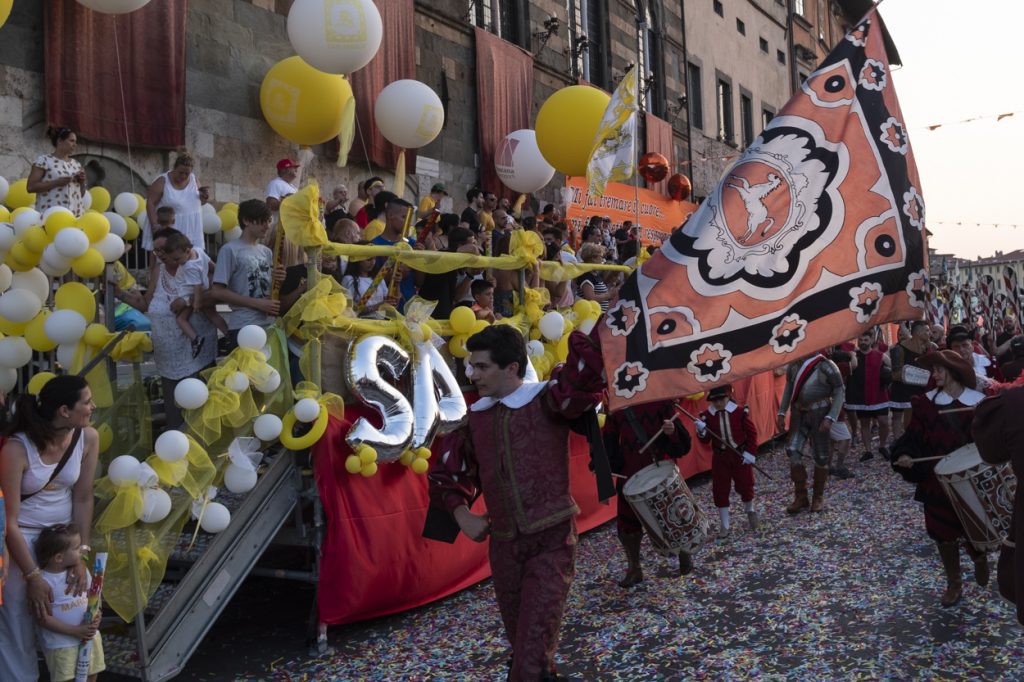
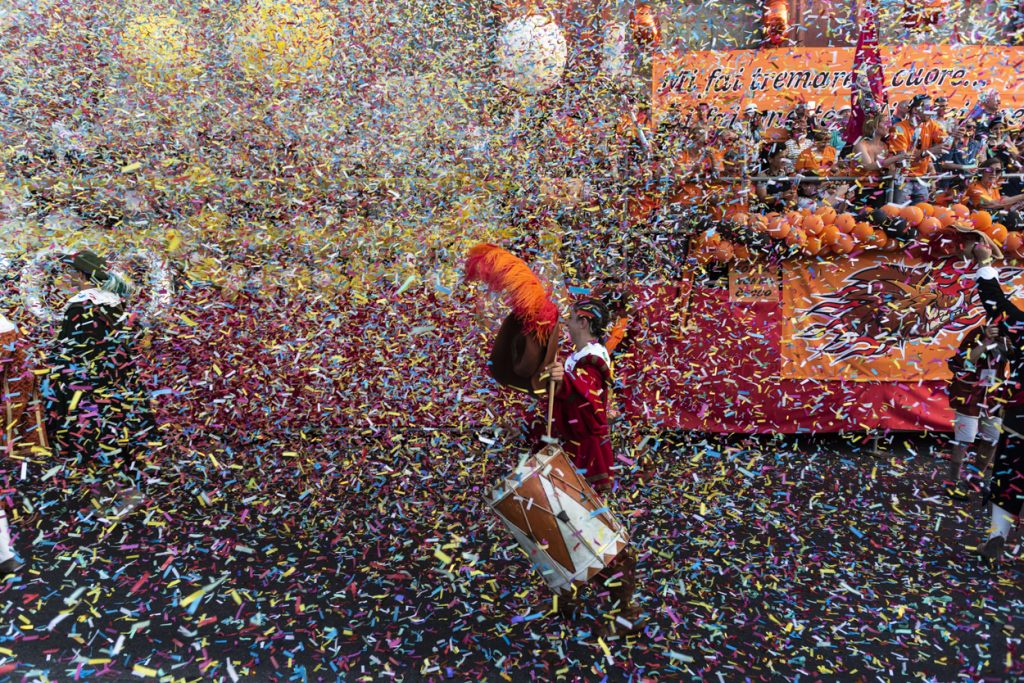
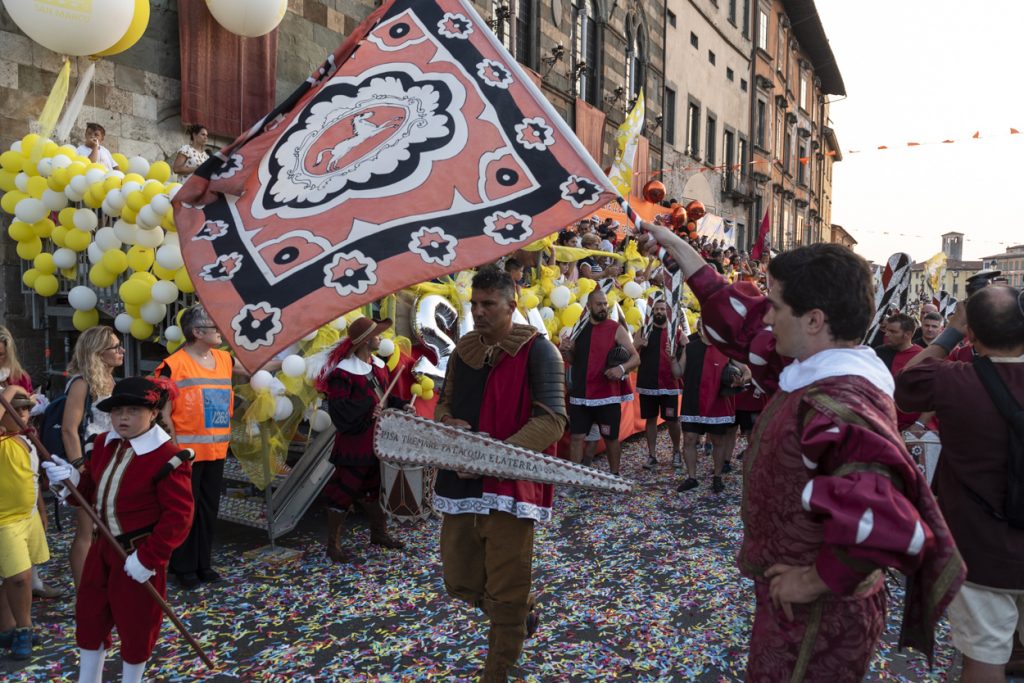
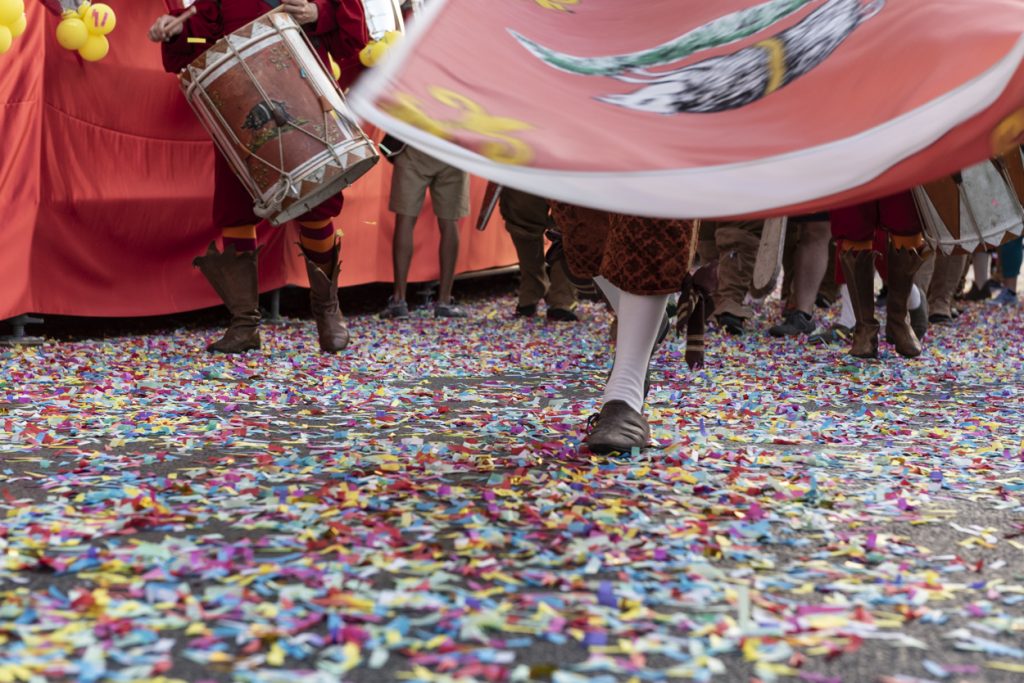
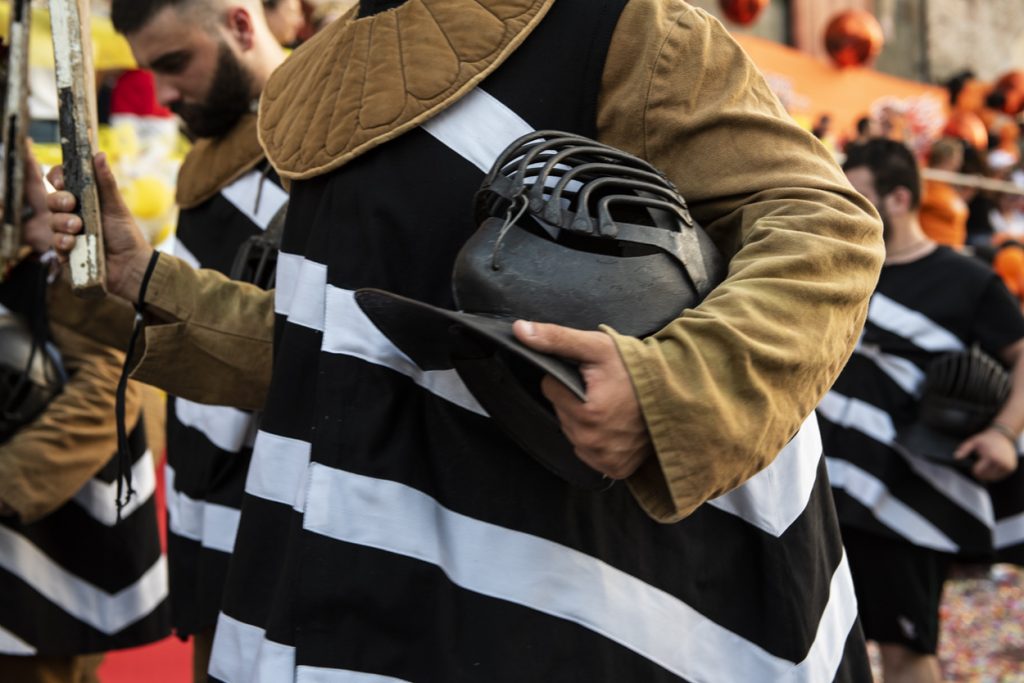
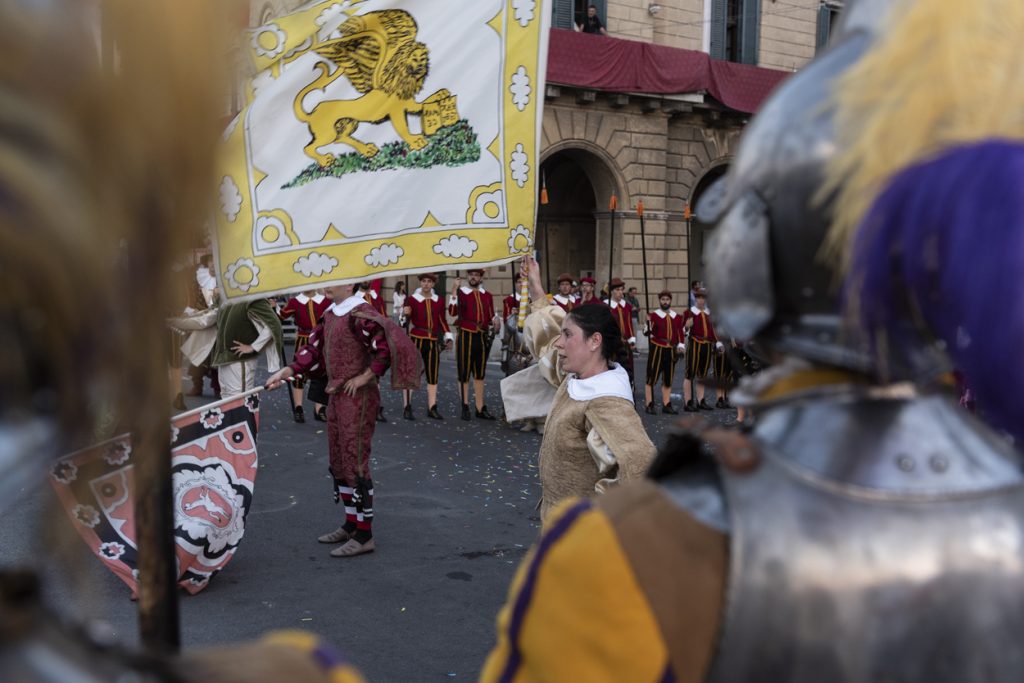
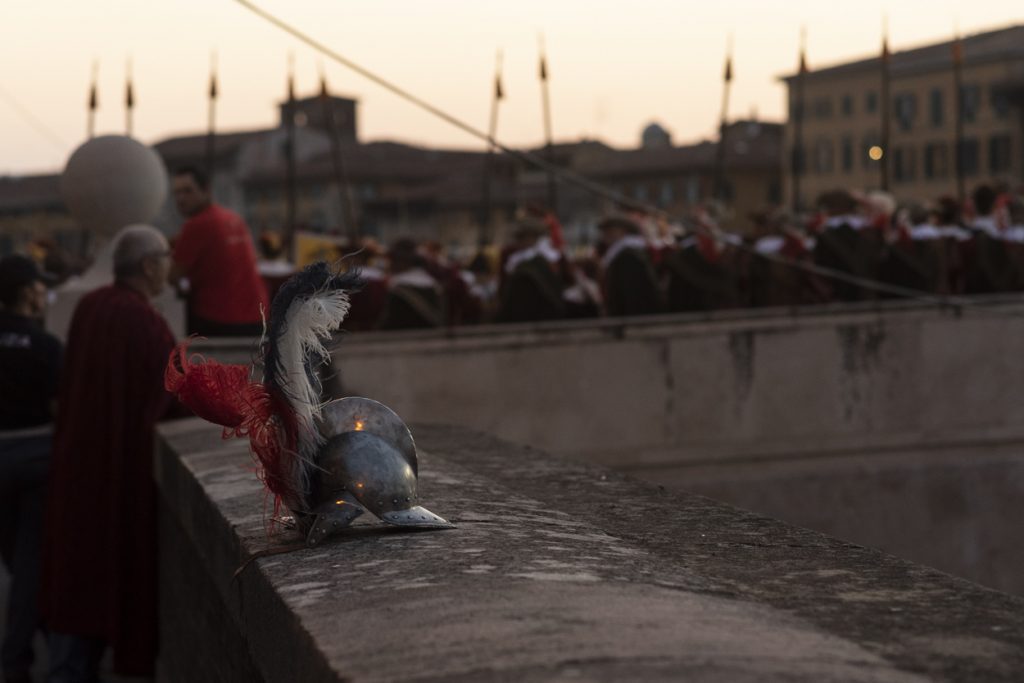
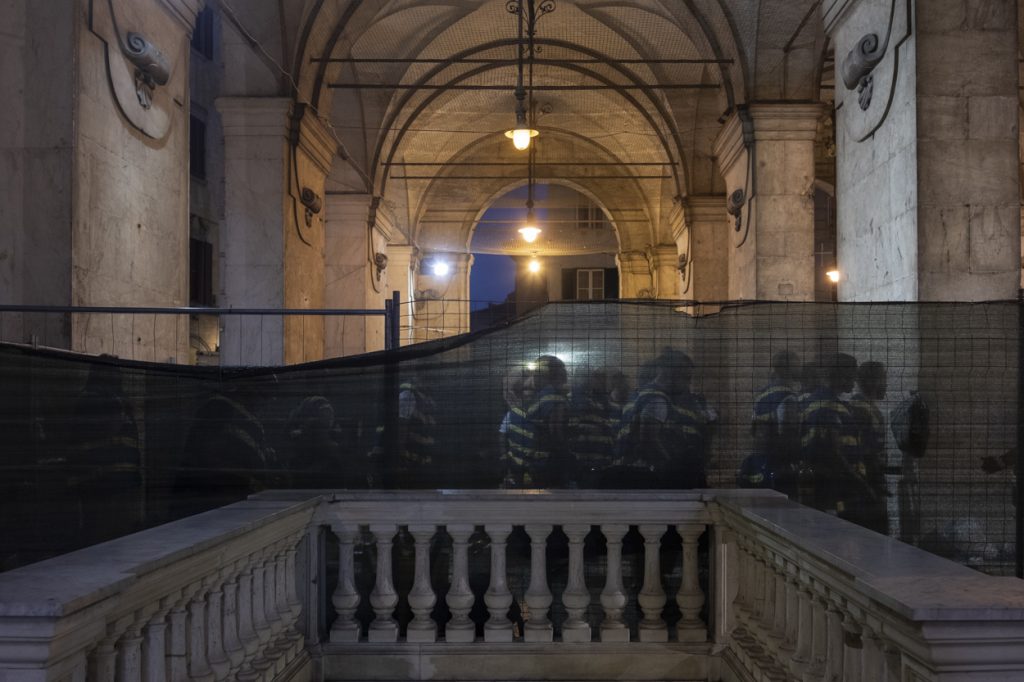
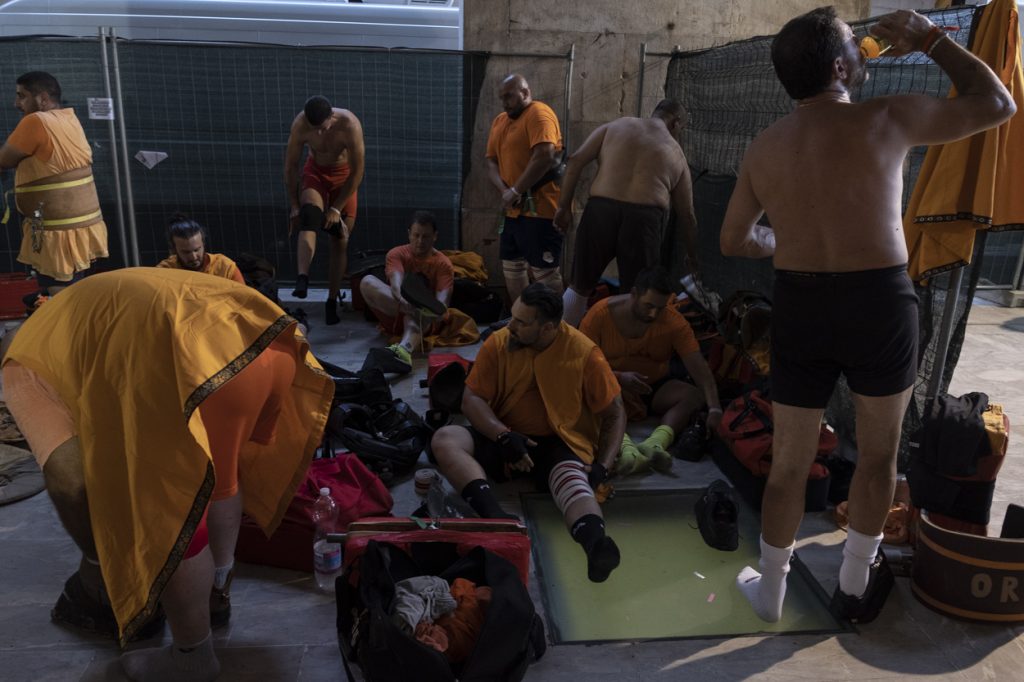
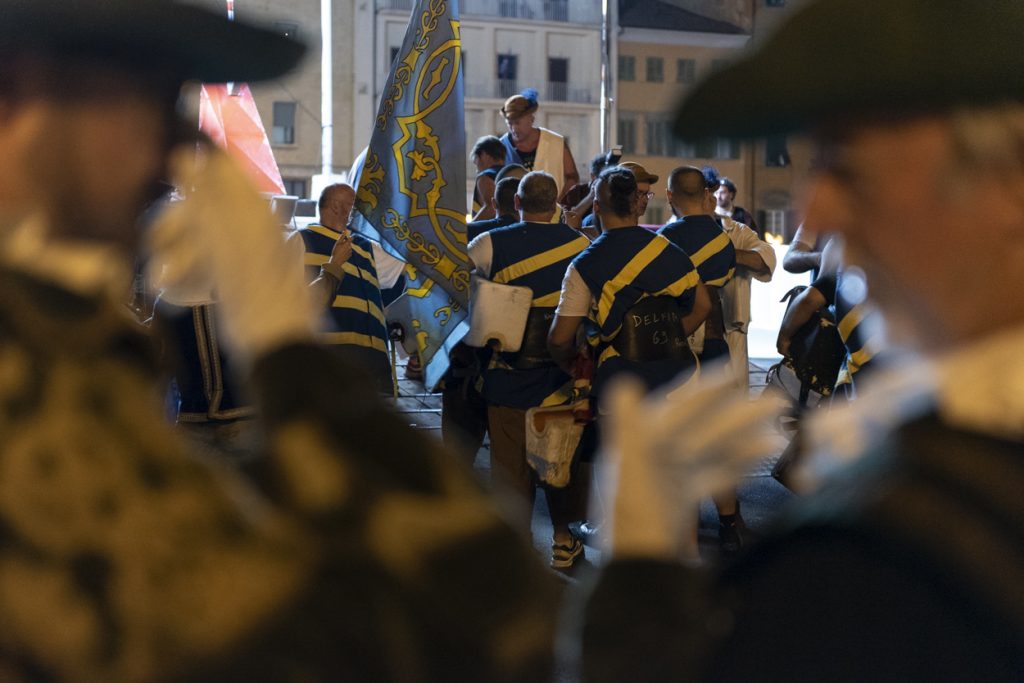
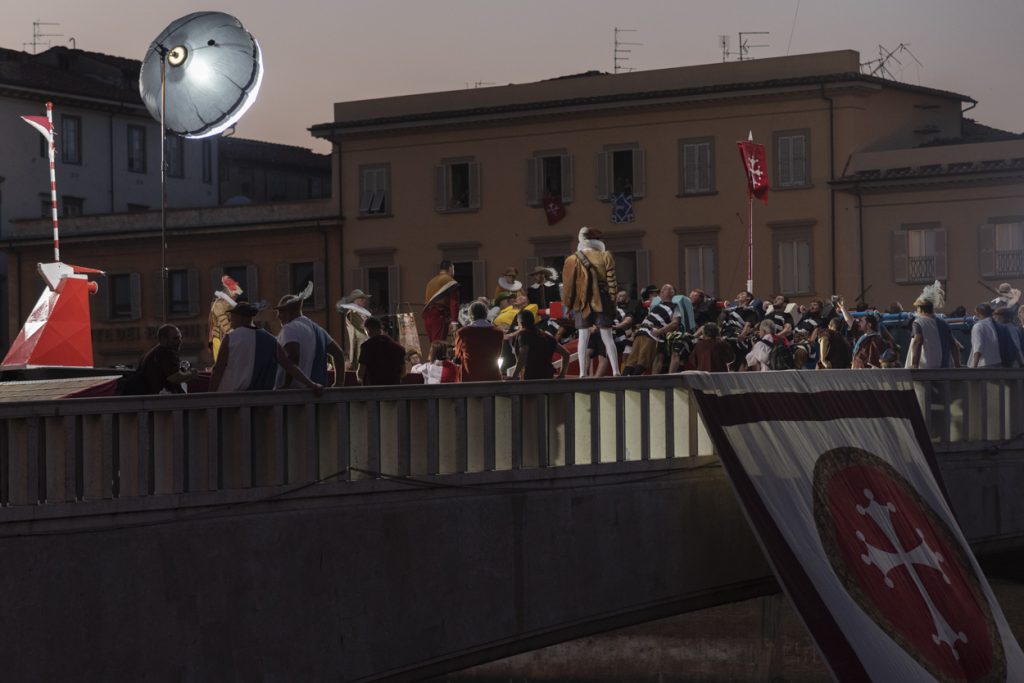
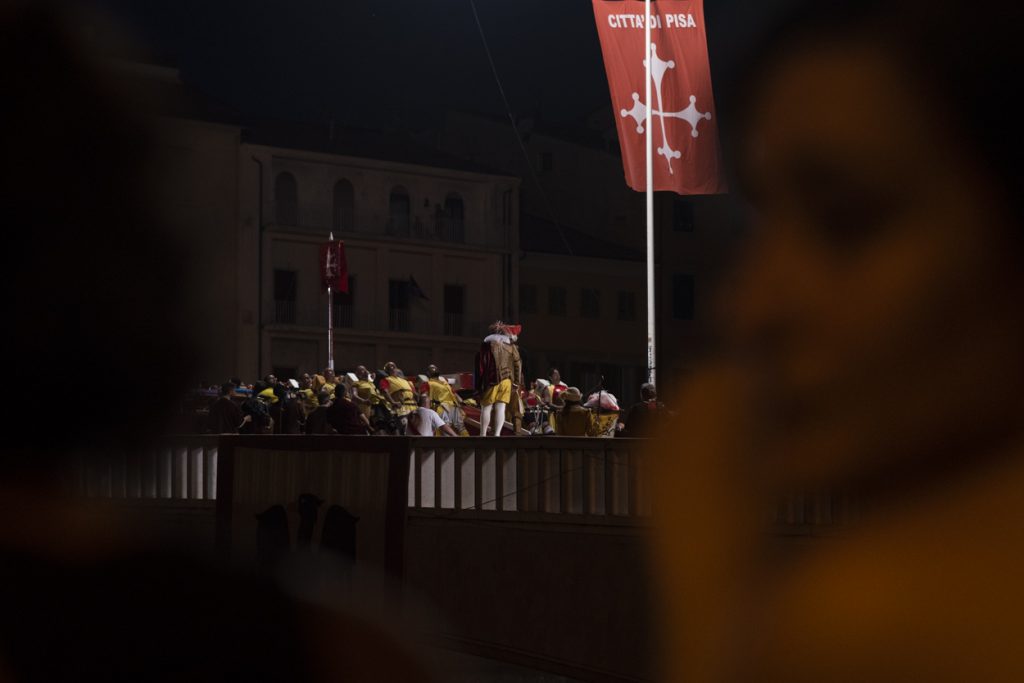
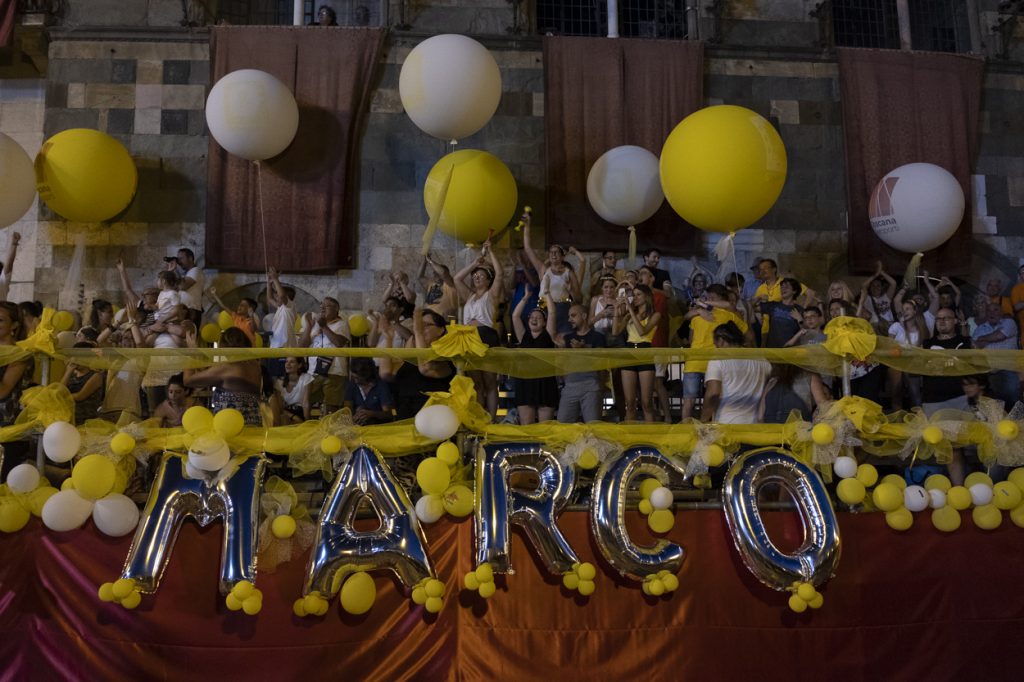
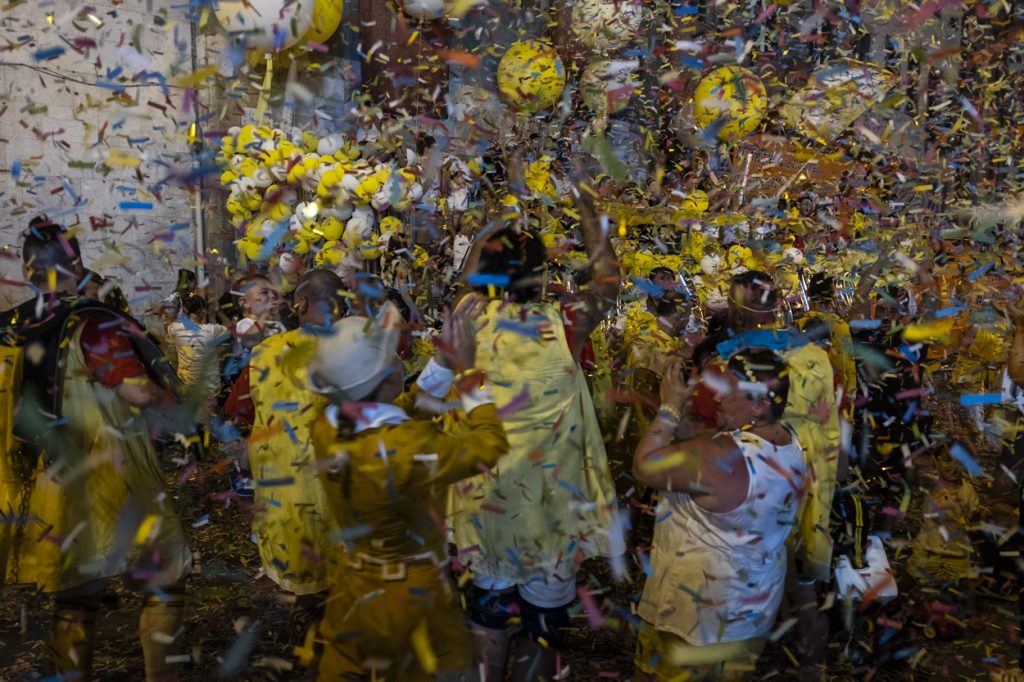
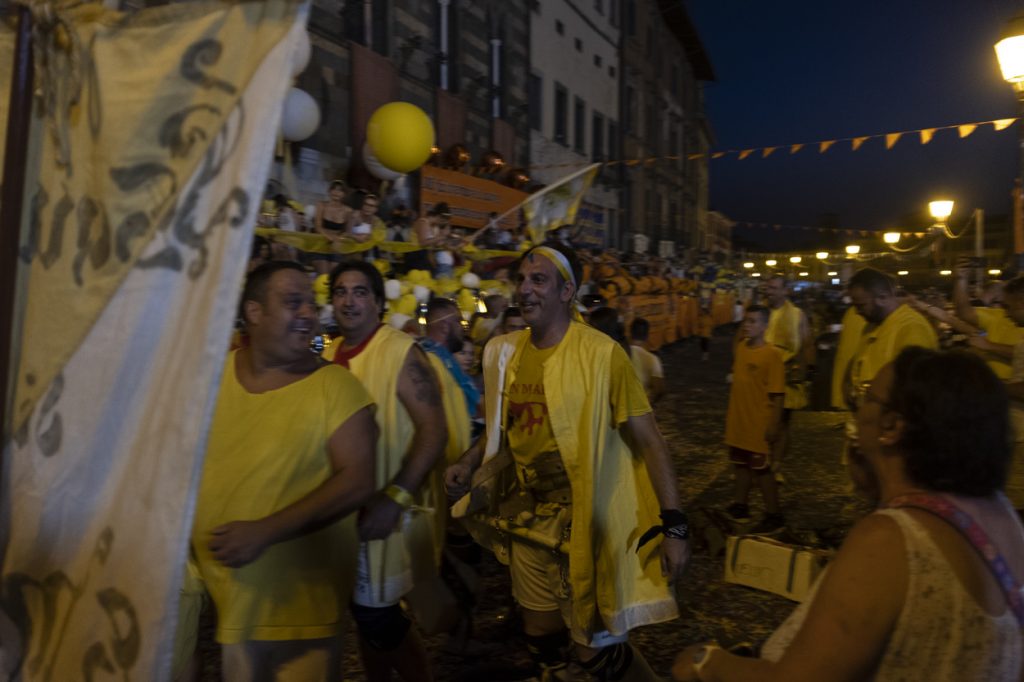
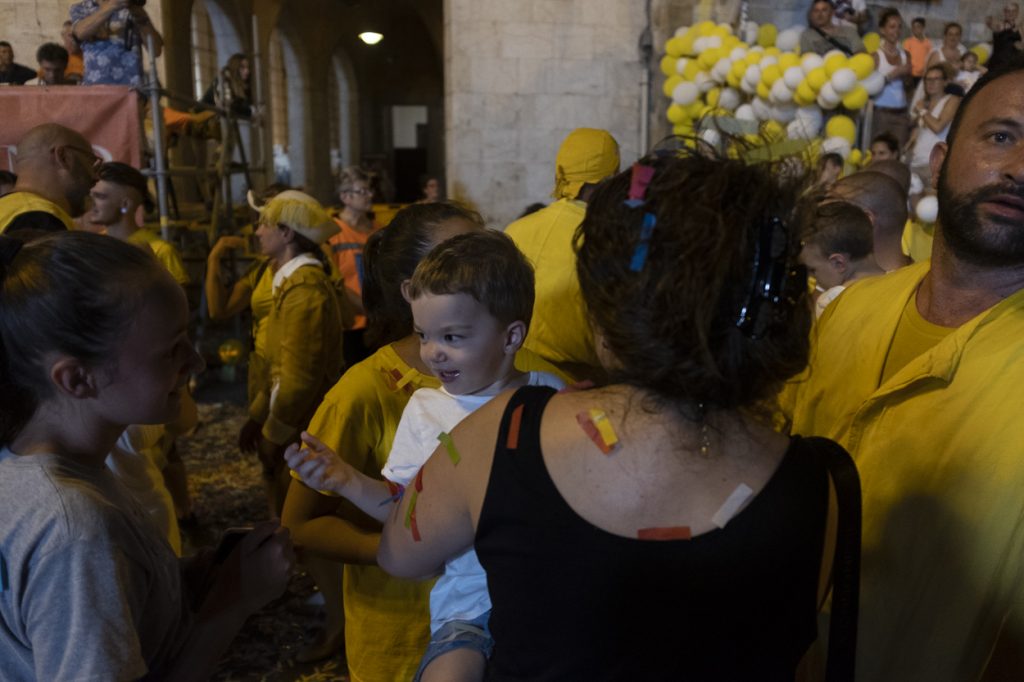
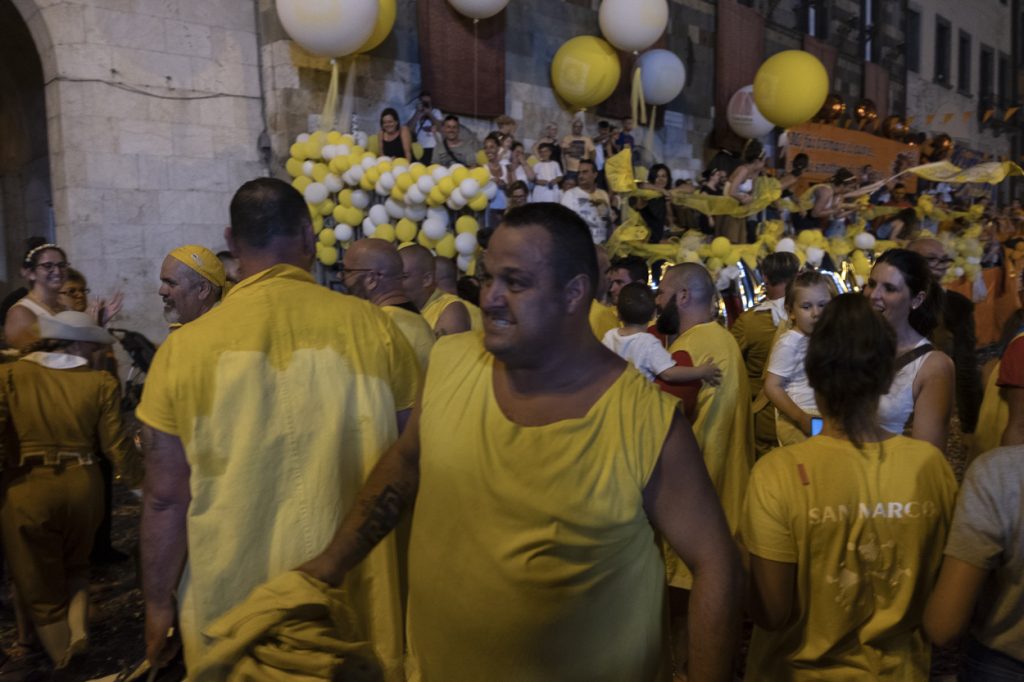
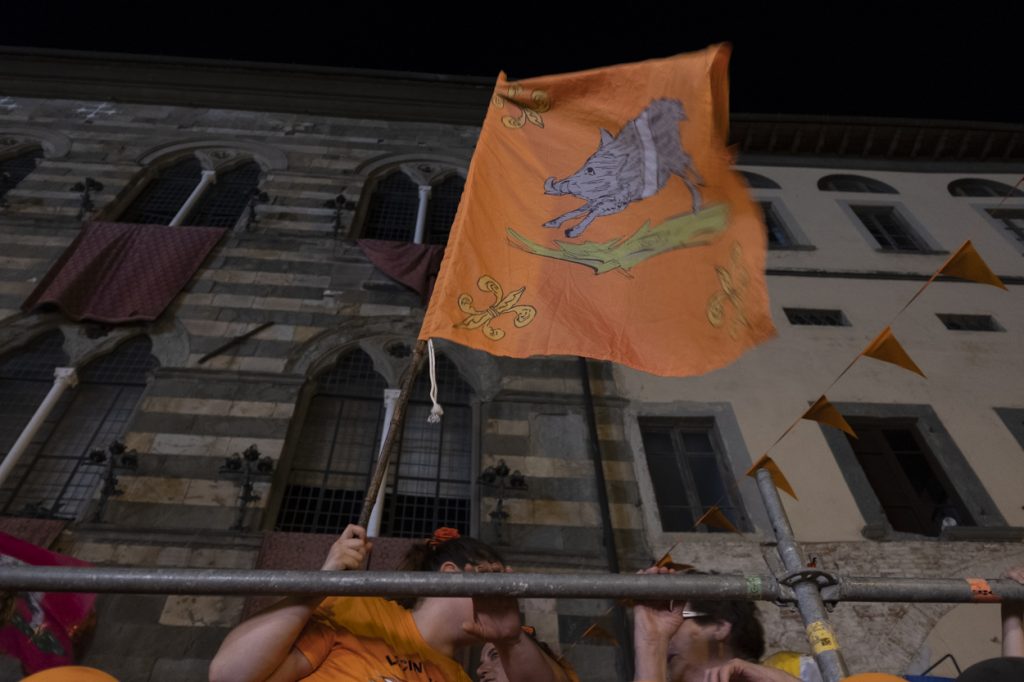
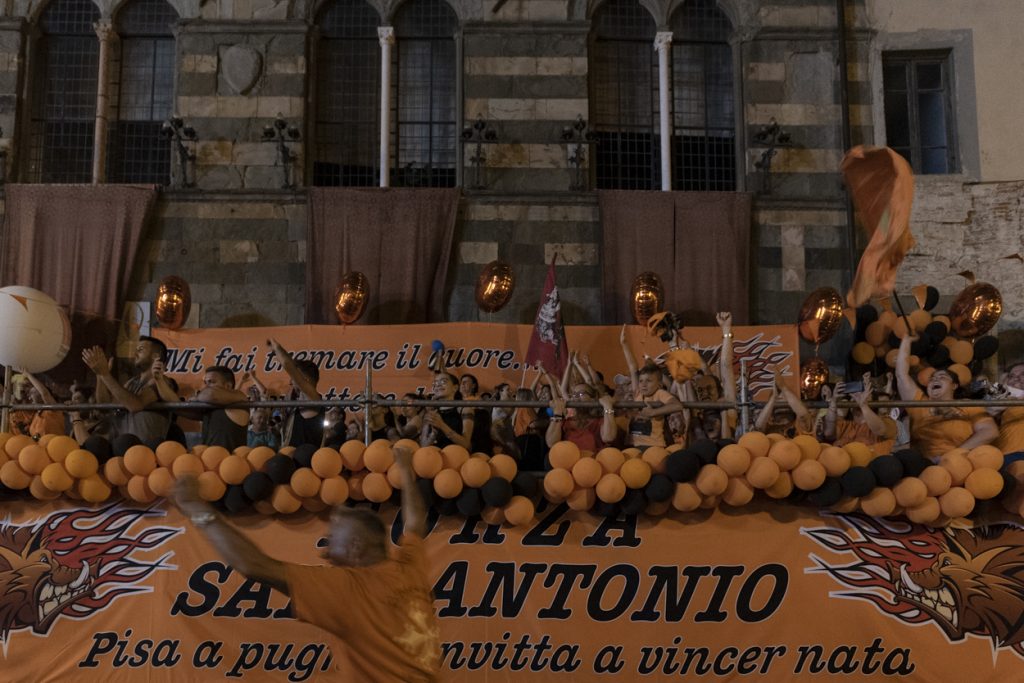
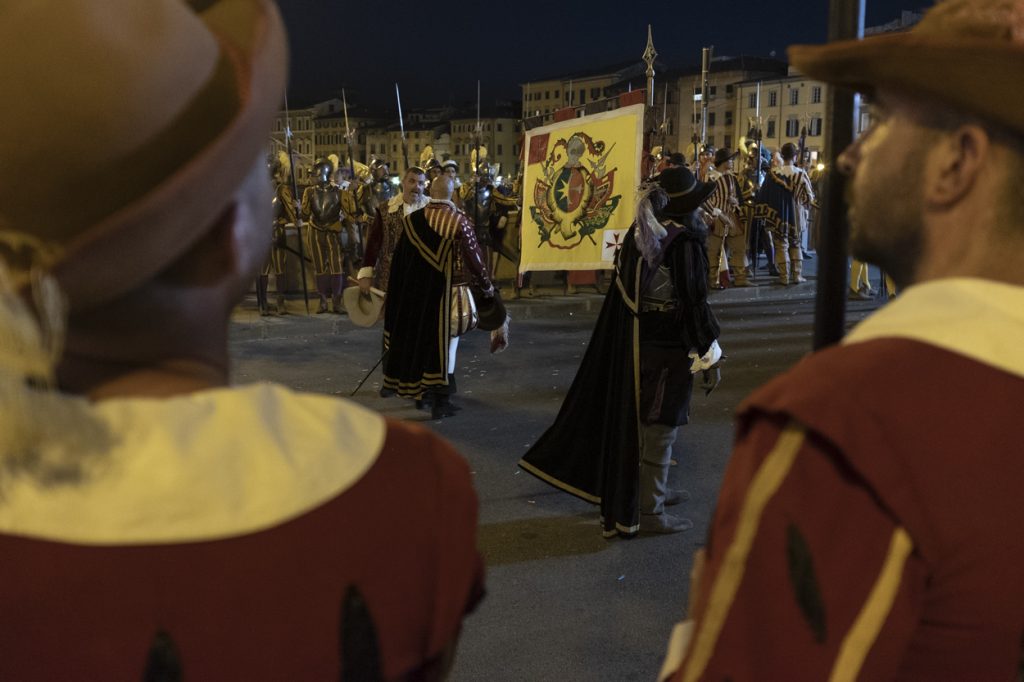
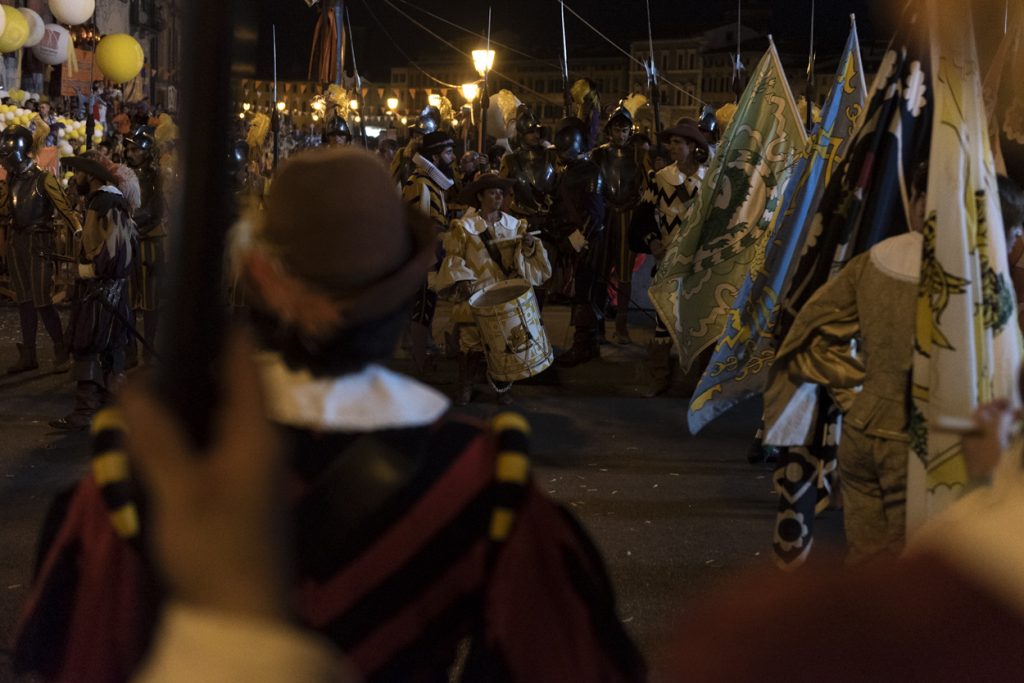
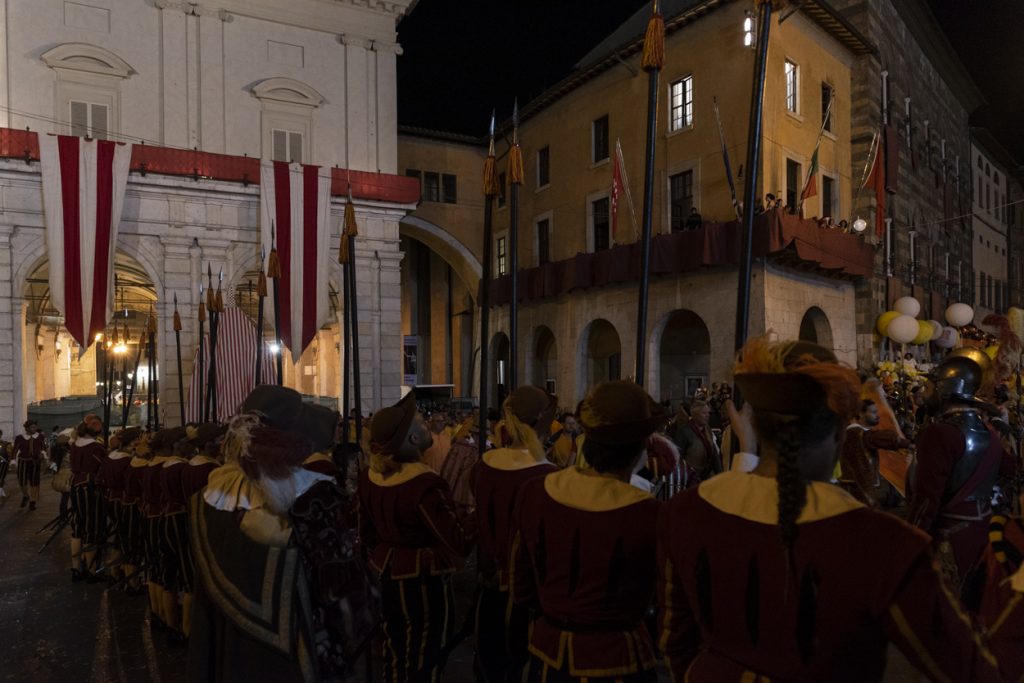
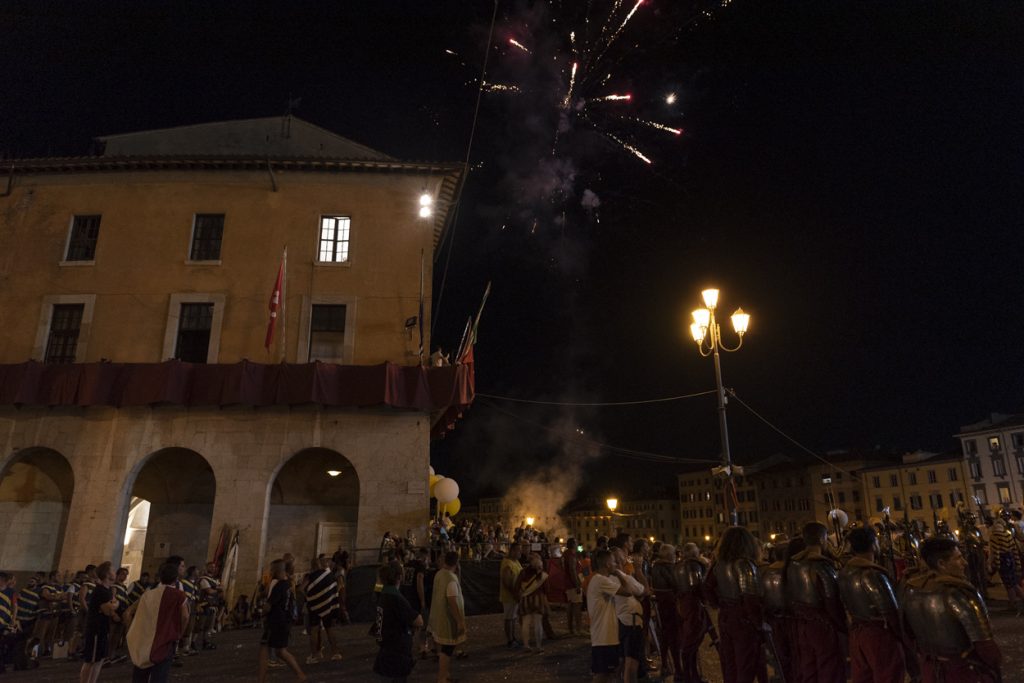
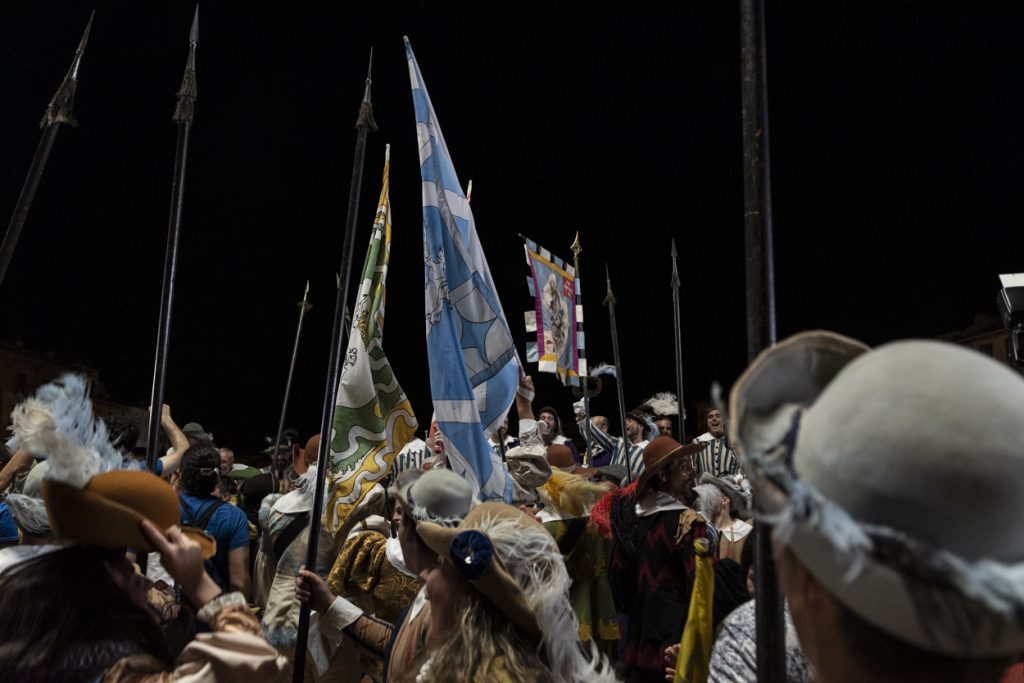
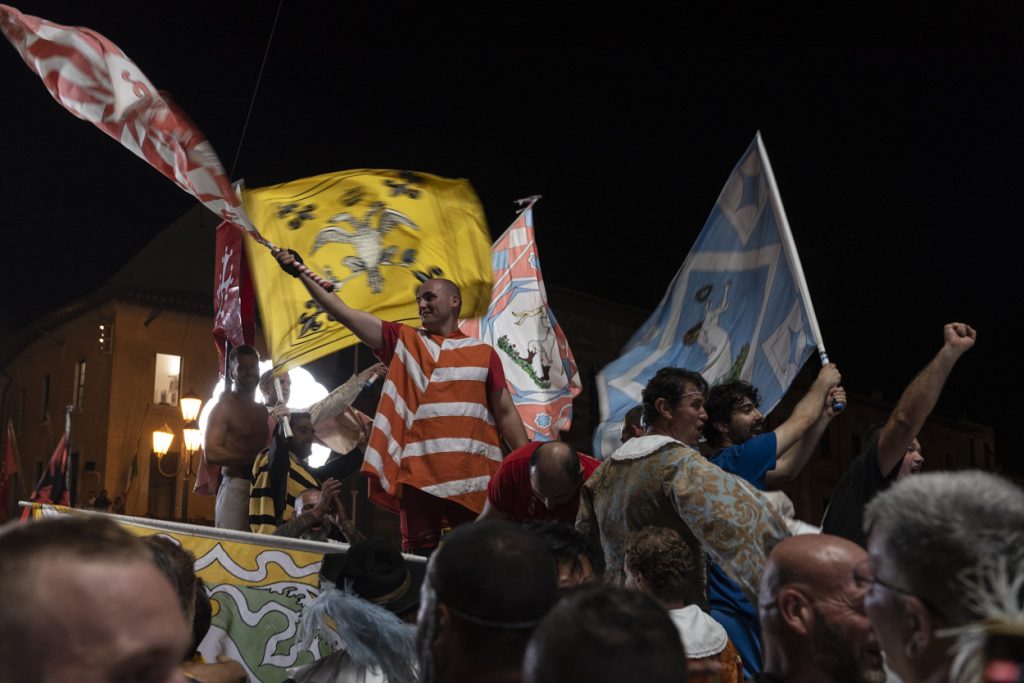
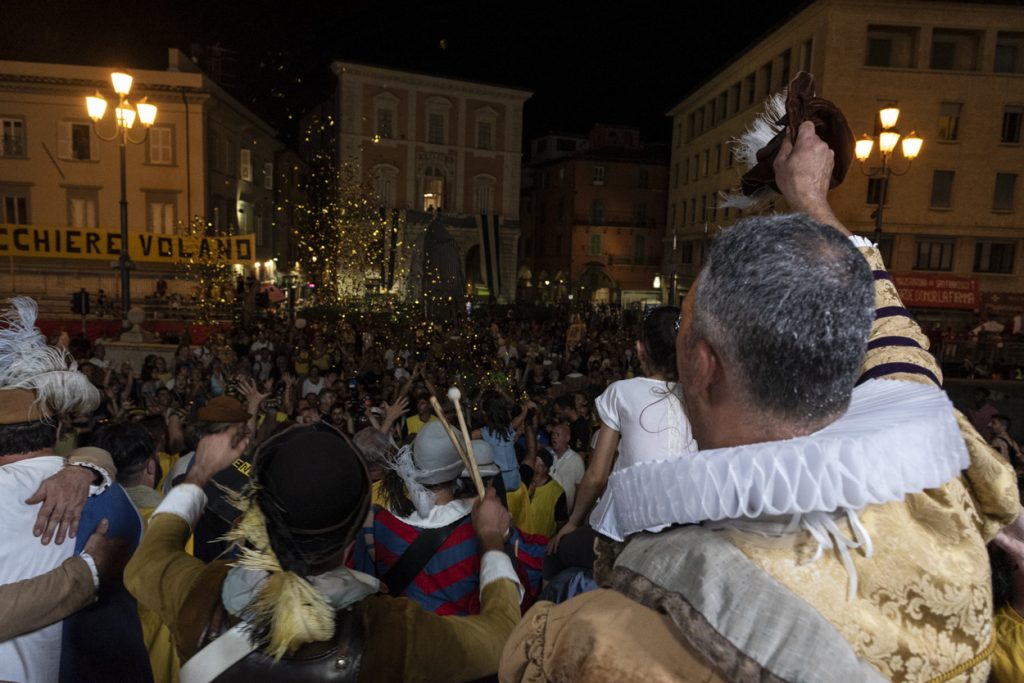
Resources:
Amici del Gioco del Ponte – link in English:
http://www.giocodelpontedipisa.it/pisa-battle-on-the-bridge.php
Thanks to the Comune di Pisa for the support I have received to produce this work.
Posted in Documentary, Editorial, Event, Italy, People, Pisa, Traditions, Travel Photography
Also tagged Amici del Gioco del Ponte, Arno, Battle on the Bridge, Borgo Stretto, Bridge, corteo, documentary photography, editorial, Gioco Del Ponte, Giugno Pisano, Lungarno, Maritime Republics, Mazzascudo, Medieval, Mezzogiorno, motto, parade, Pisa, Ponte di Mezzo, Traditions, Tramontana, Travel photography, Tuscany |
The Addis Merkato, Ethiopia
Last week in Ethiopia we had the opportunity to visit the Addis Merkato, considered to be the largest open market in Africa.
Initially overwhelmed by the hectic scene, chaos, noise, myriads of business trading all sort of goods, we have adventured into the side streets which lead to various sections of the market.
Despite the large size, it is always possible to exit the market from different sides and join one of the main roads surrounding the area. From there it is easy to walk back to the starting point or look for transport.
Our guide, Joseph, a tourism student, is very knowledgeable about Addis and the Merkato, and helps us communicating with local. Gradually, the market starts to make sense.
We walked throughout stalls selling exotic spices and strong coffee beans. Primarily female and kids are working there and call us “faranji” as we pass by. To them, every foreigner is from China.
We learn about the Enset, “false banana” paste, a multipurpose crop feeding more people per square miles than any other cereal.
Perhaps the most interesting section is the “recycling” area where things get fixed and eventually traded back in the market. The sound from hundreds of workers chiselling hard material, joining metals part, fixing pots, is like a restless jazz orchestra. In the Merkato, everything gets recycled.
People welcome us with curiosity. Some smile and do not mind our presence; others let us understand, in a polite way, that photographs are unwanted. Kids are excited at meeting foreigners and like the engagement. Some wants to take photos with us.
At the end of our visit, just before sunset, leaving the market means wanting to go back soon to understand more.
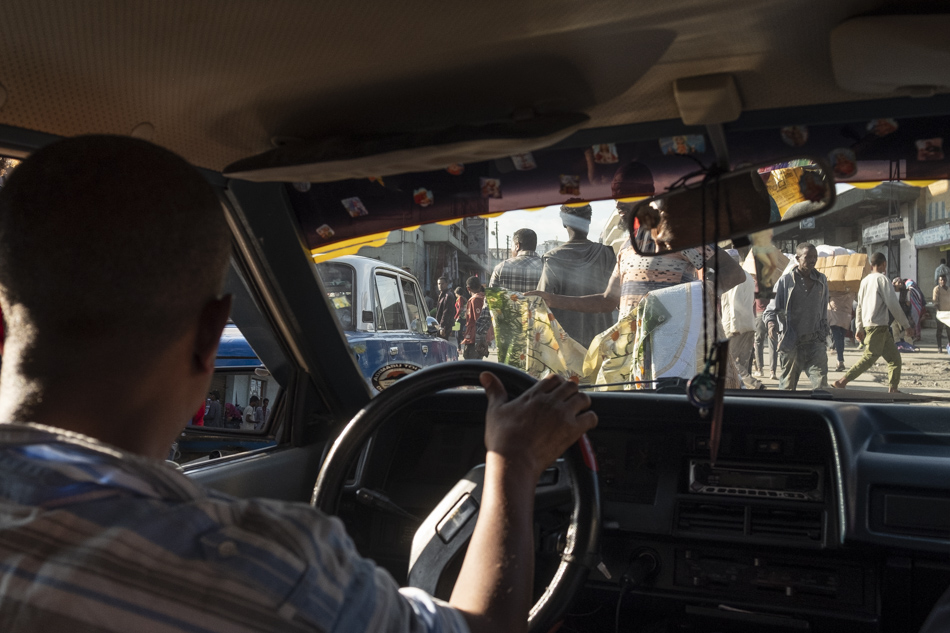
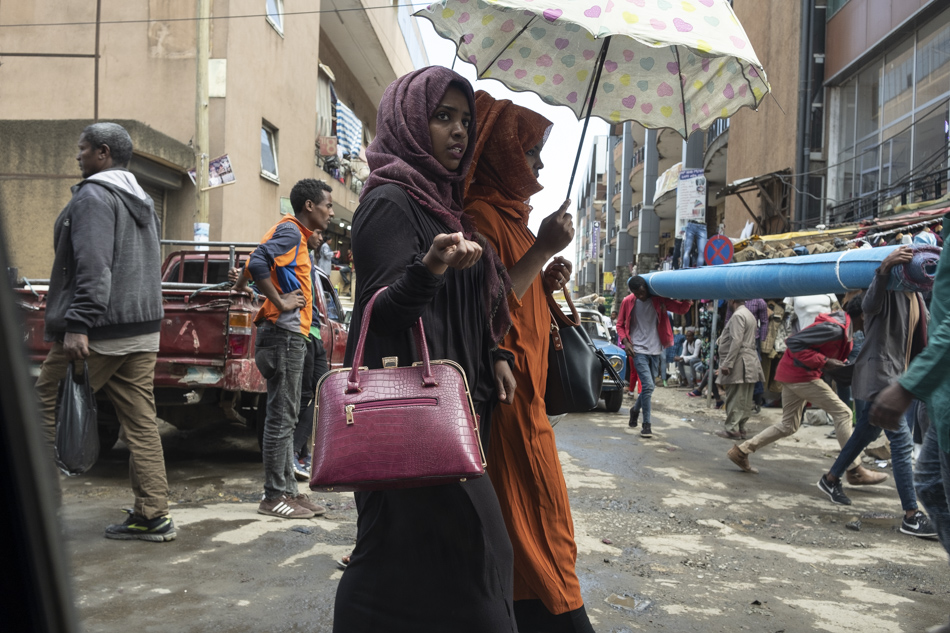
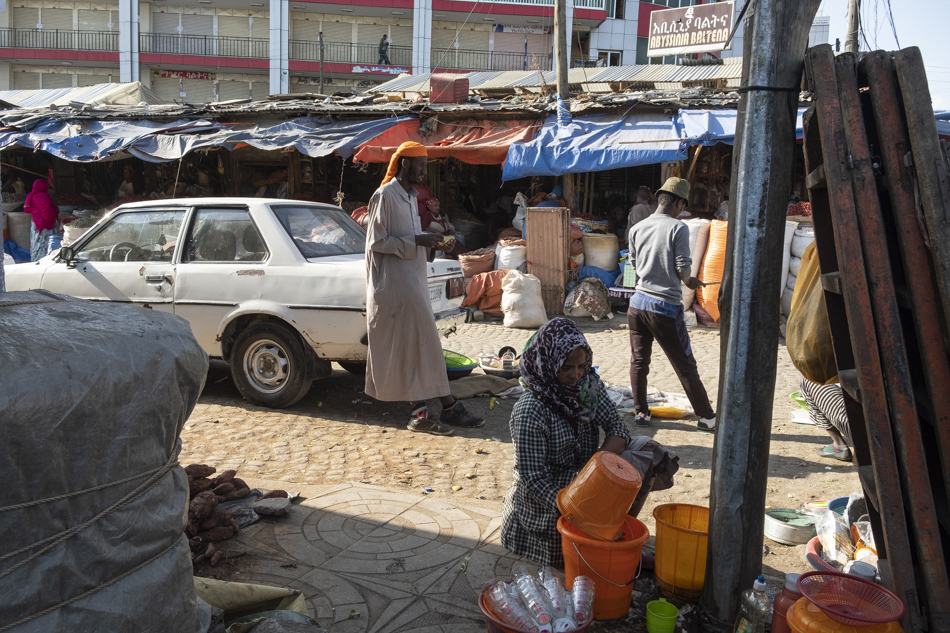
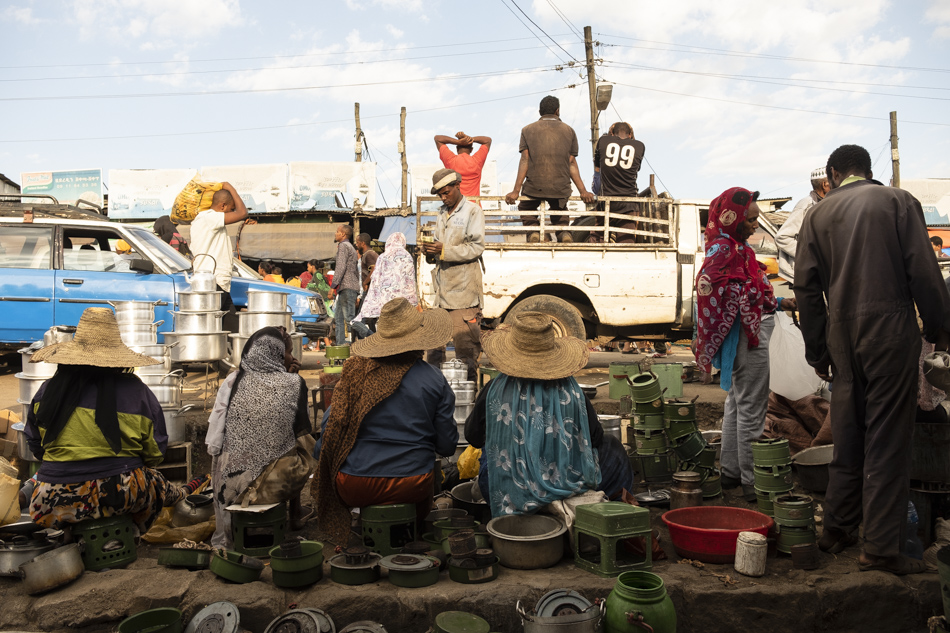
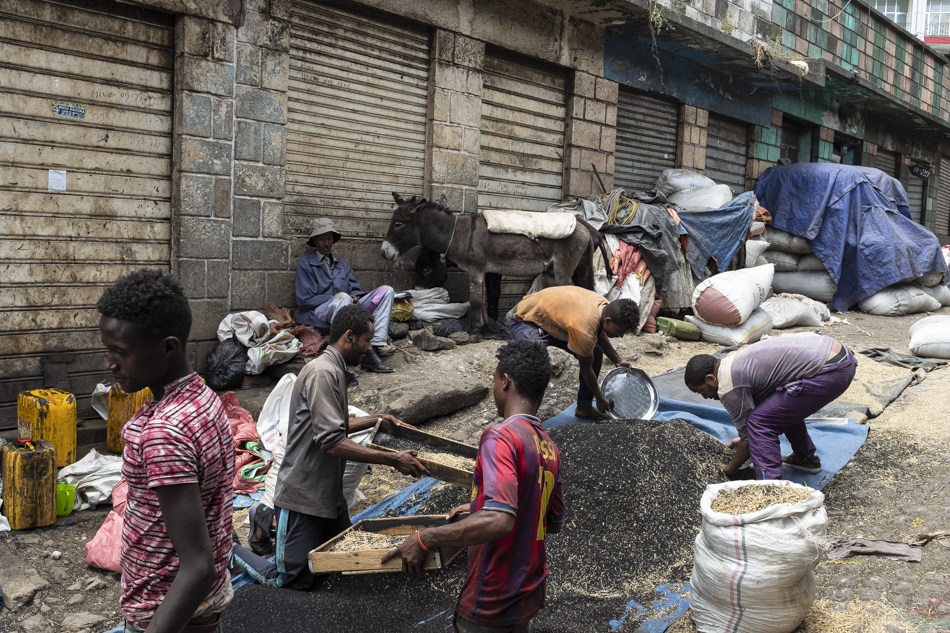
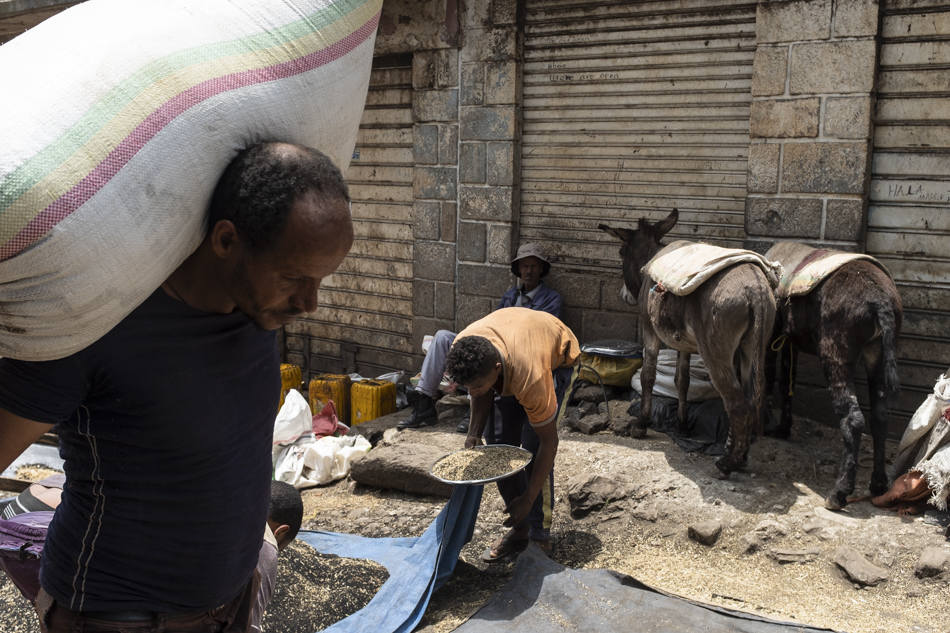
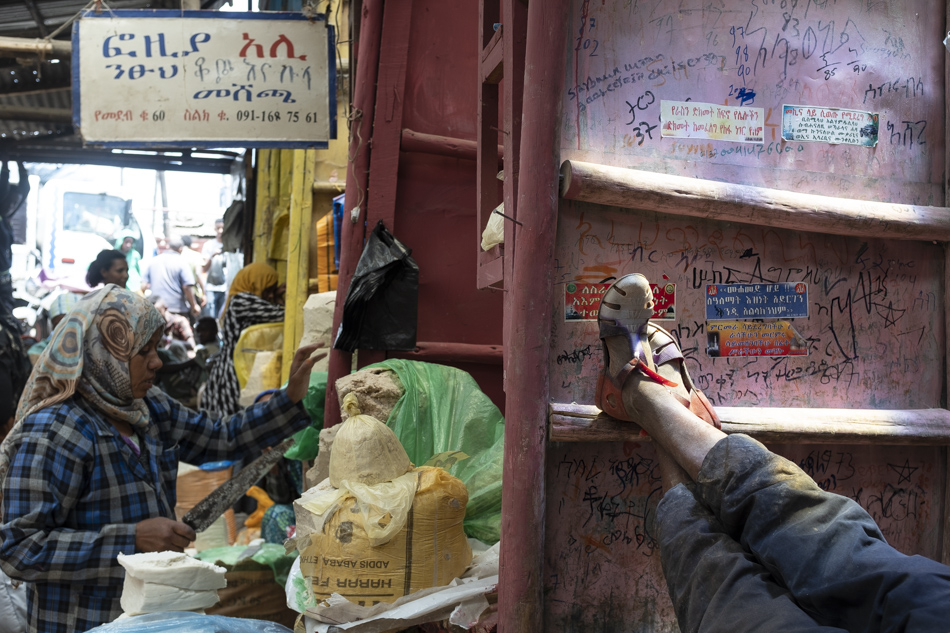
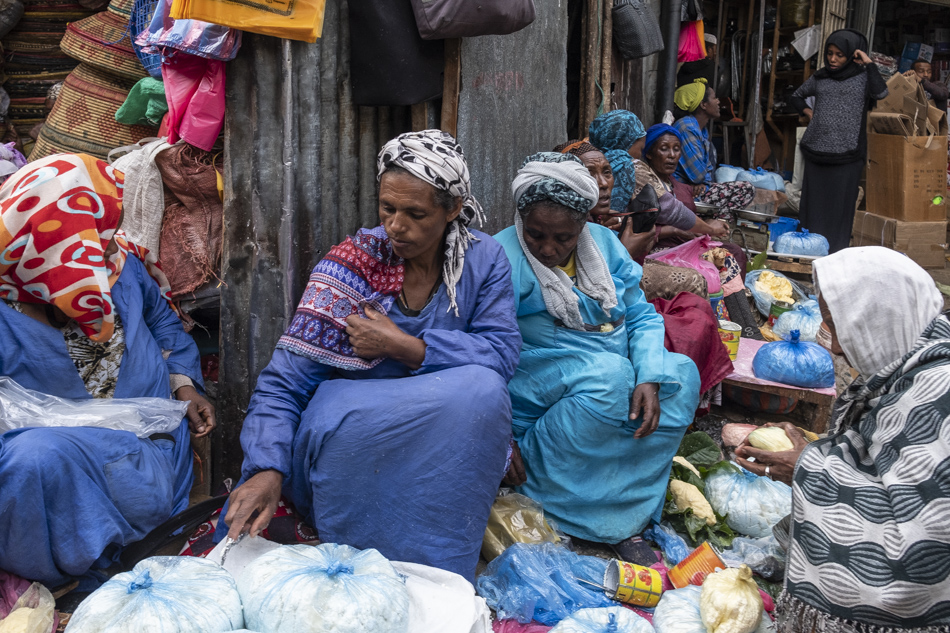
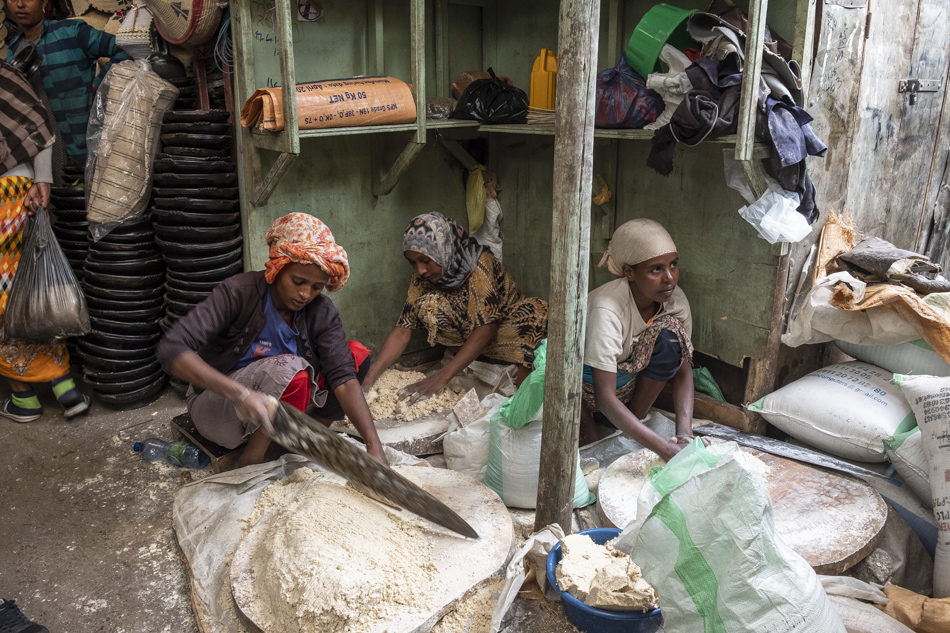
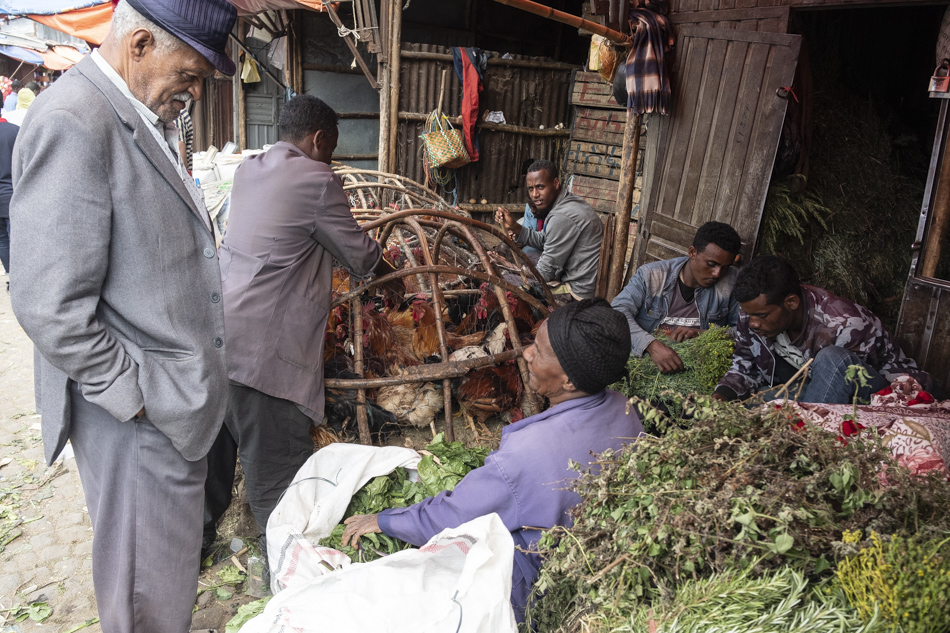
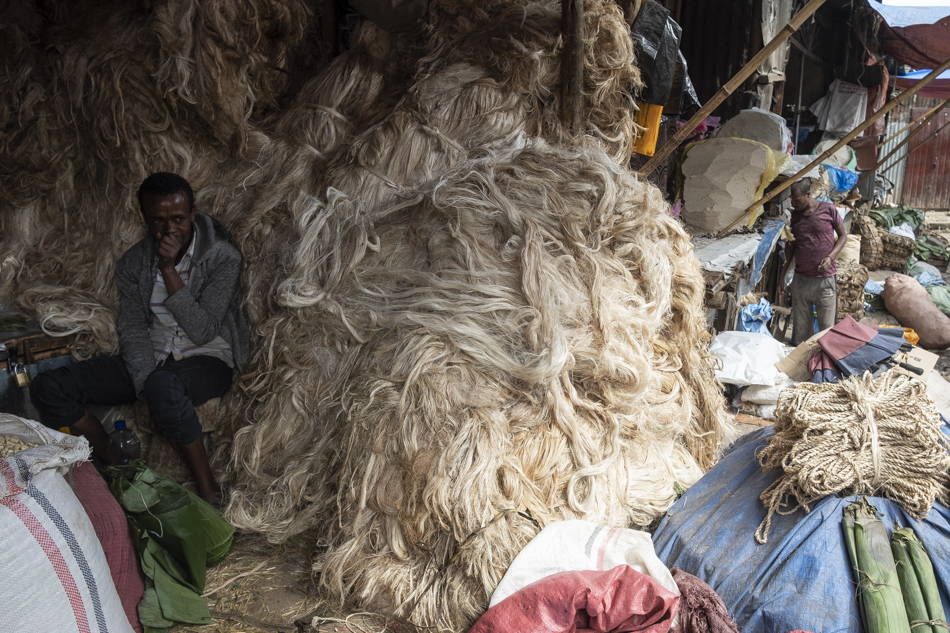
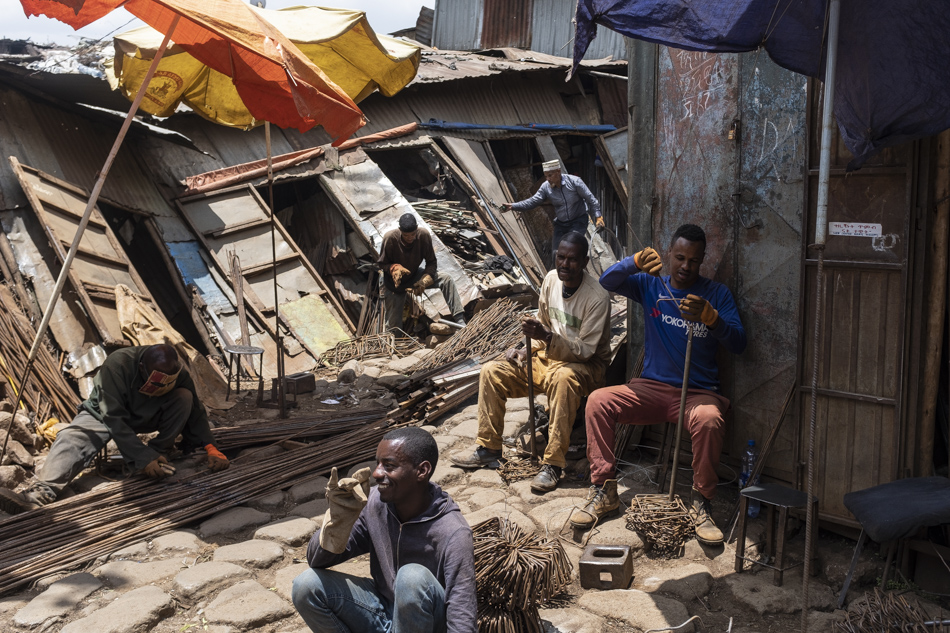
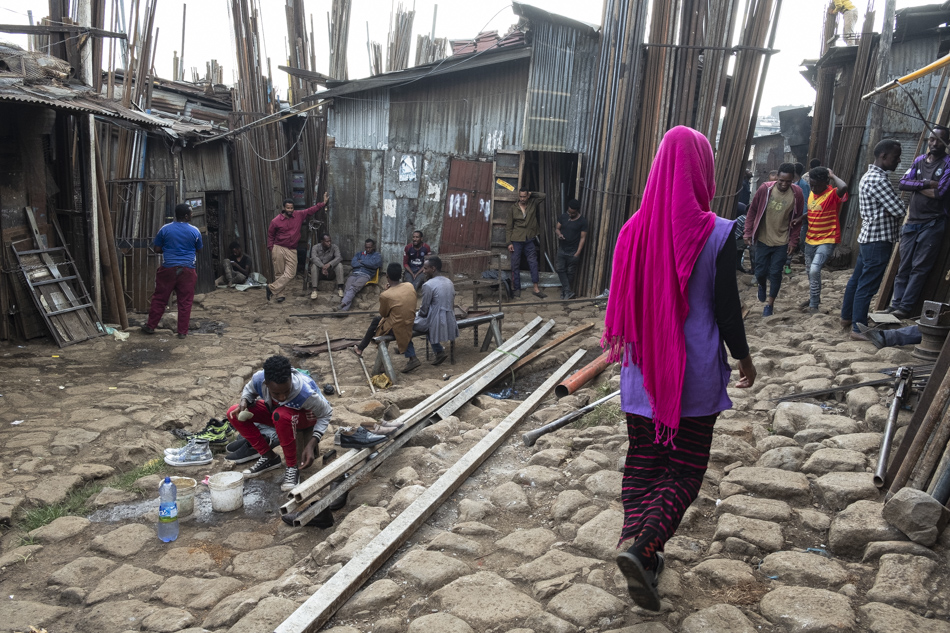
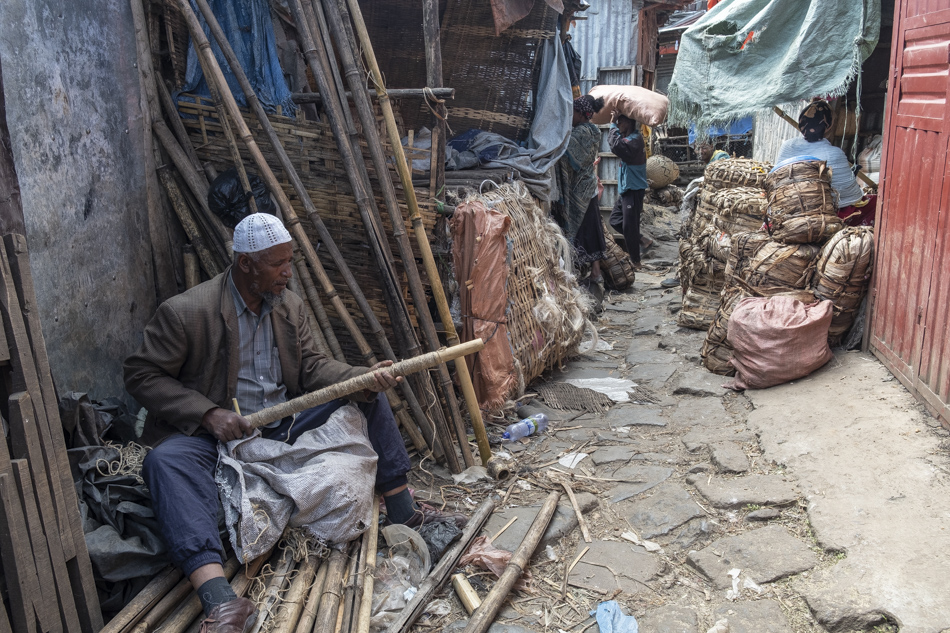
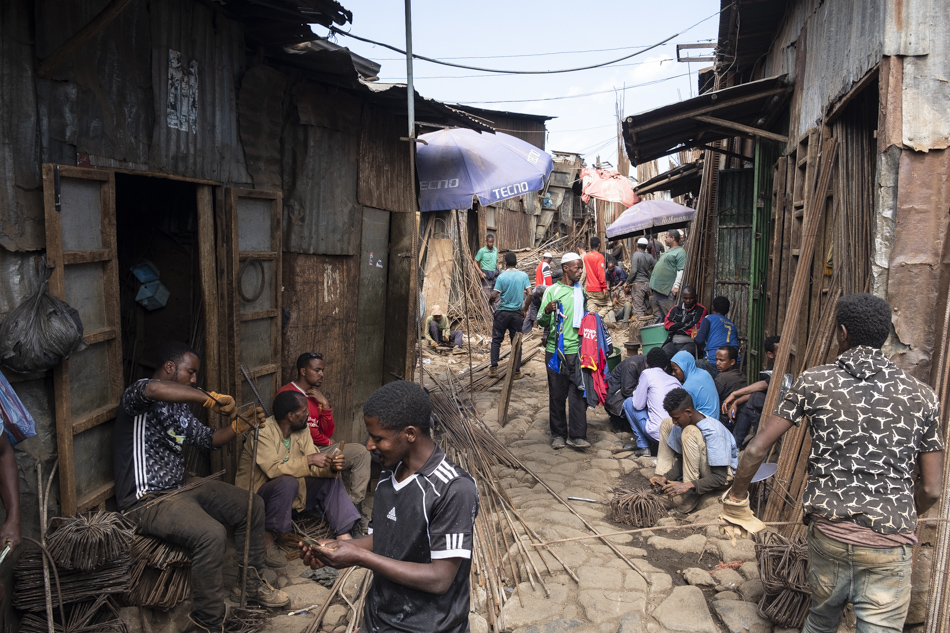
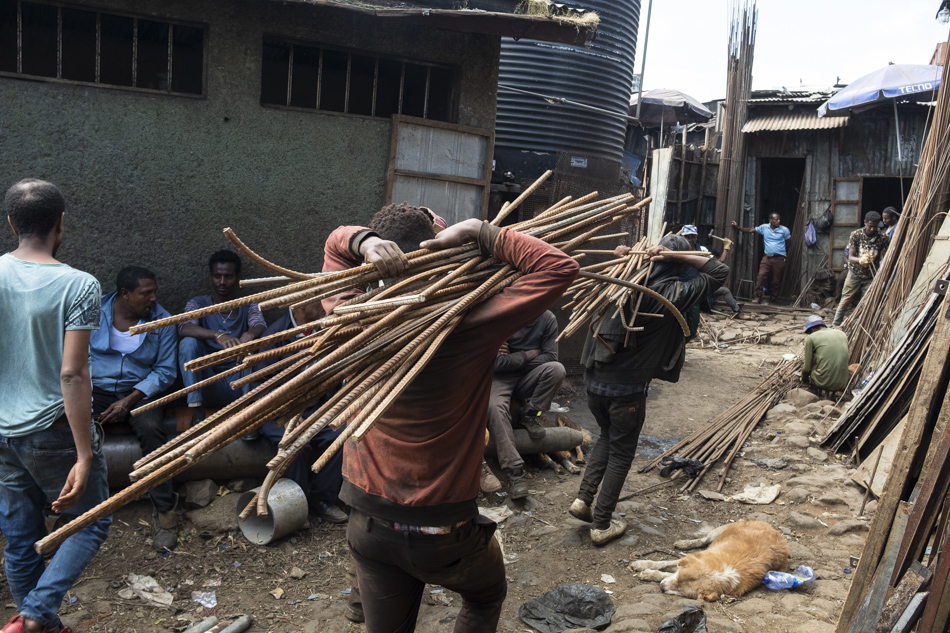
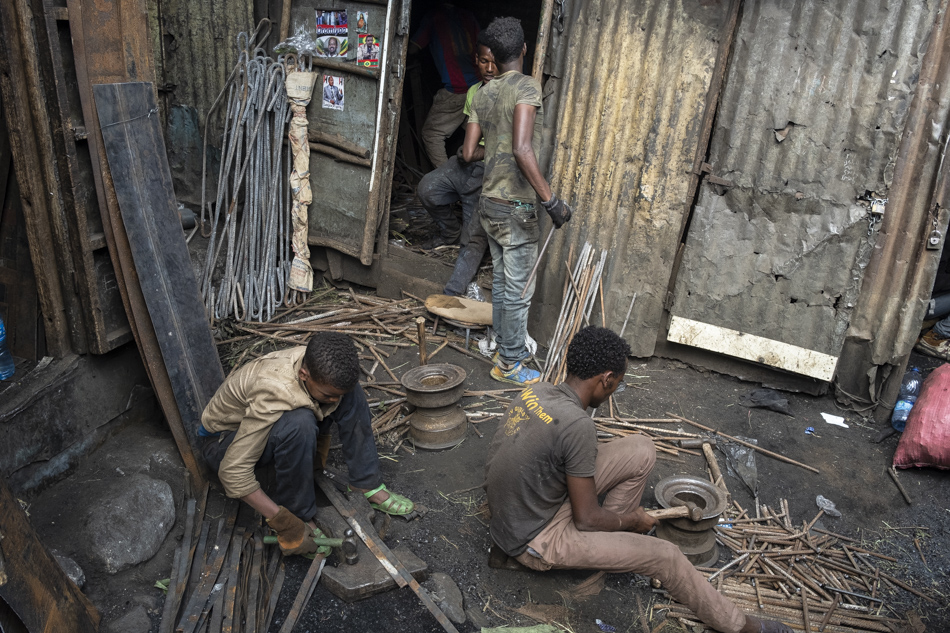
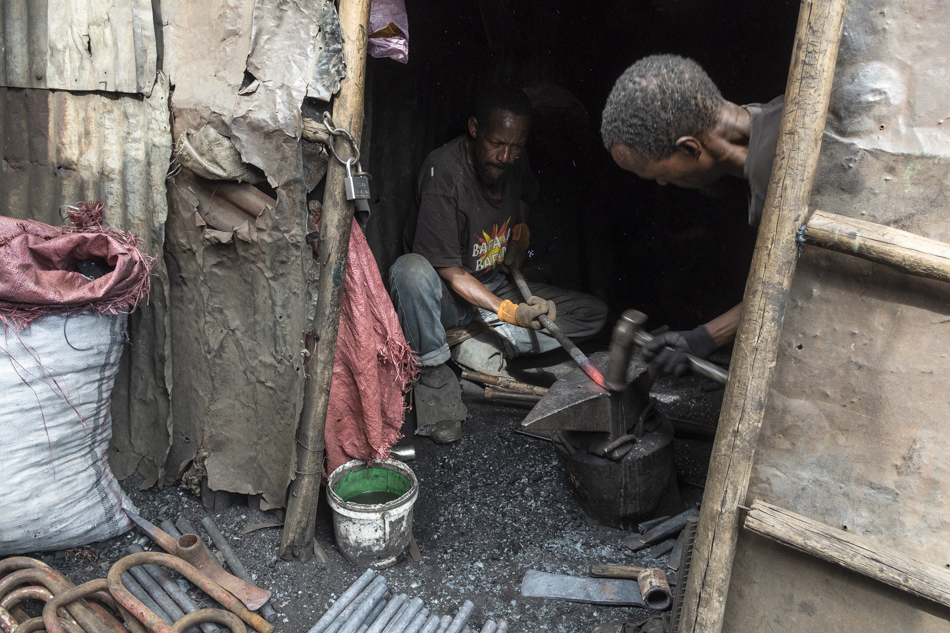
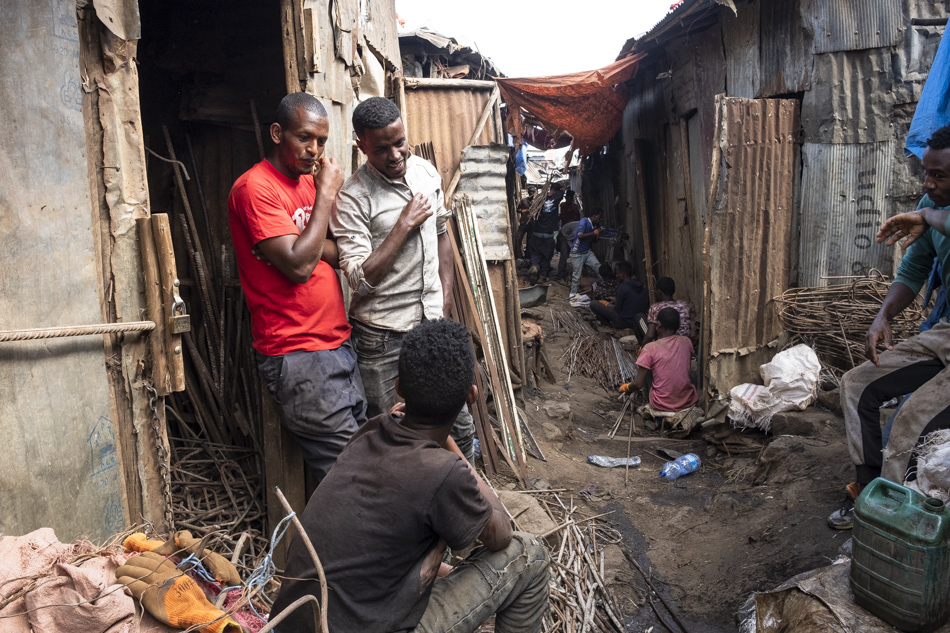
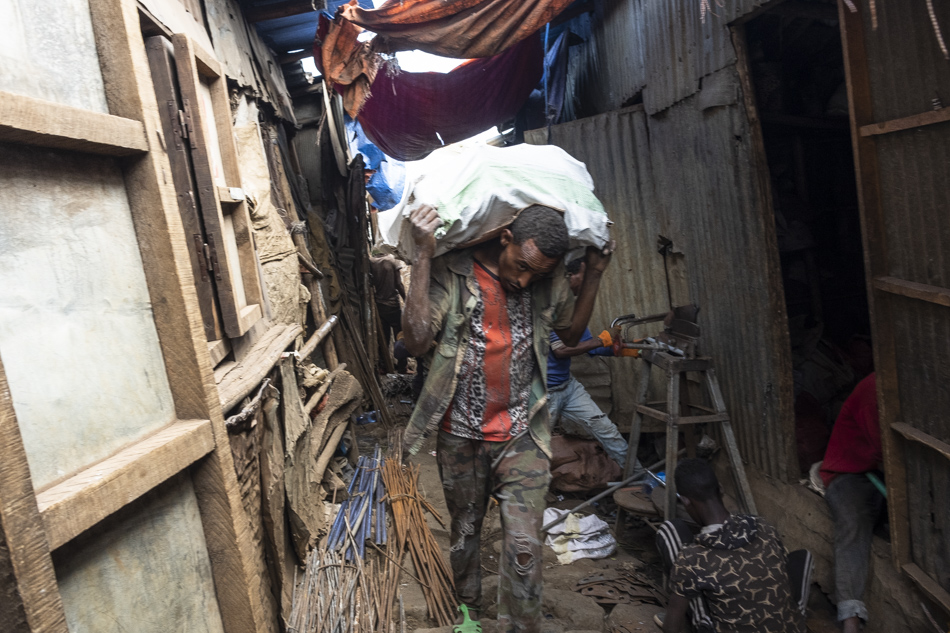
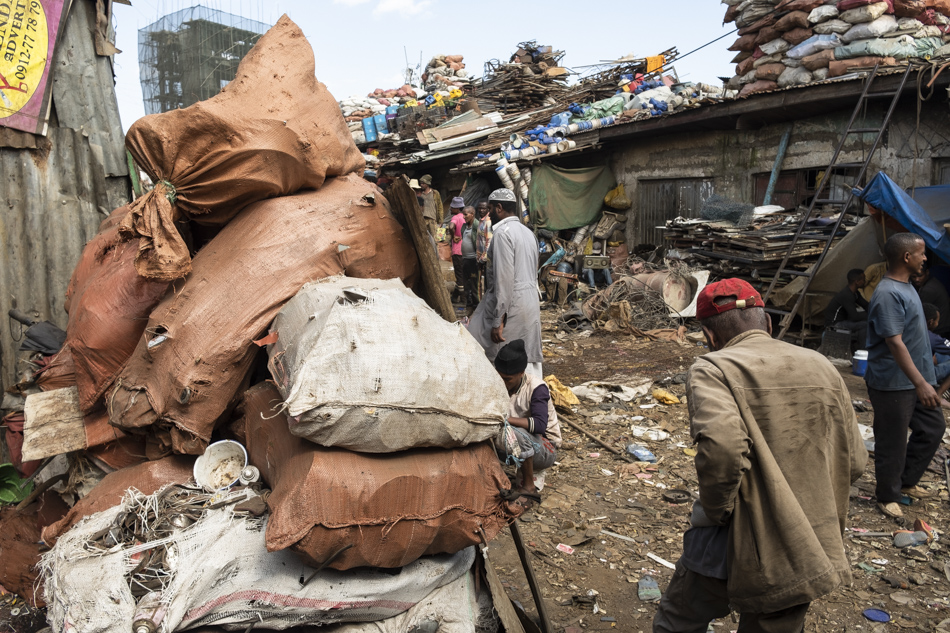
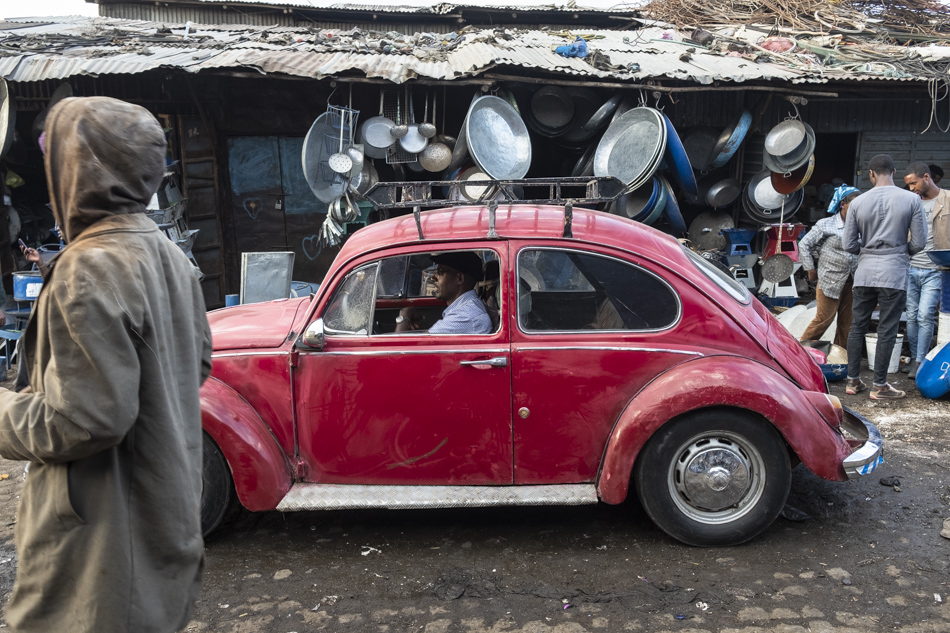
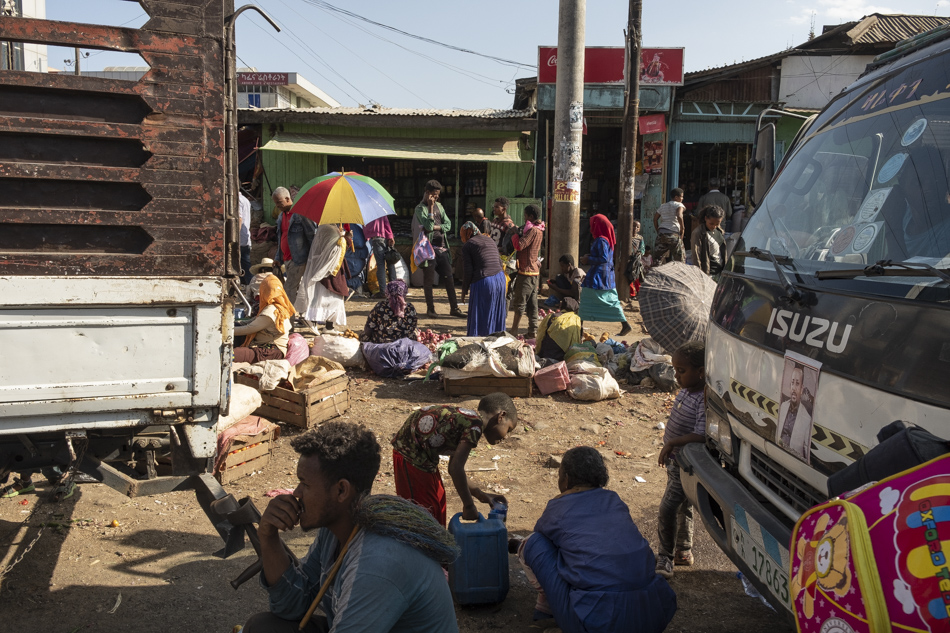
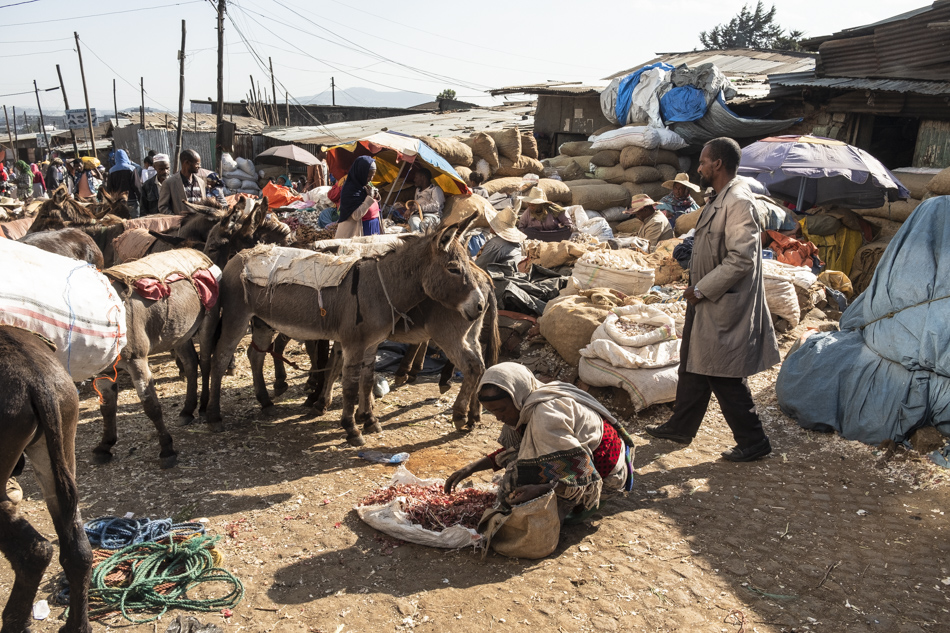
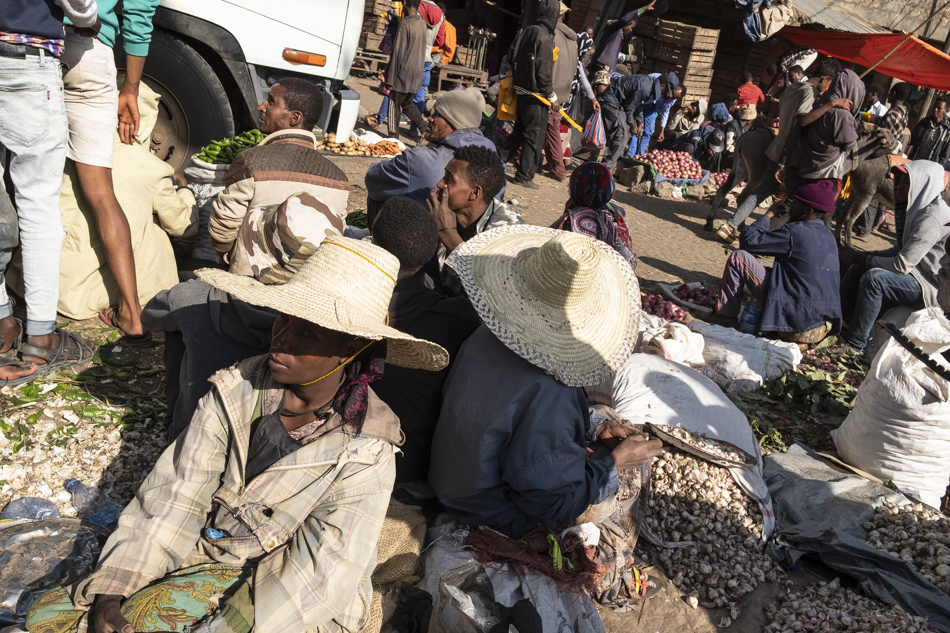
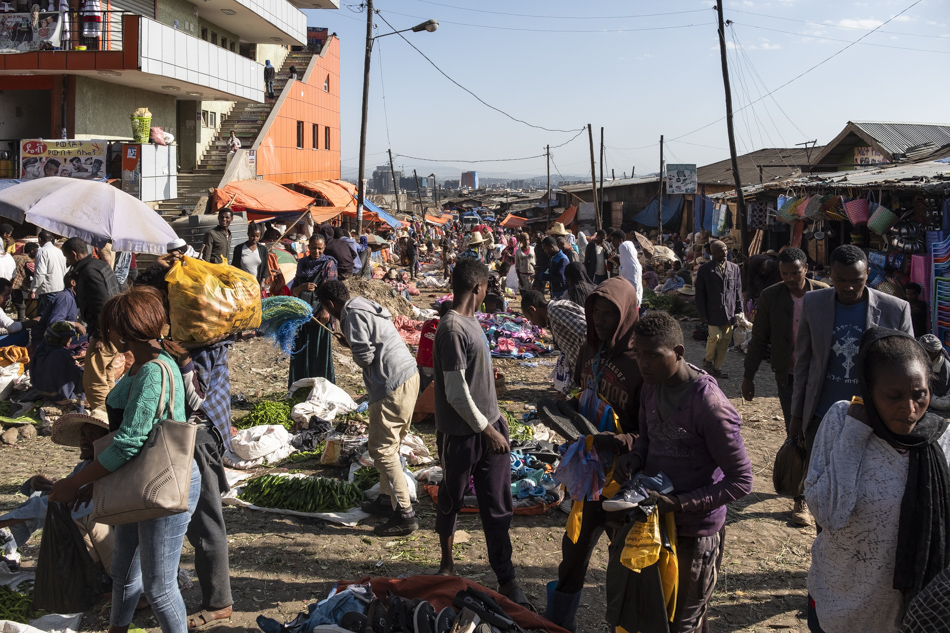
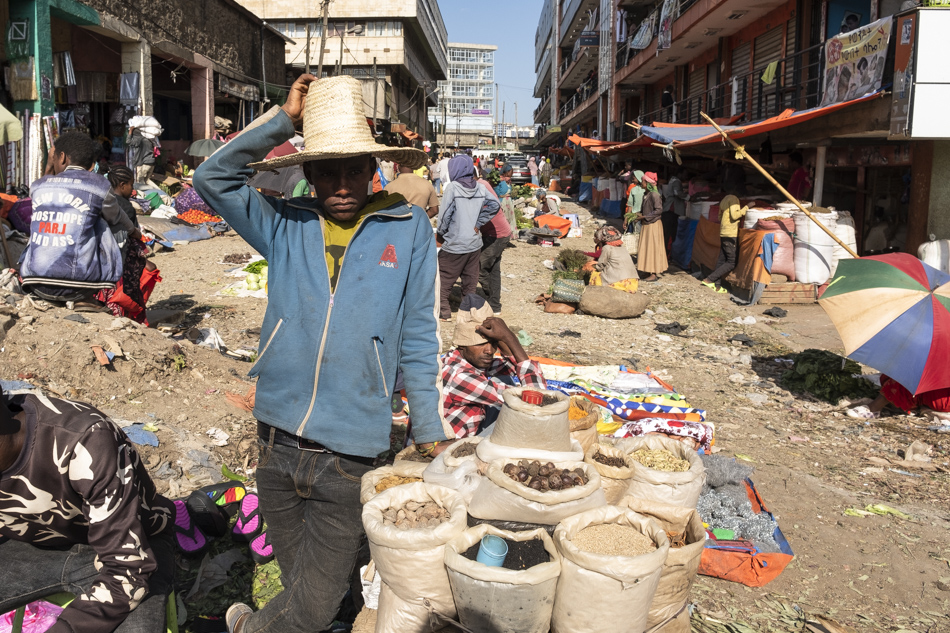
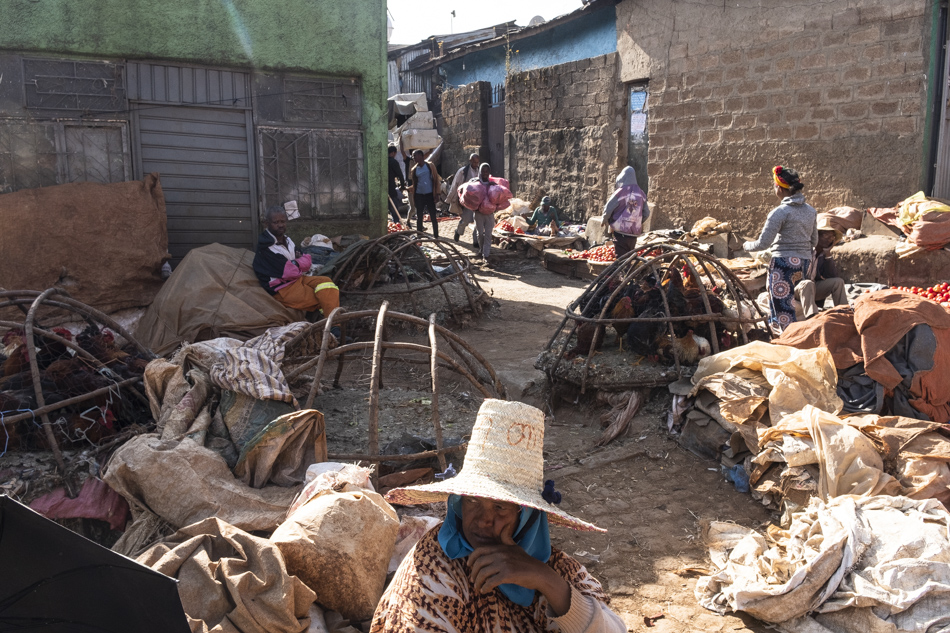
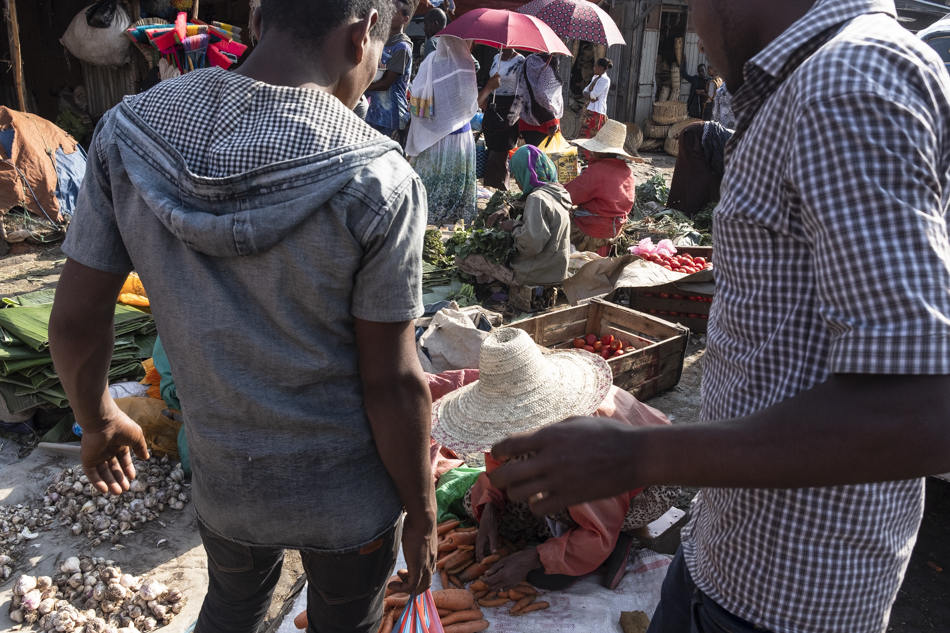
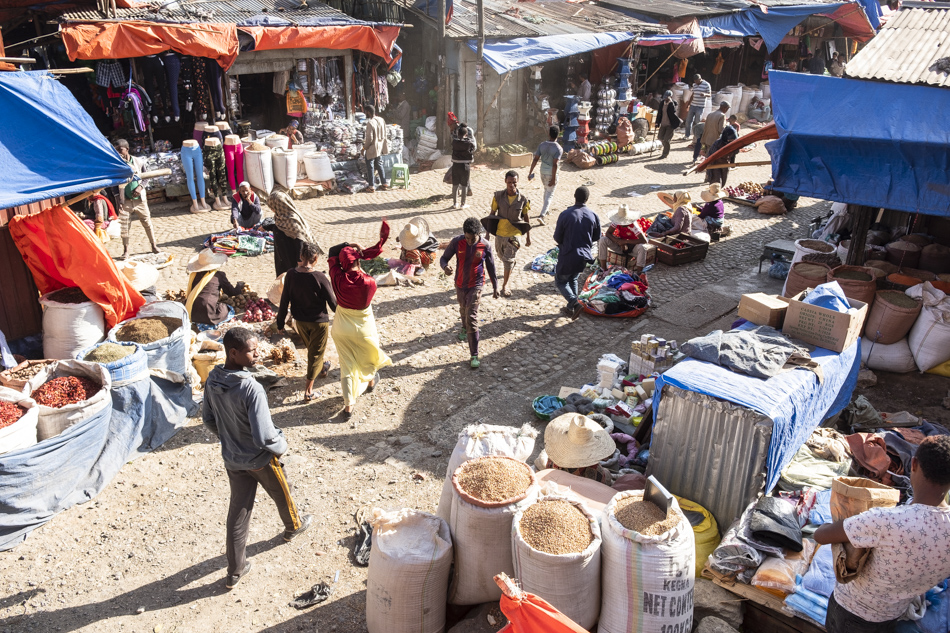
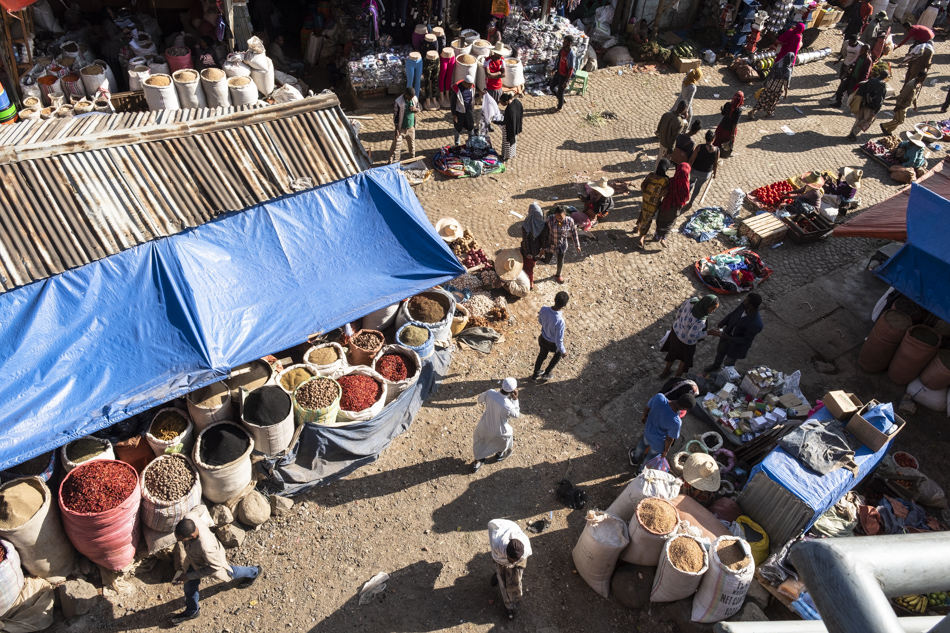
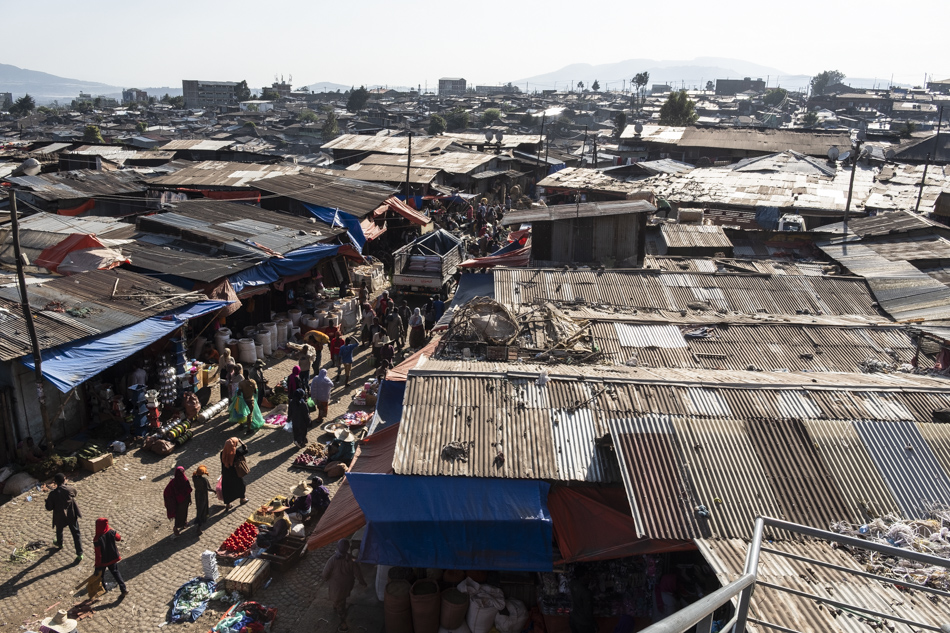
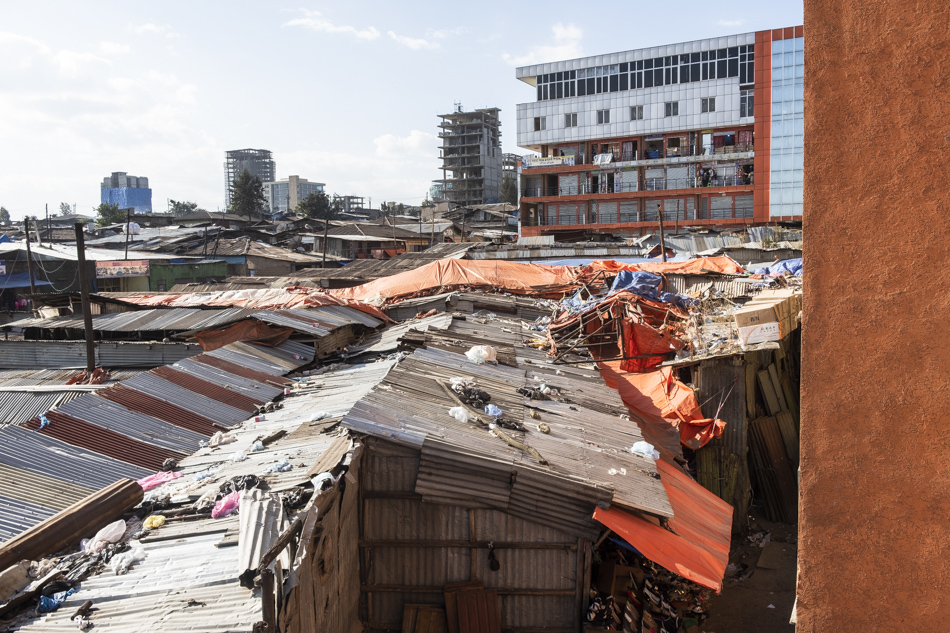
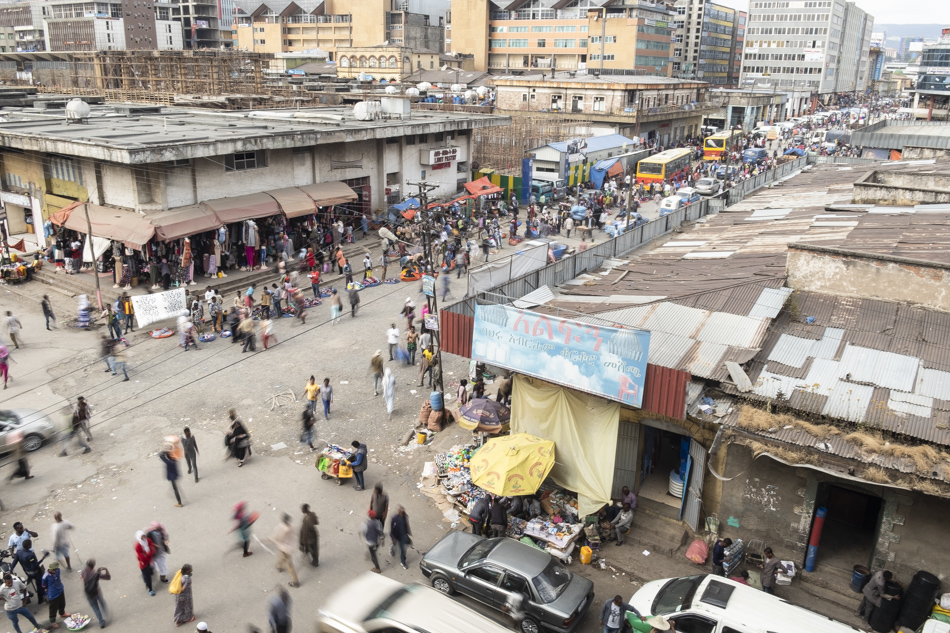
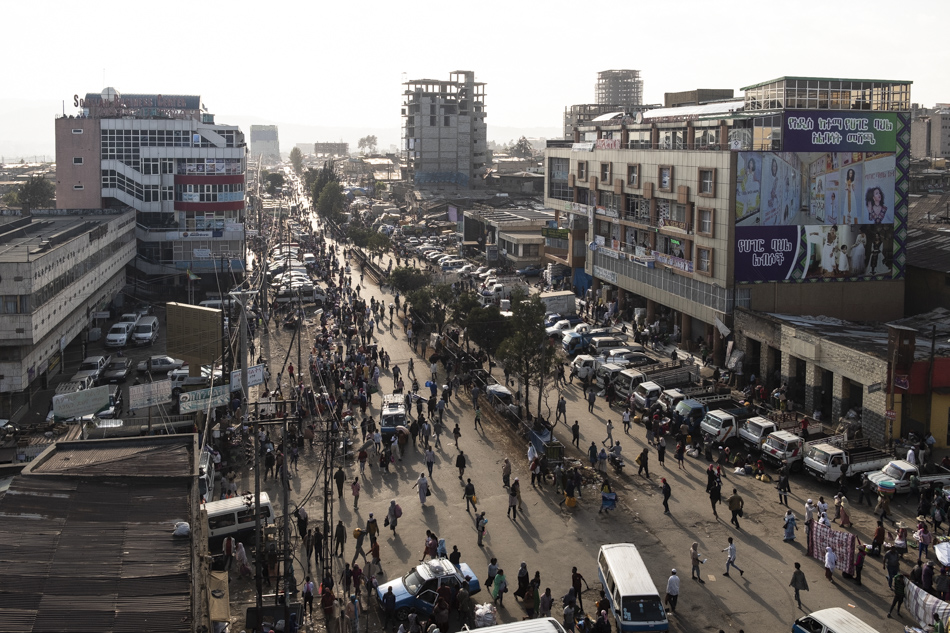
Posted in Africa, Documentary, Editorial, Market, People, People at work, Travel Photography
Also tagged Addis Ababa, Africa, award, business, chaos, colorful, Crowd, Documentary, enviromental, Ethiopia, hectic, International Photography Awards, IPA, market, Merkato, open market, people at work, recycling, street market, tourism, trading, travel guide, Travel photography, workers |
©2024 Francesco Marchetti, All Rights Reserved
